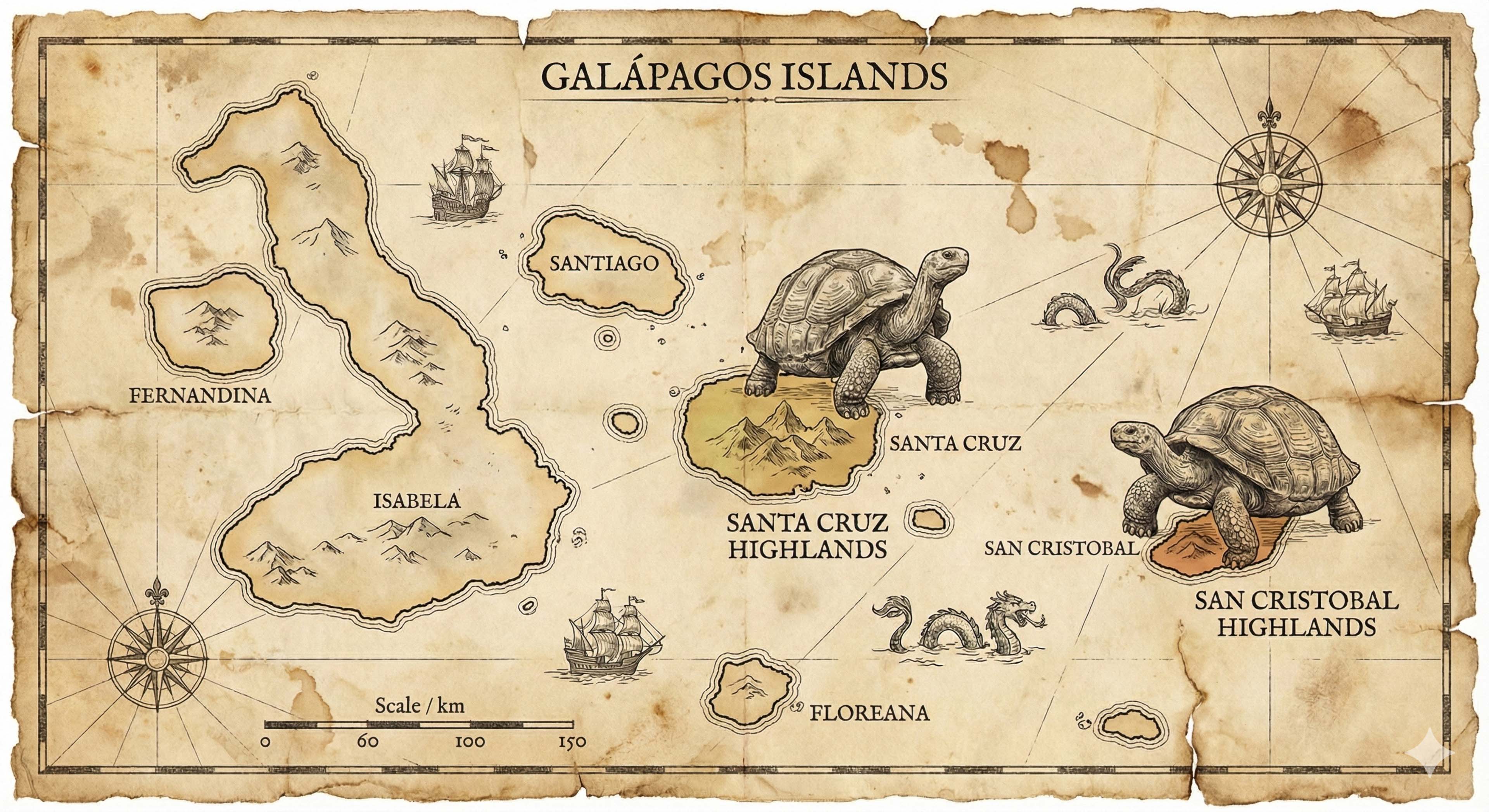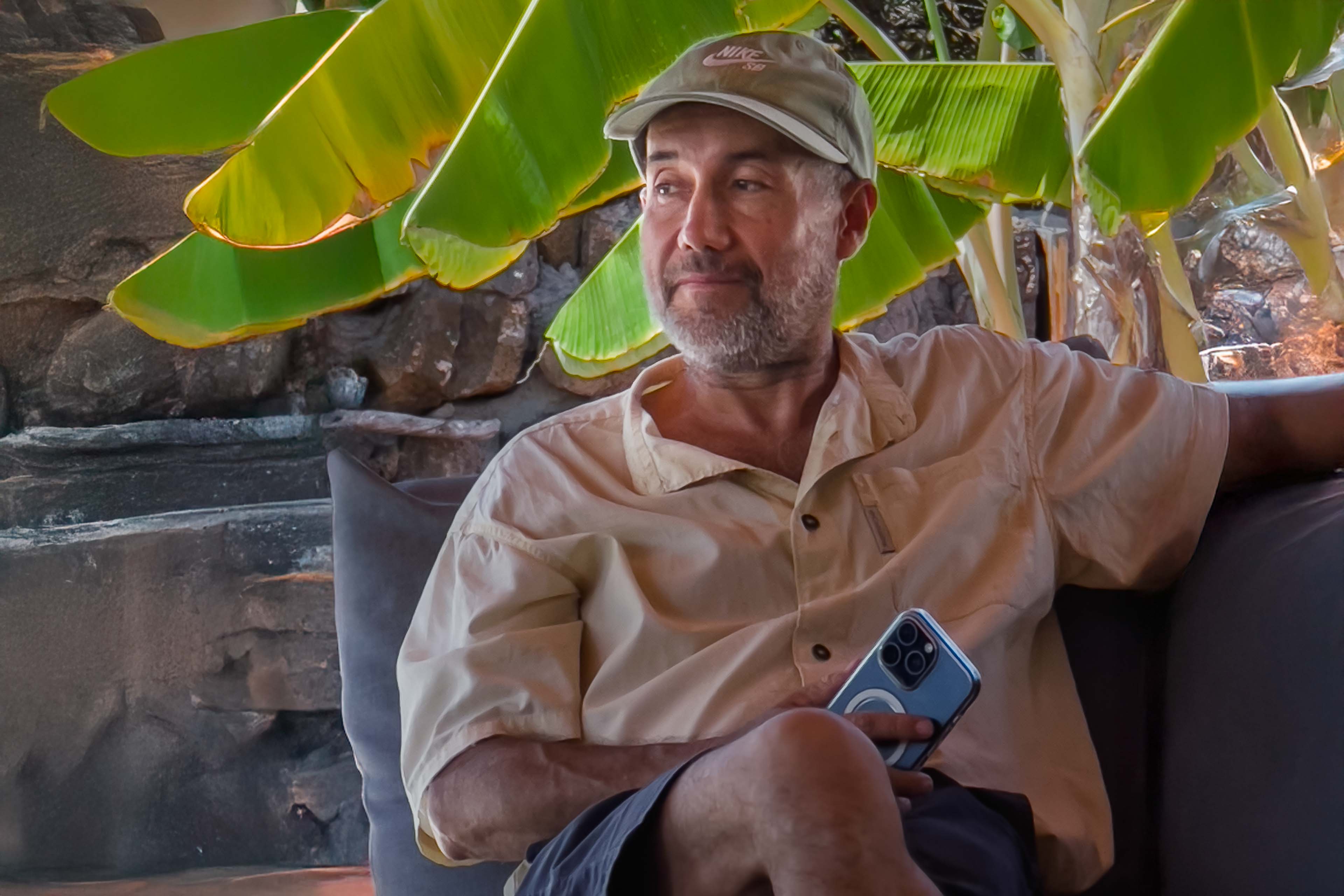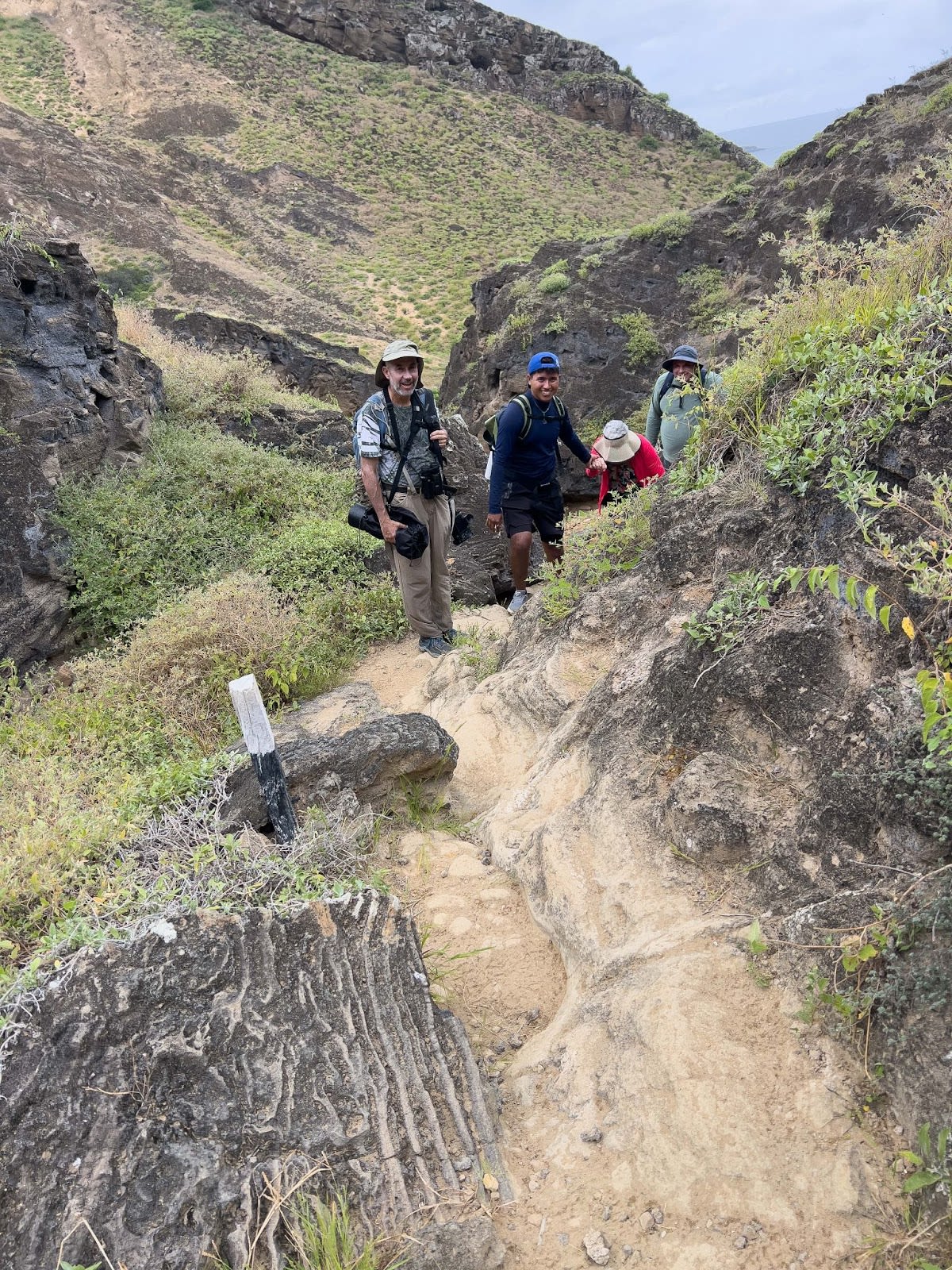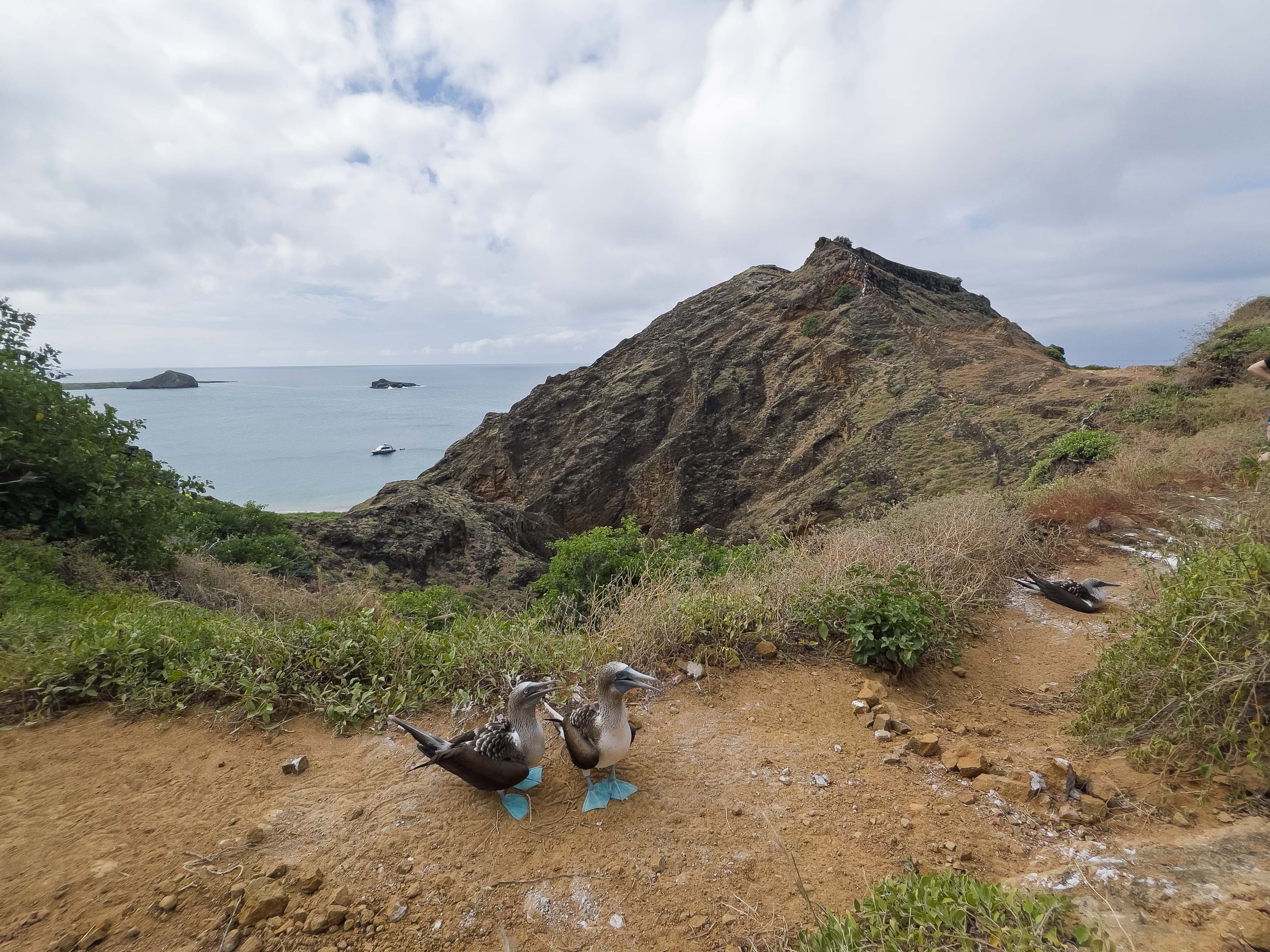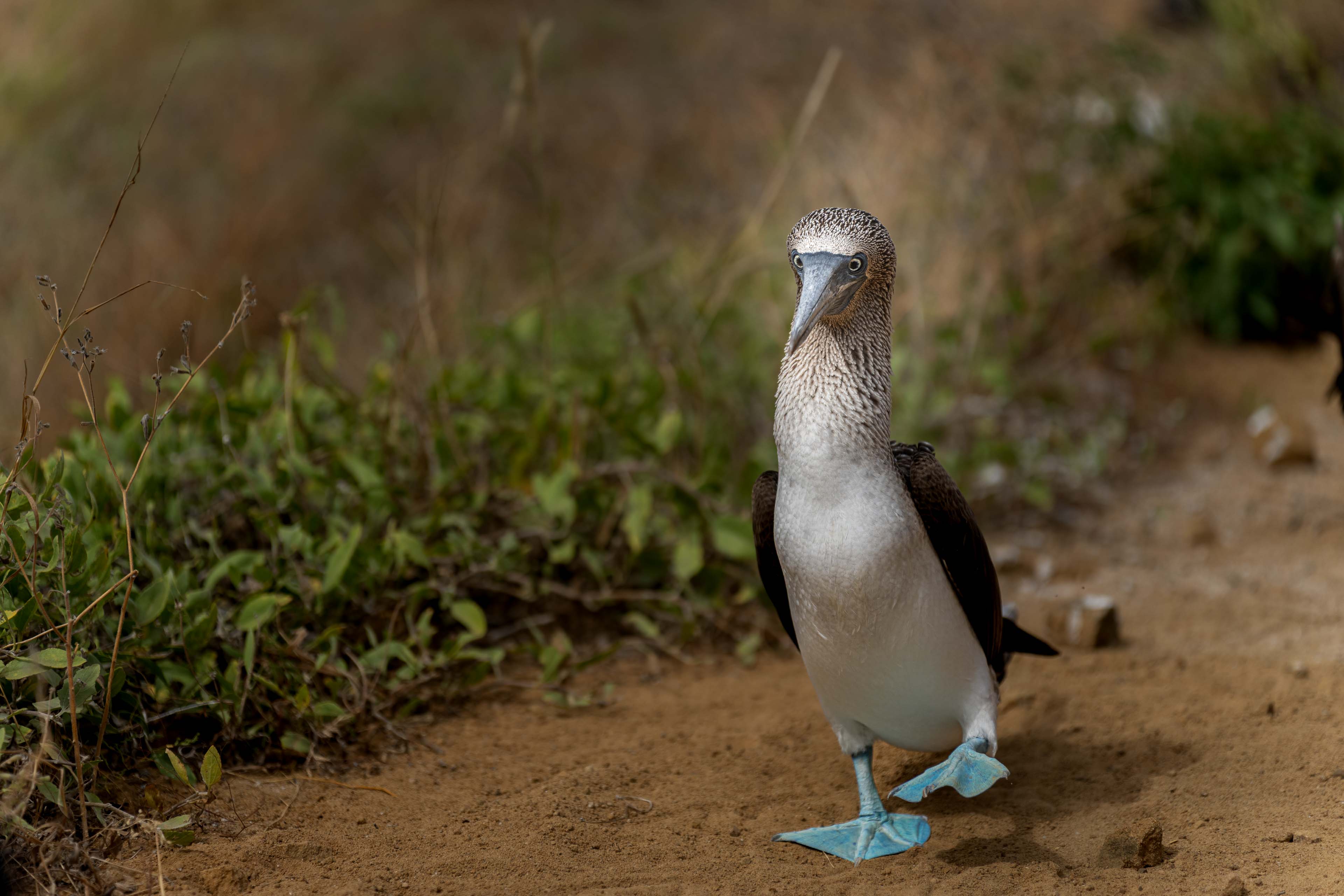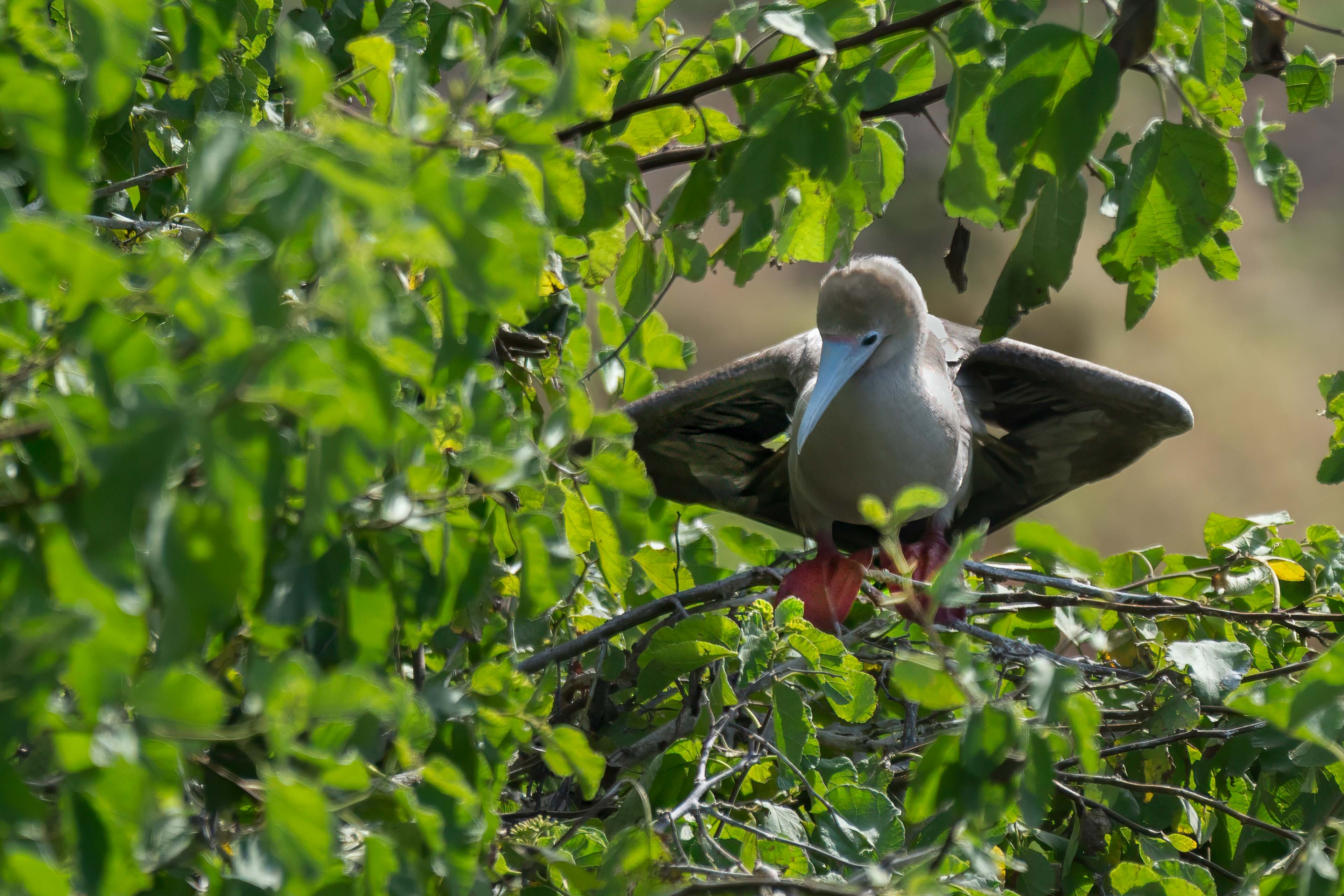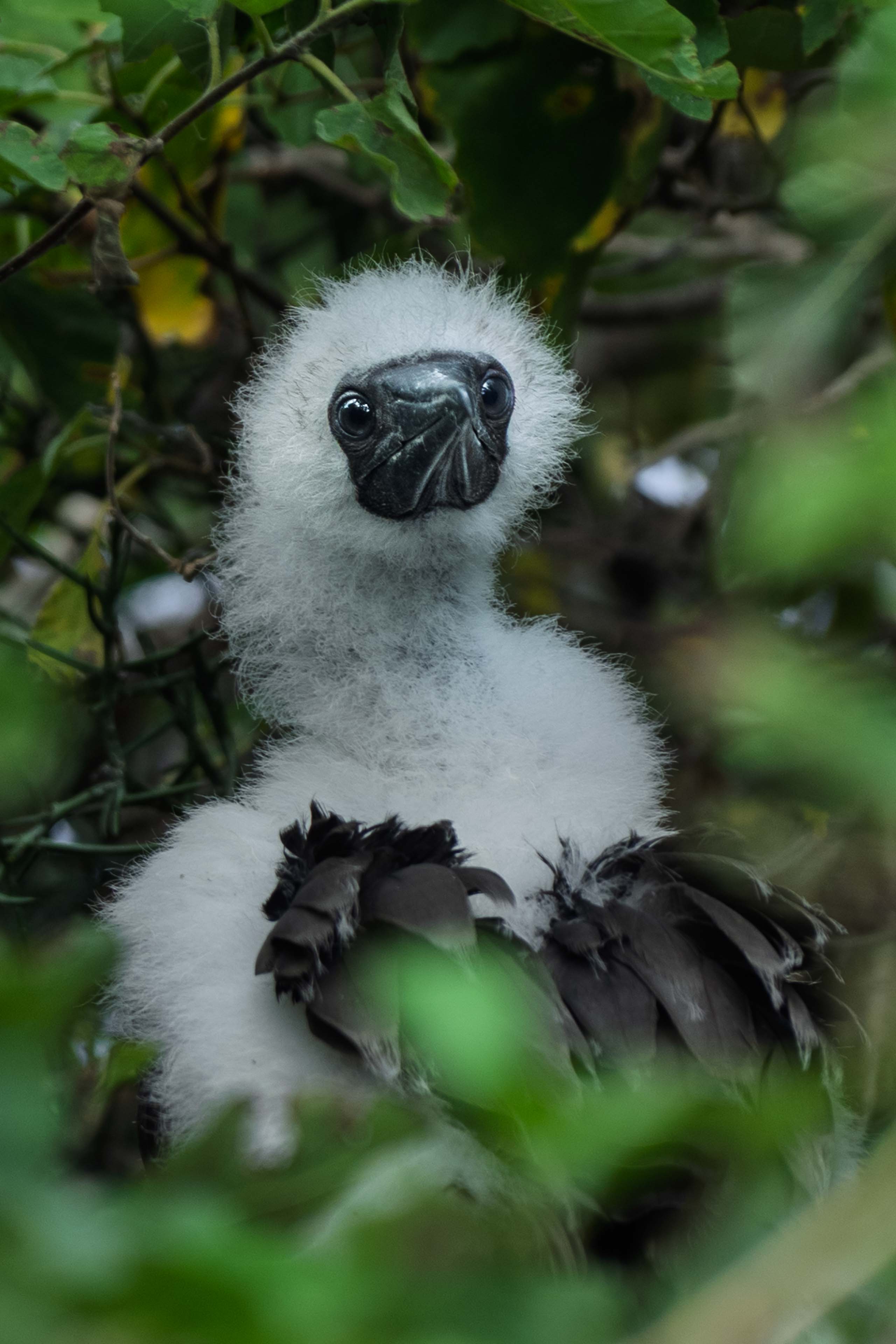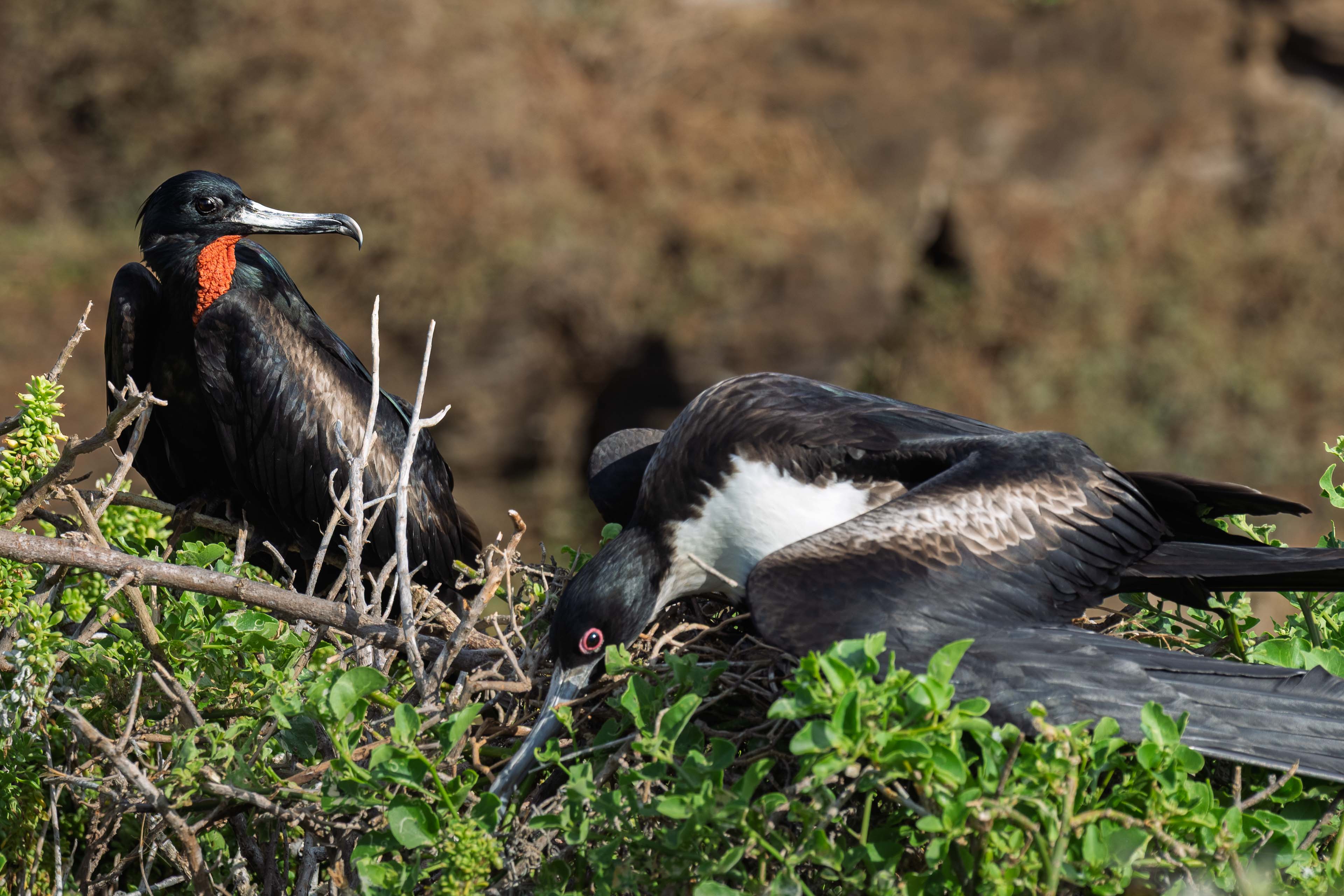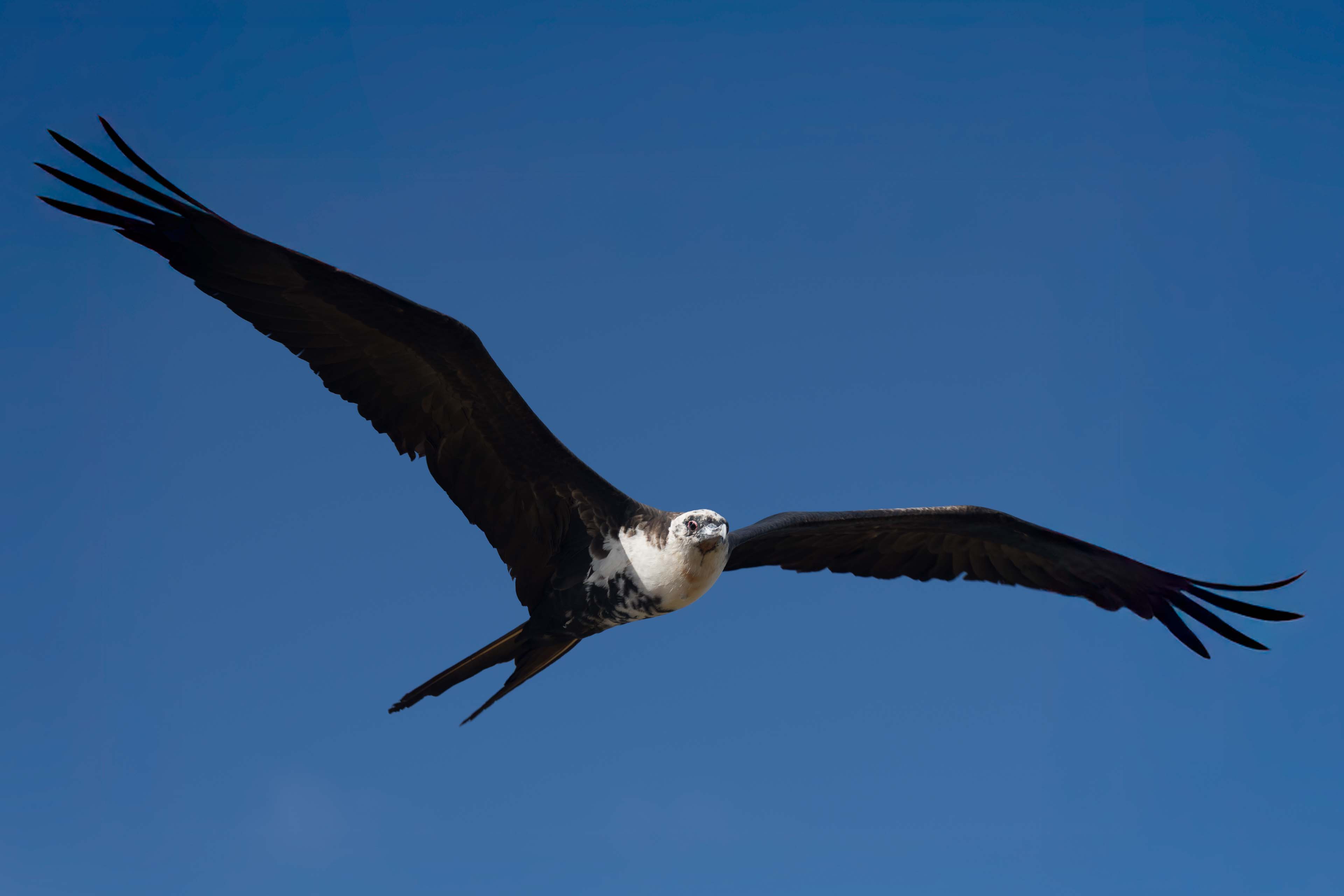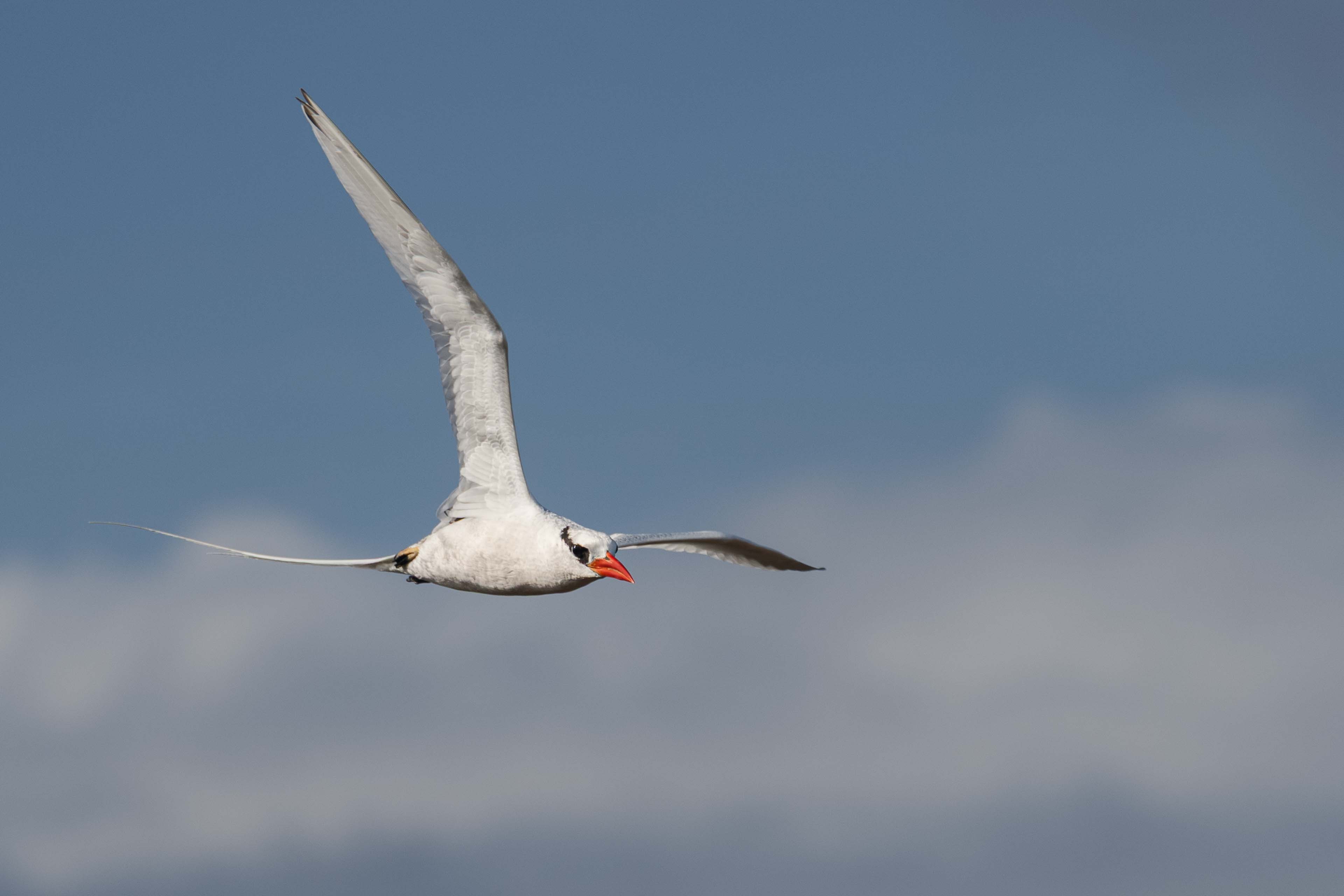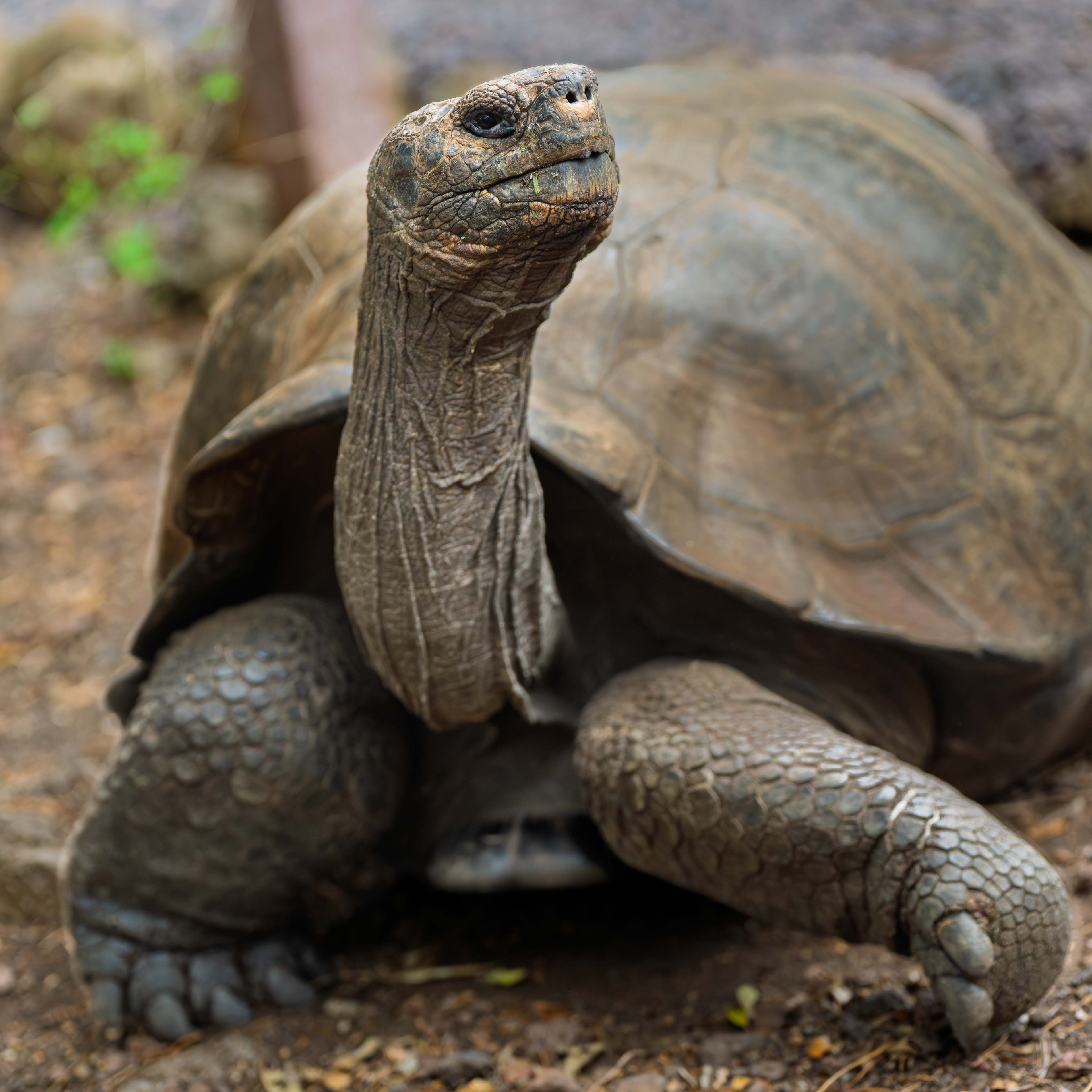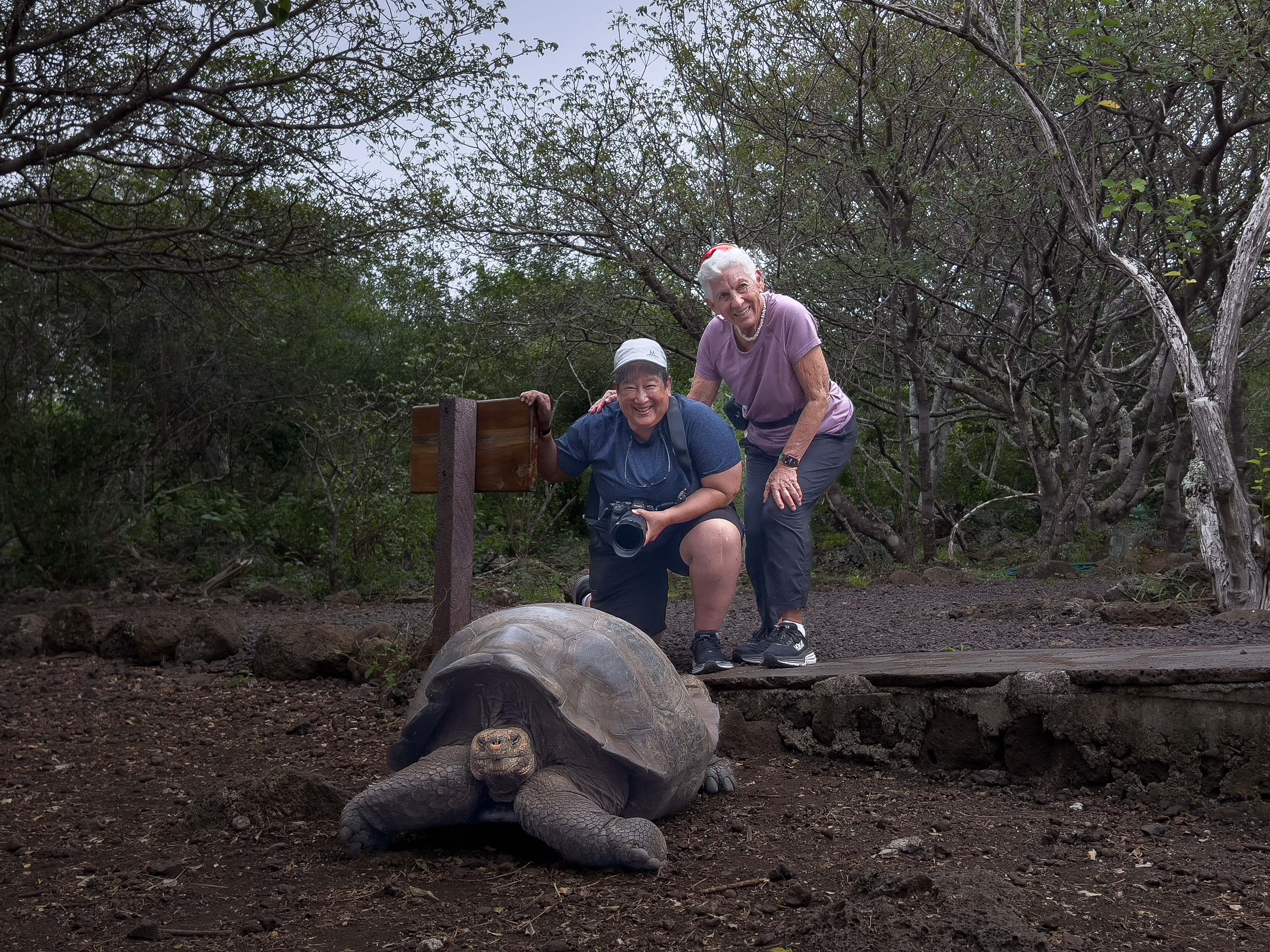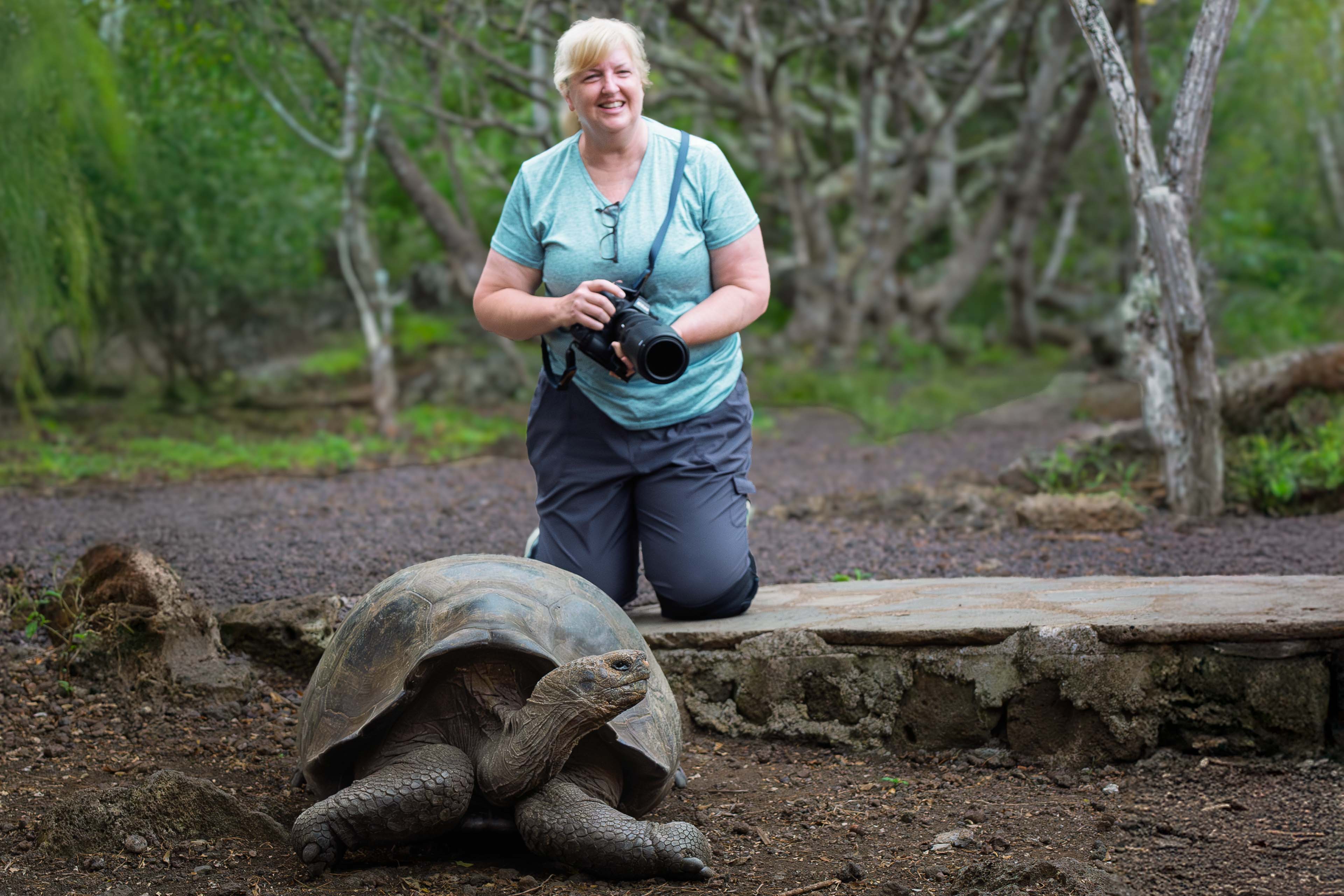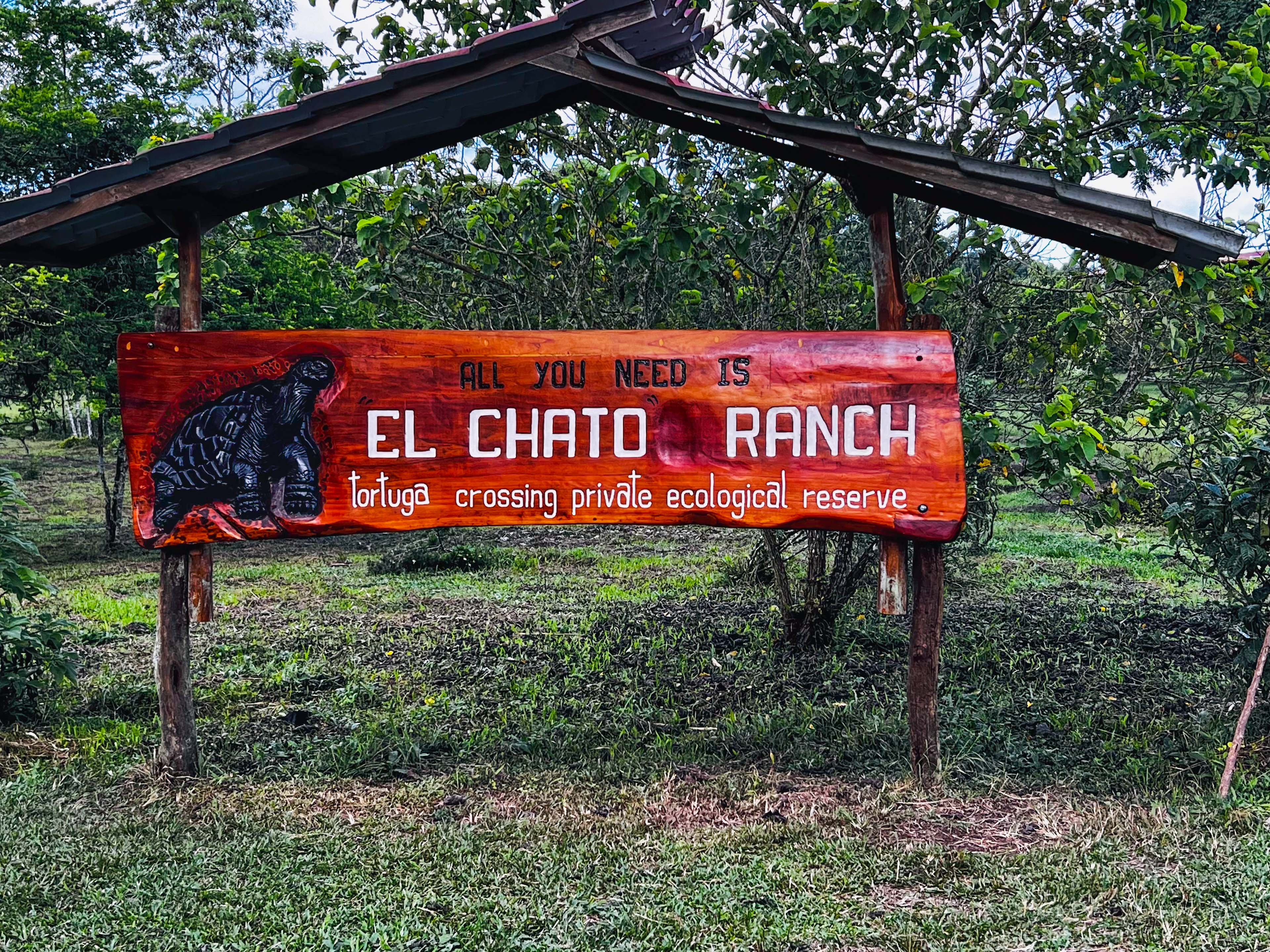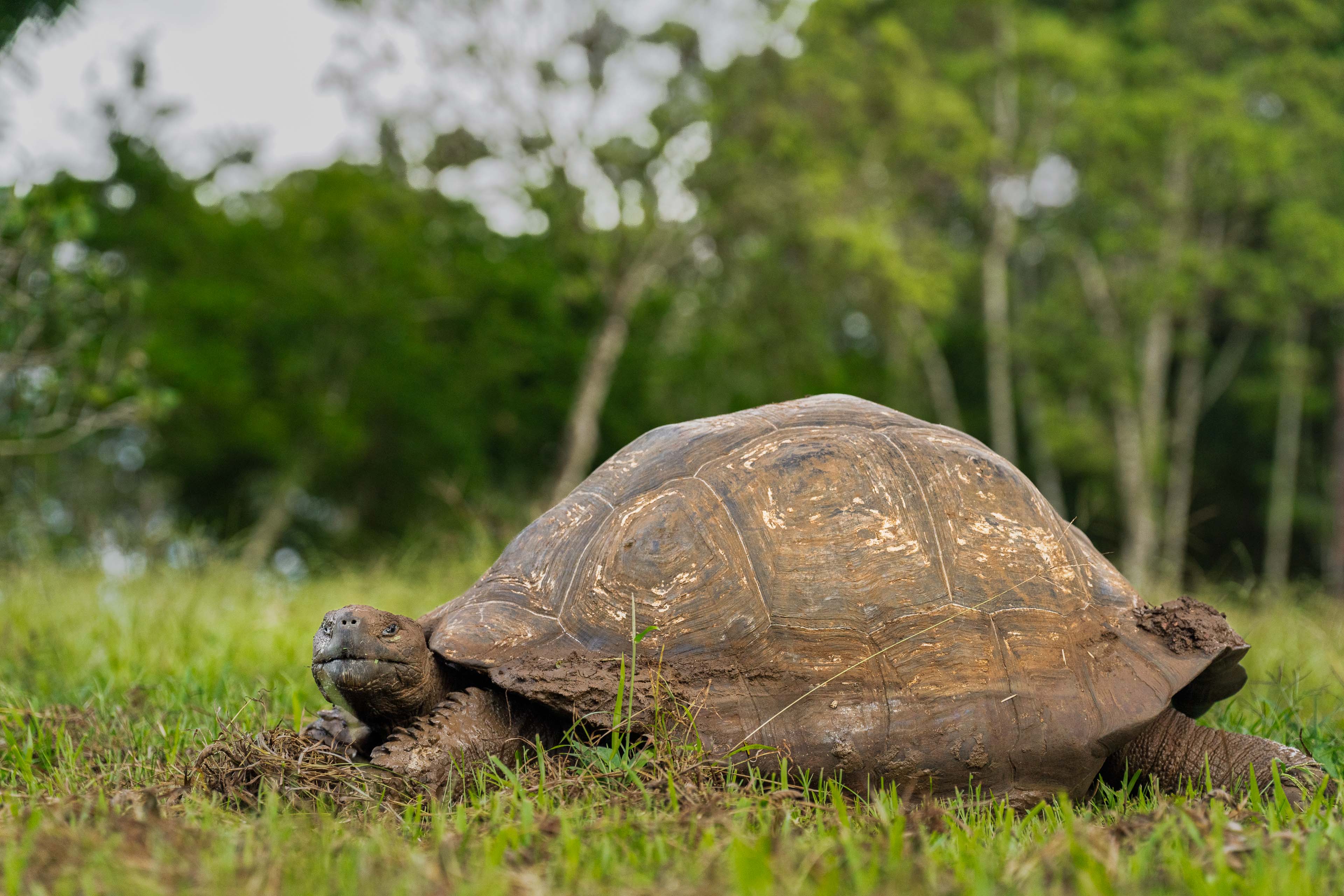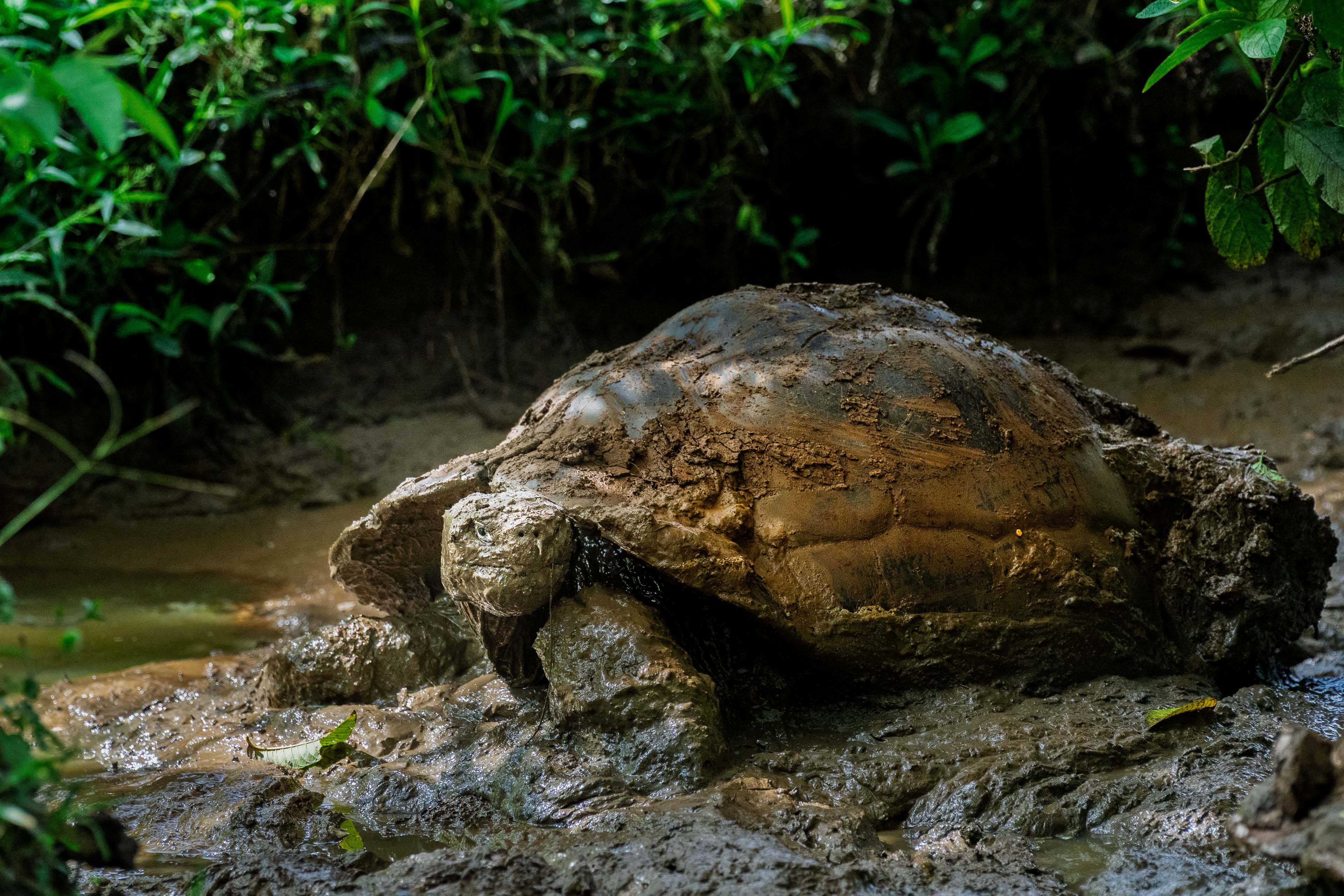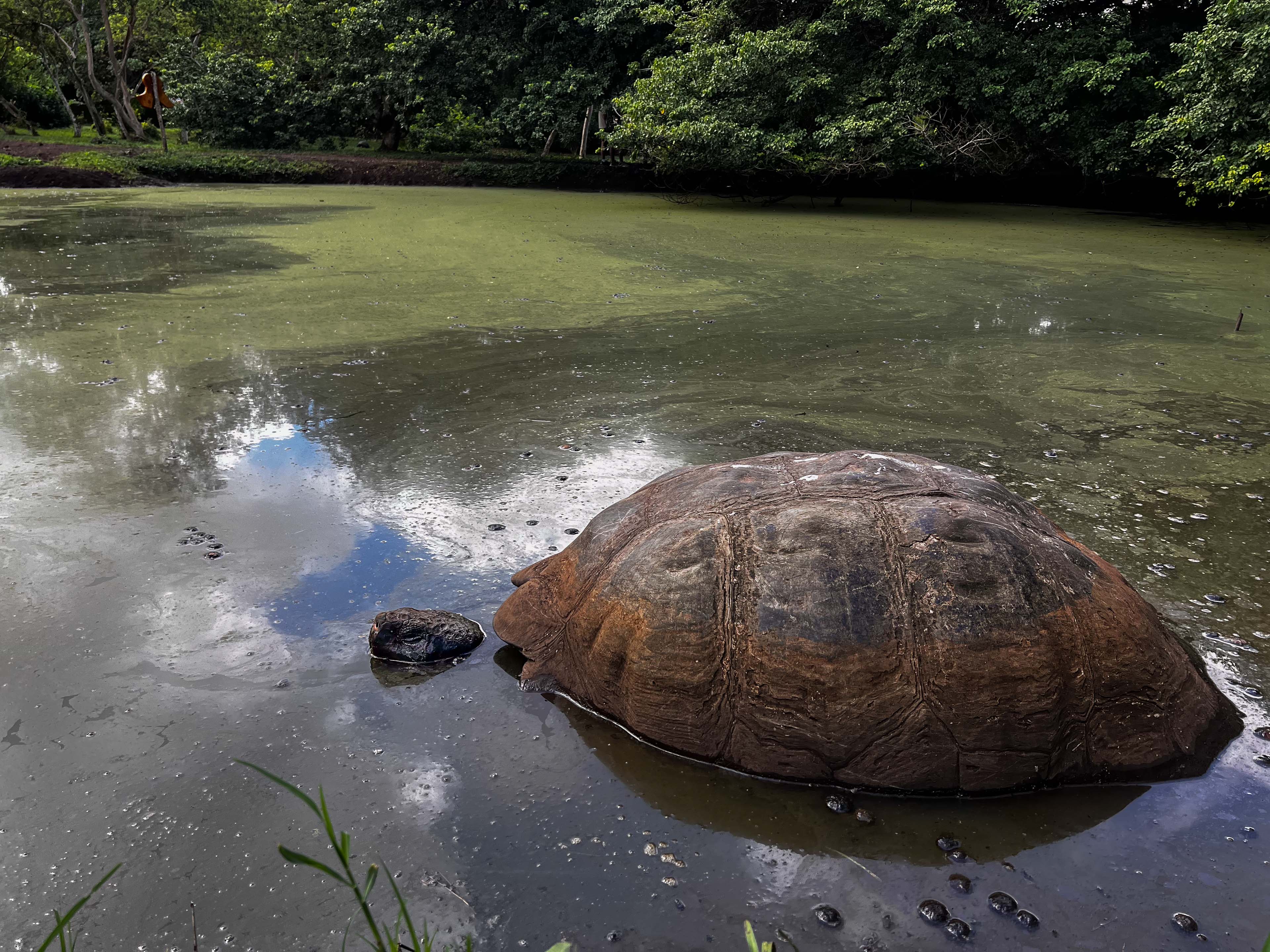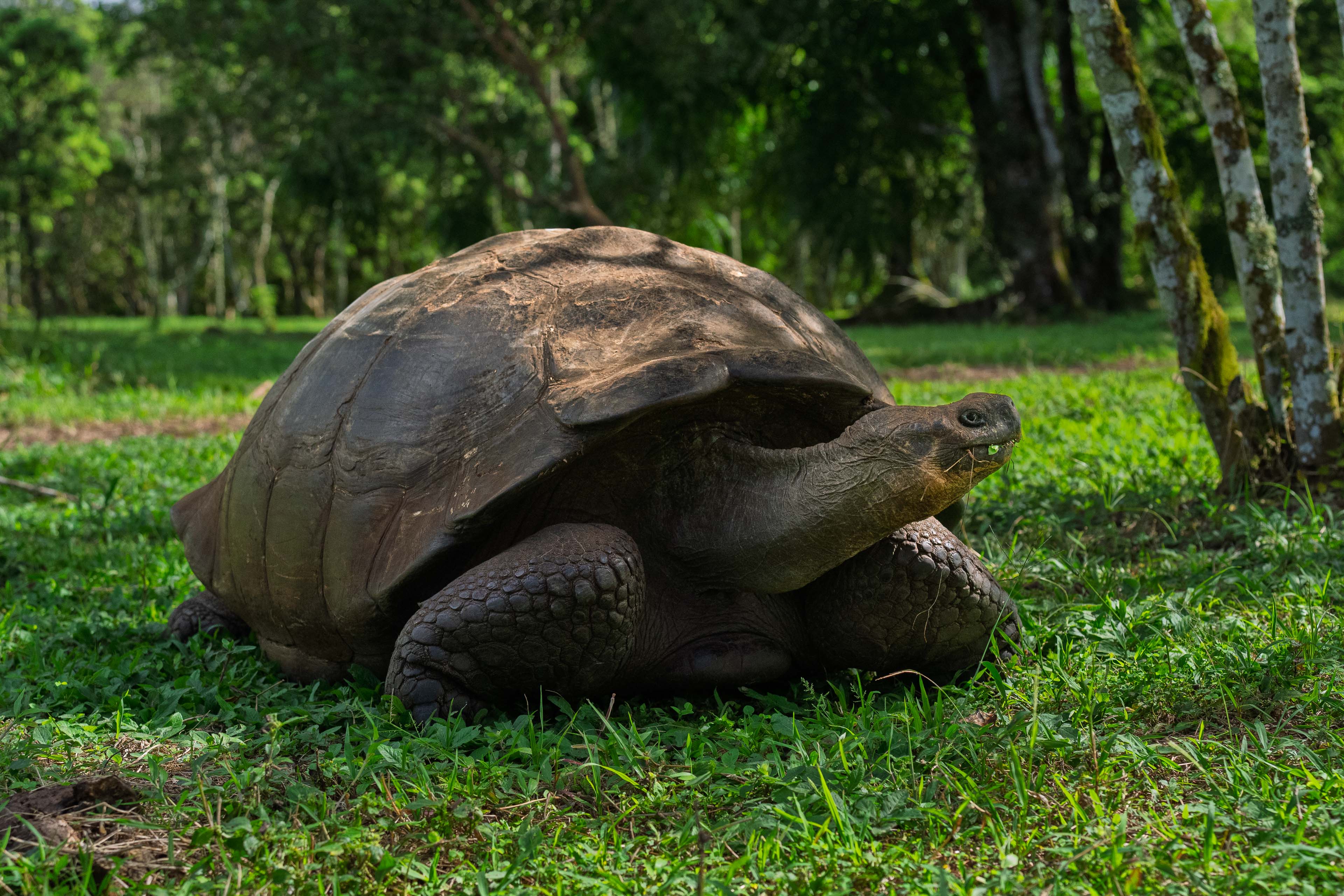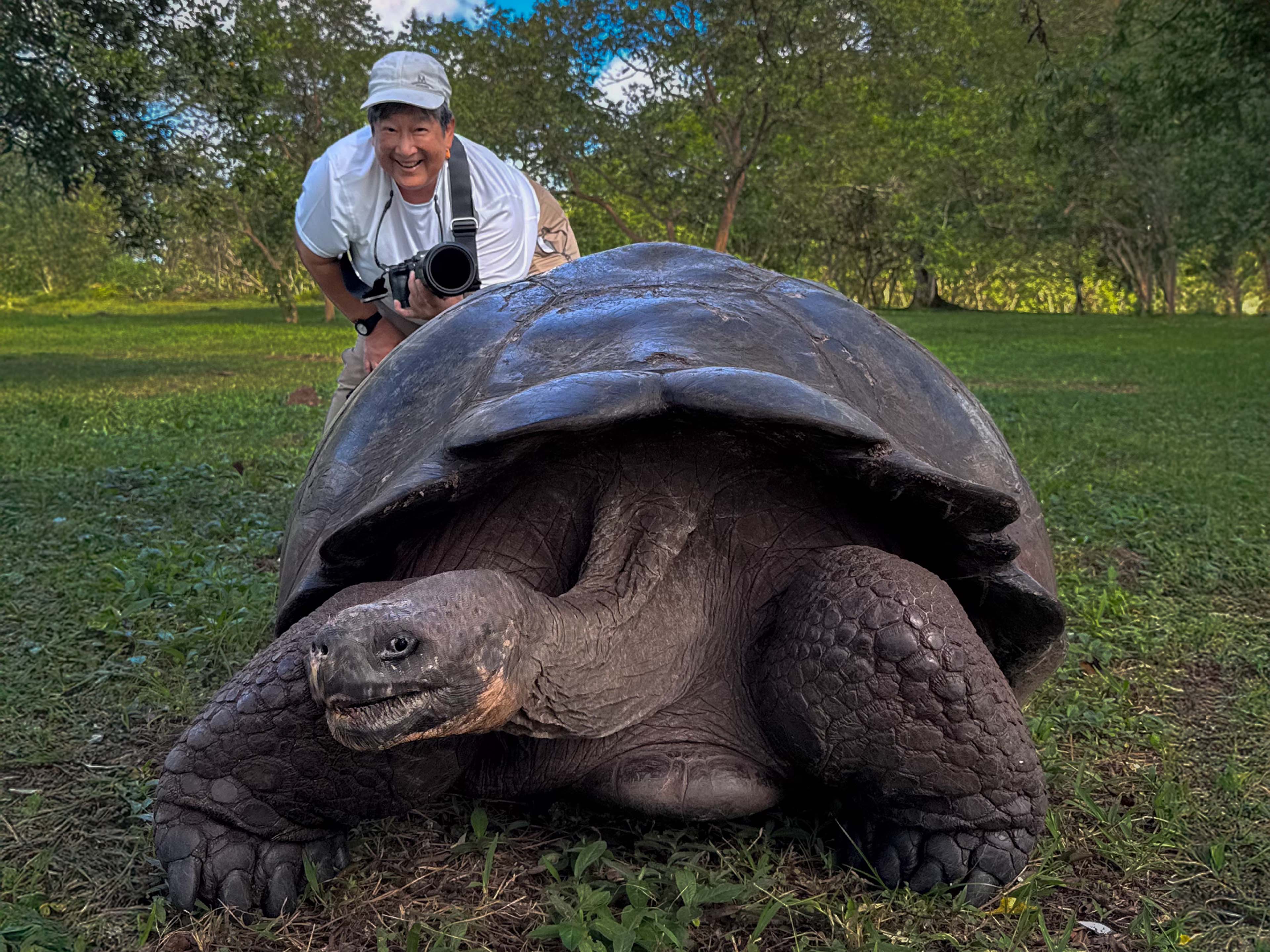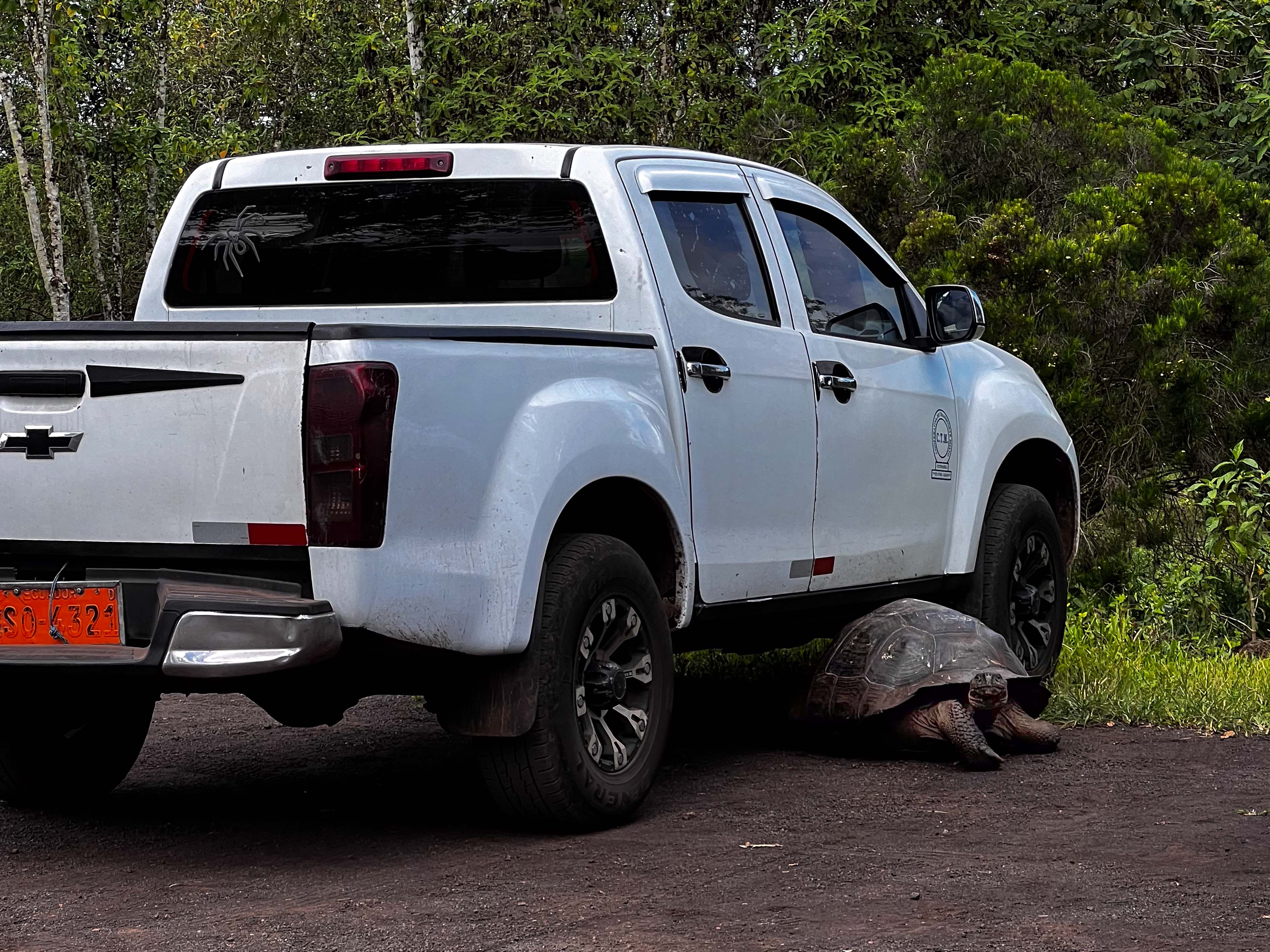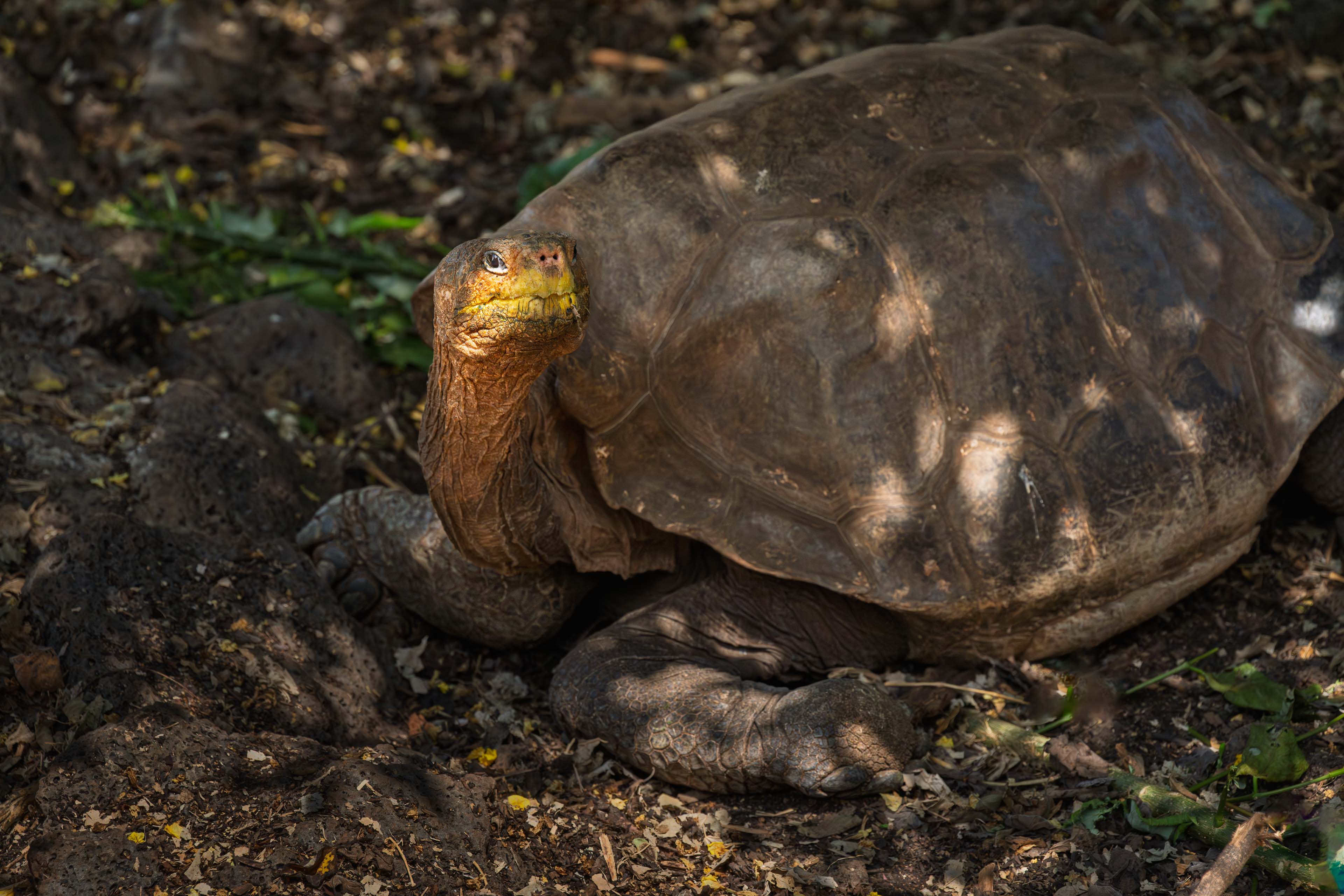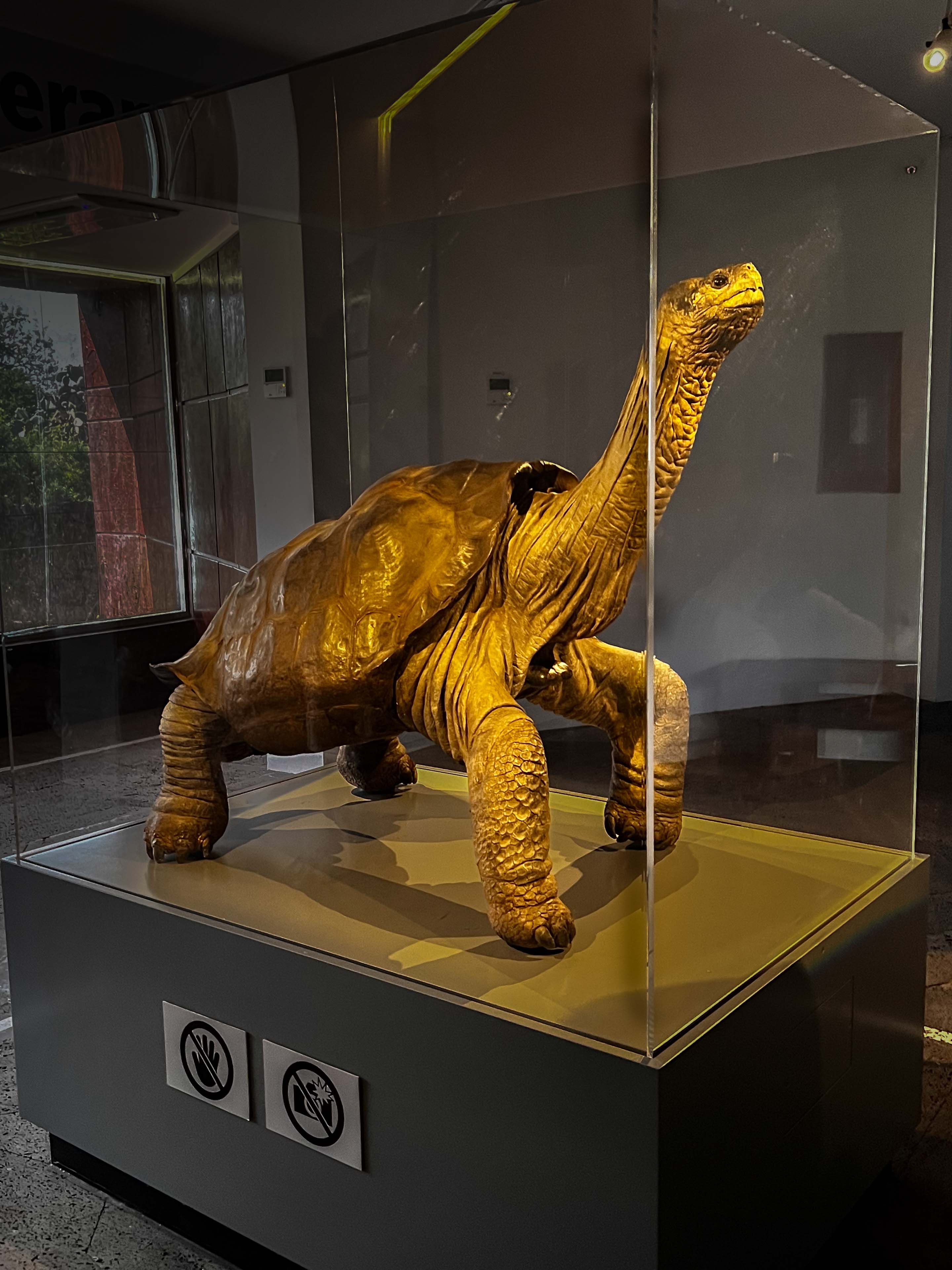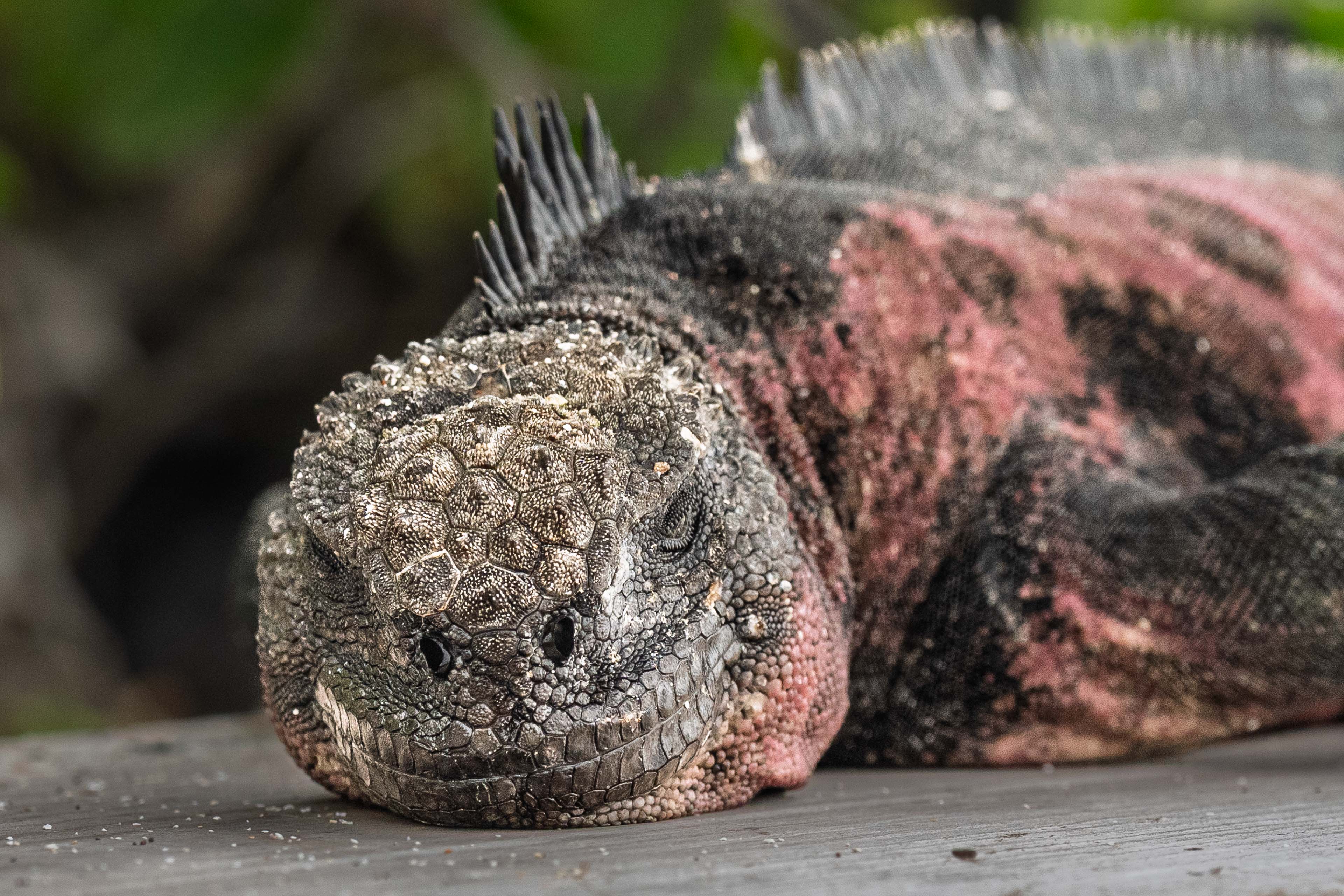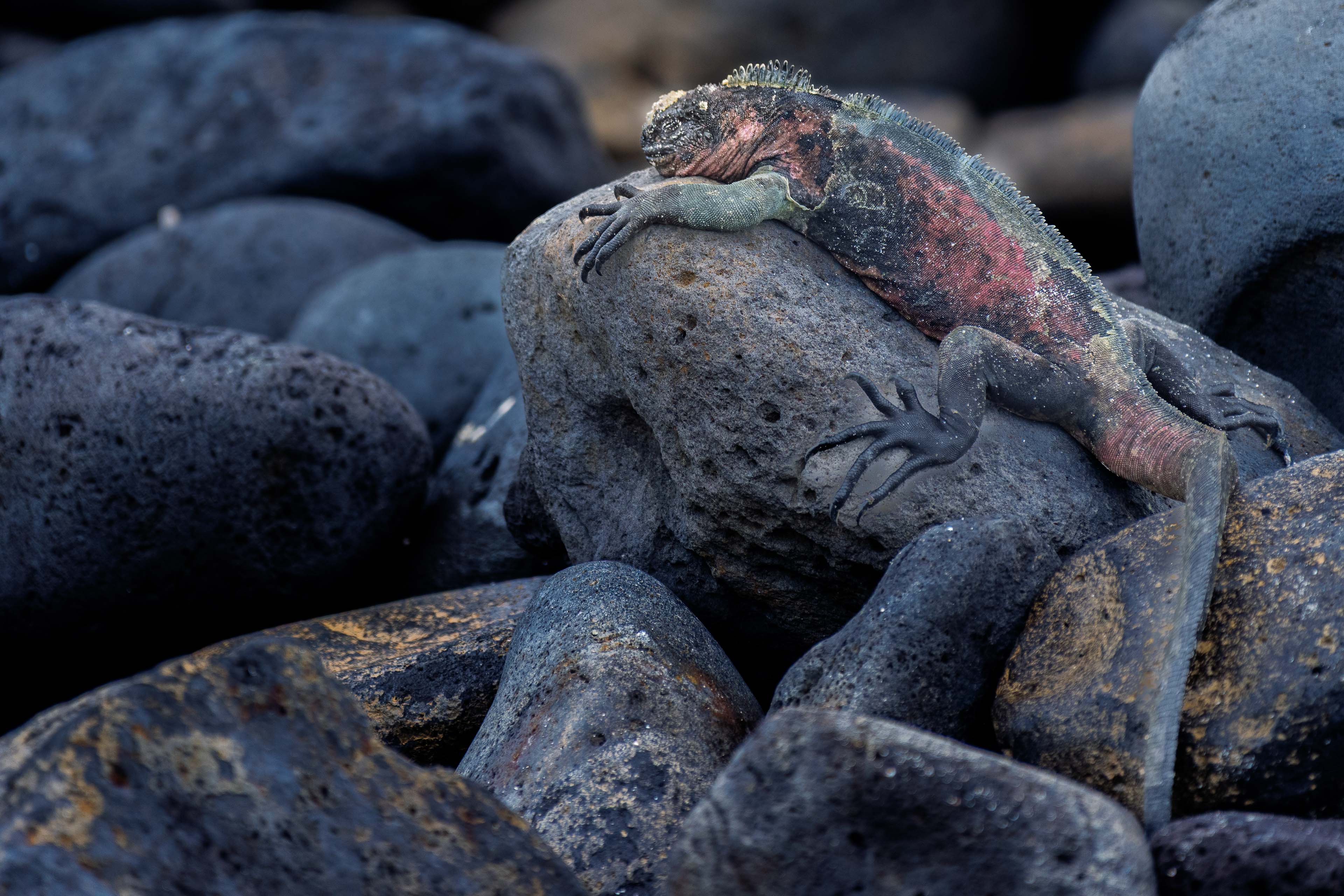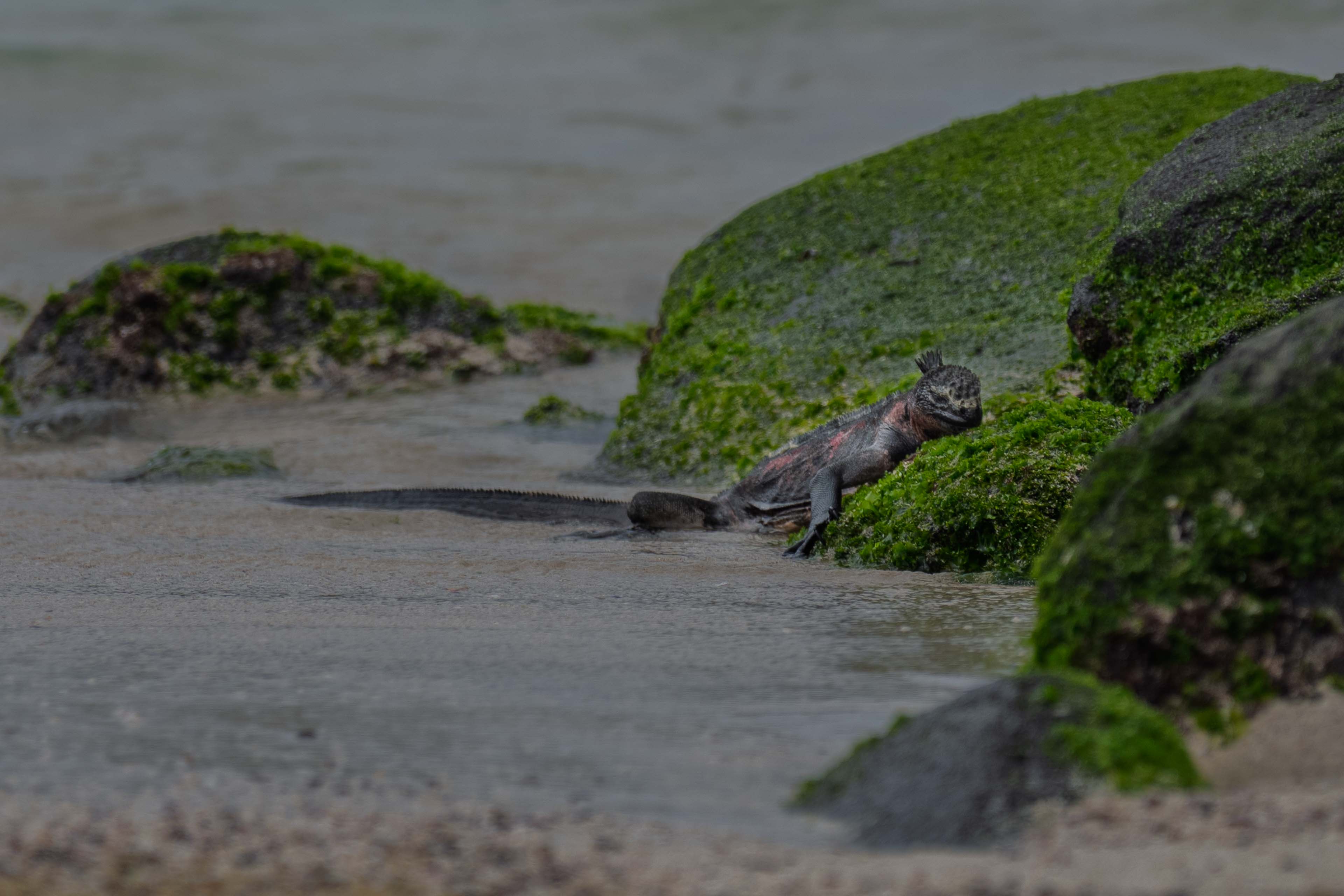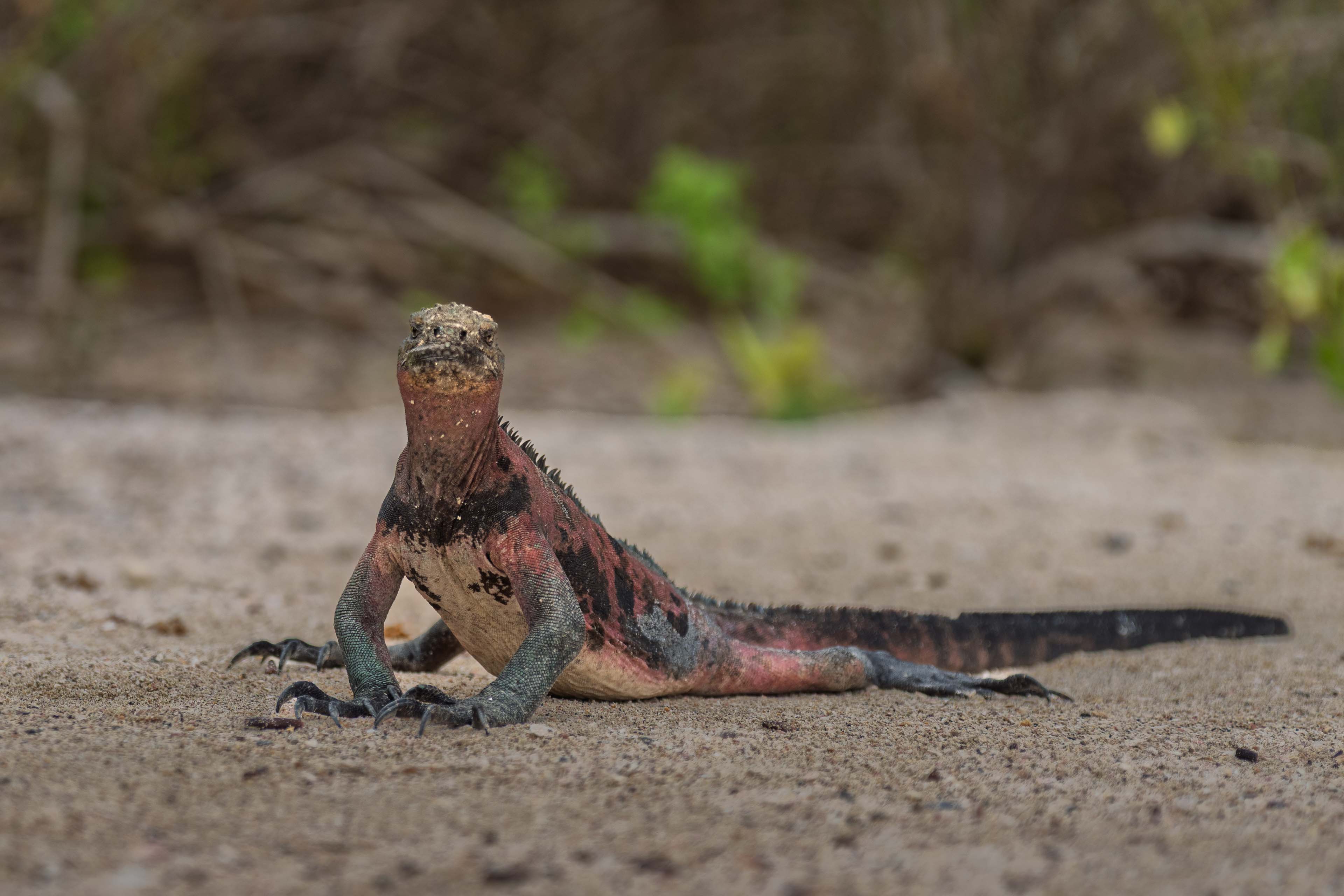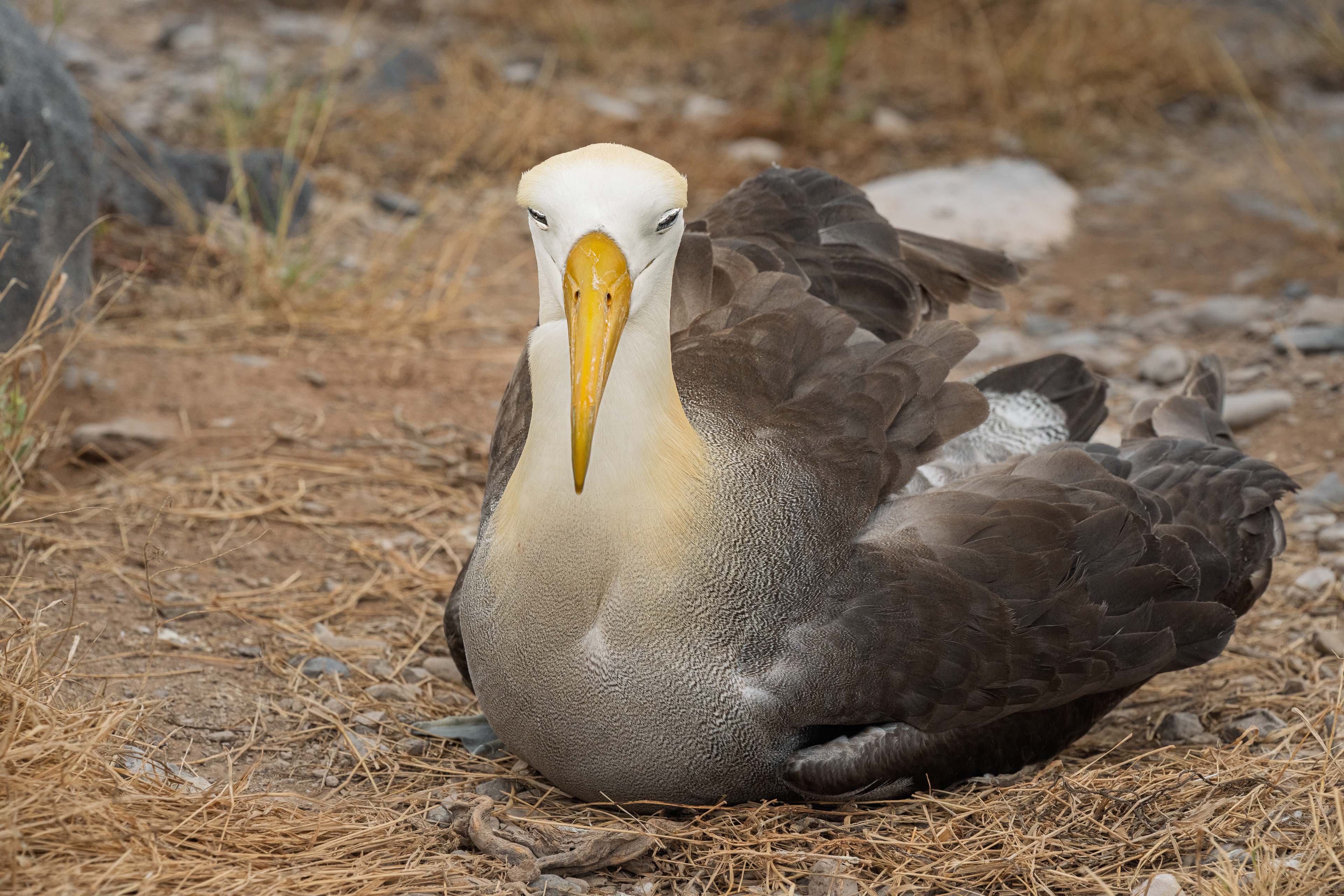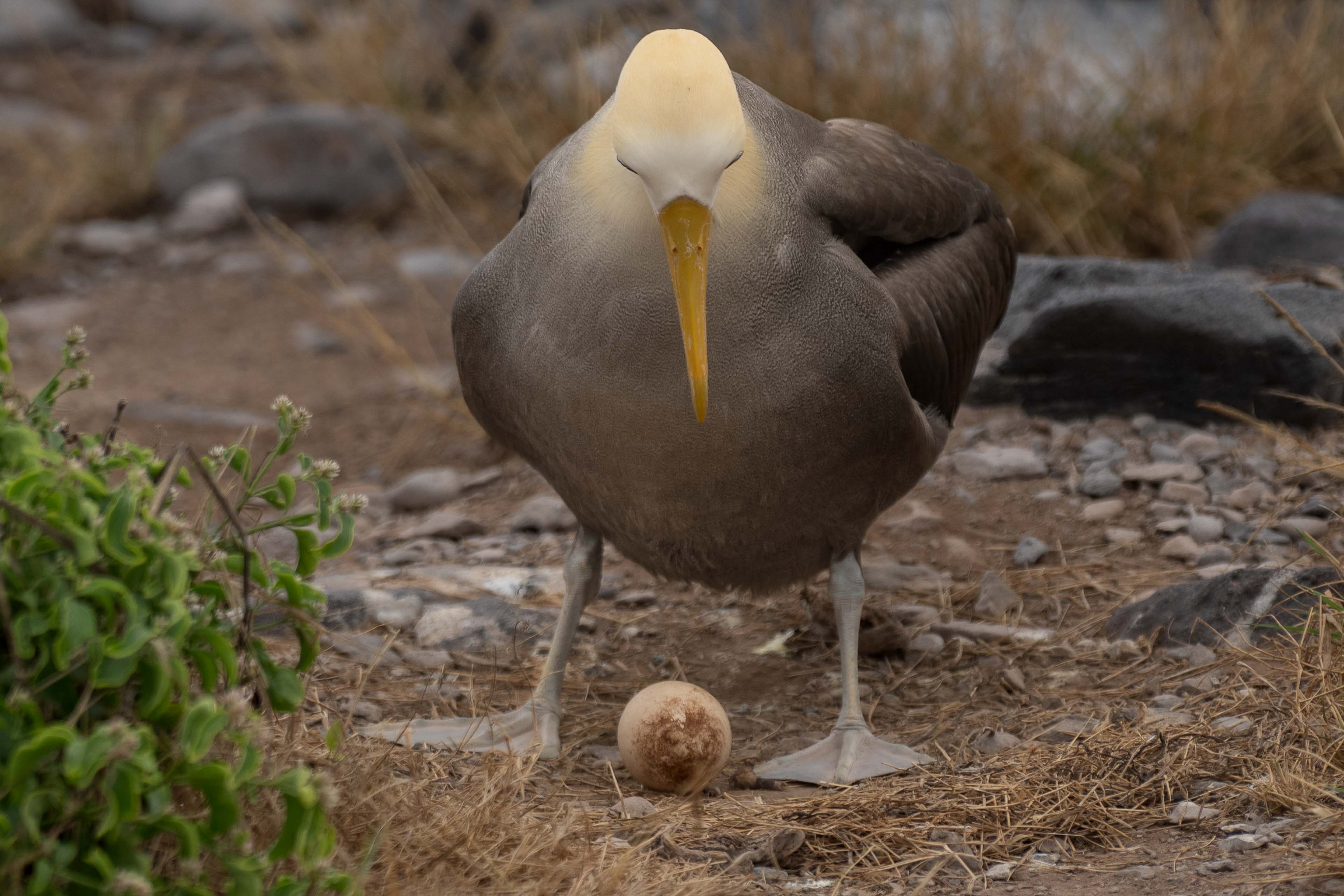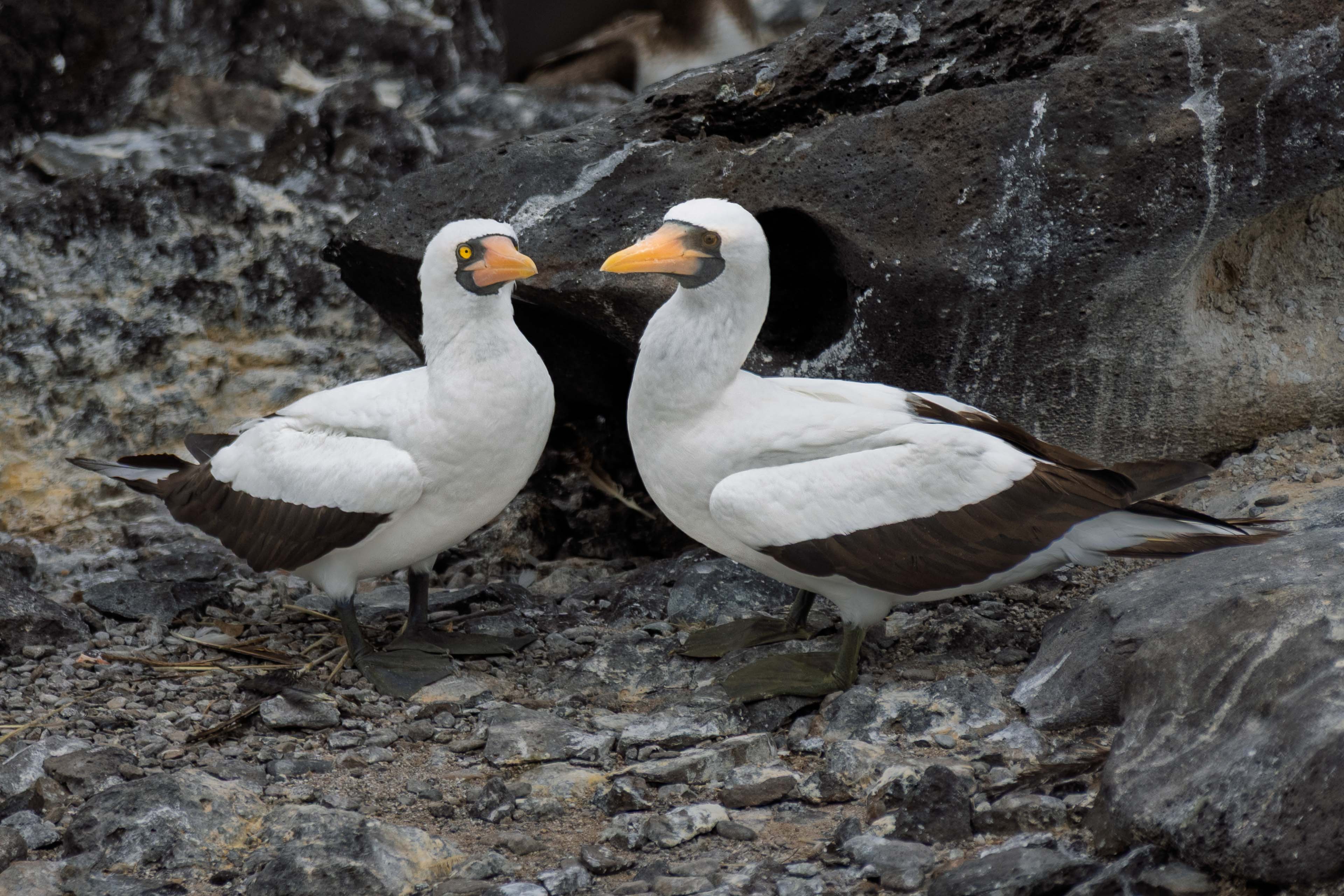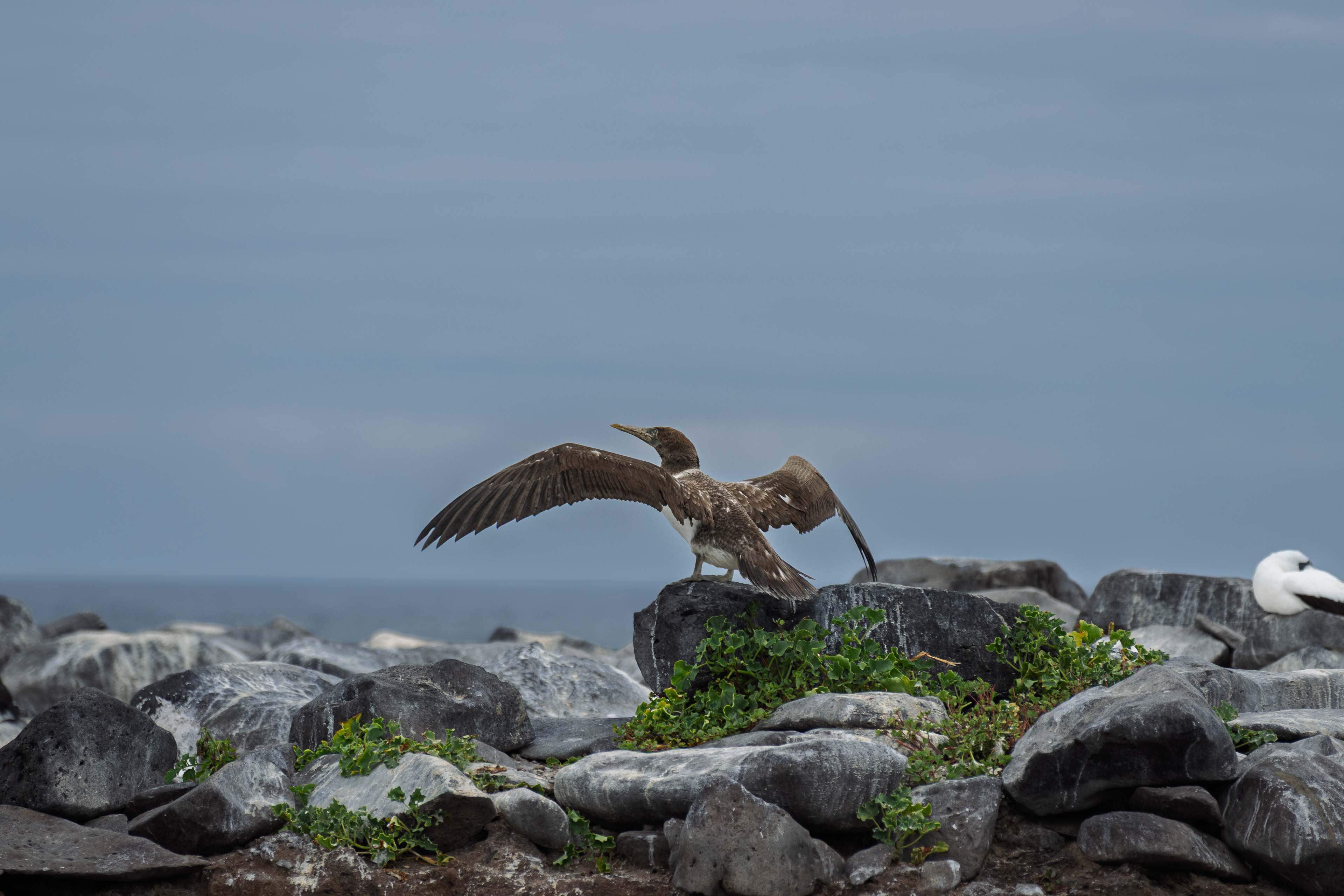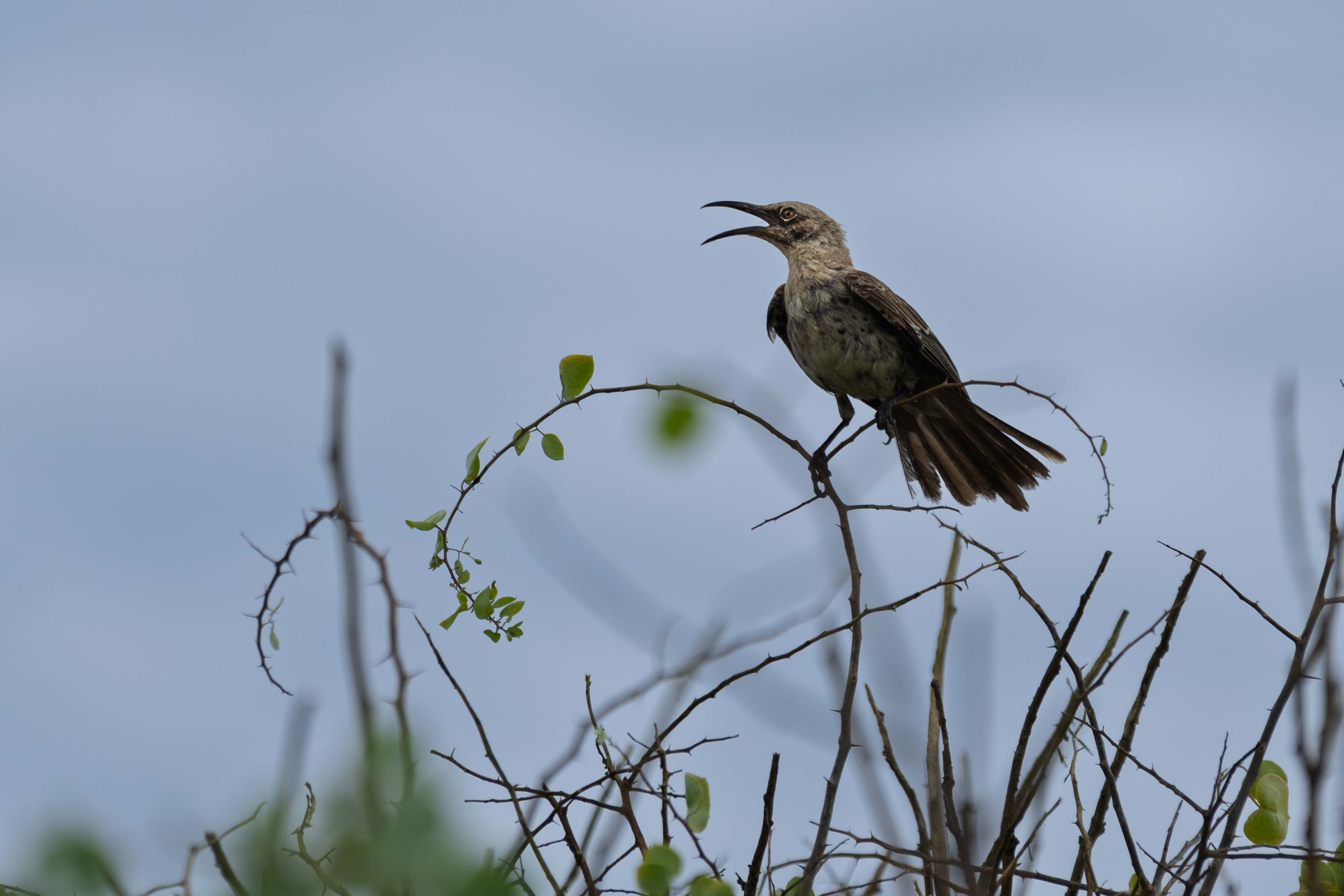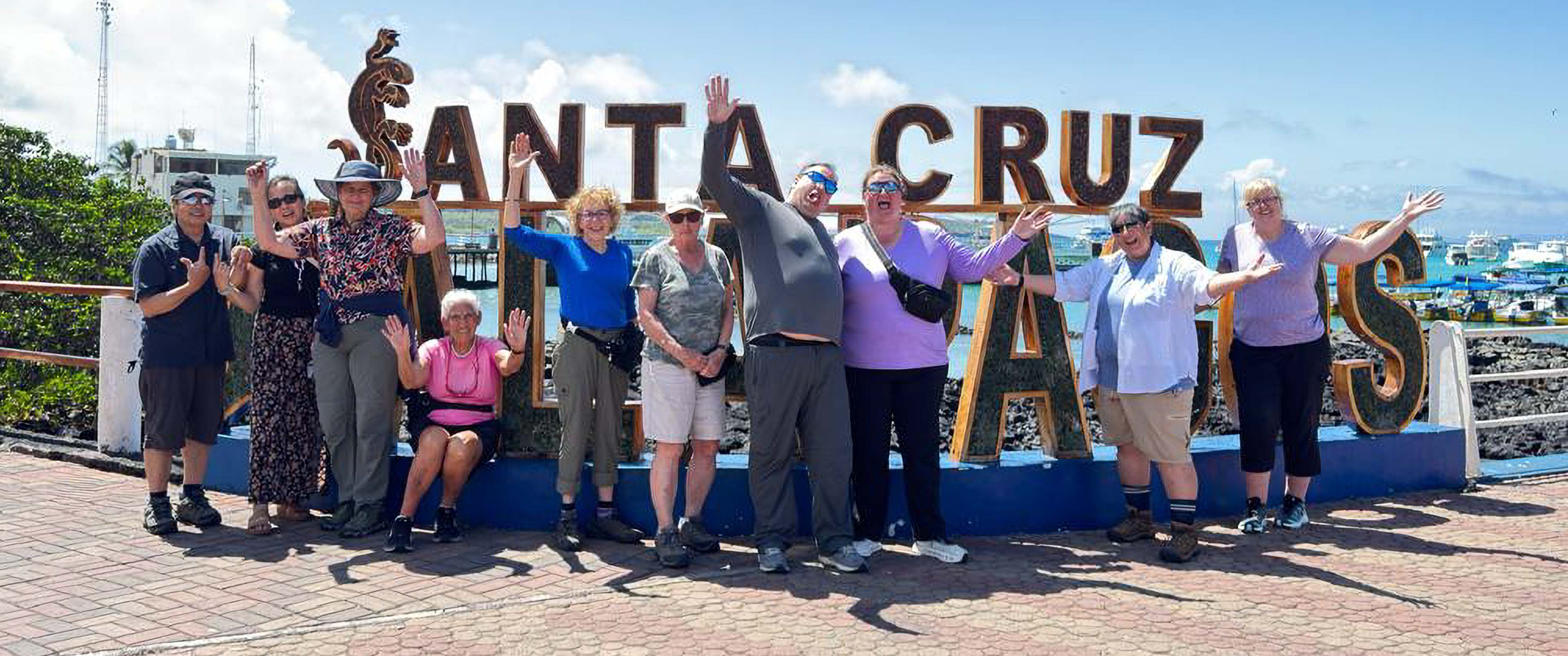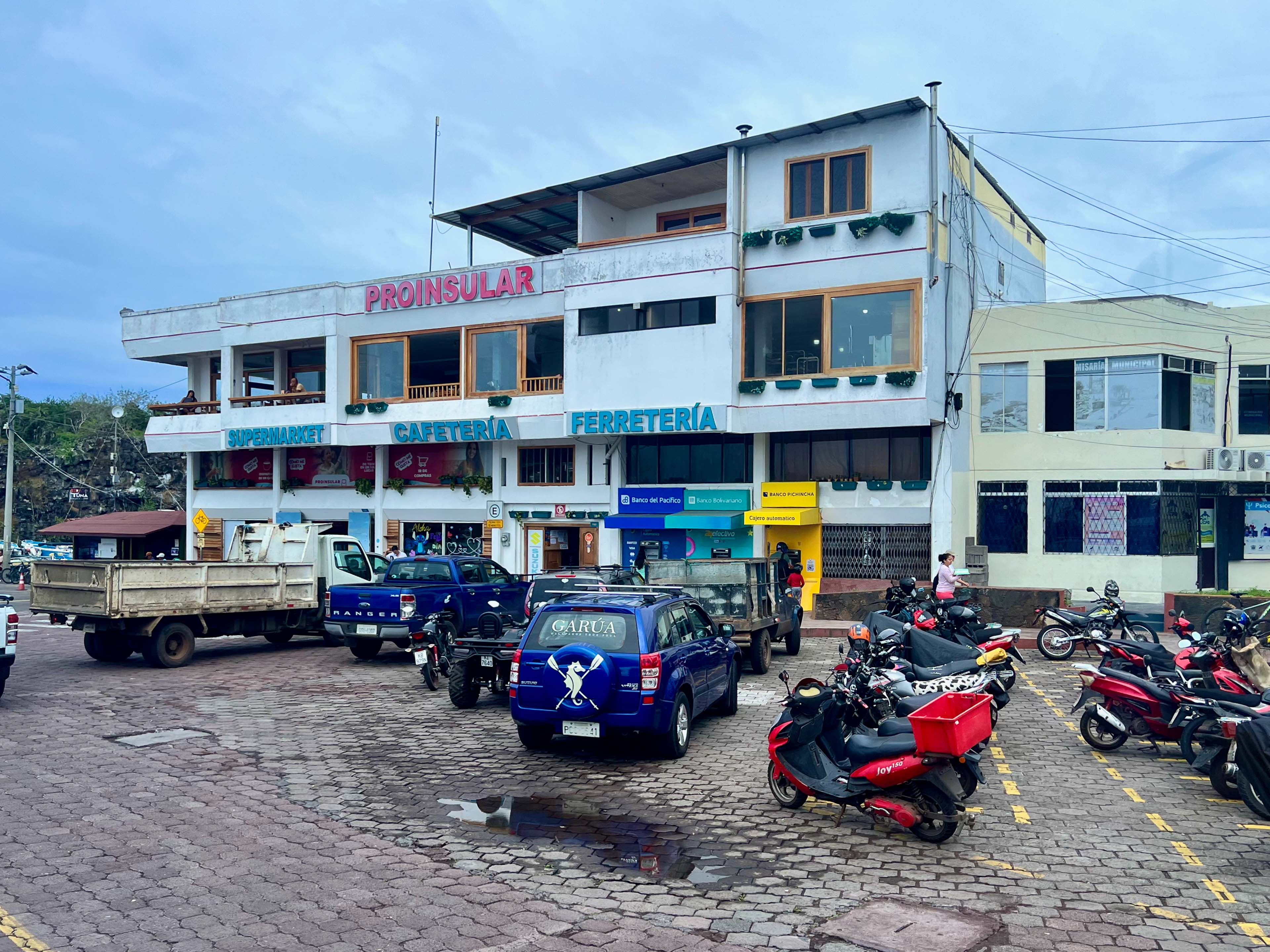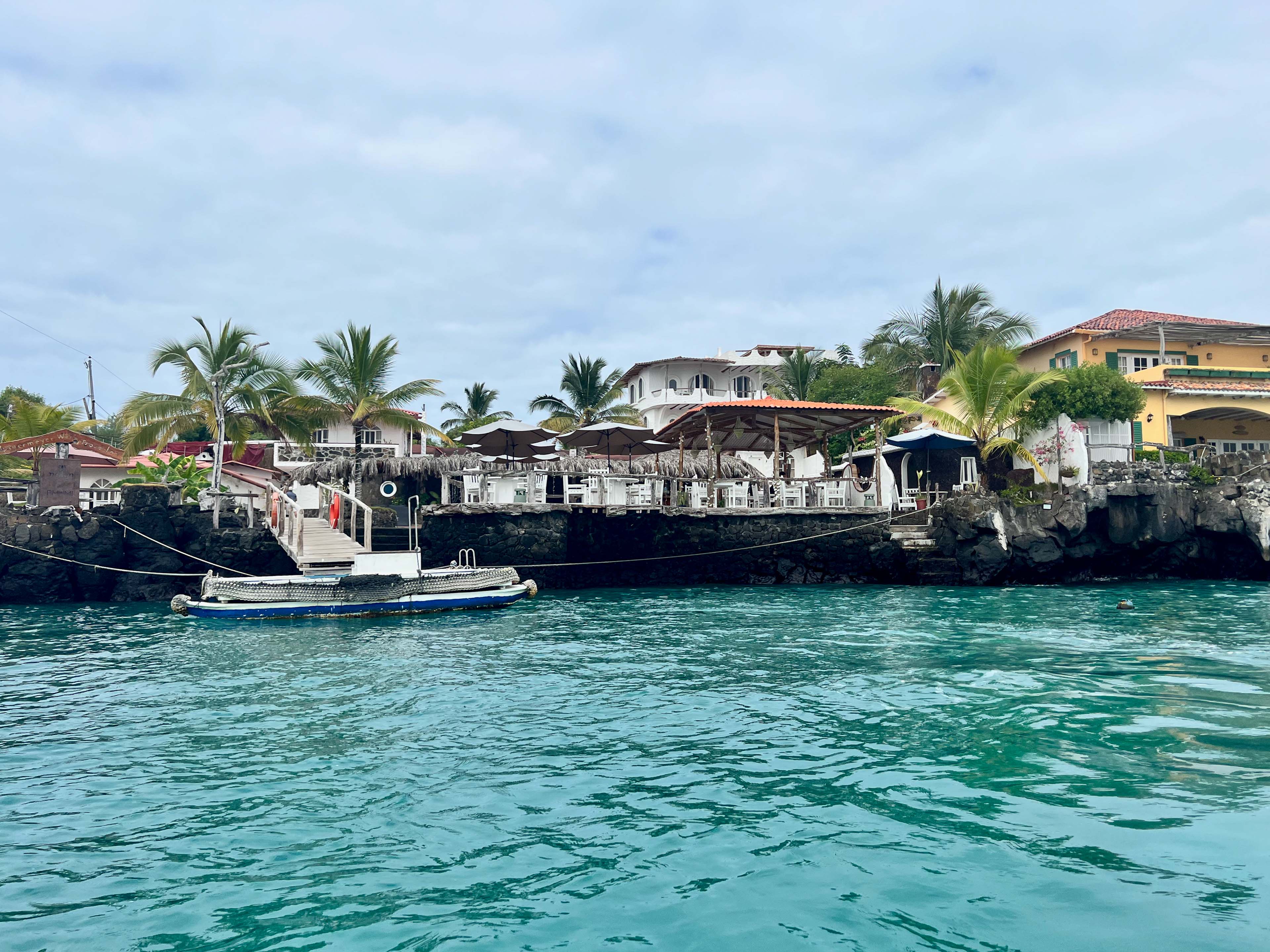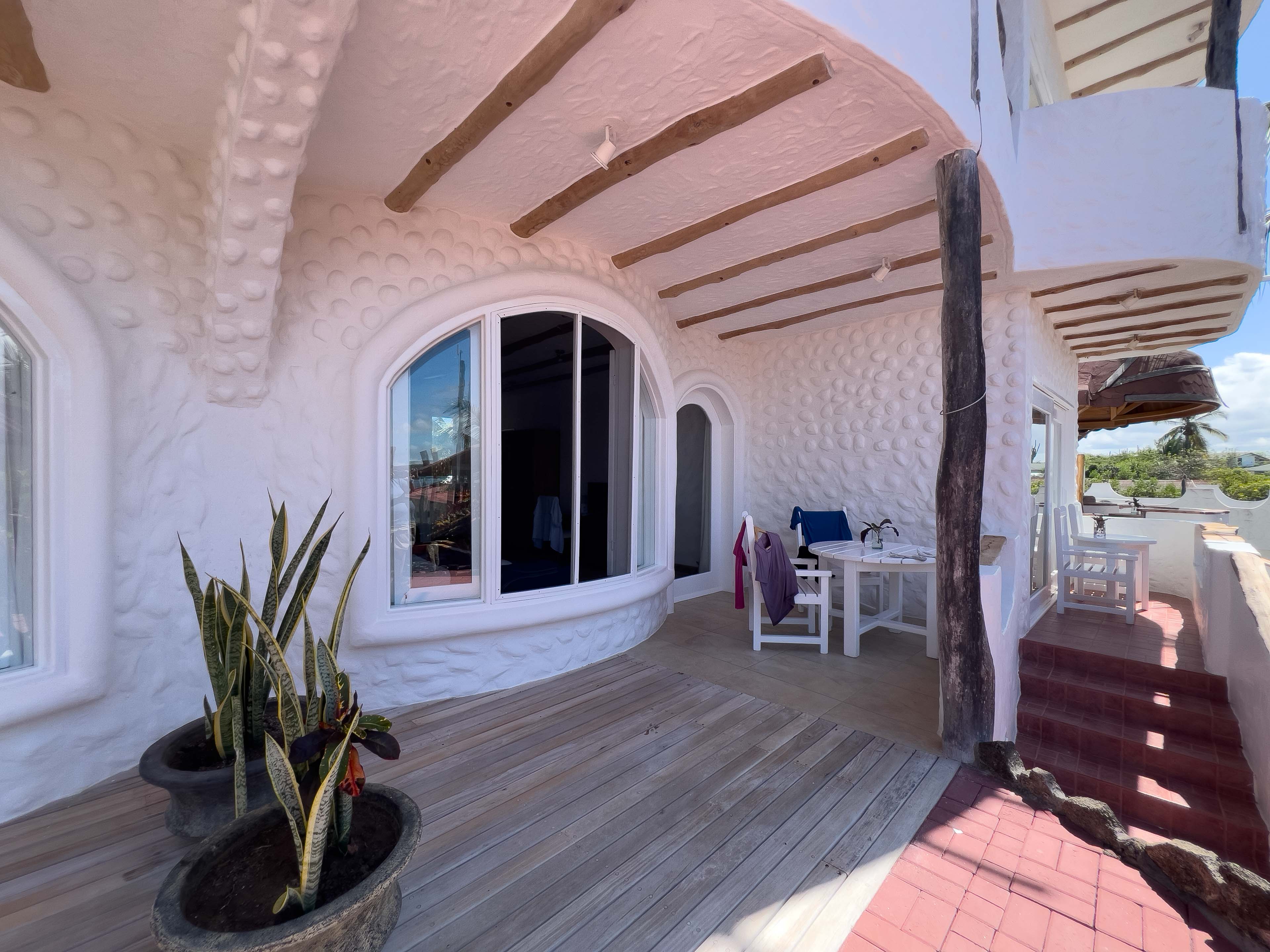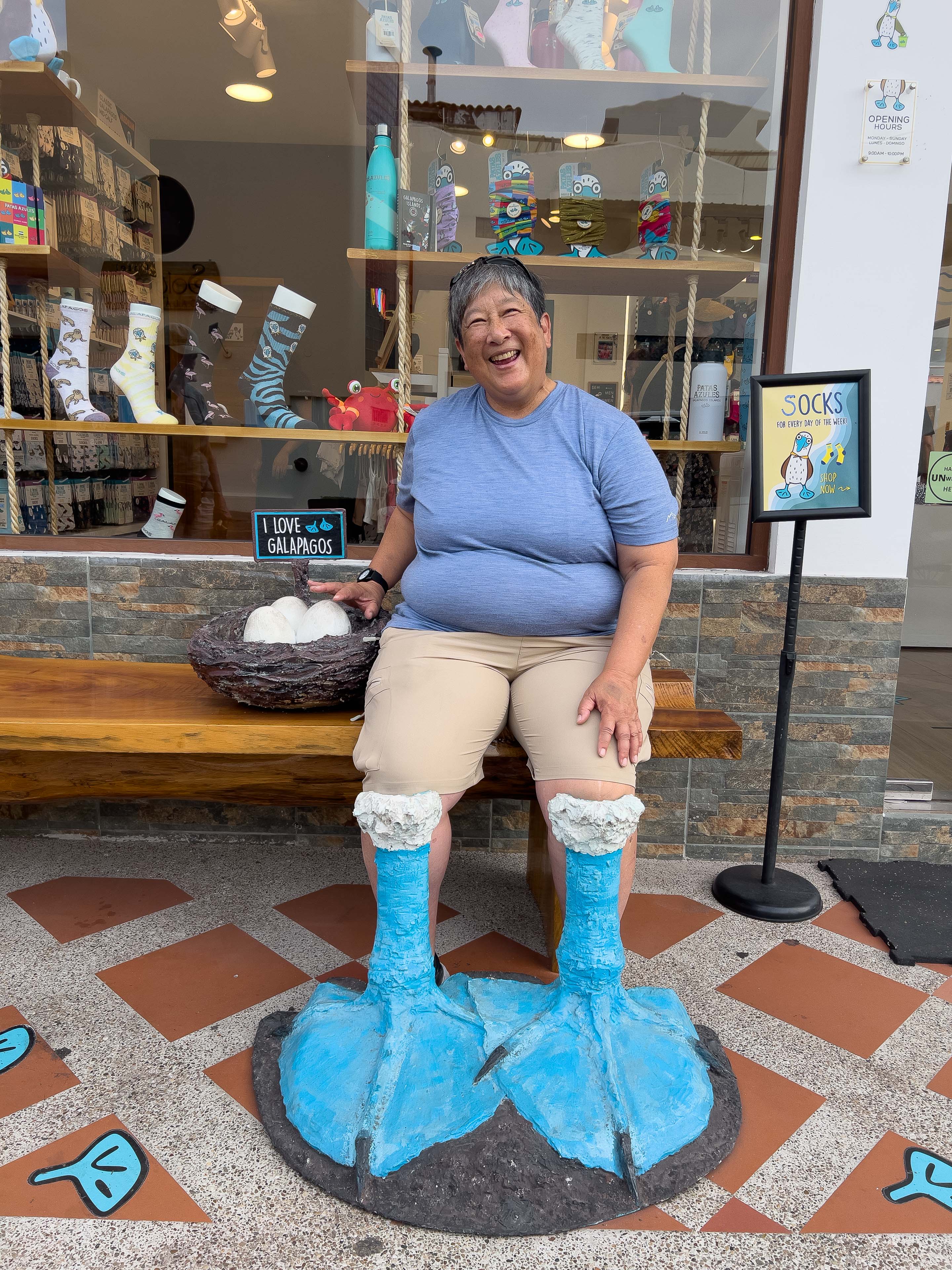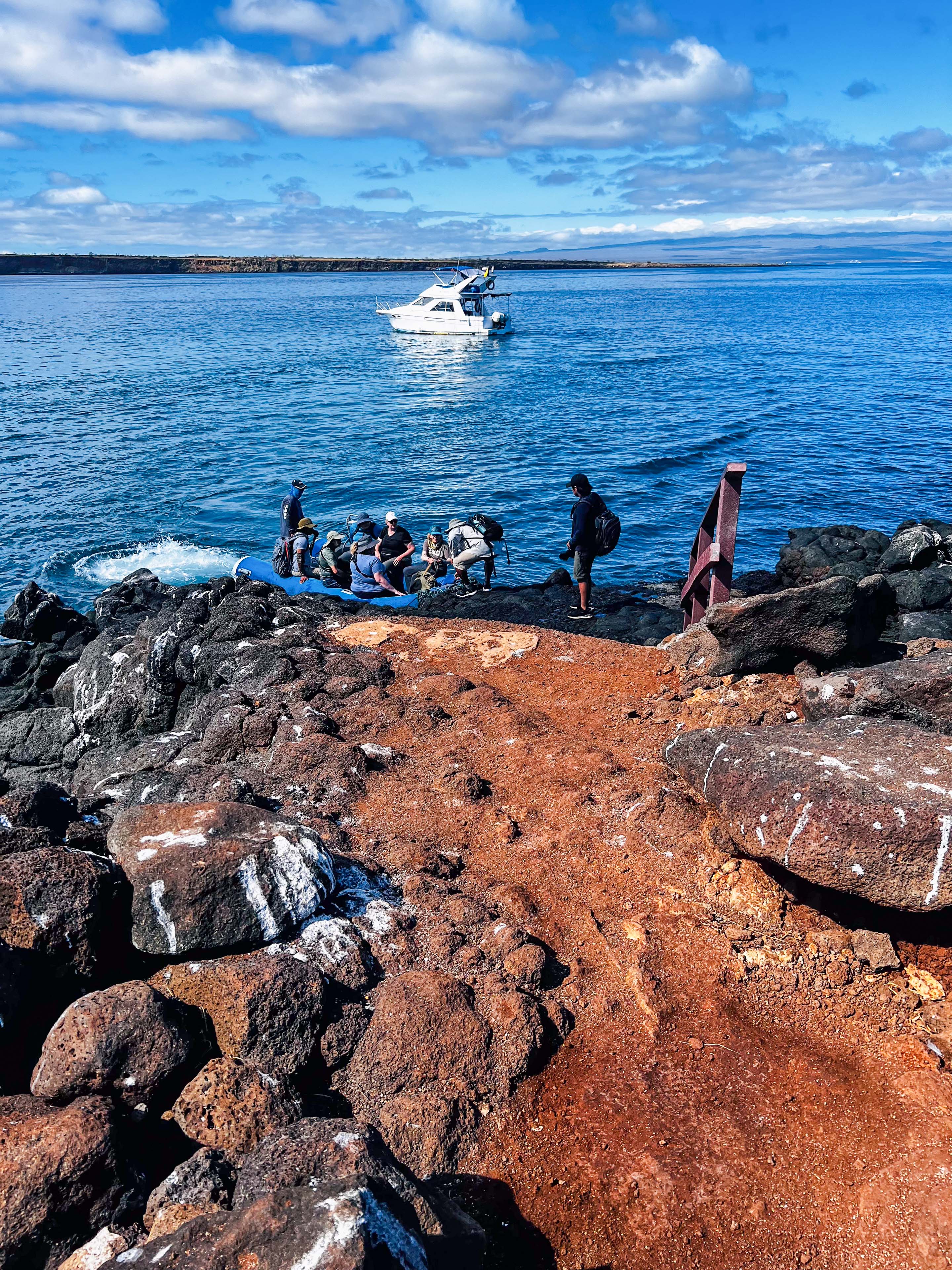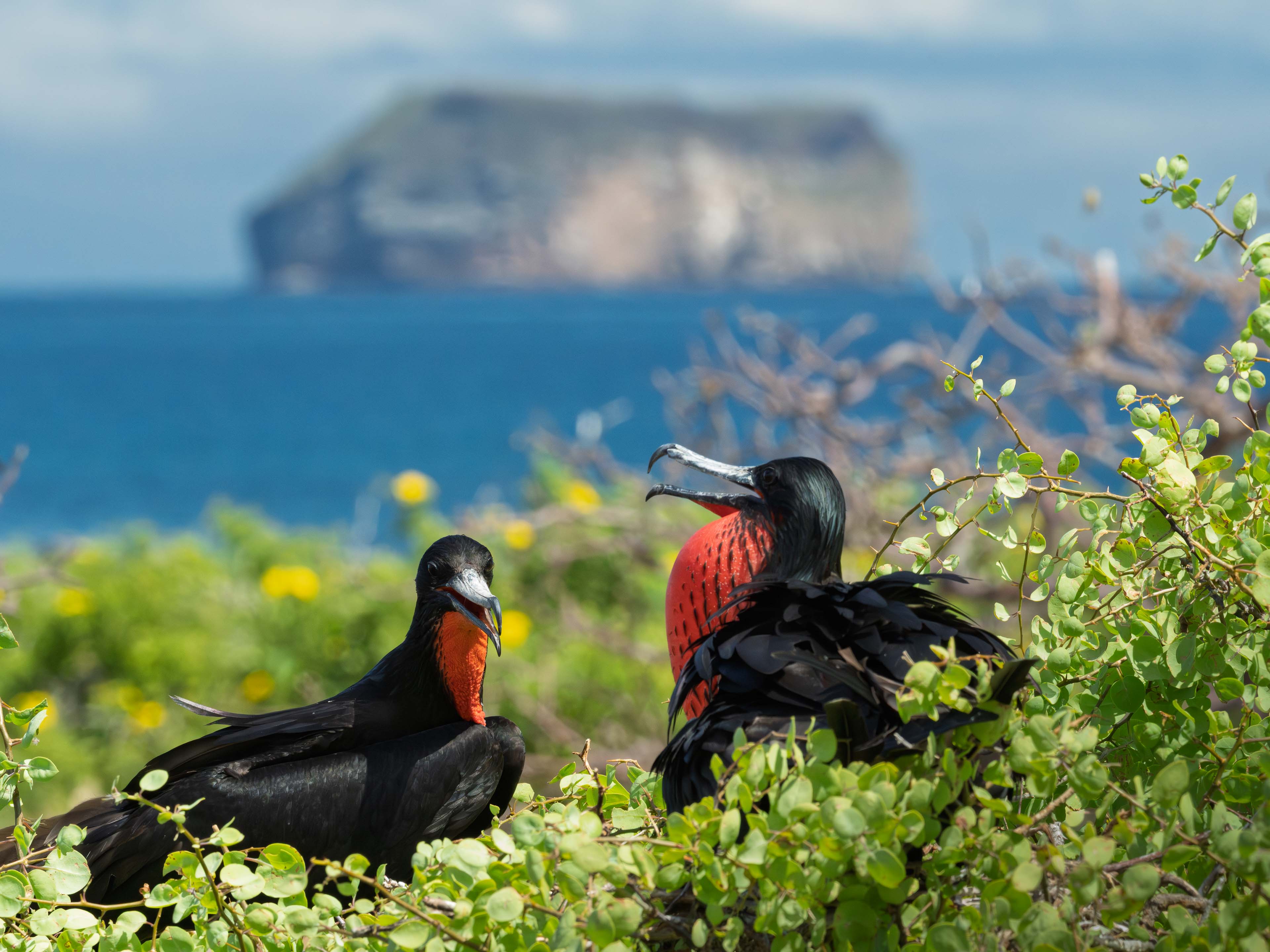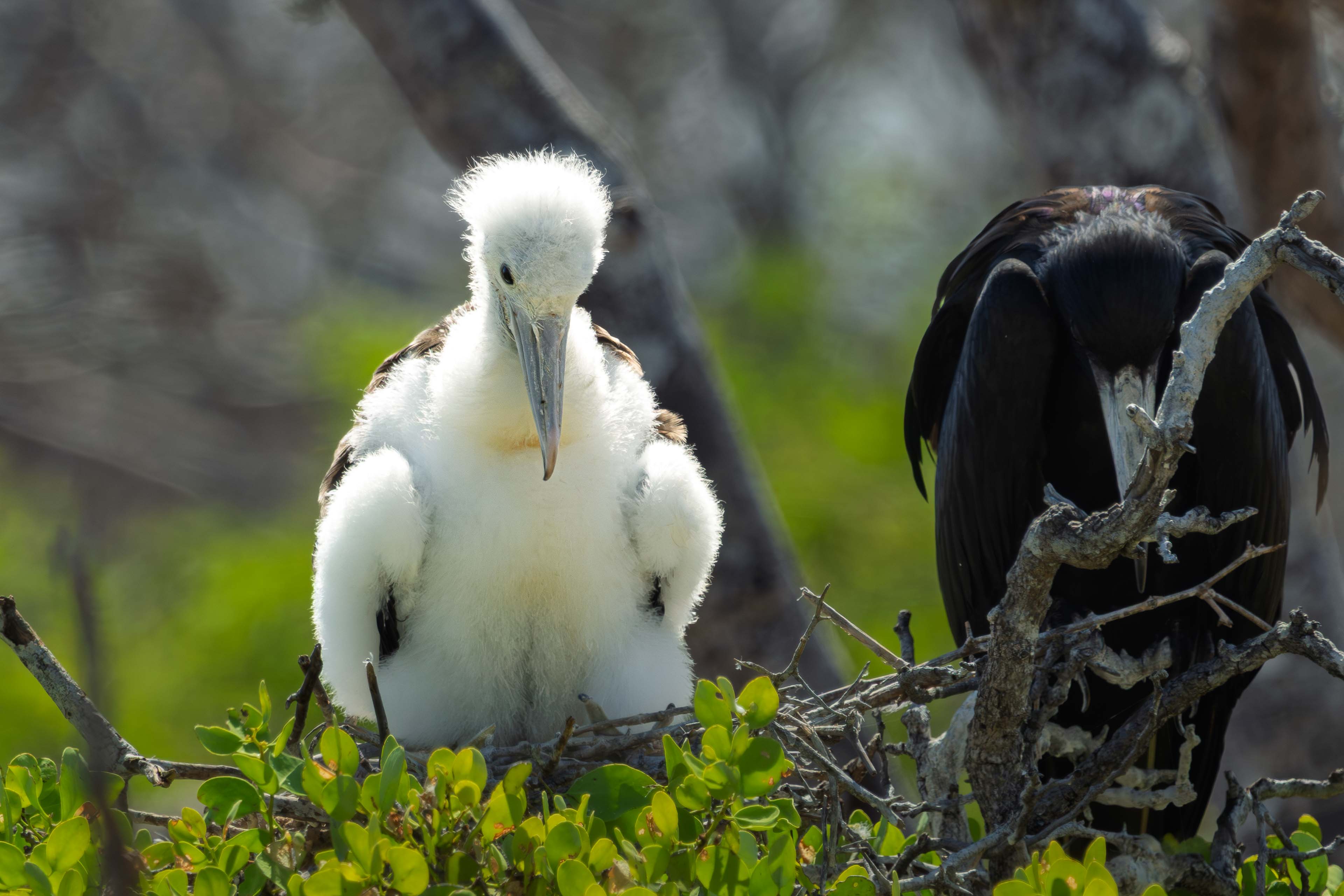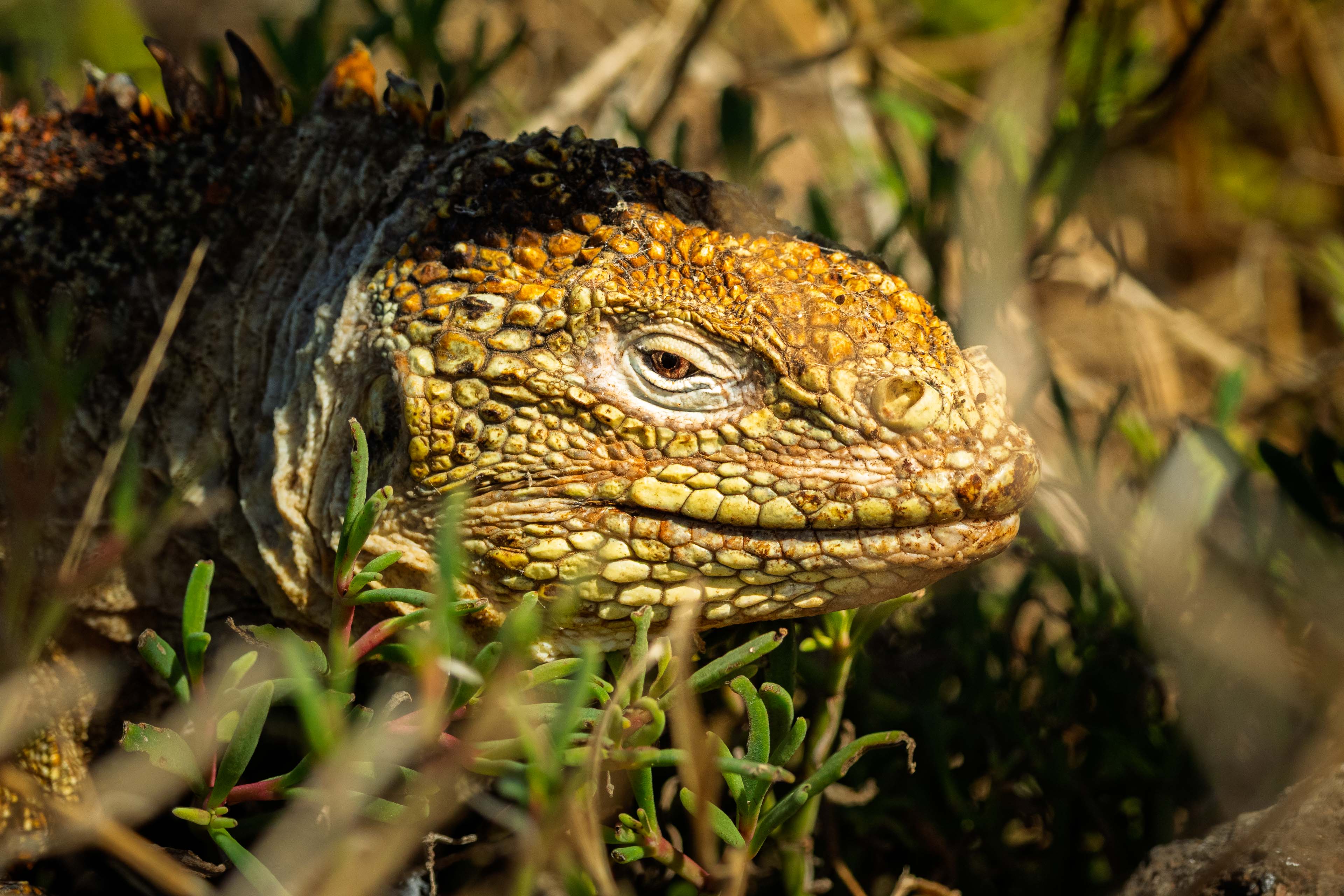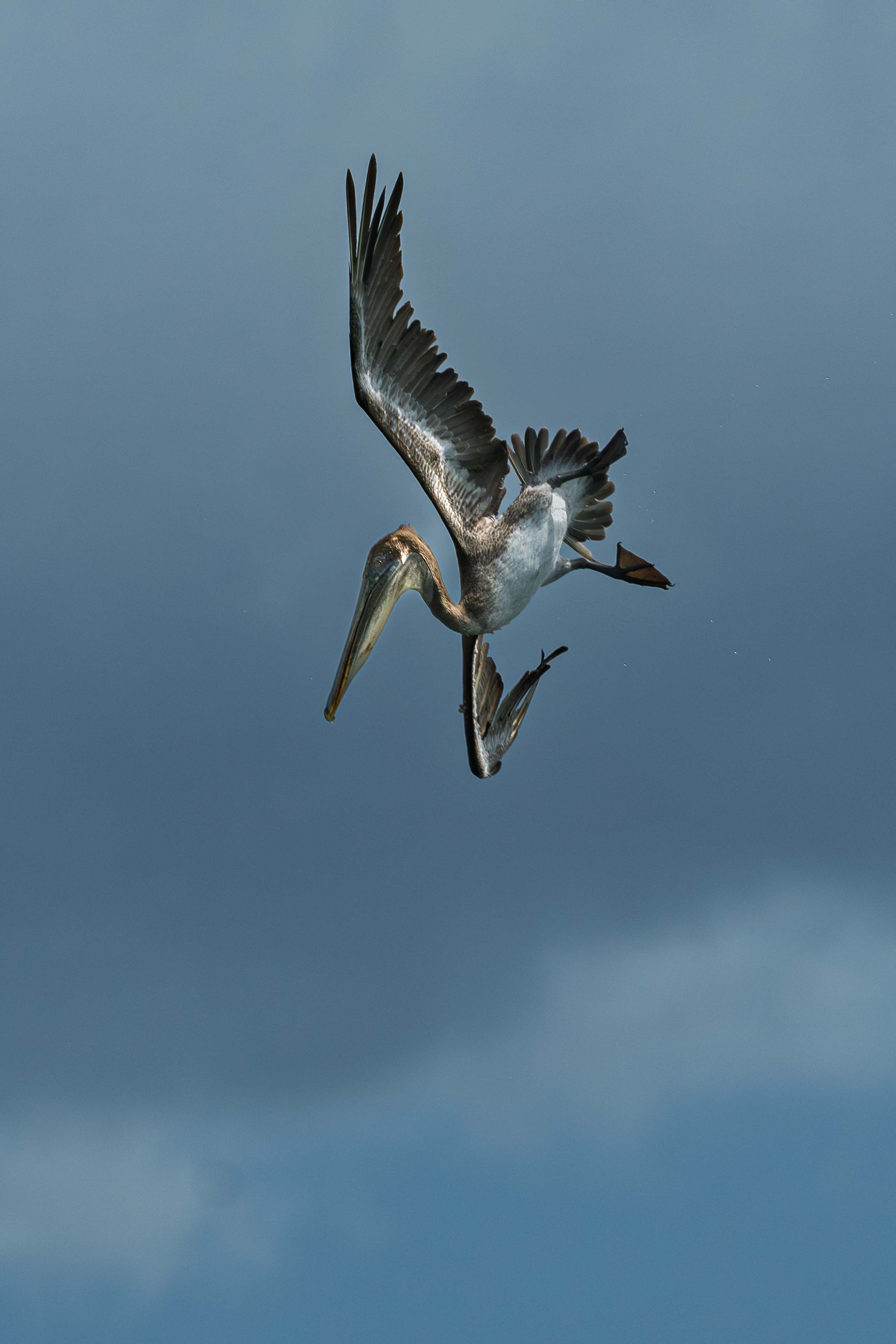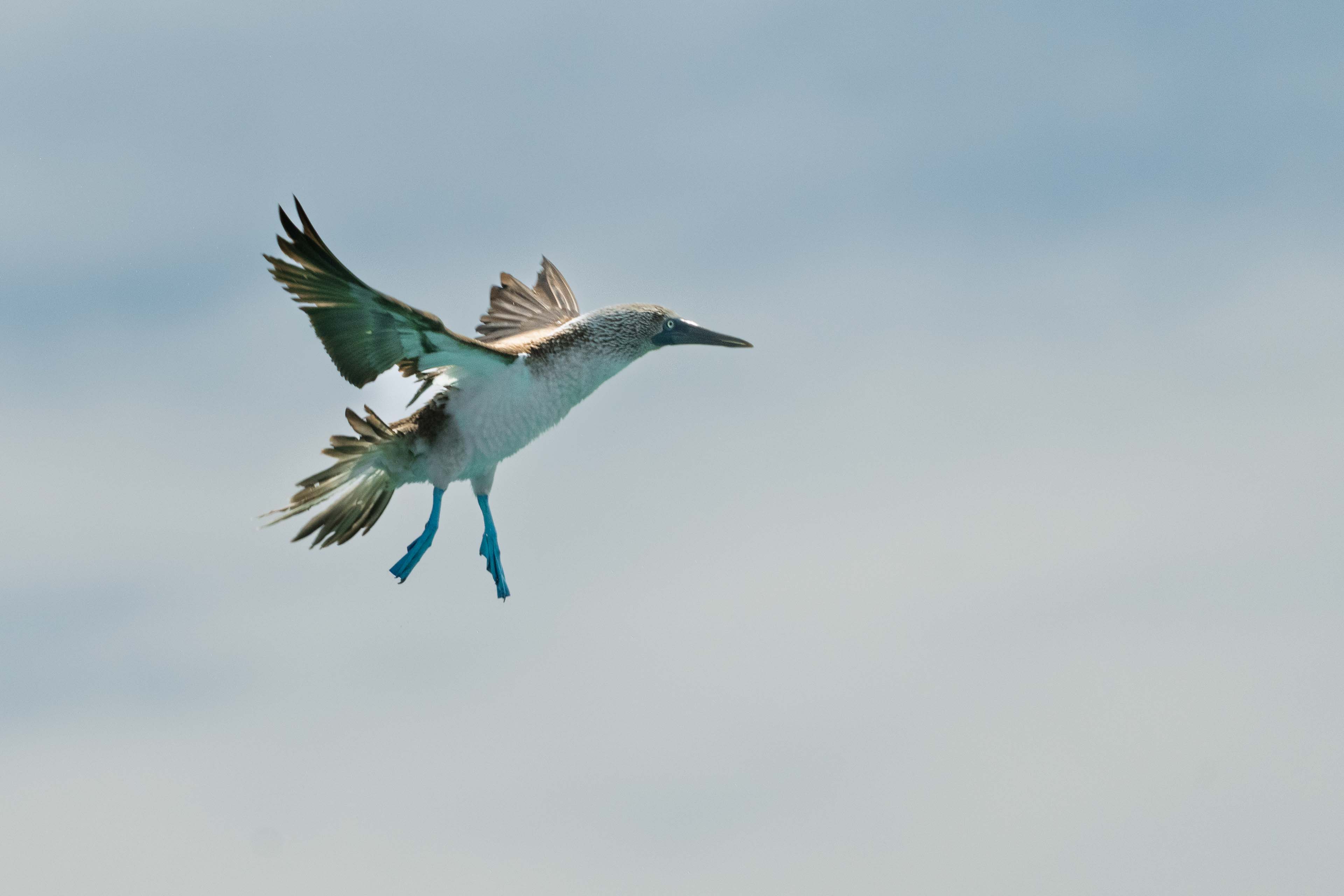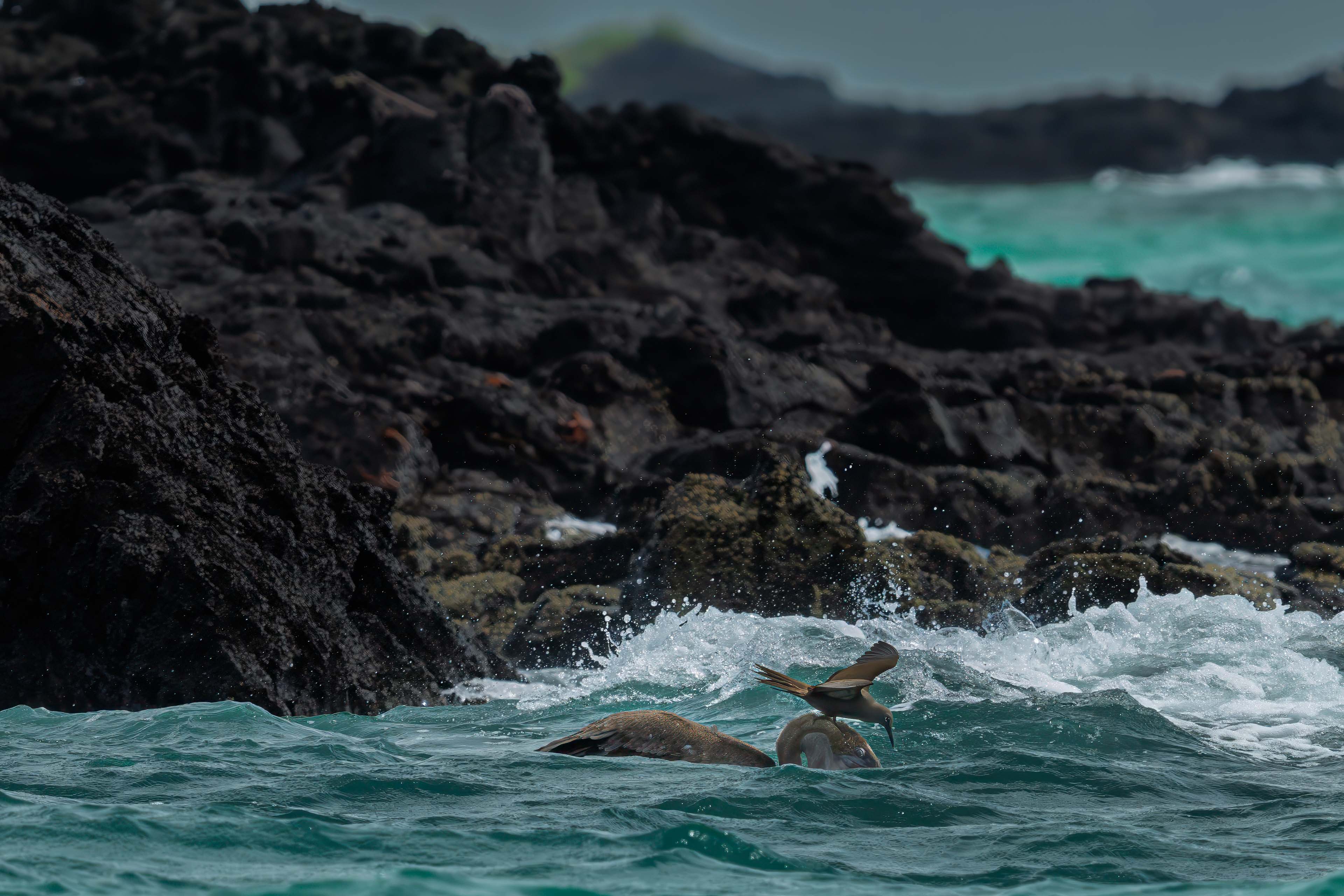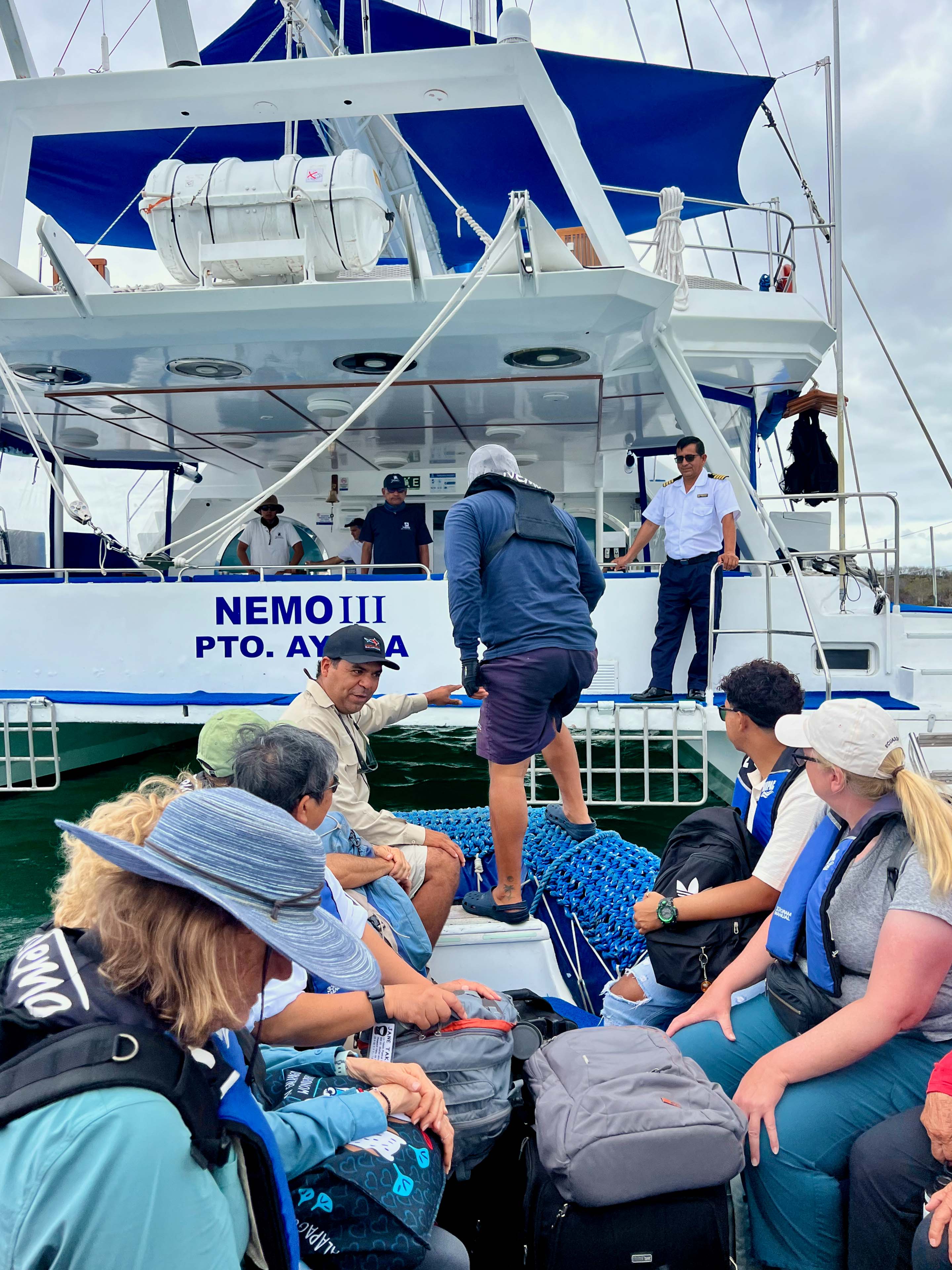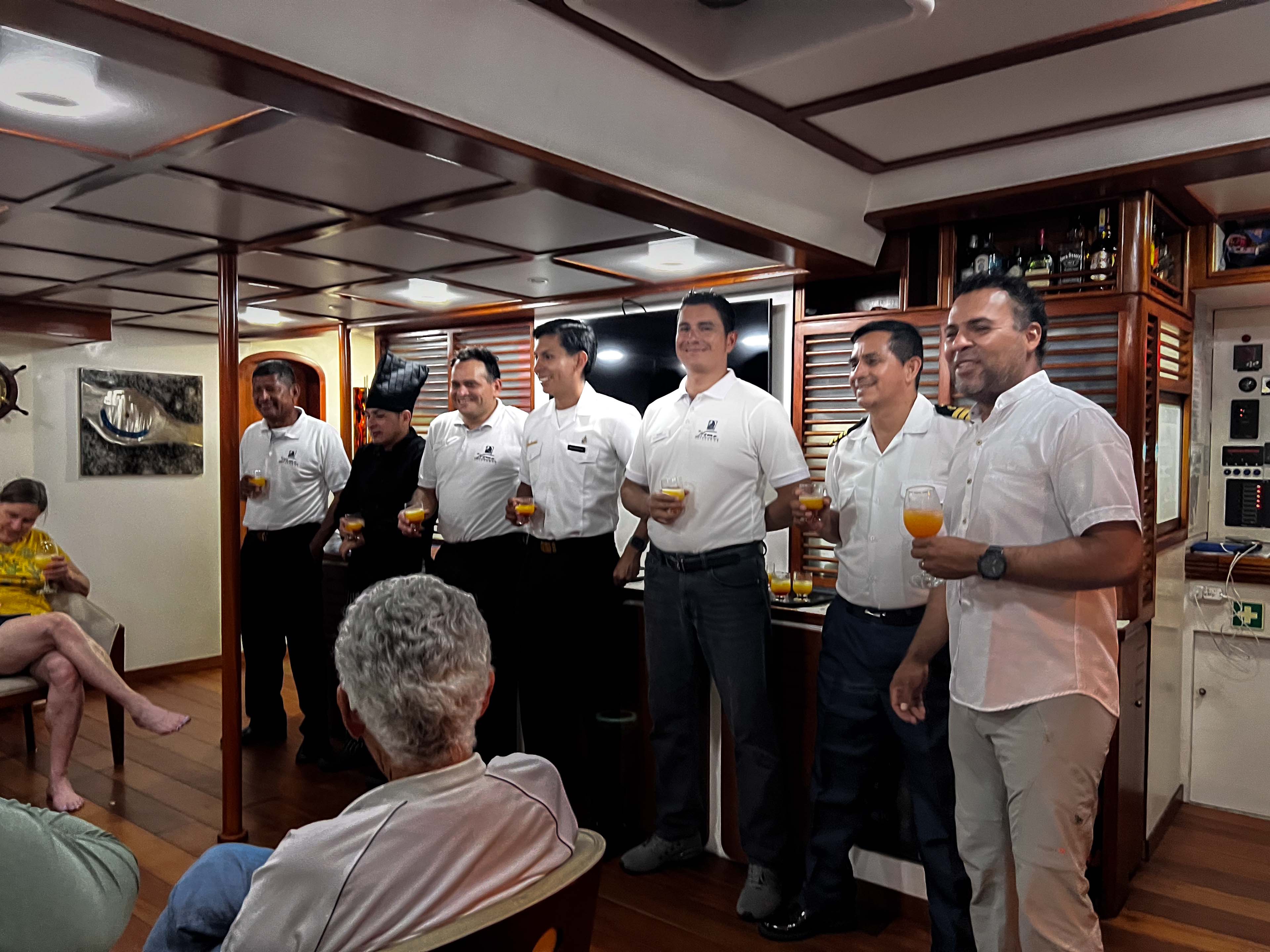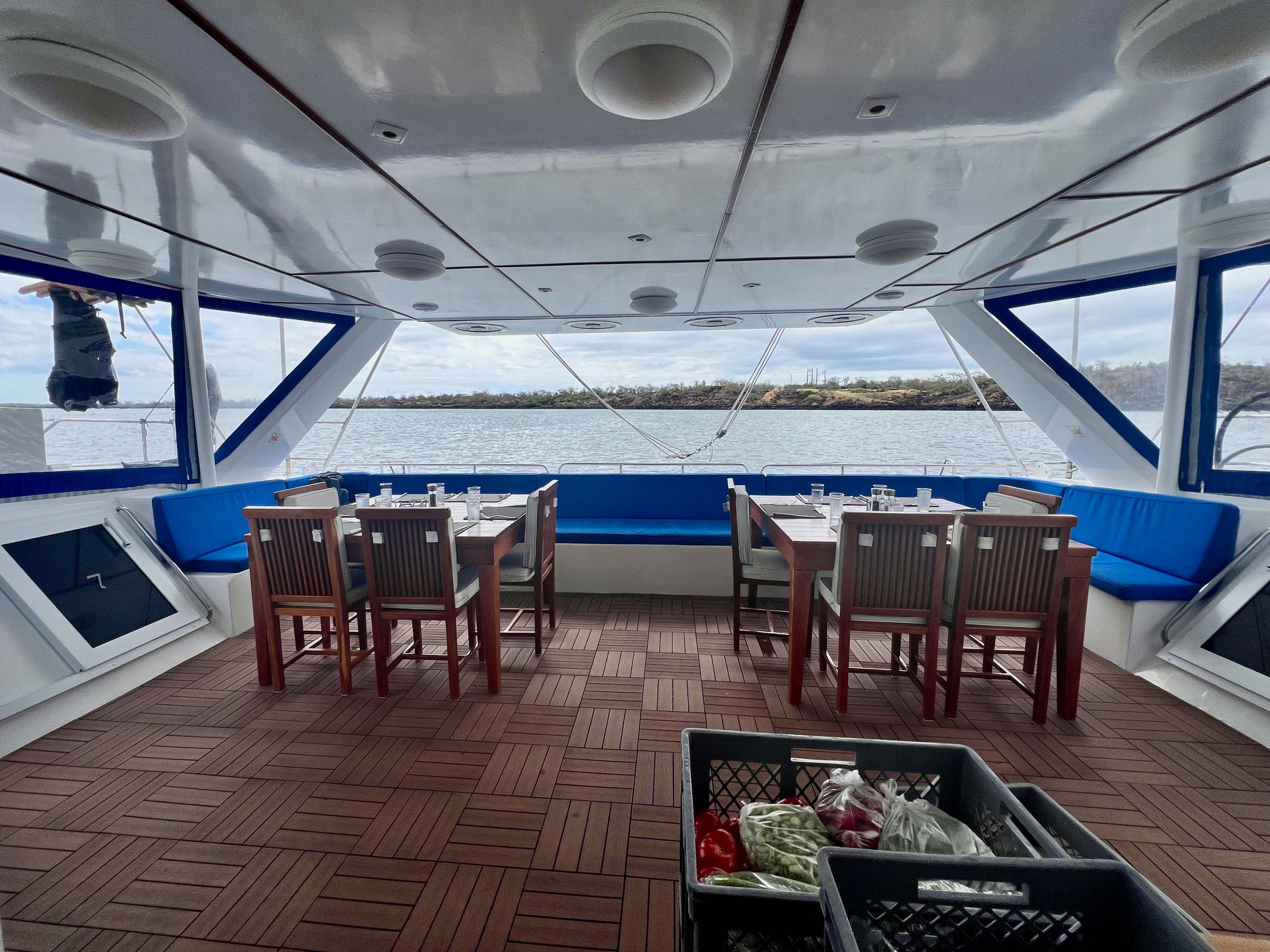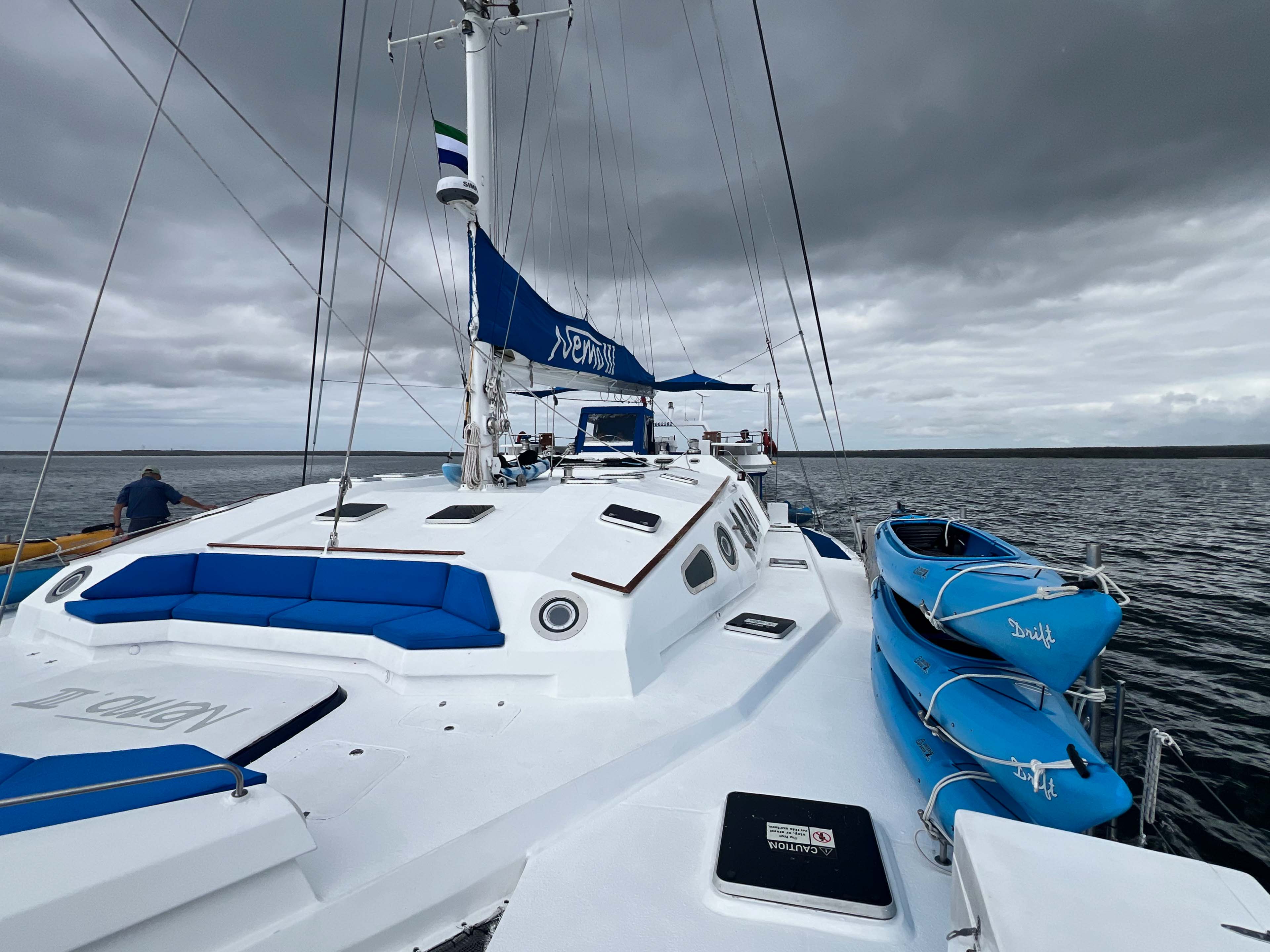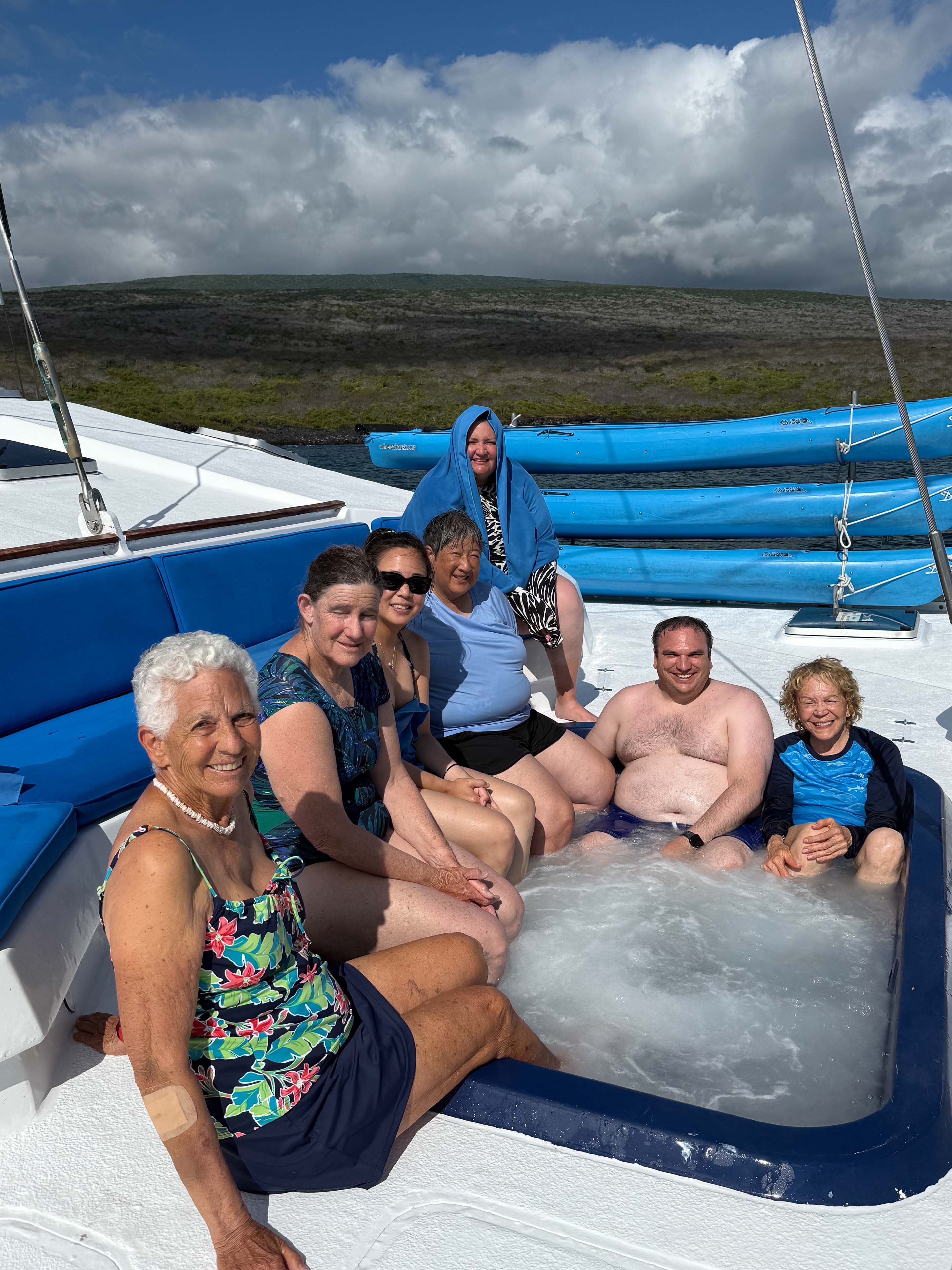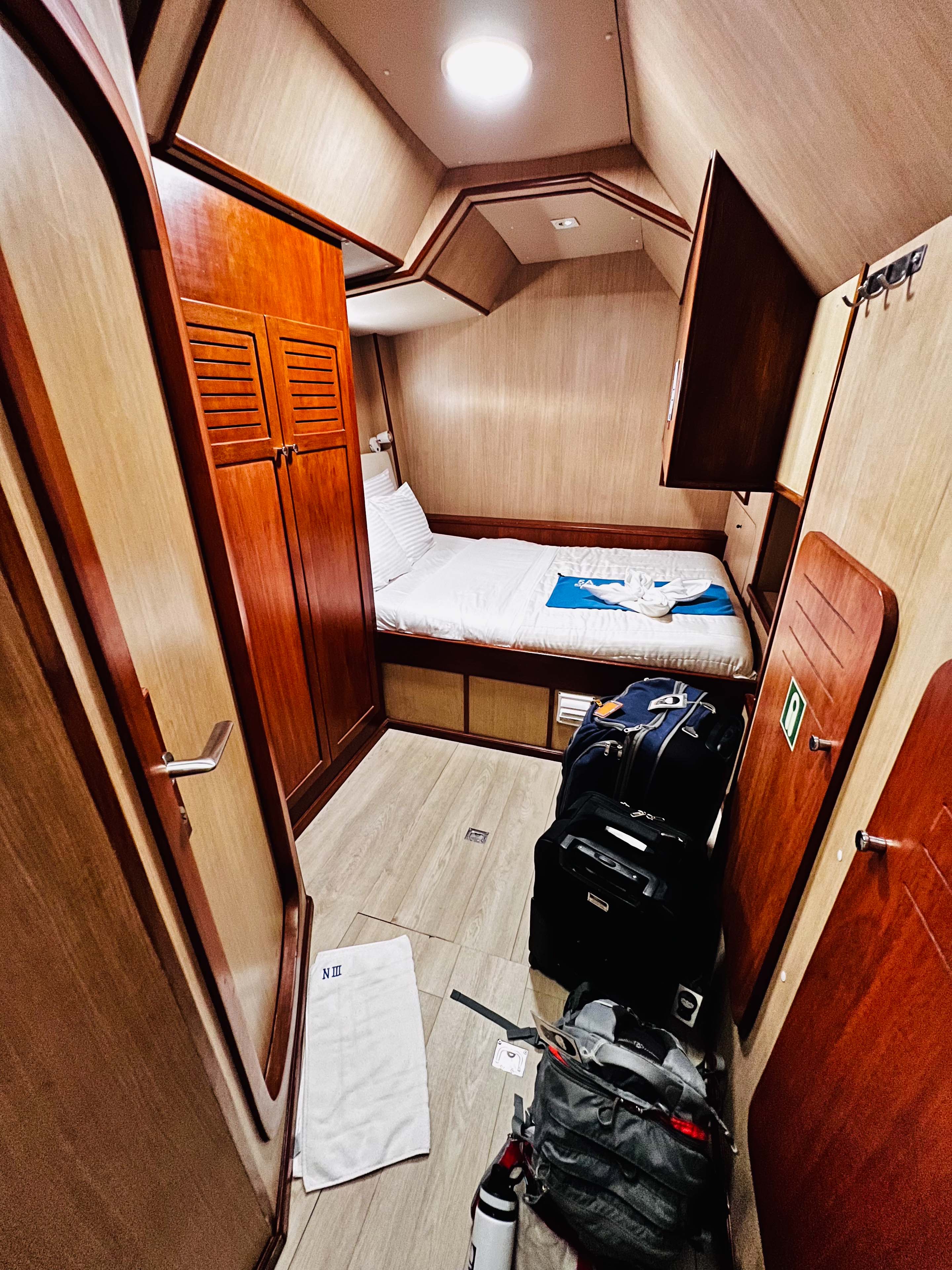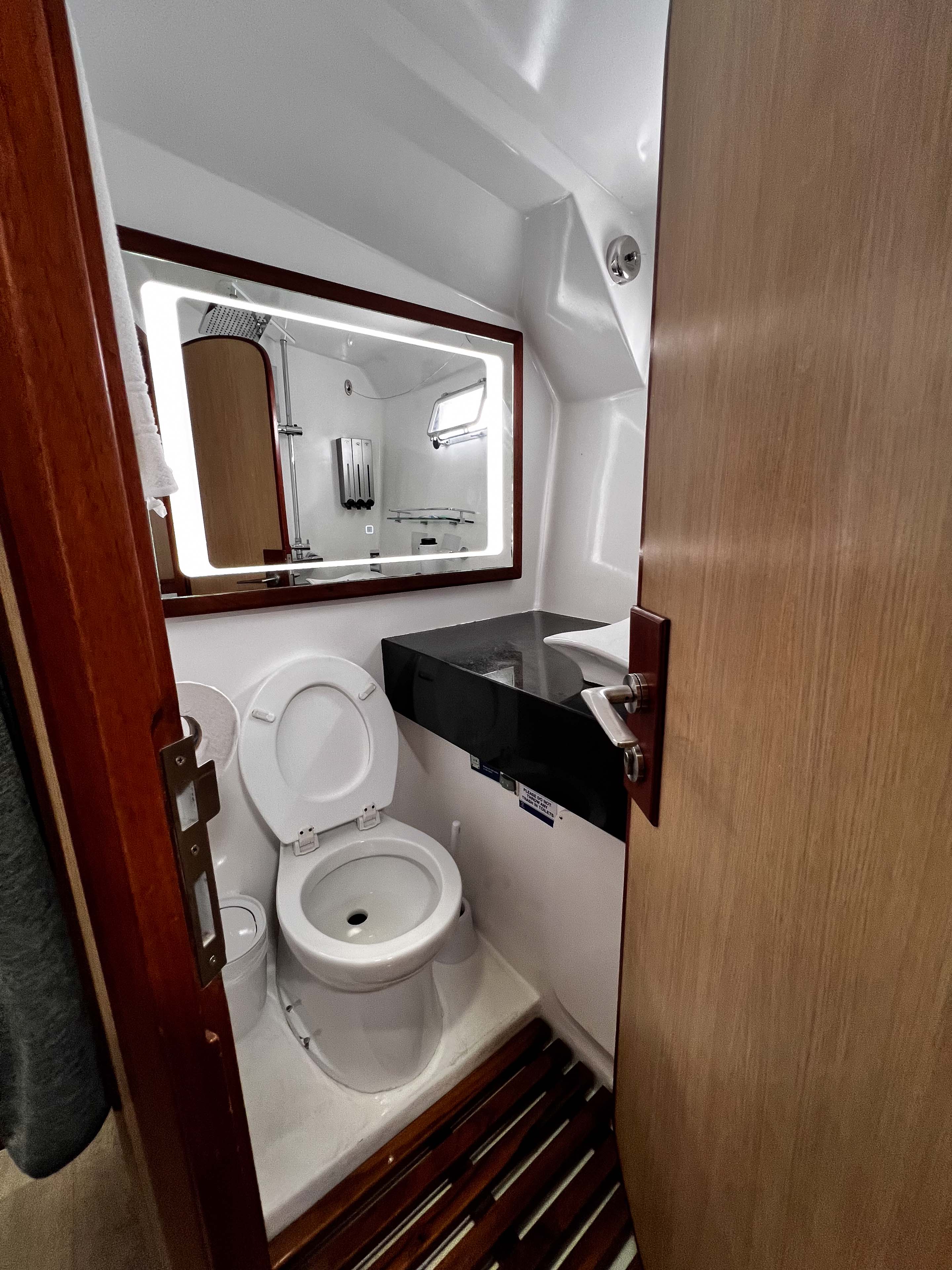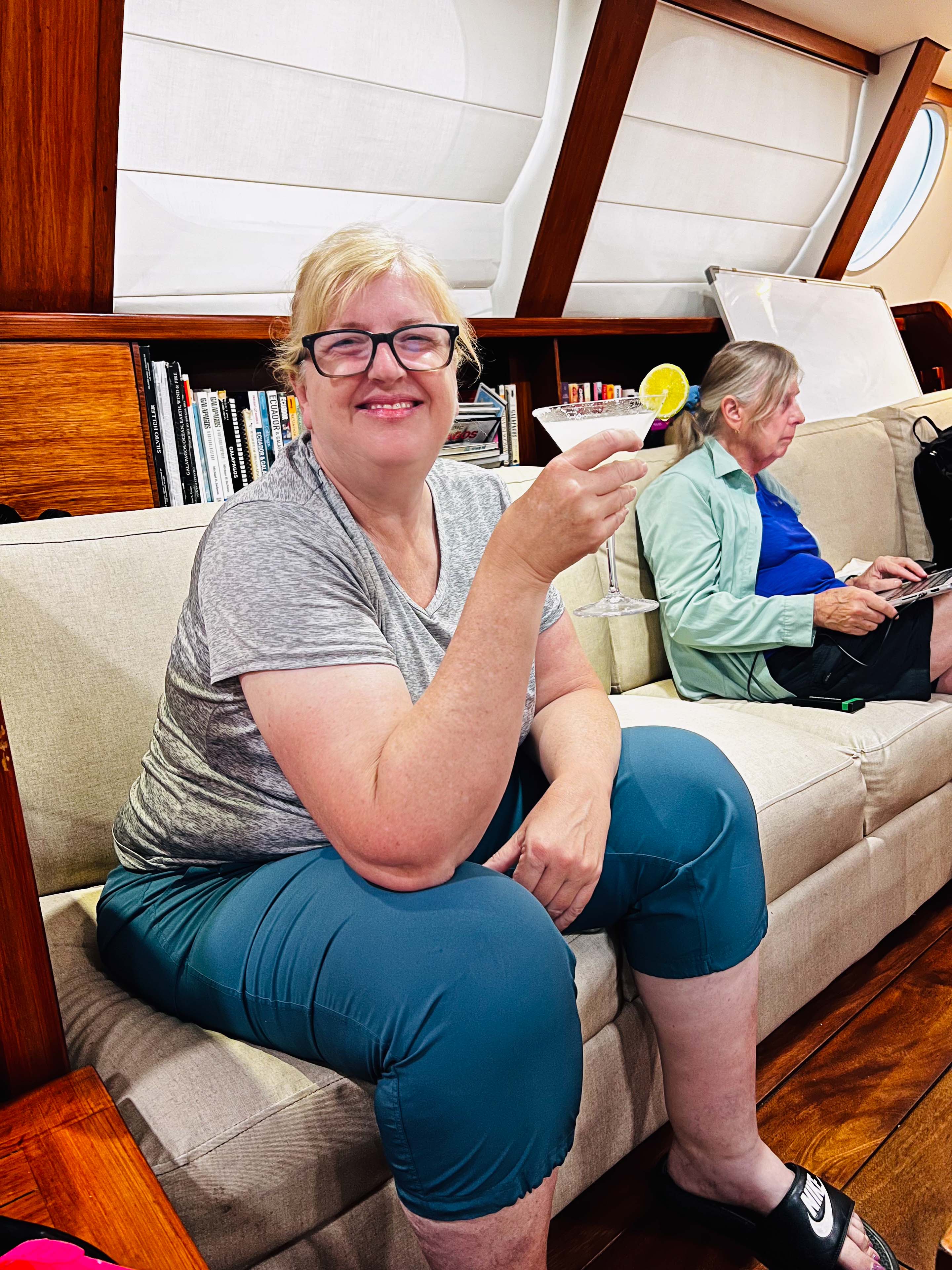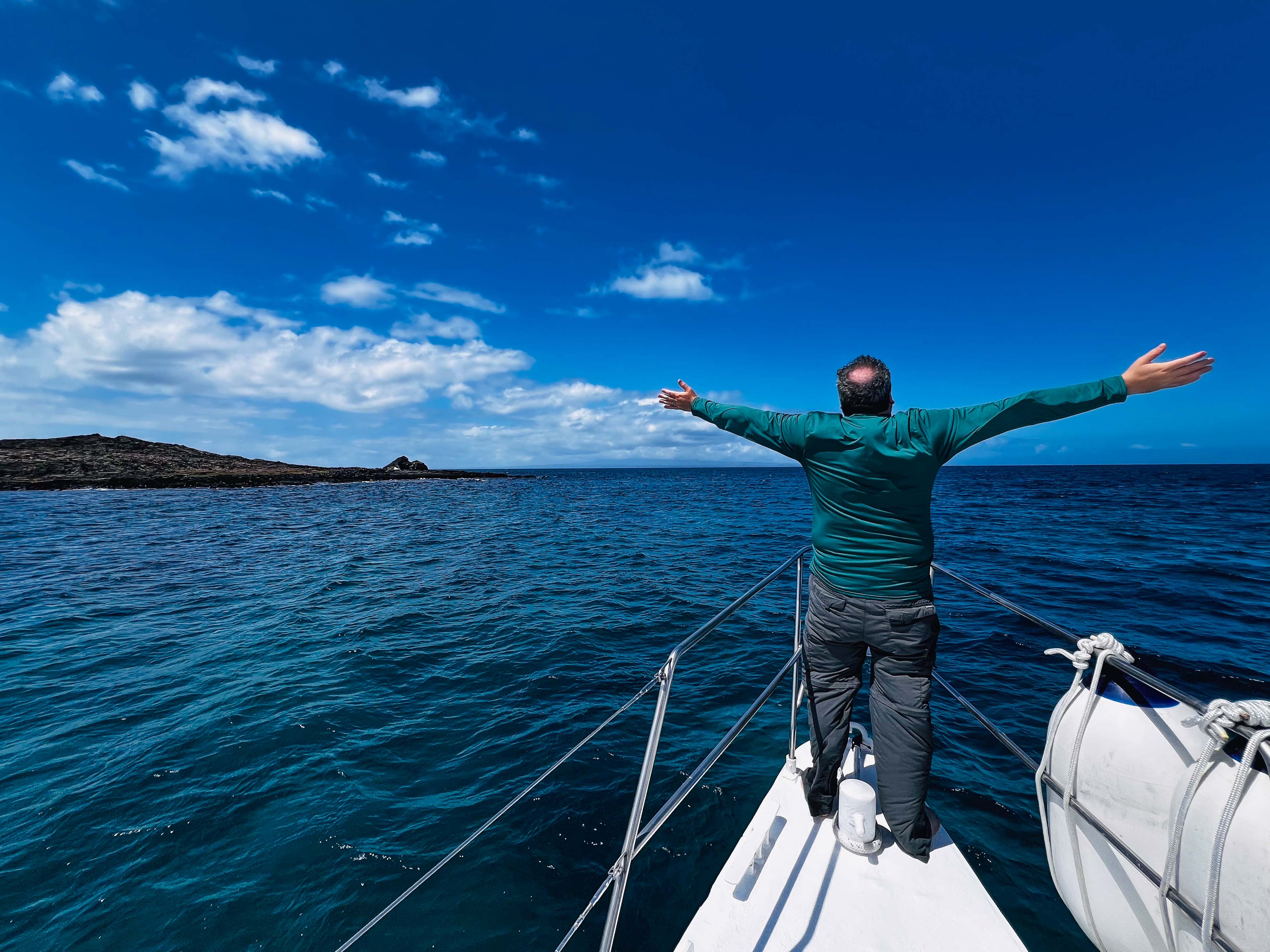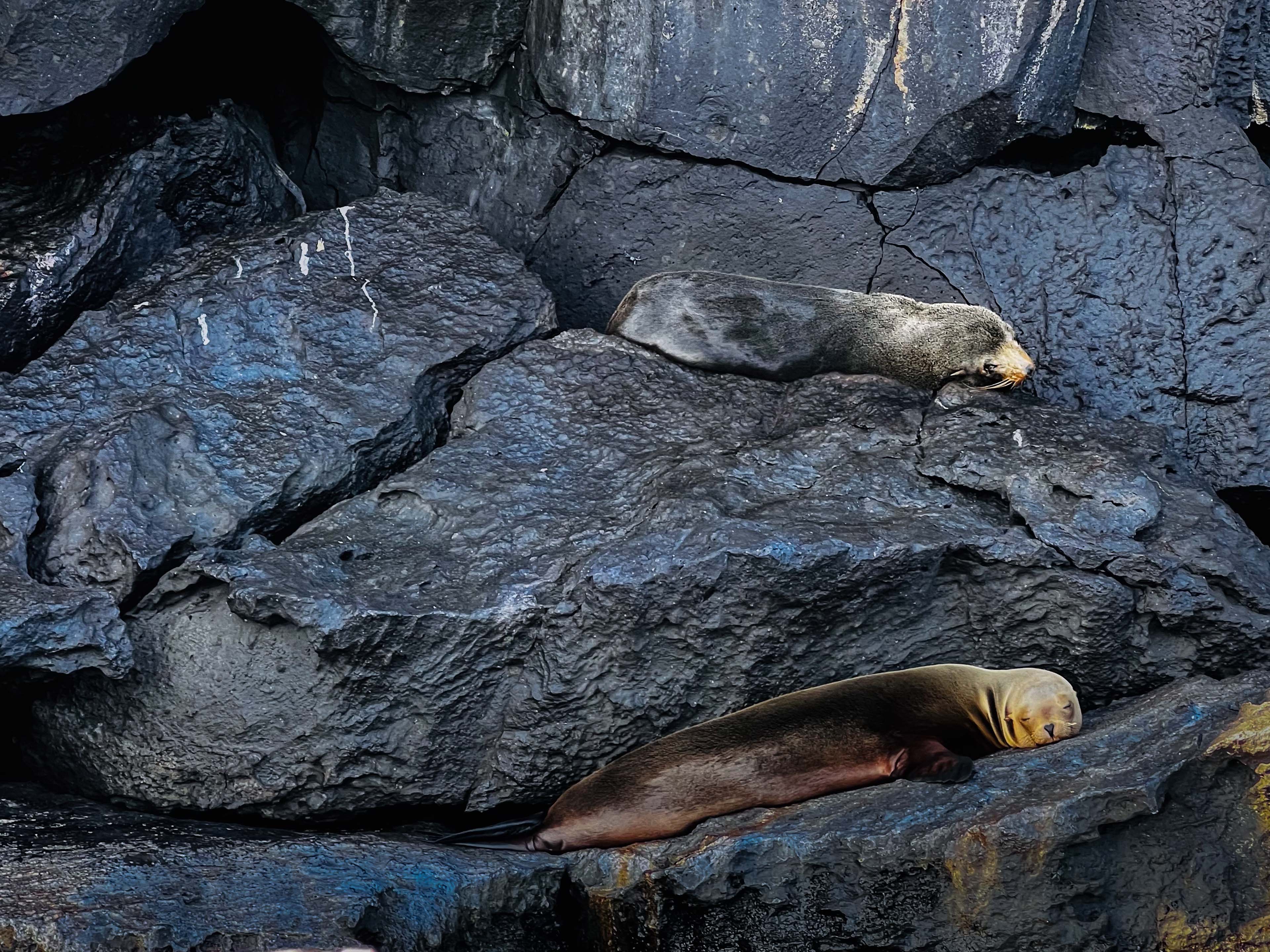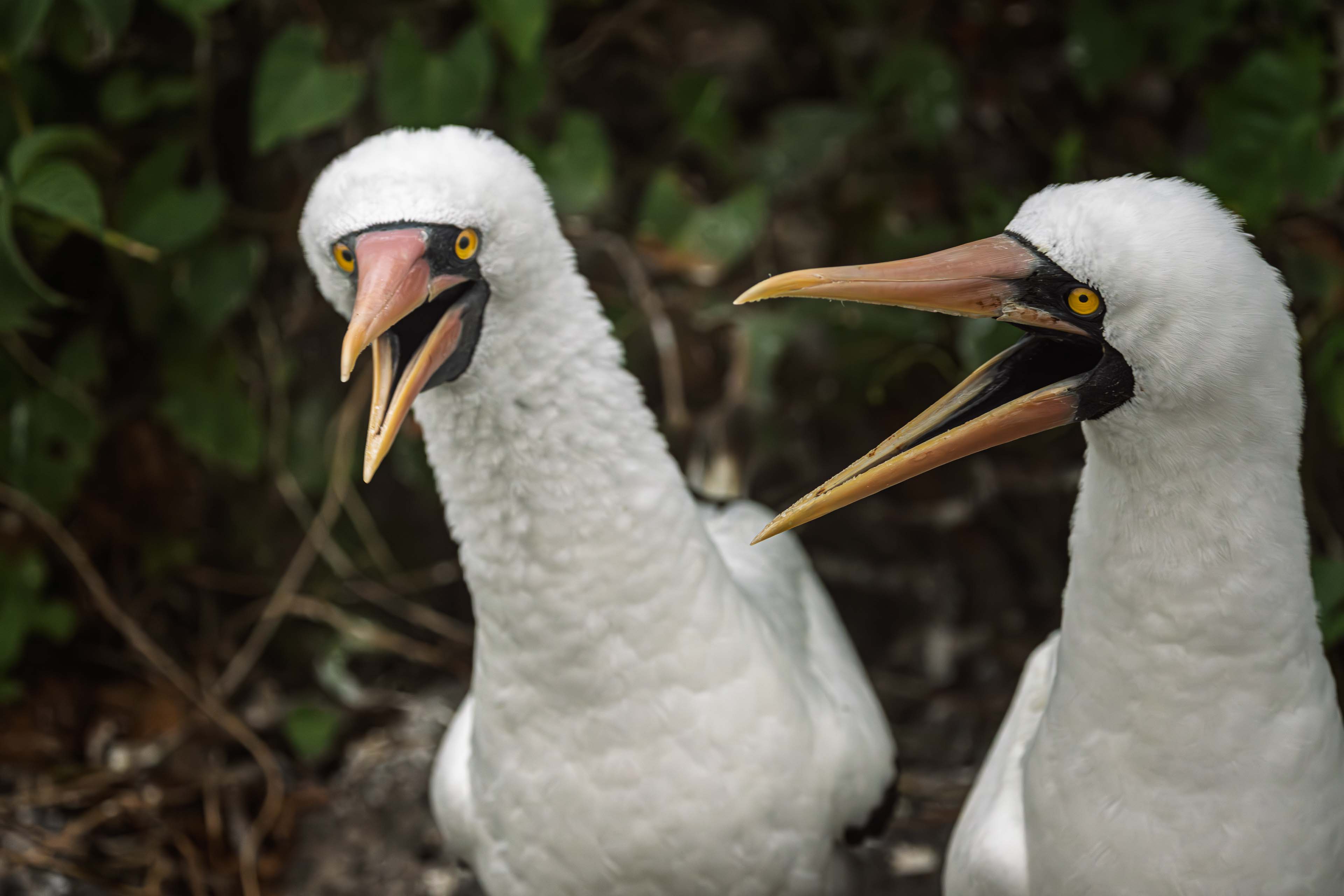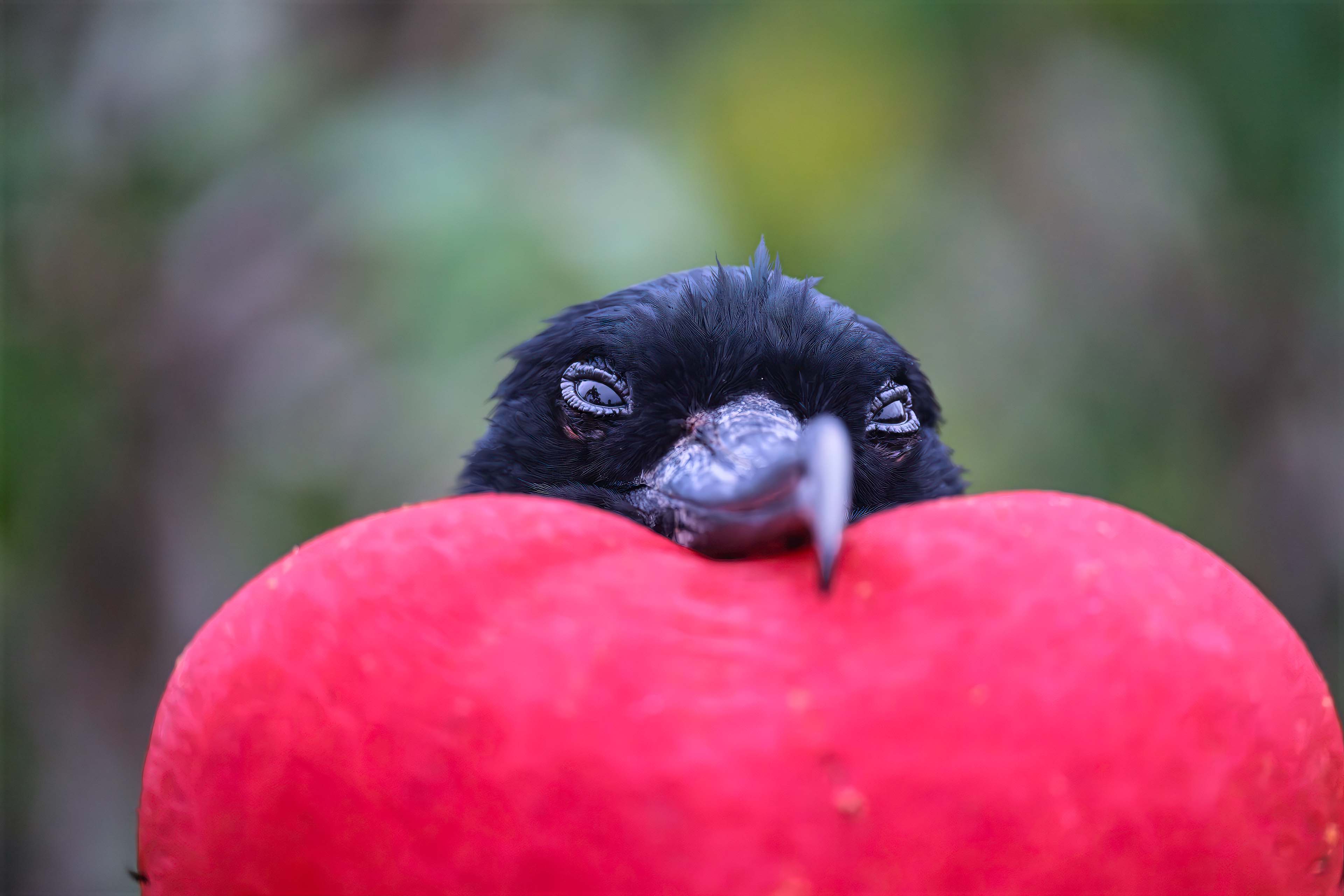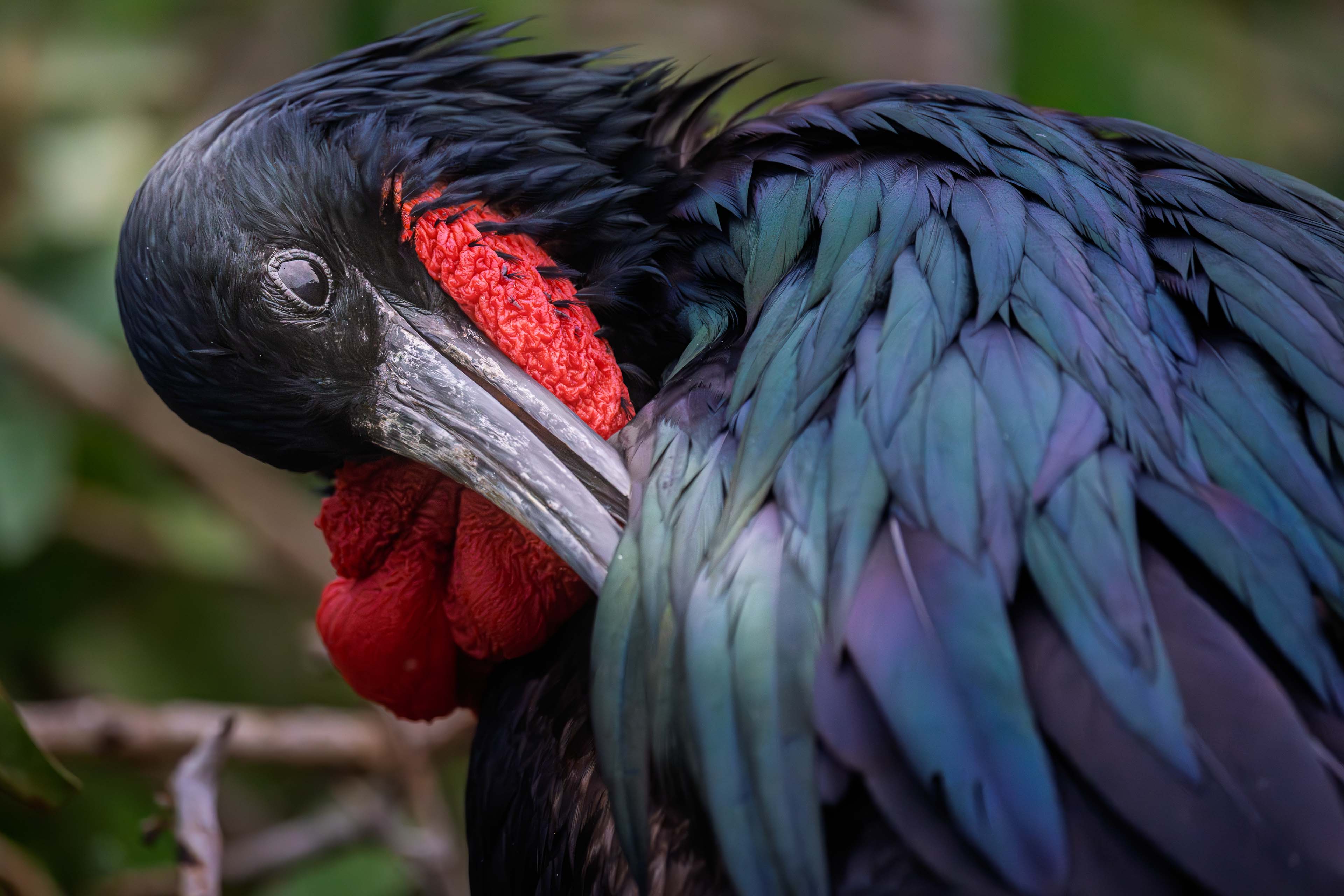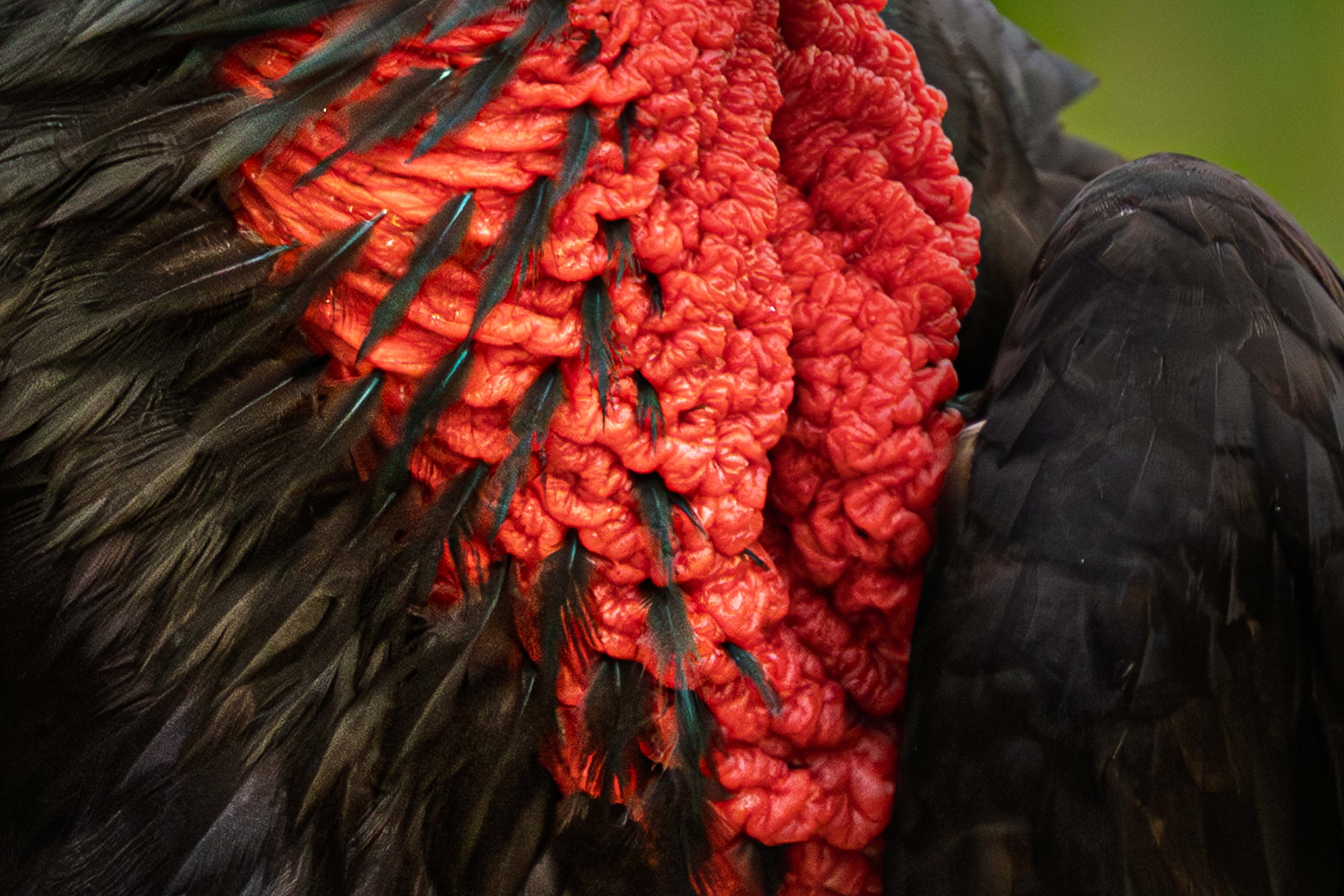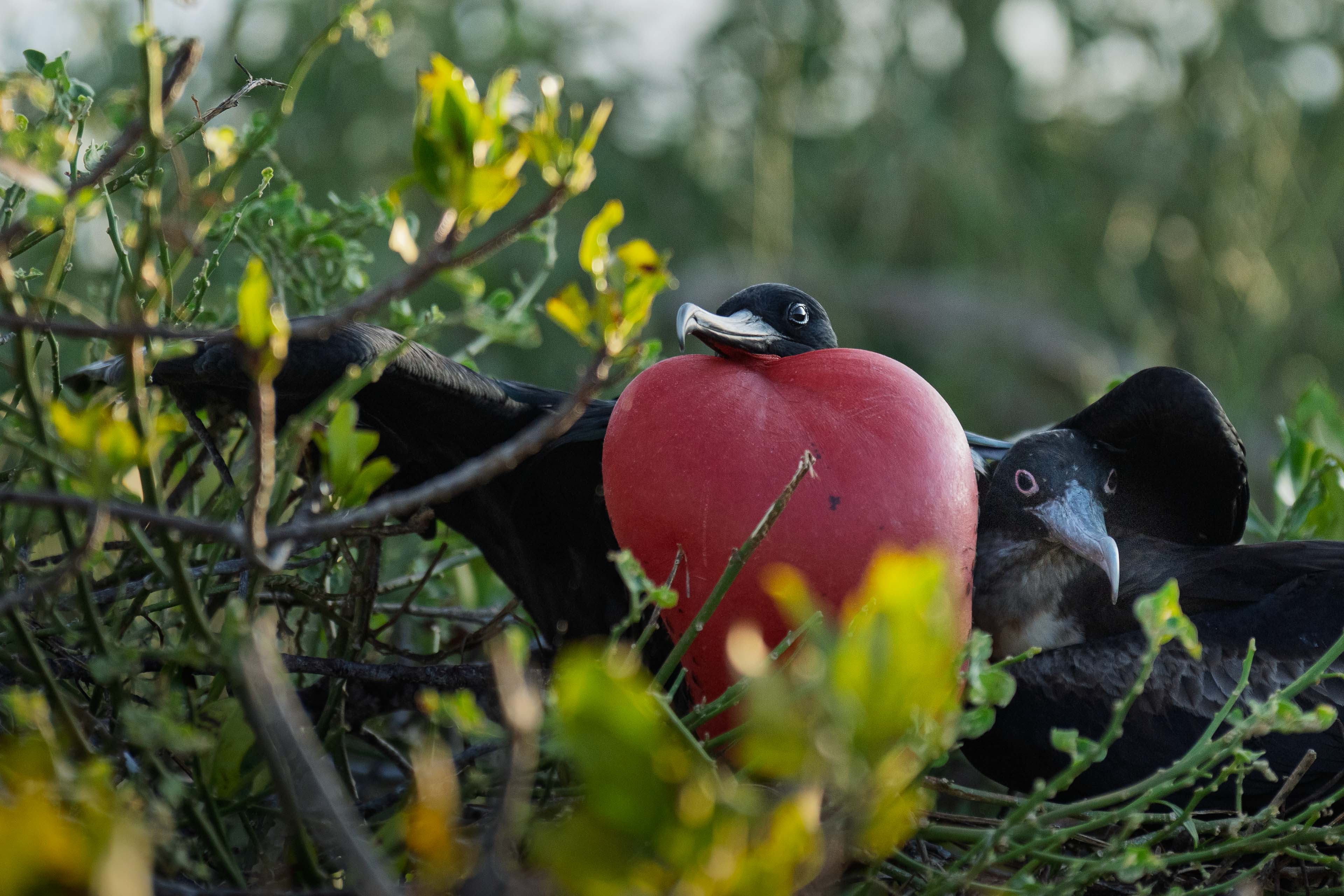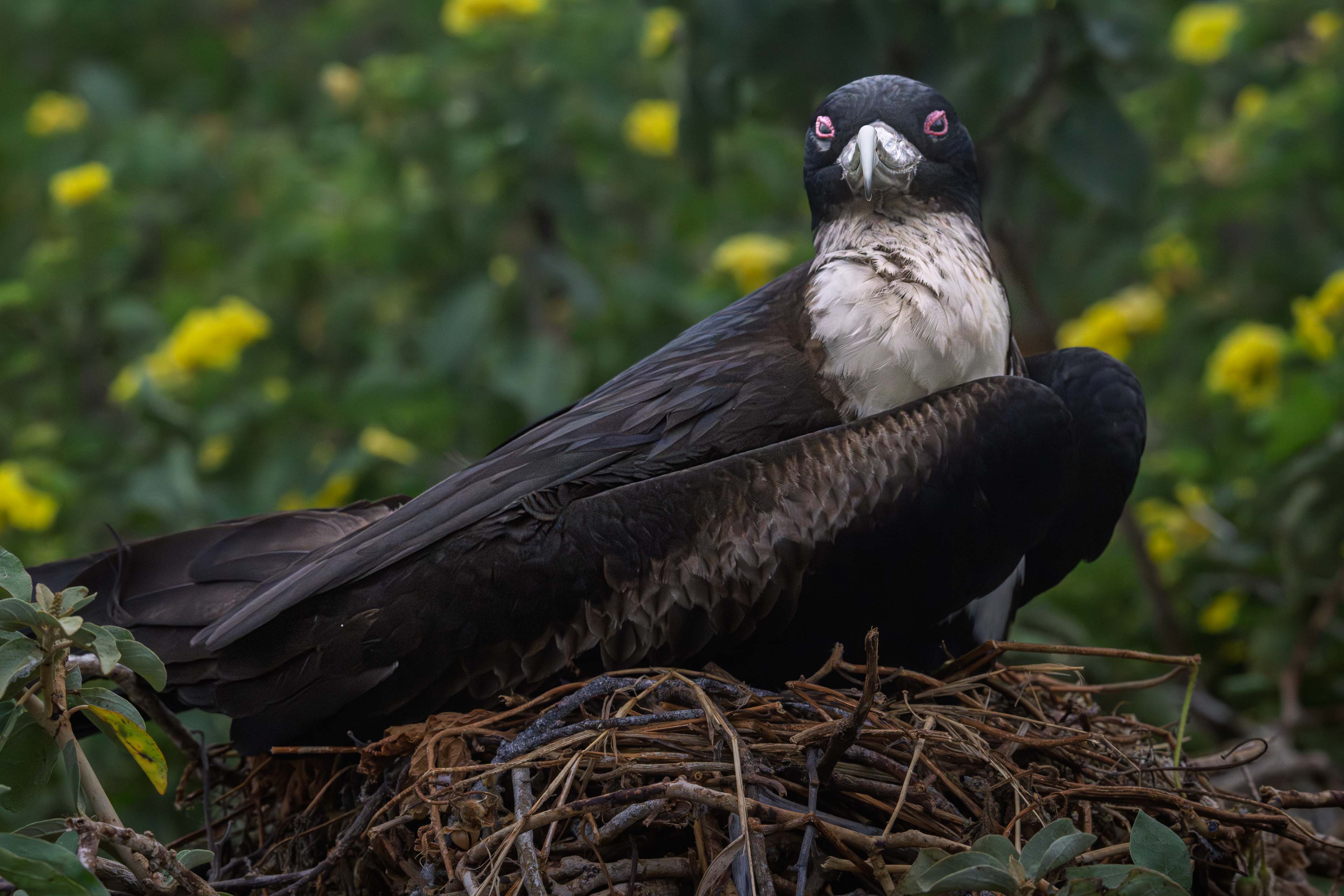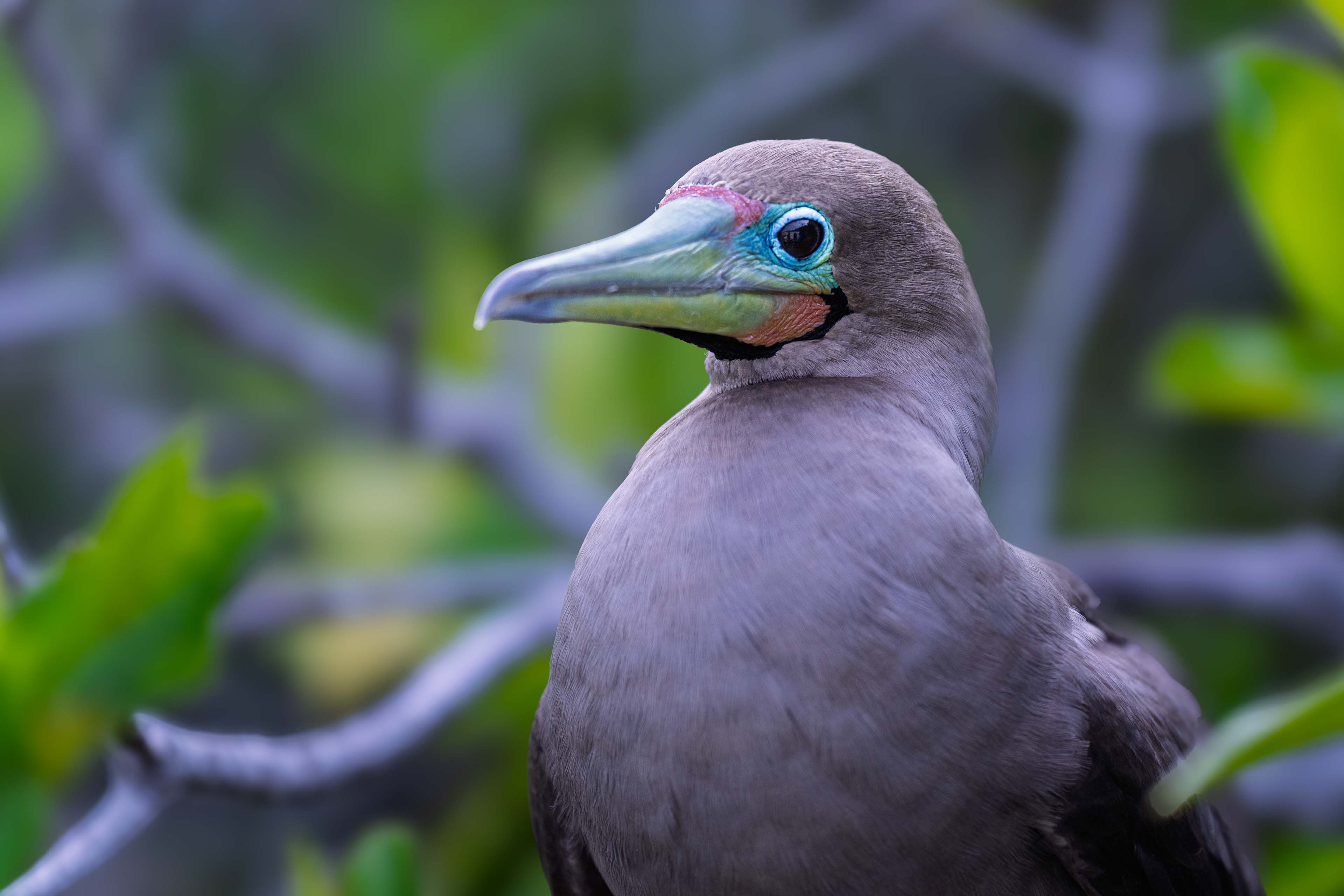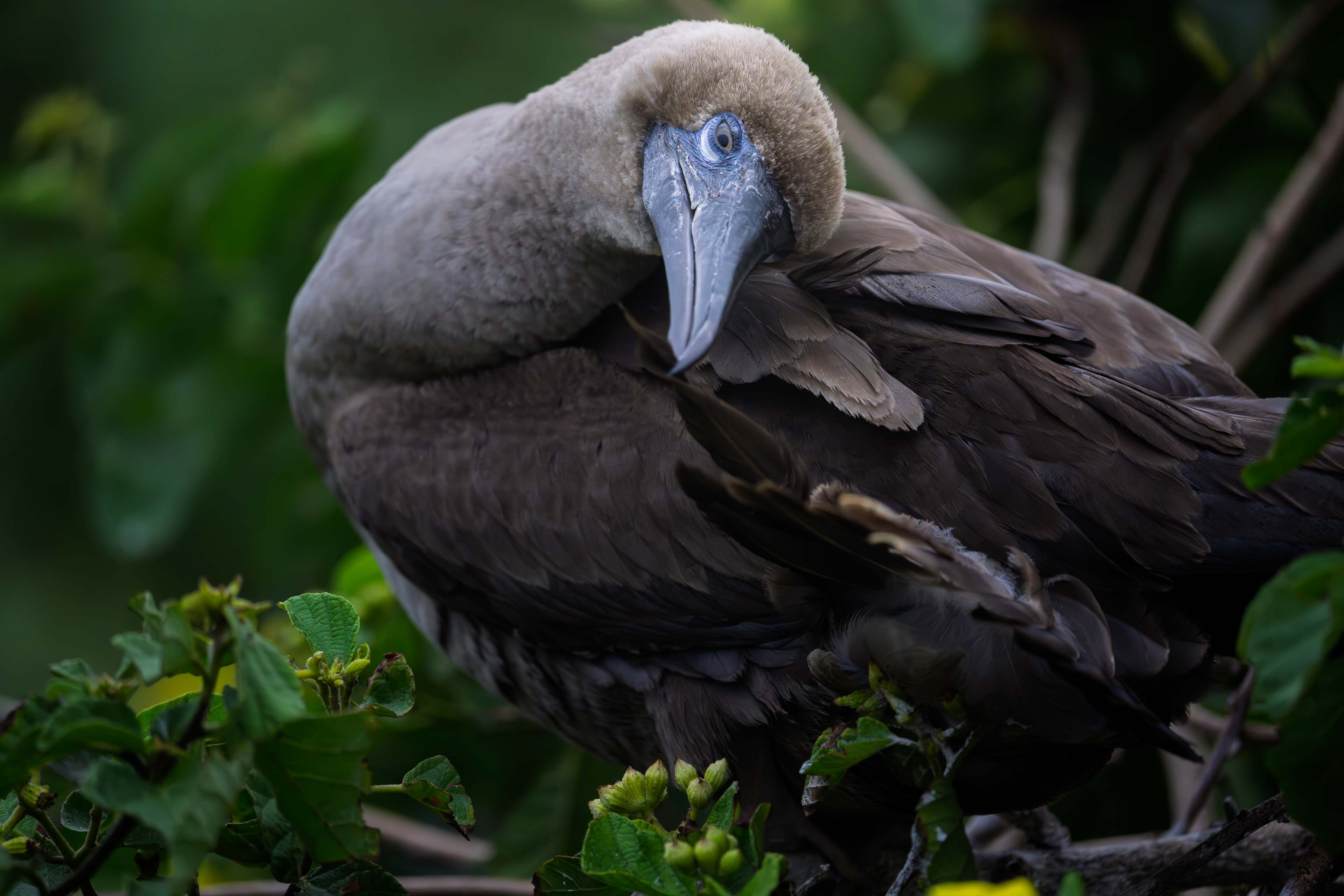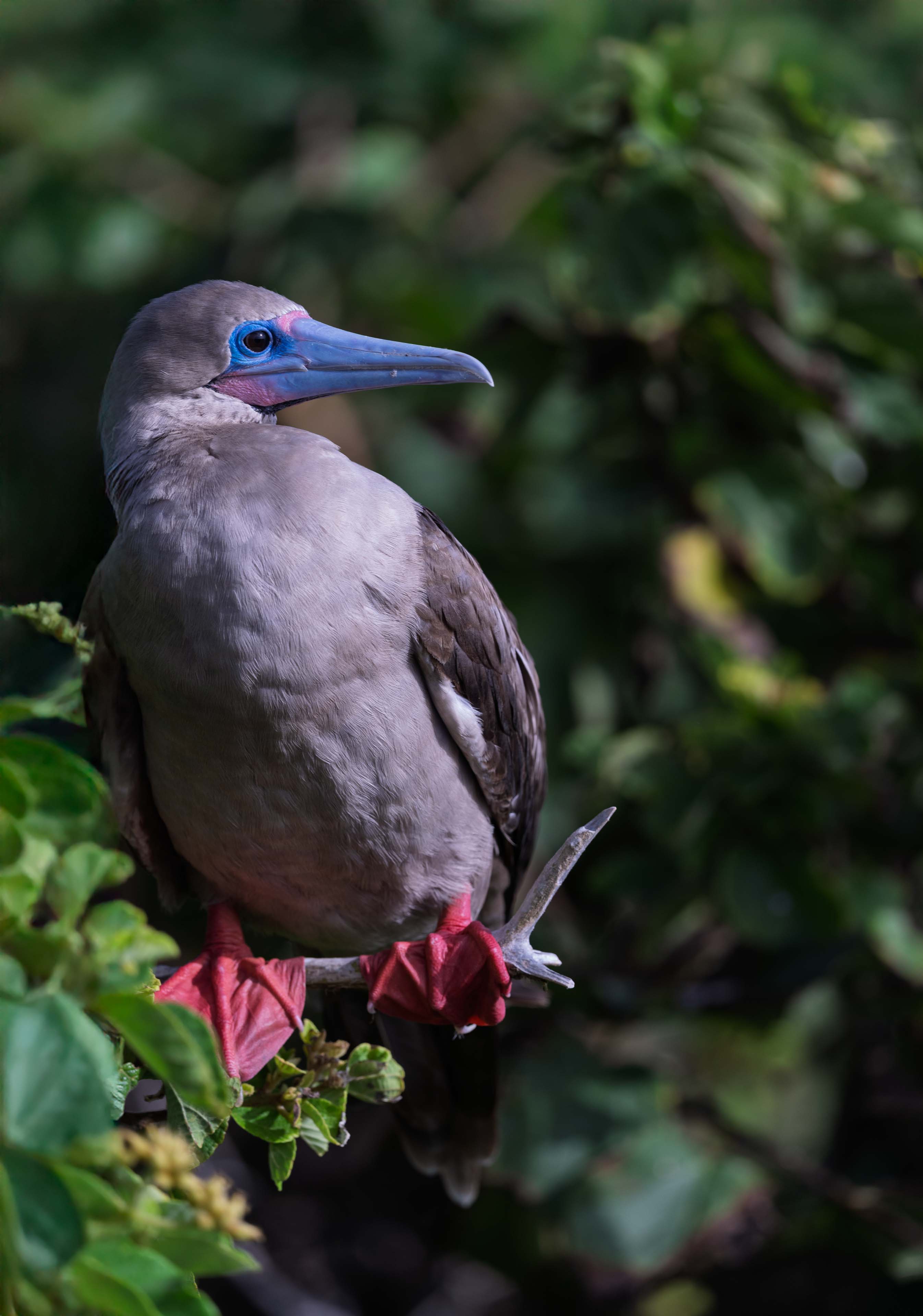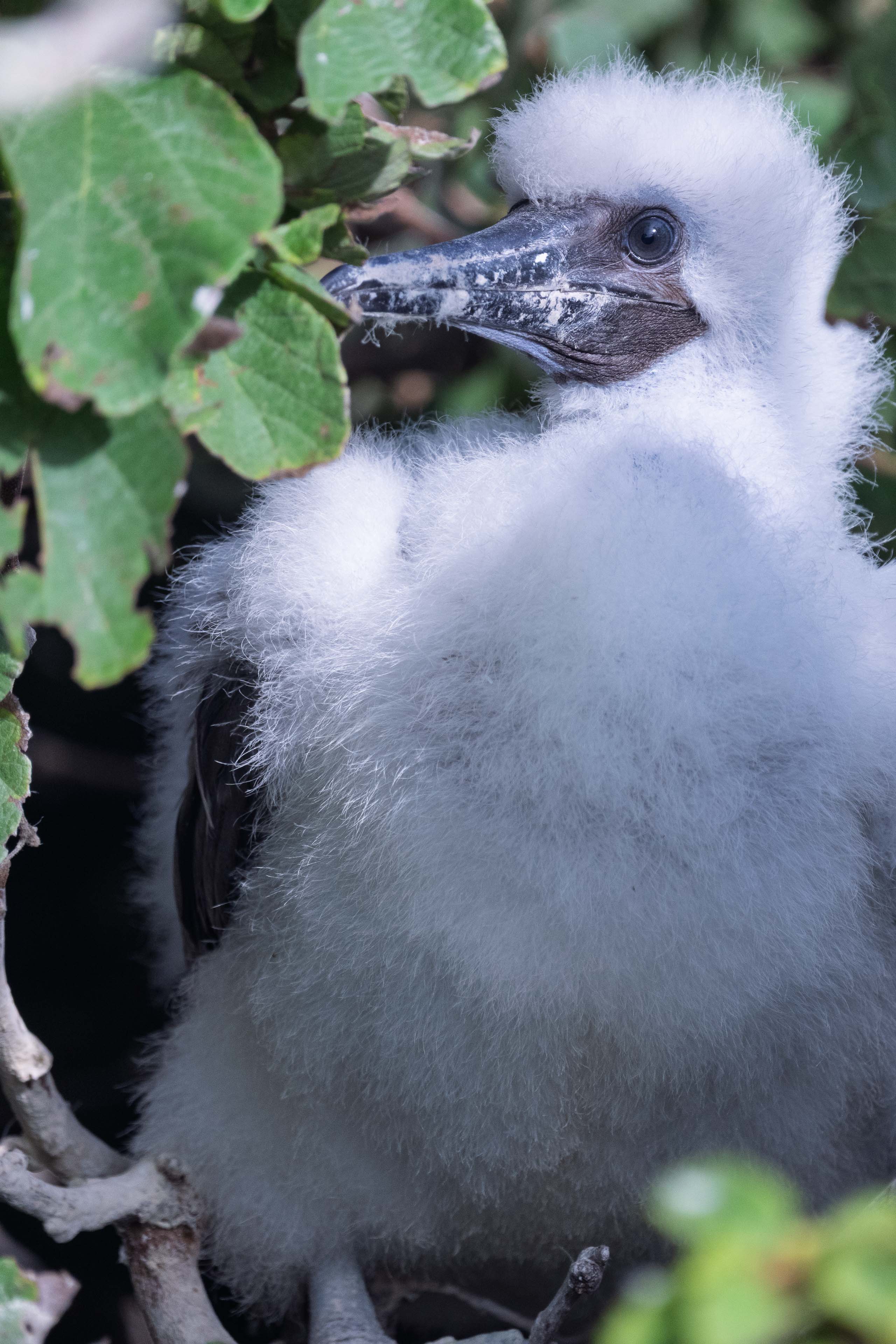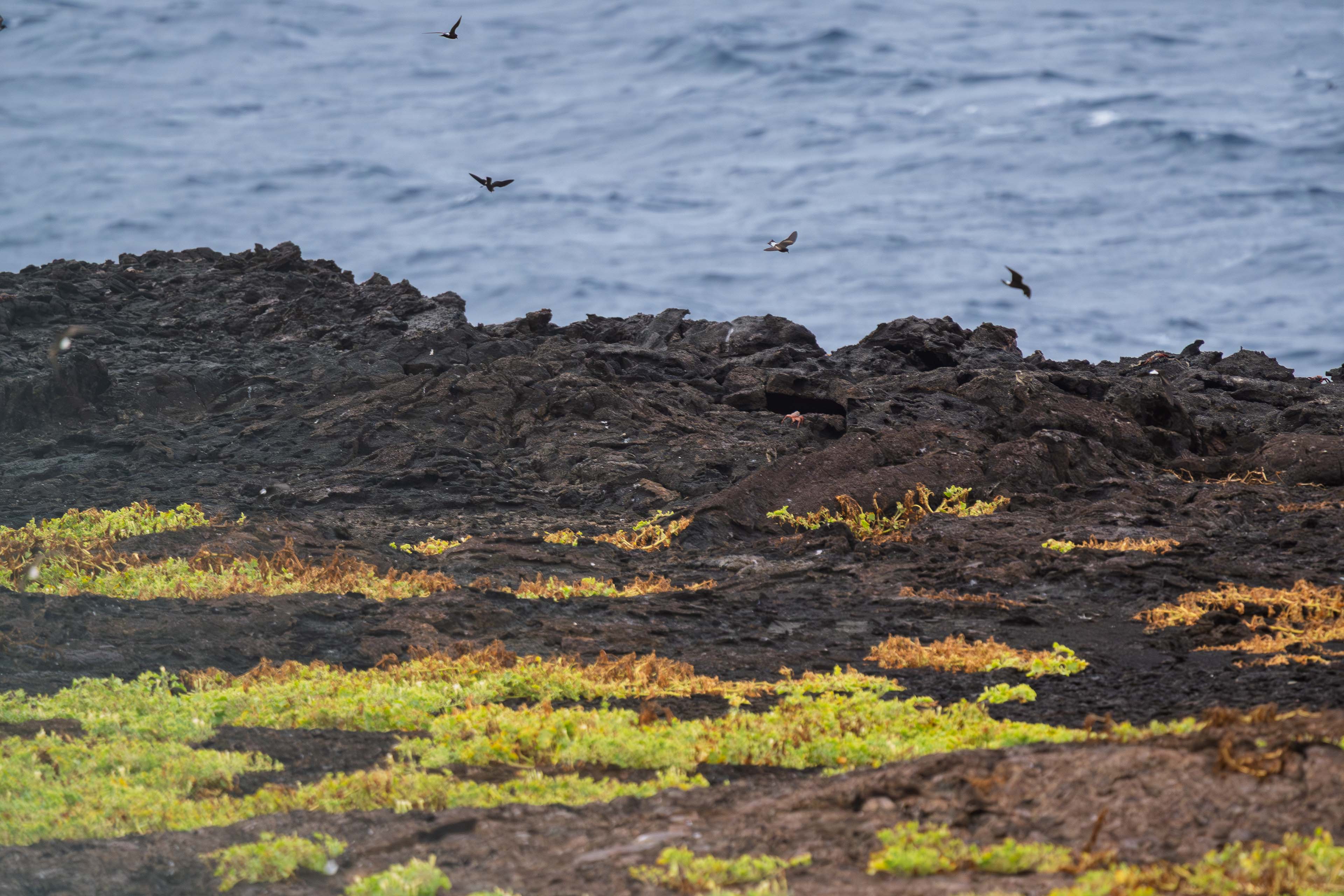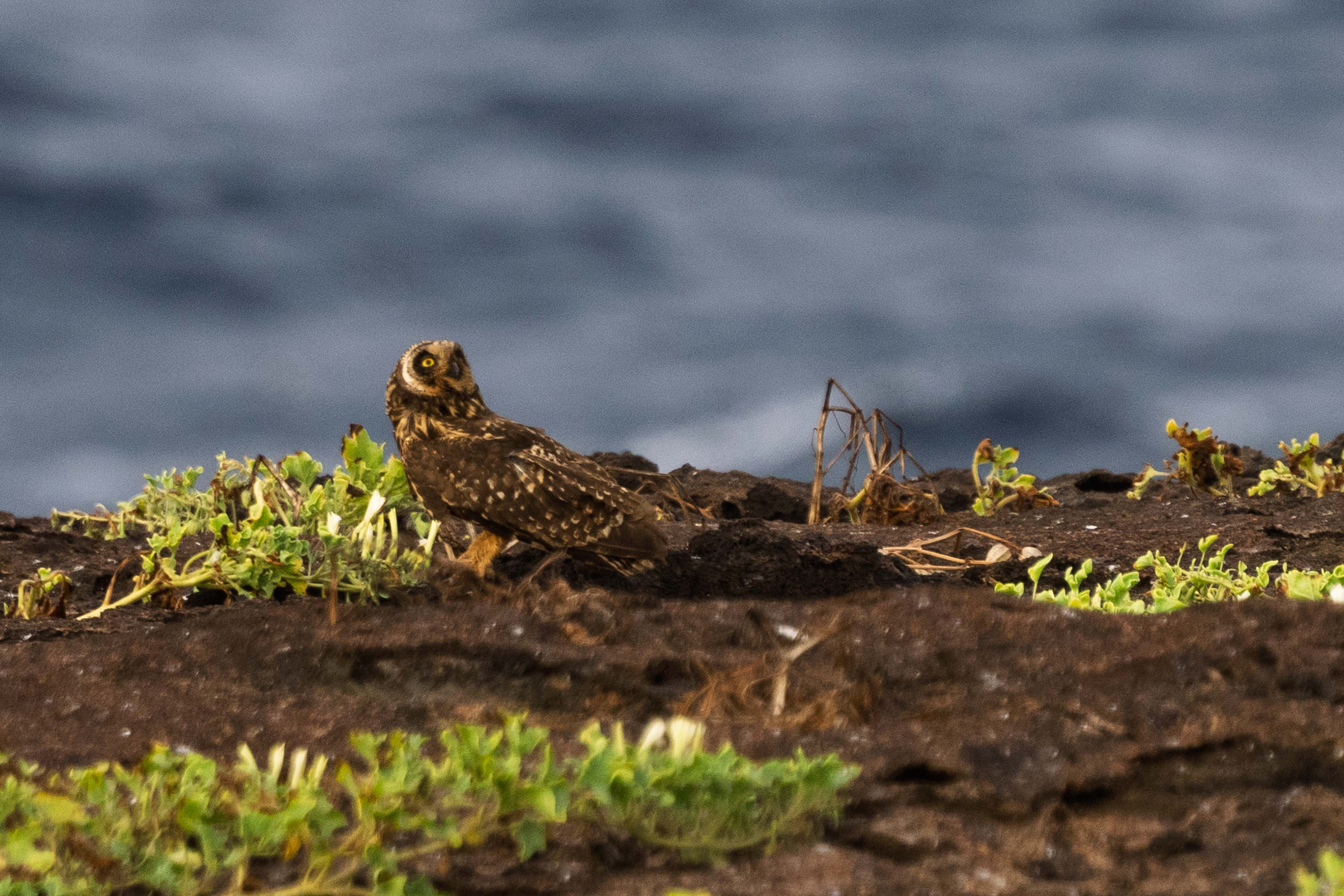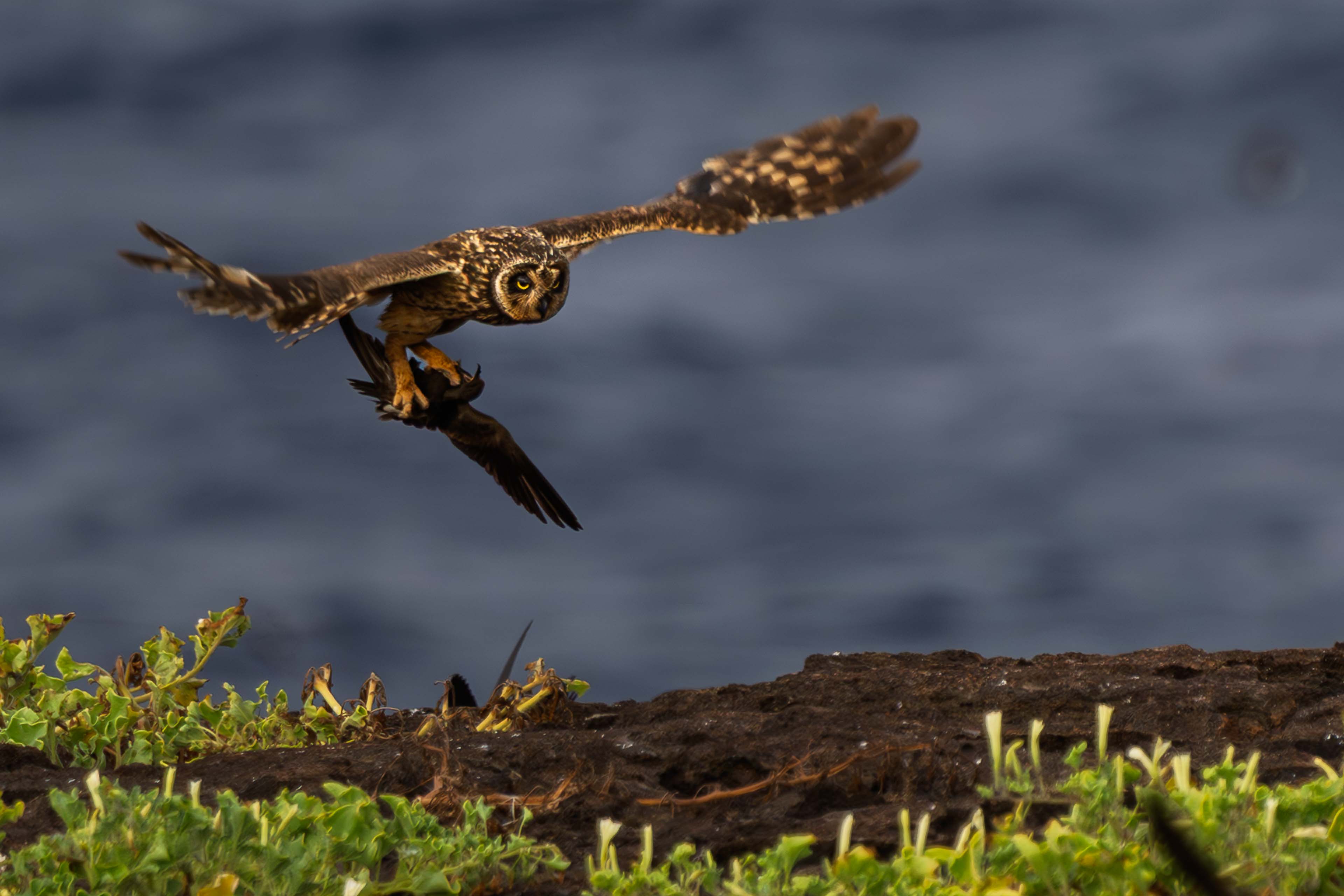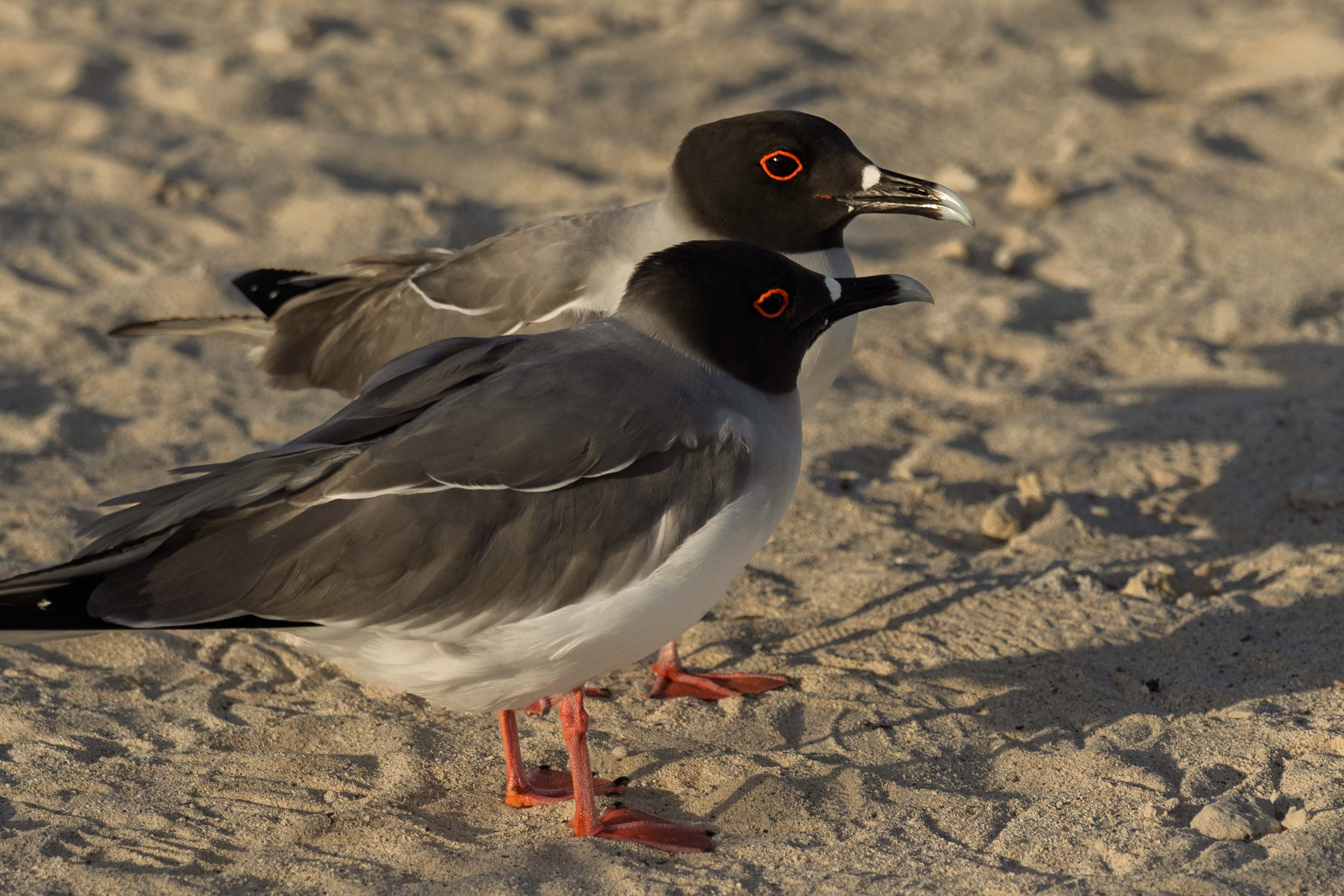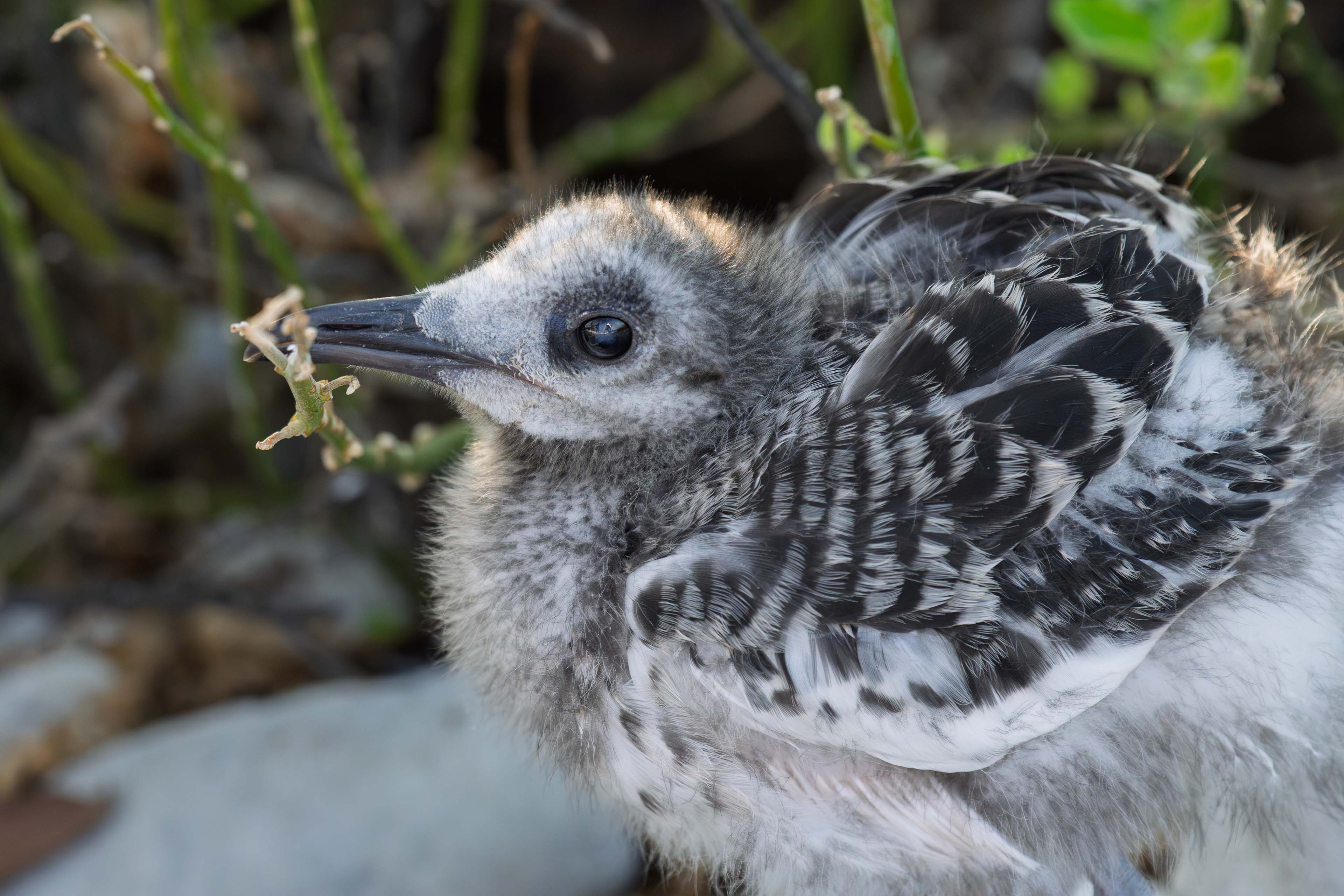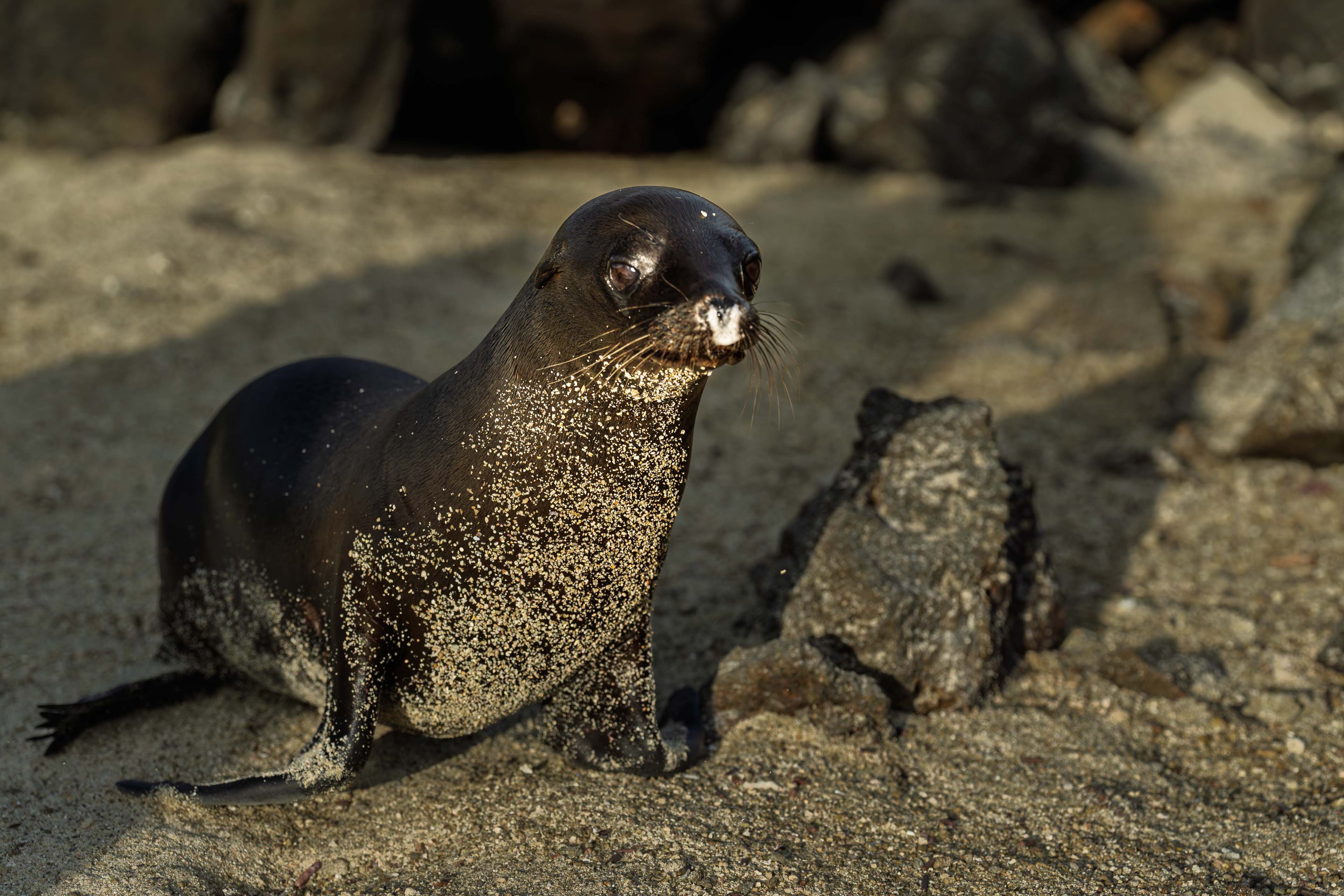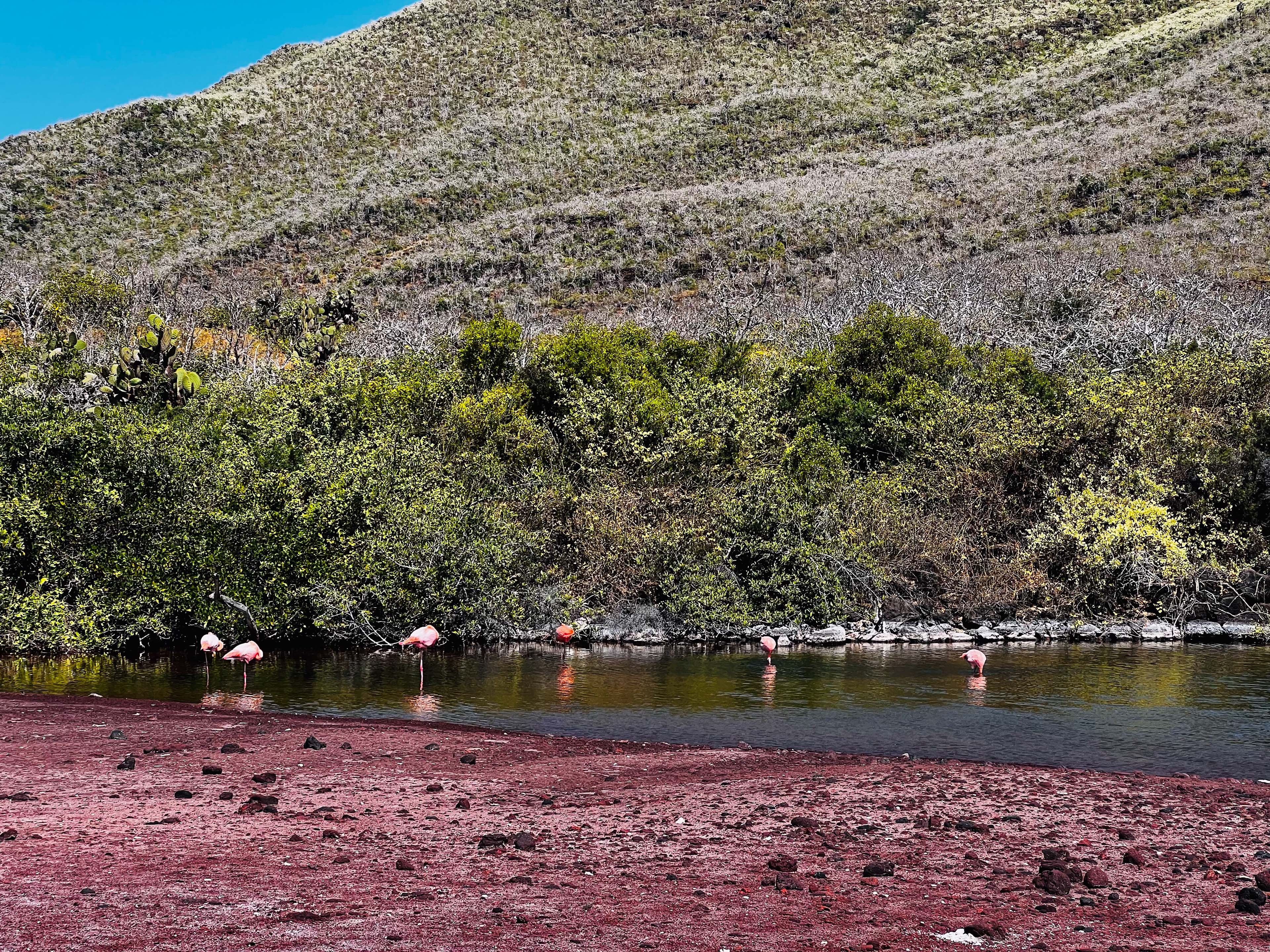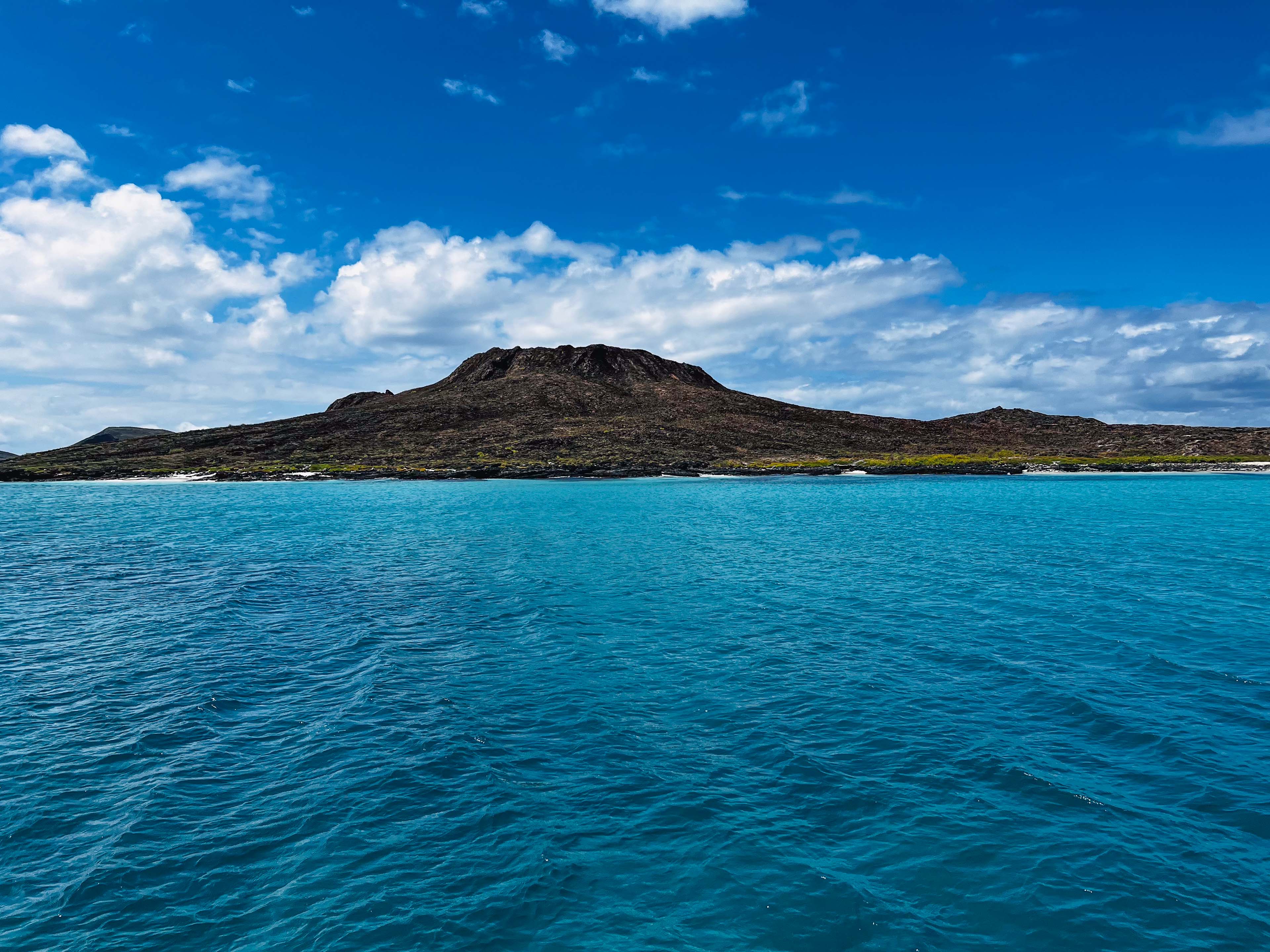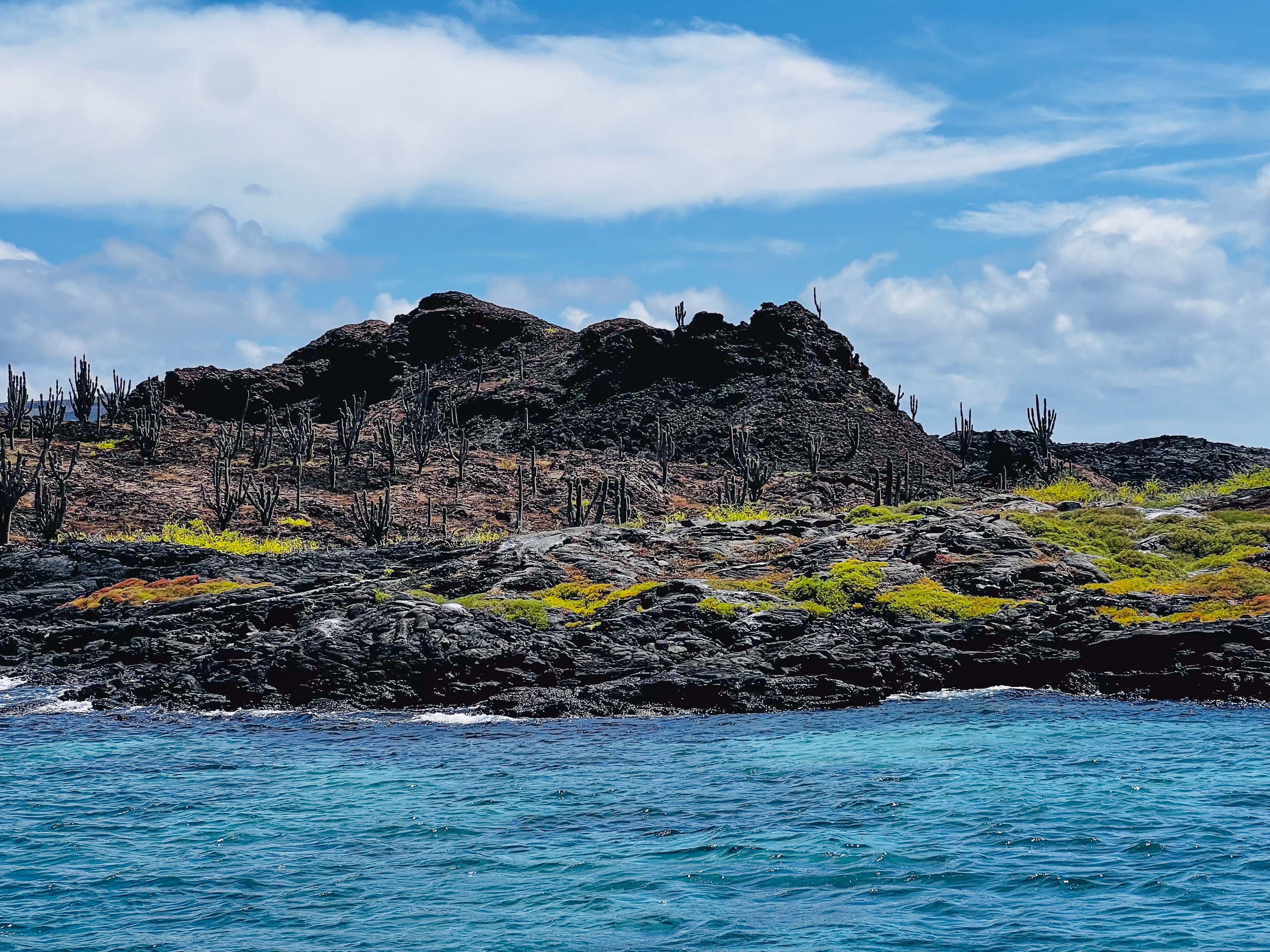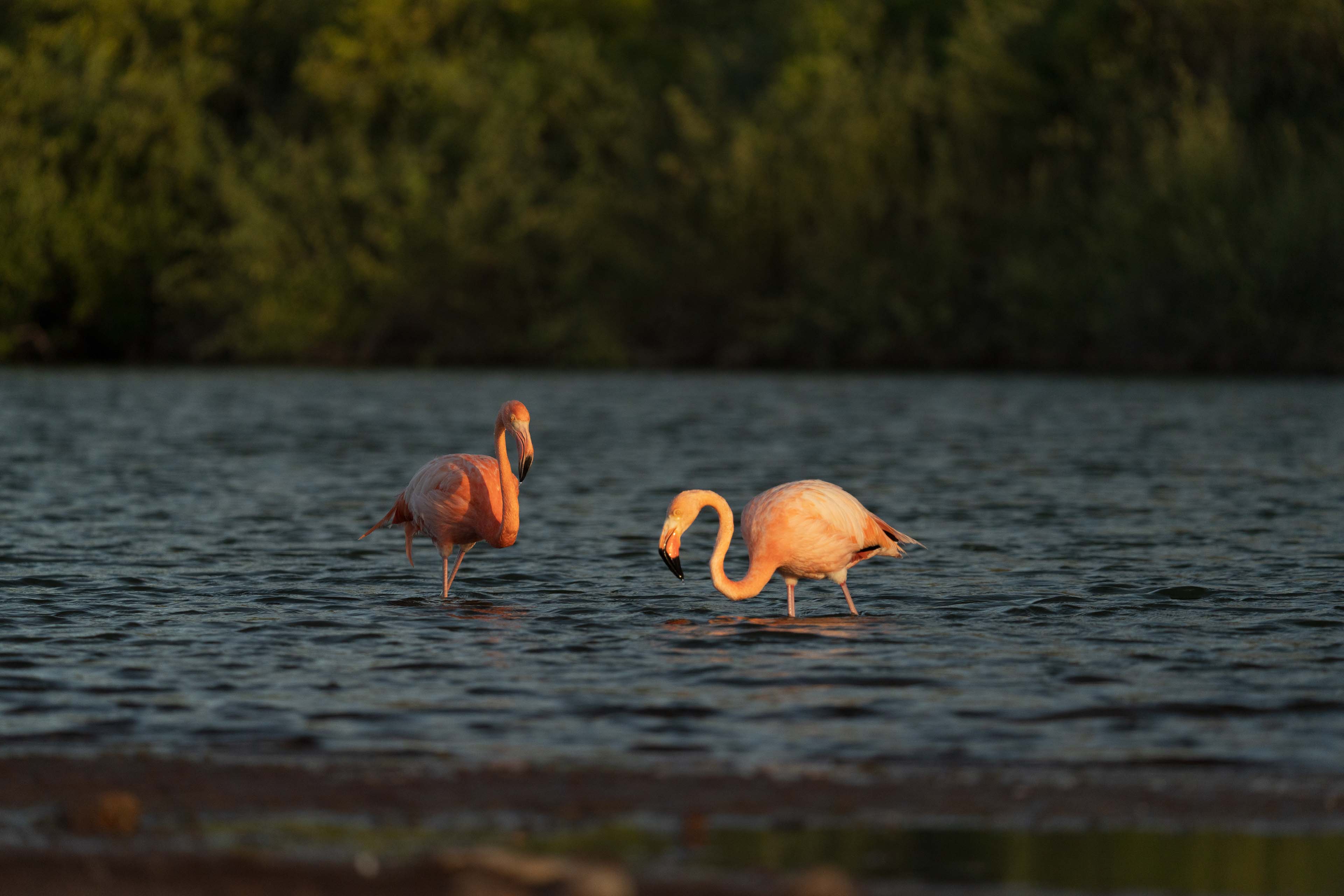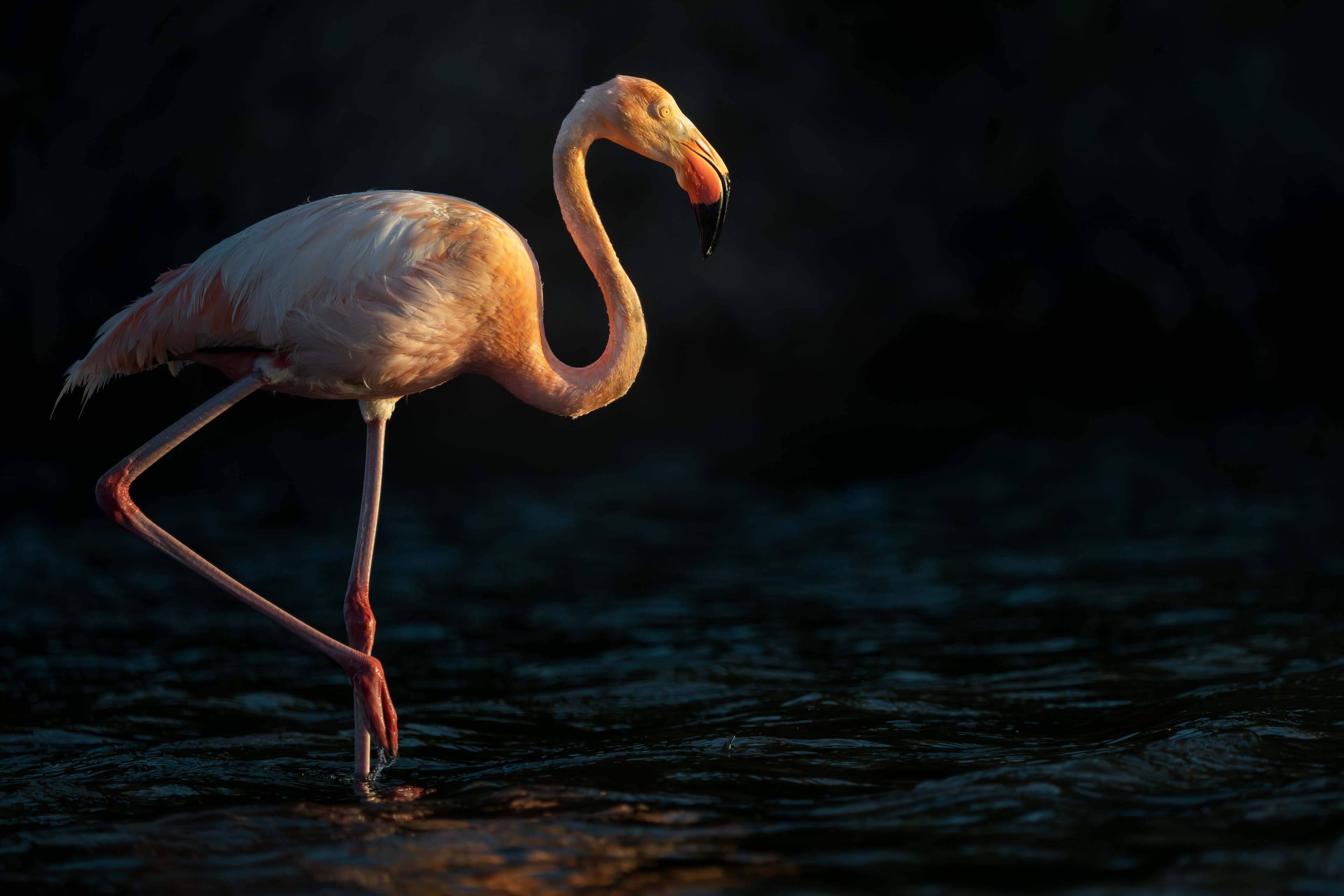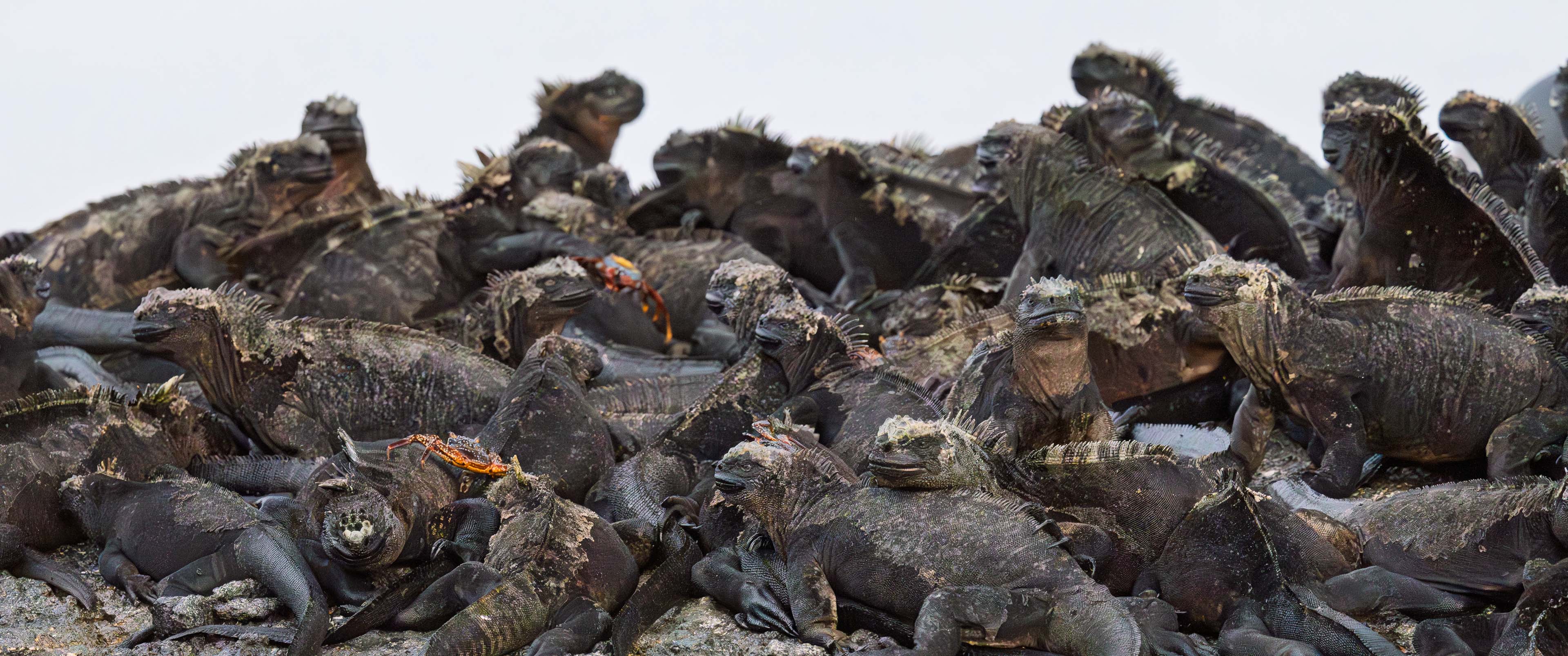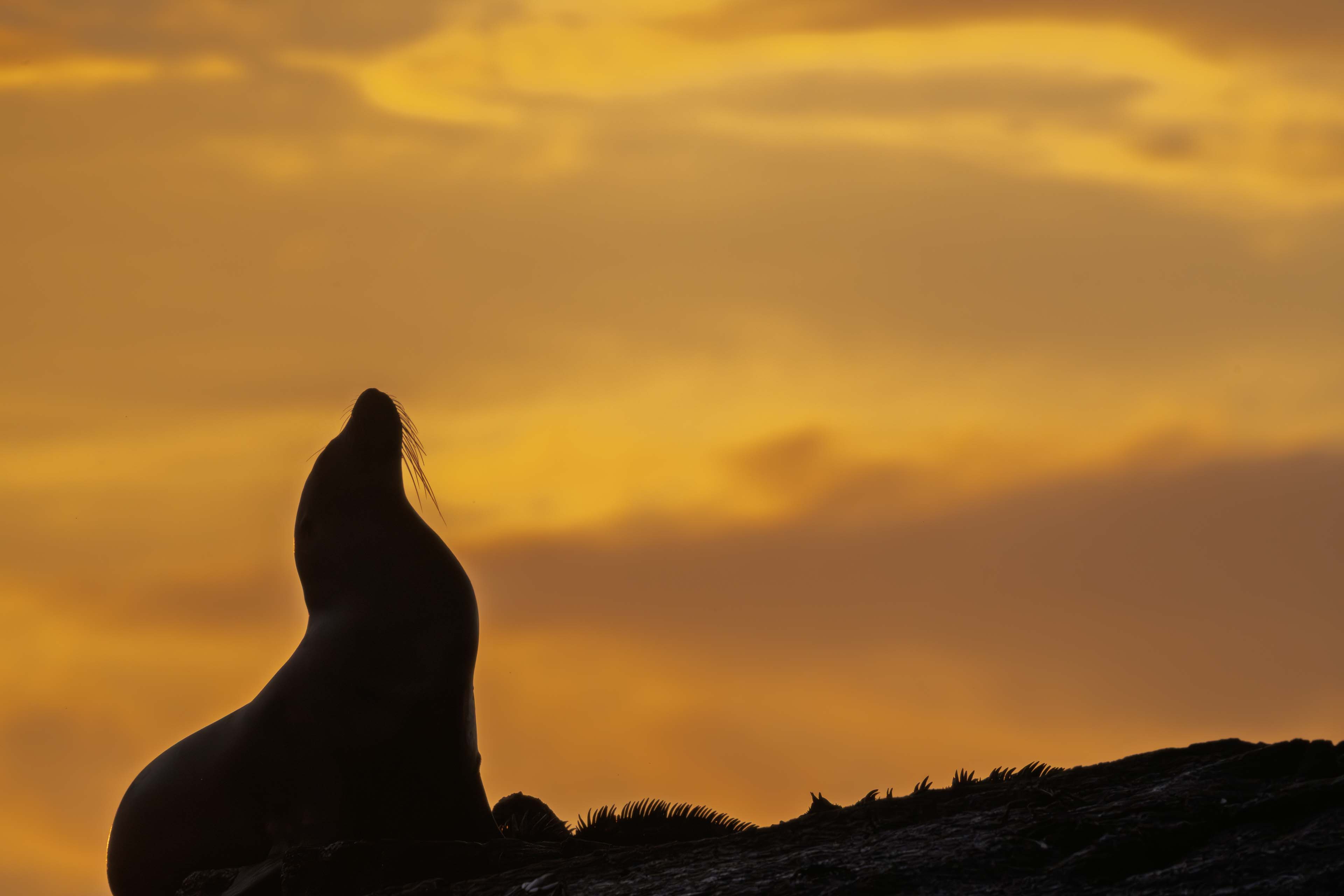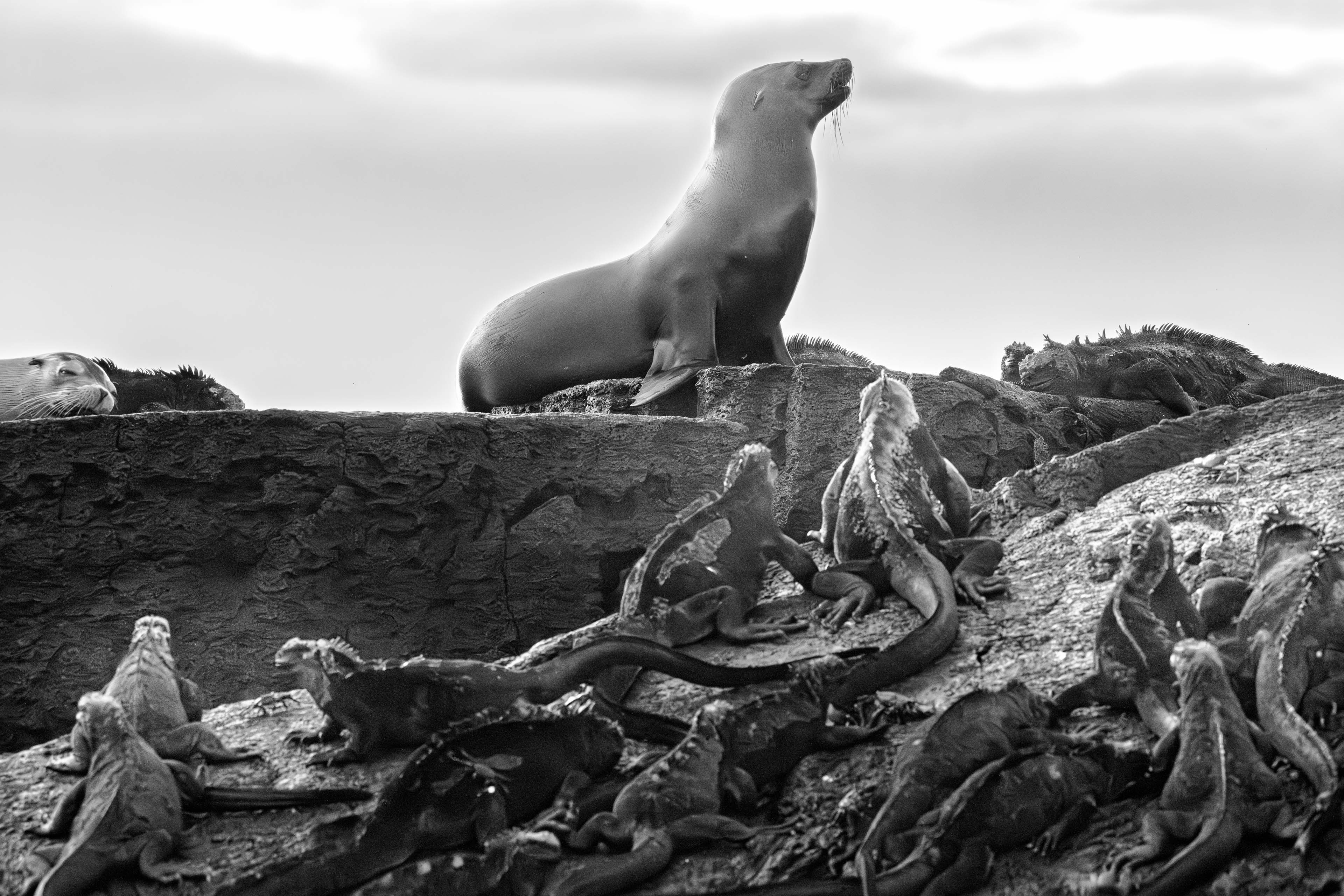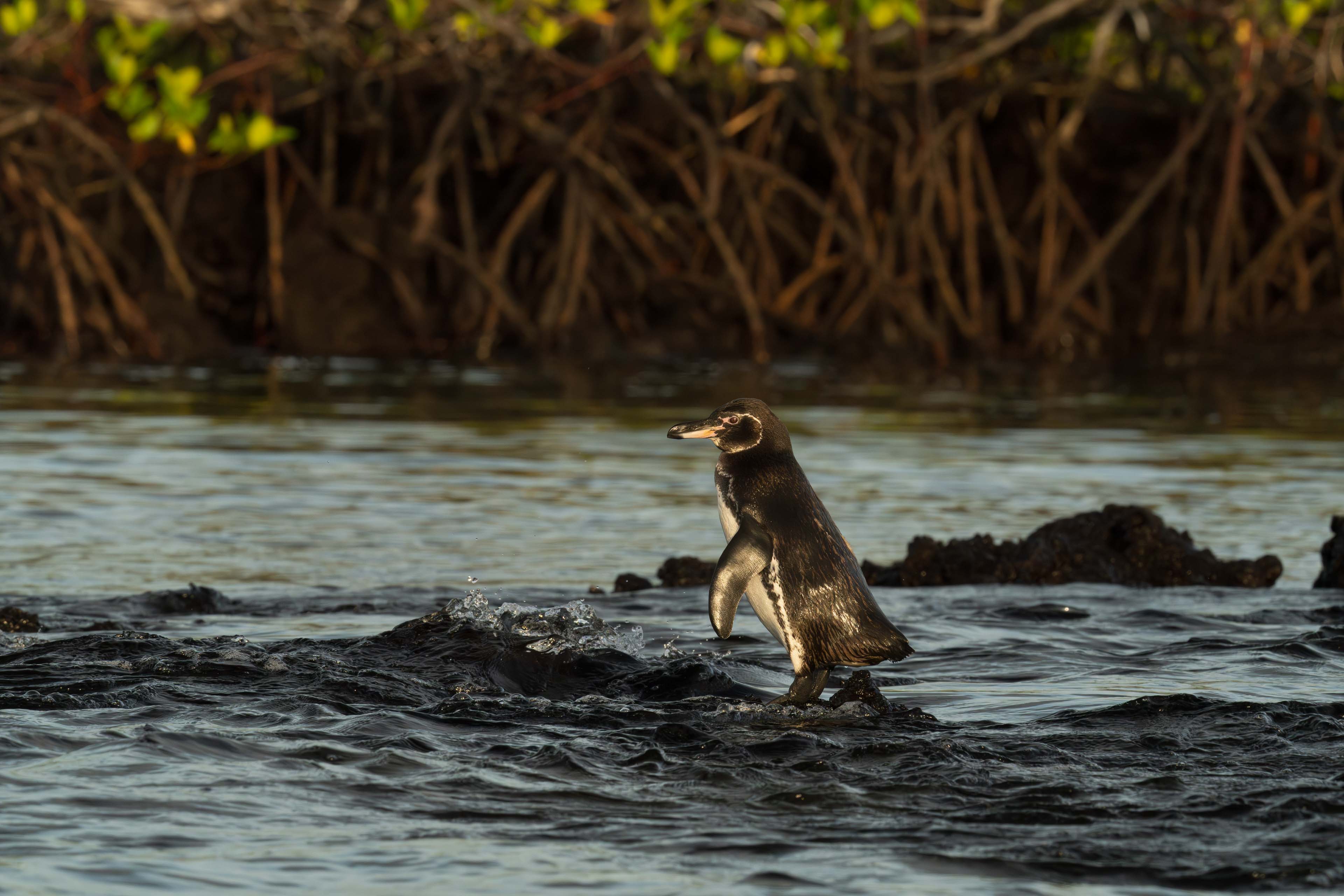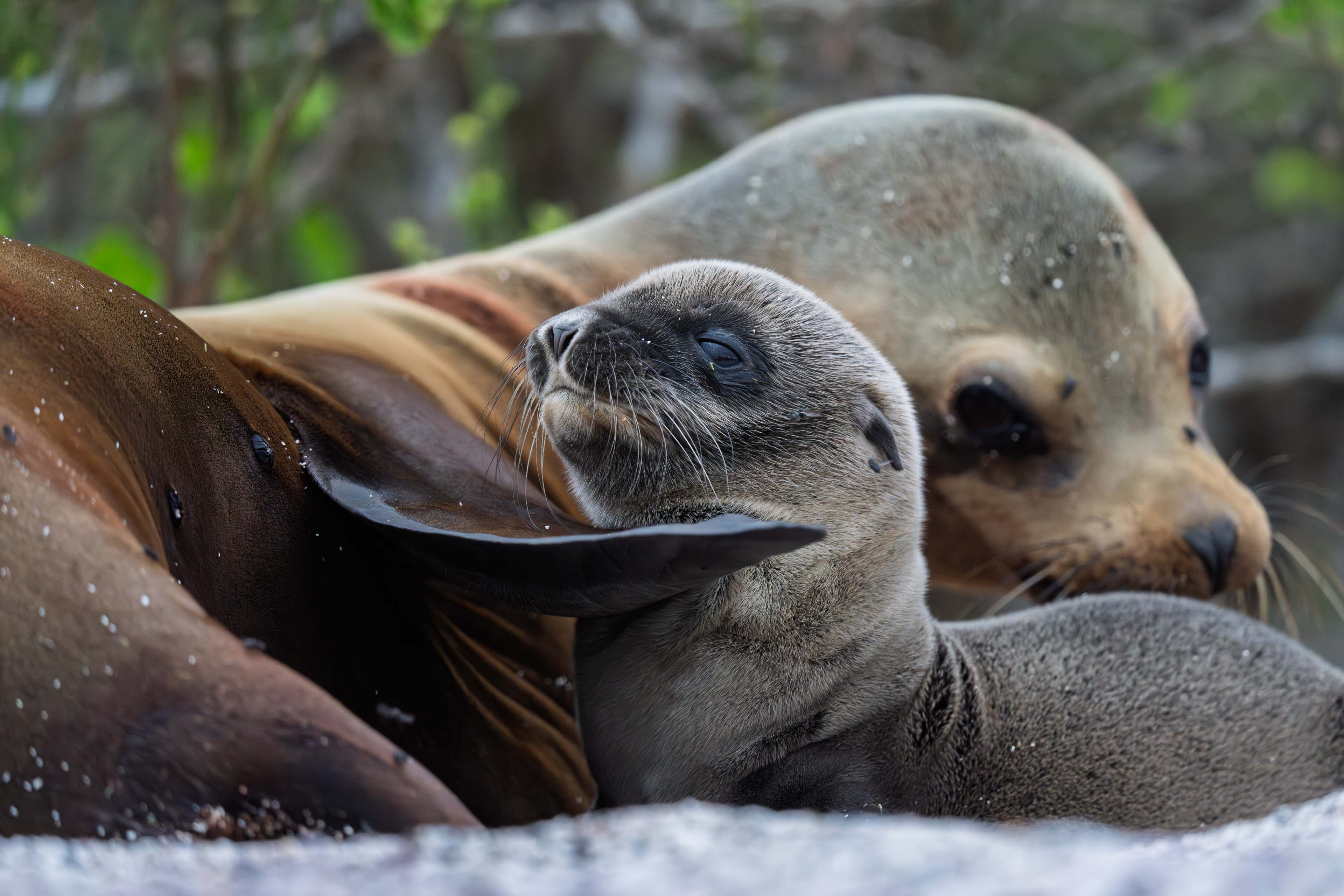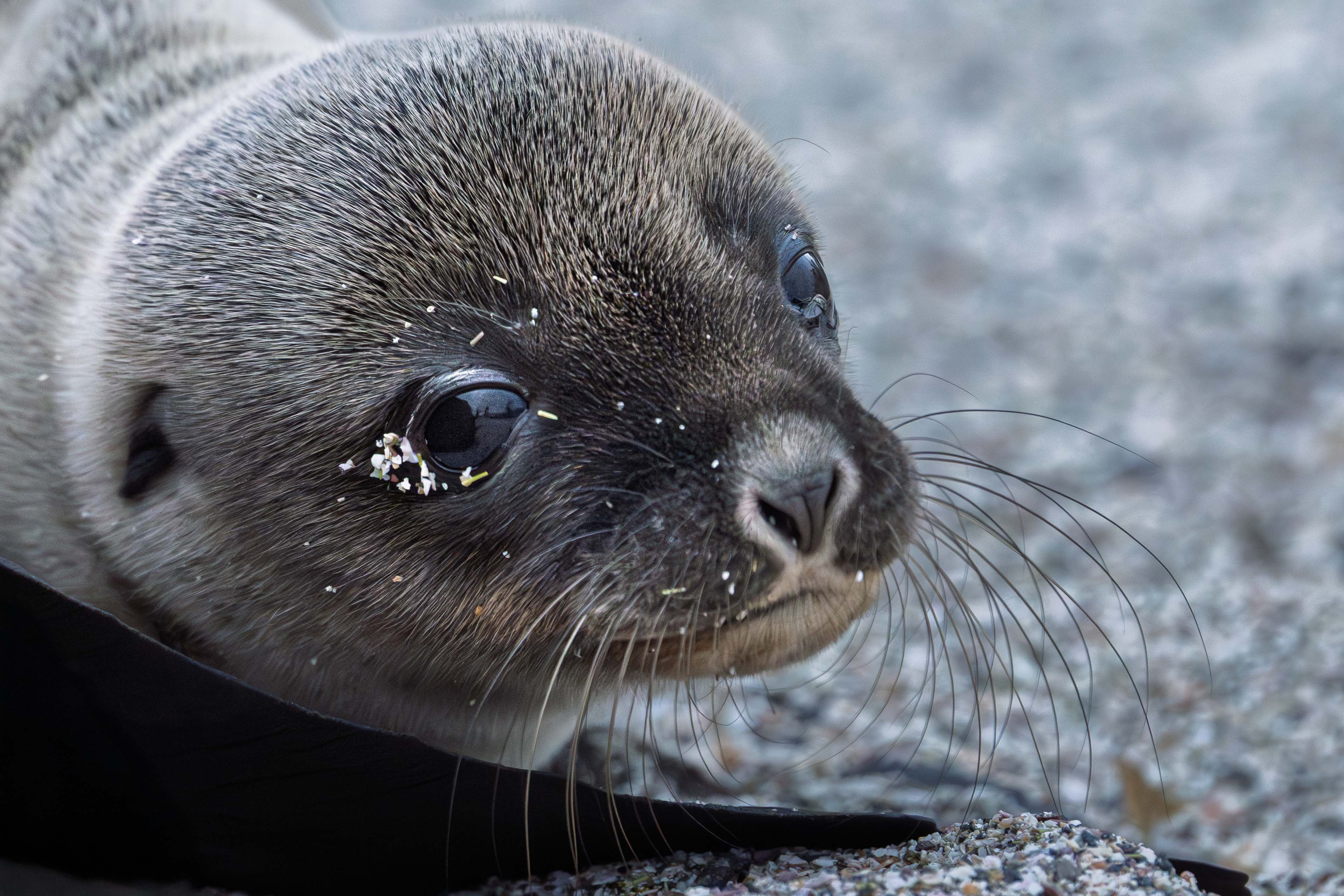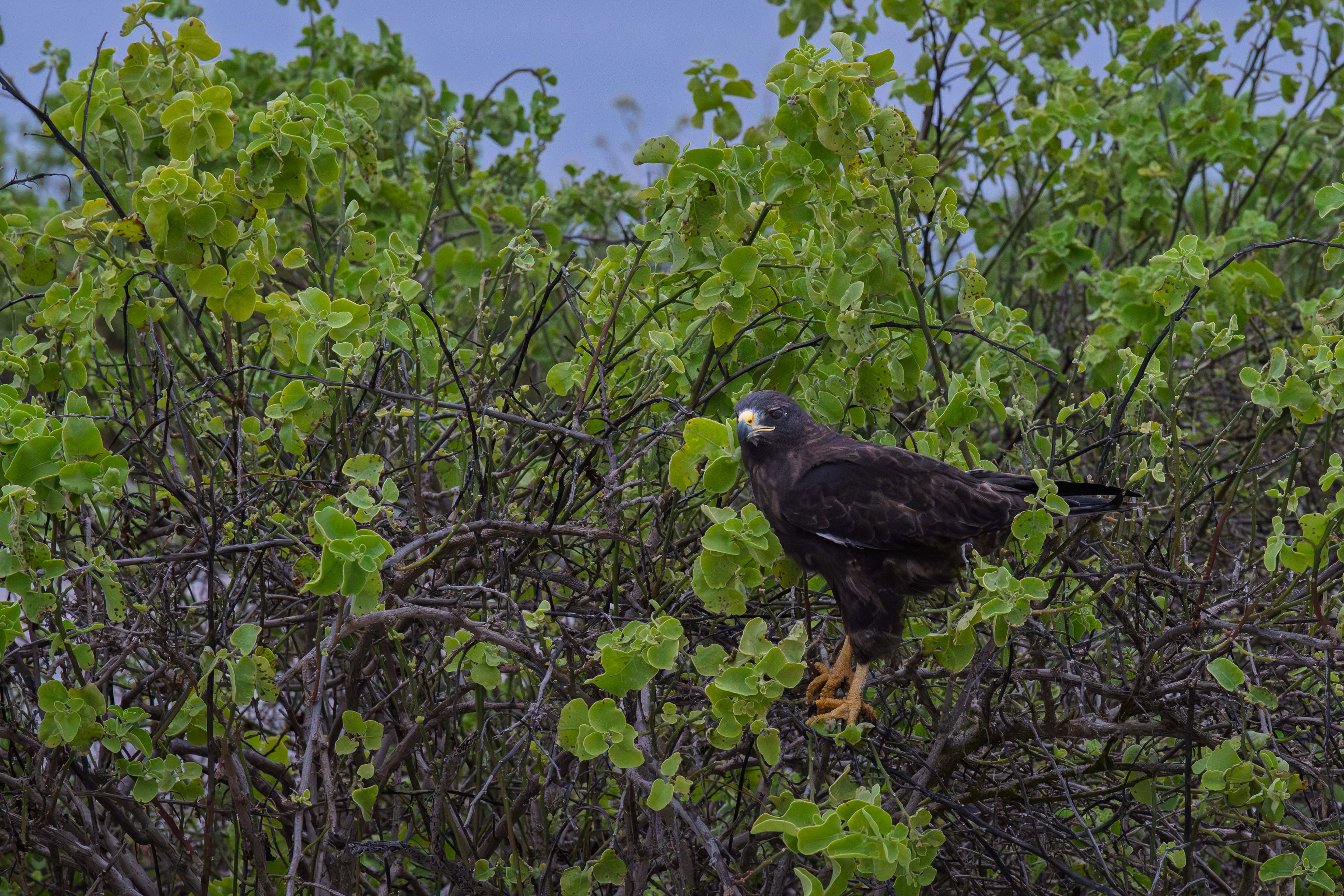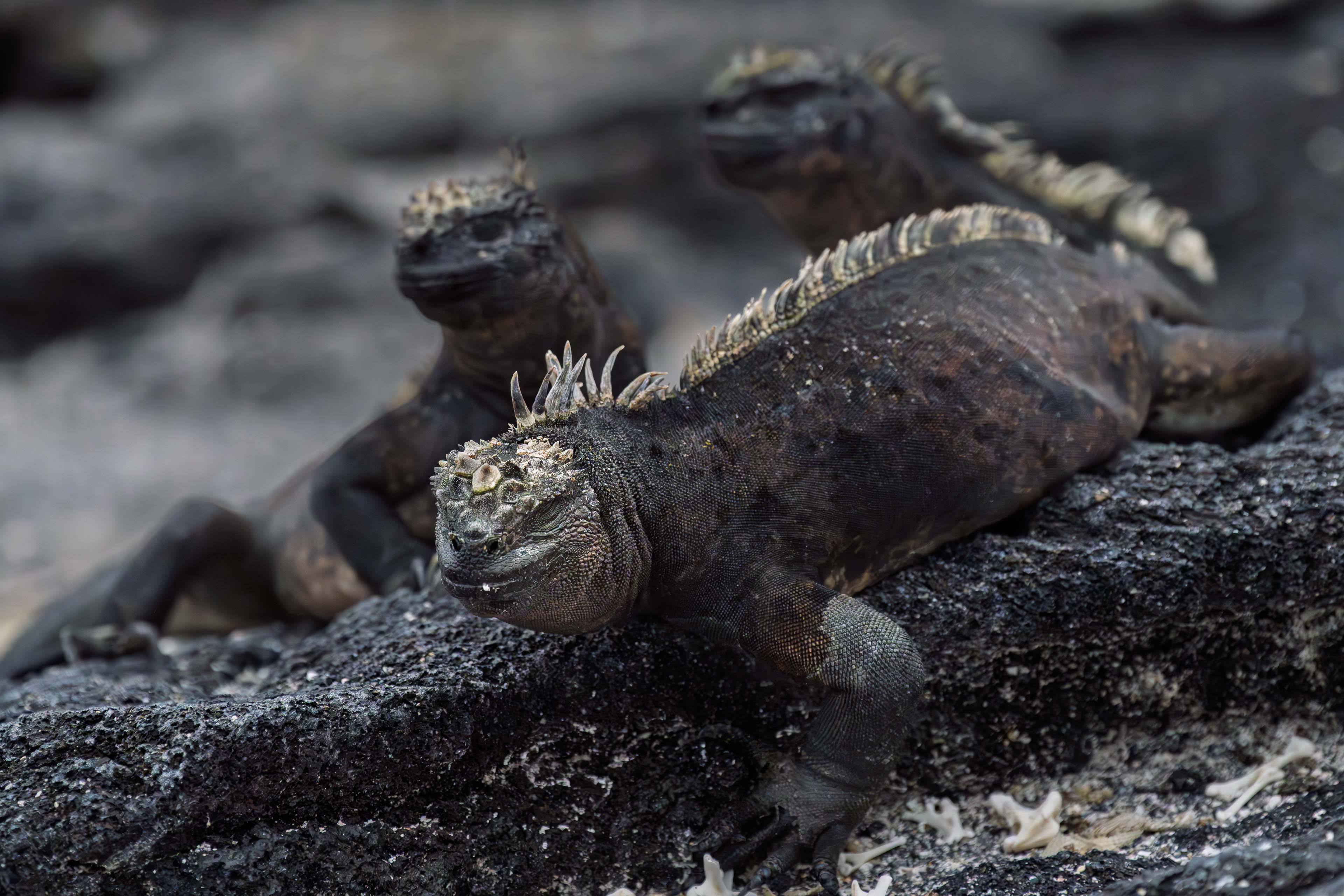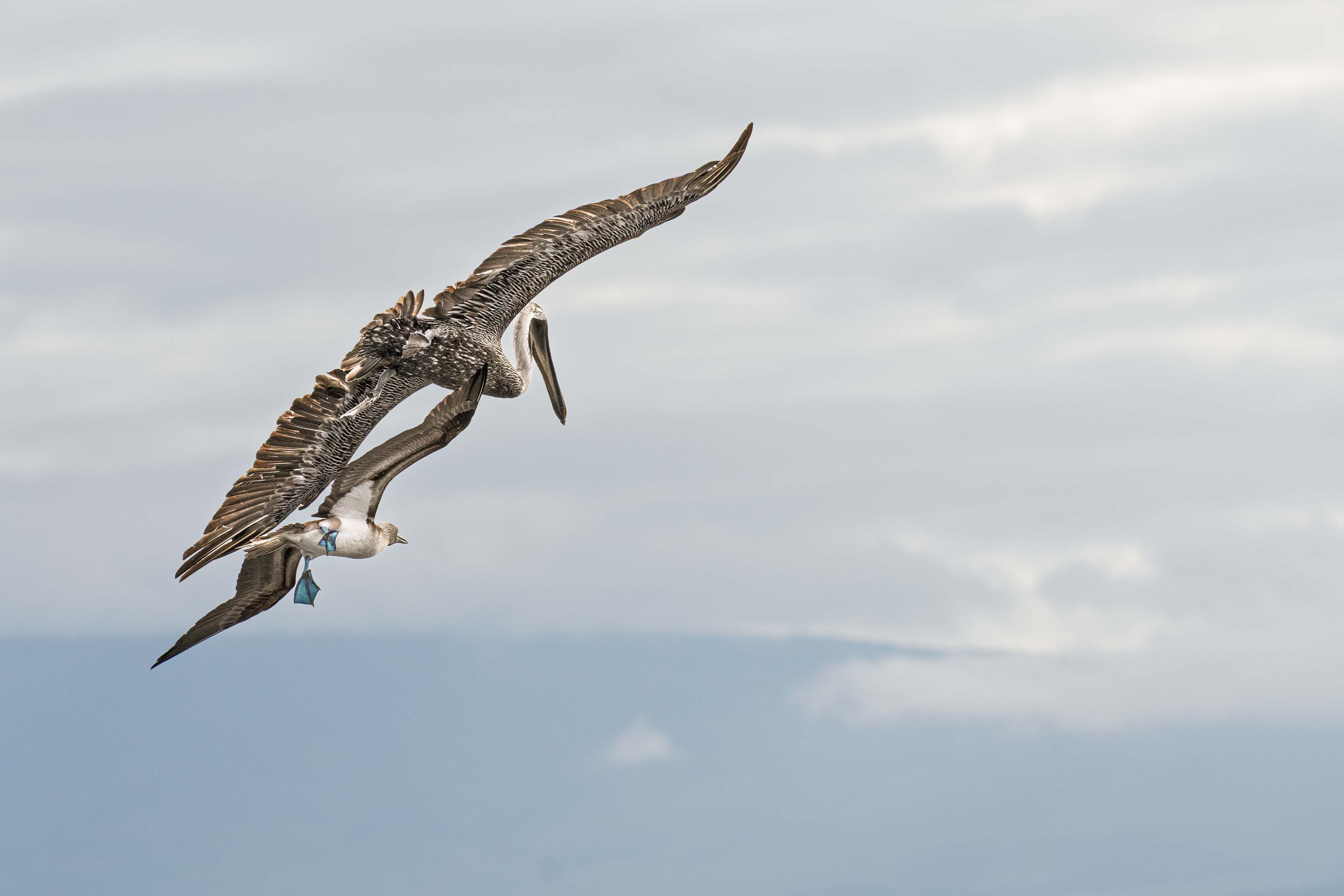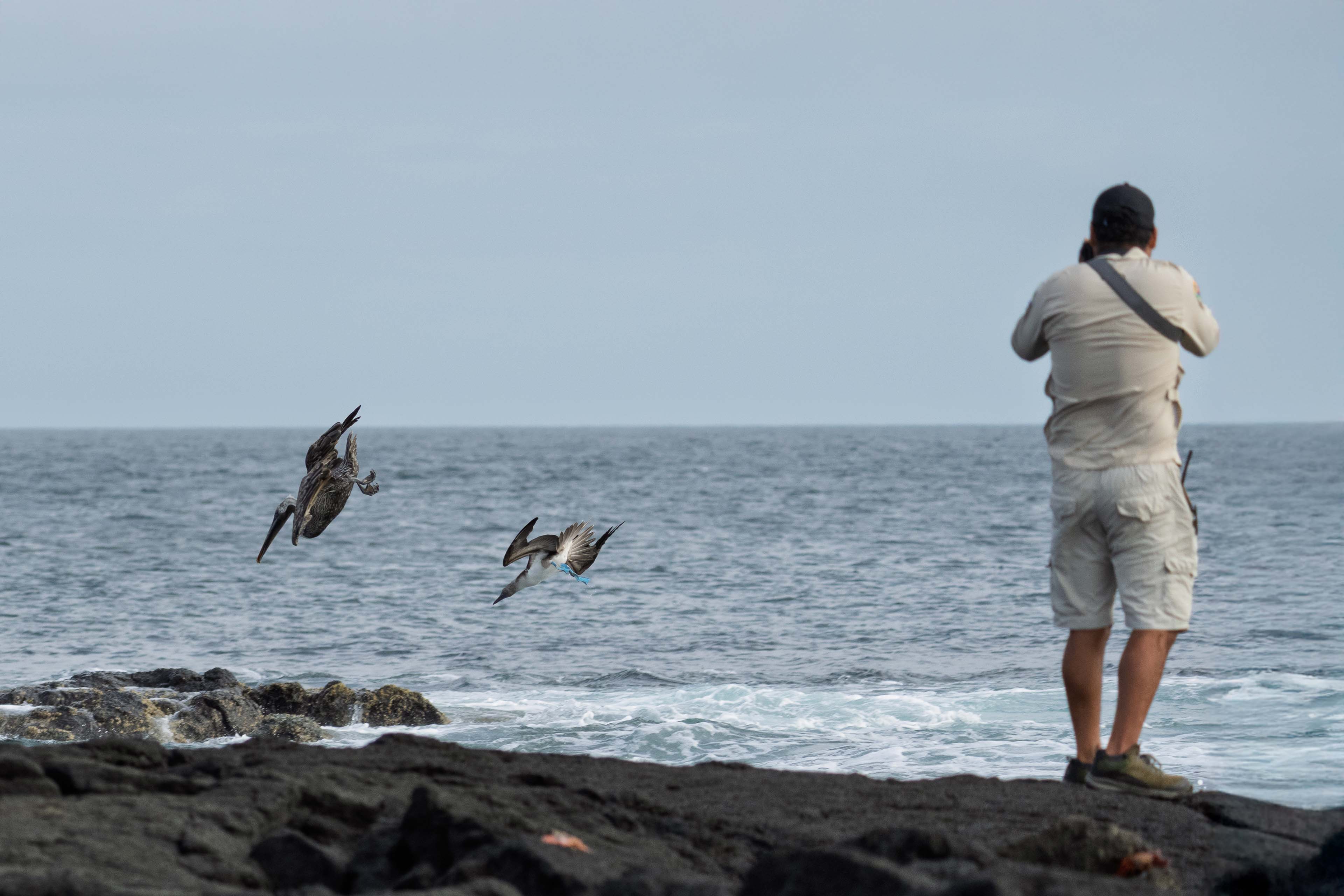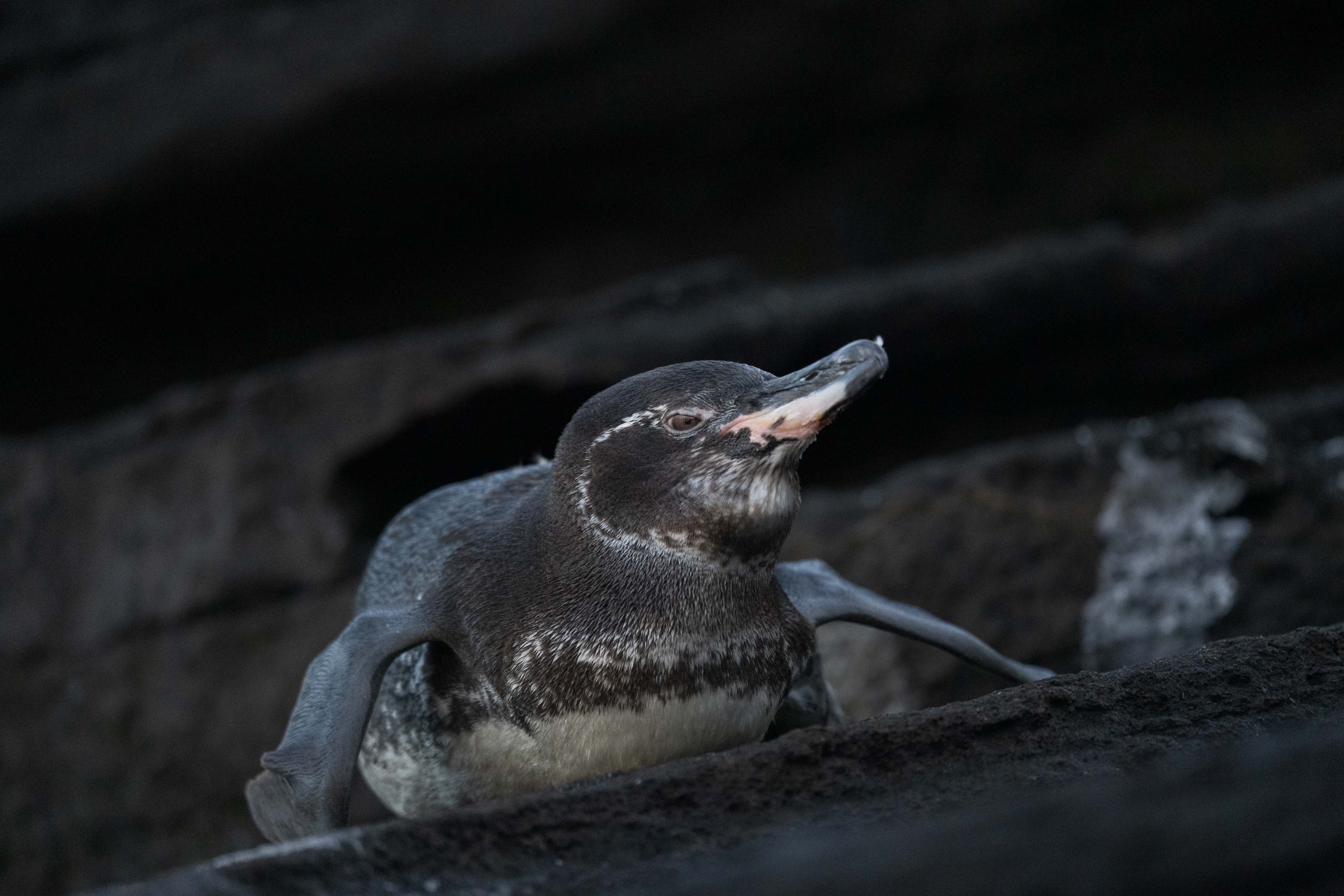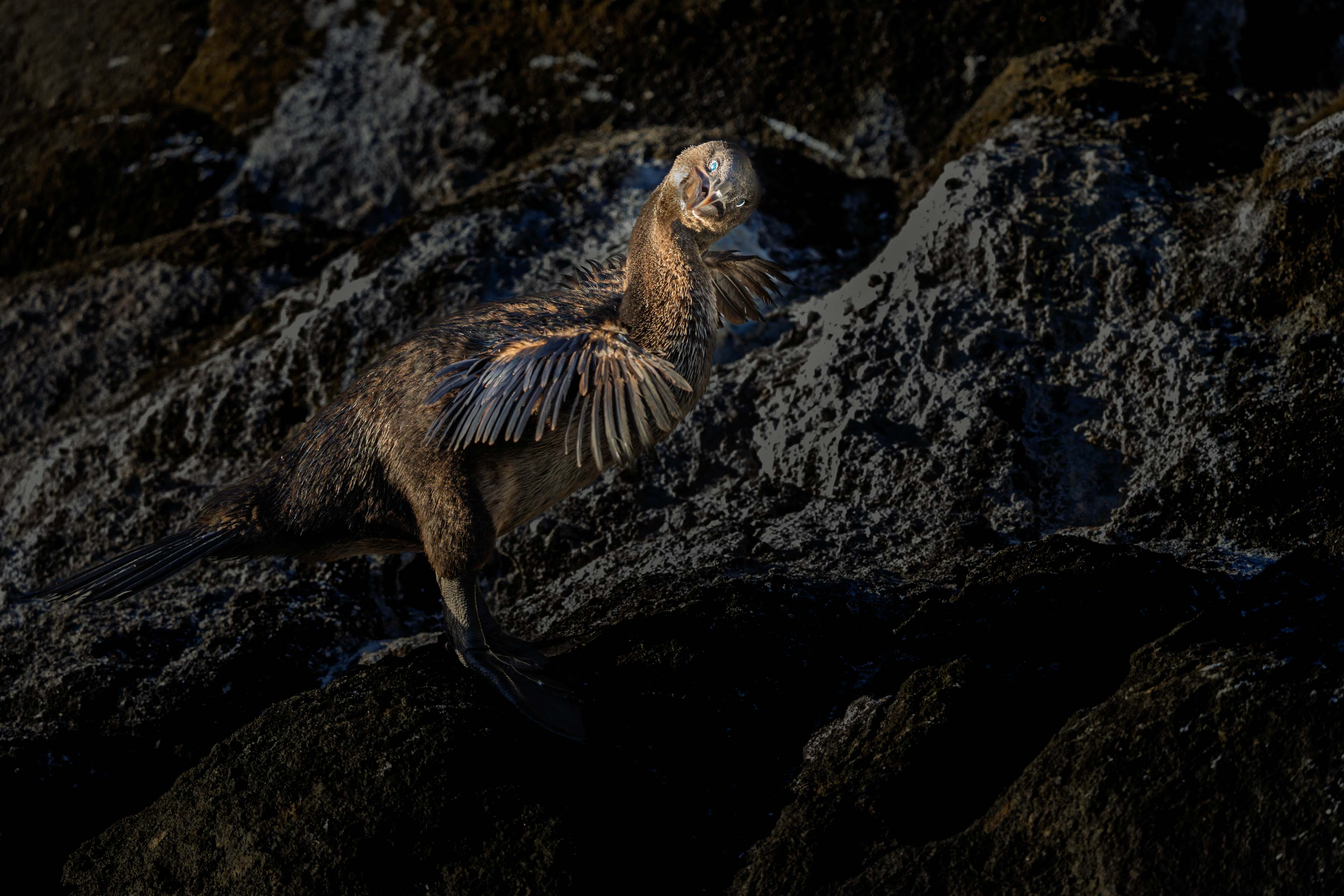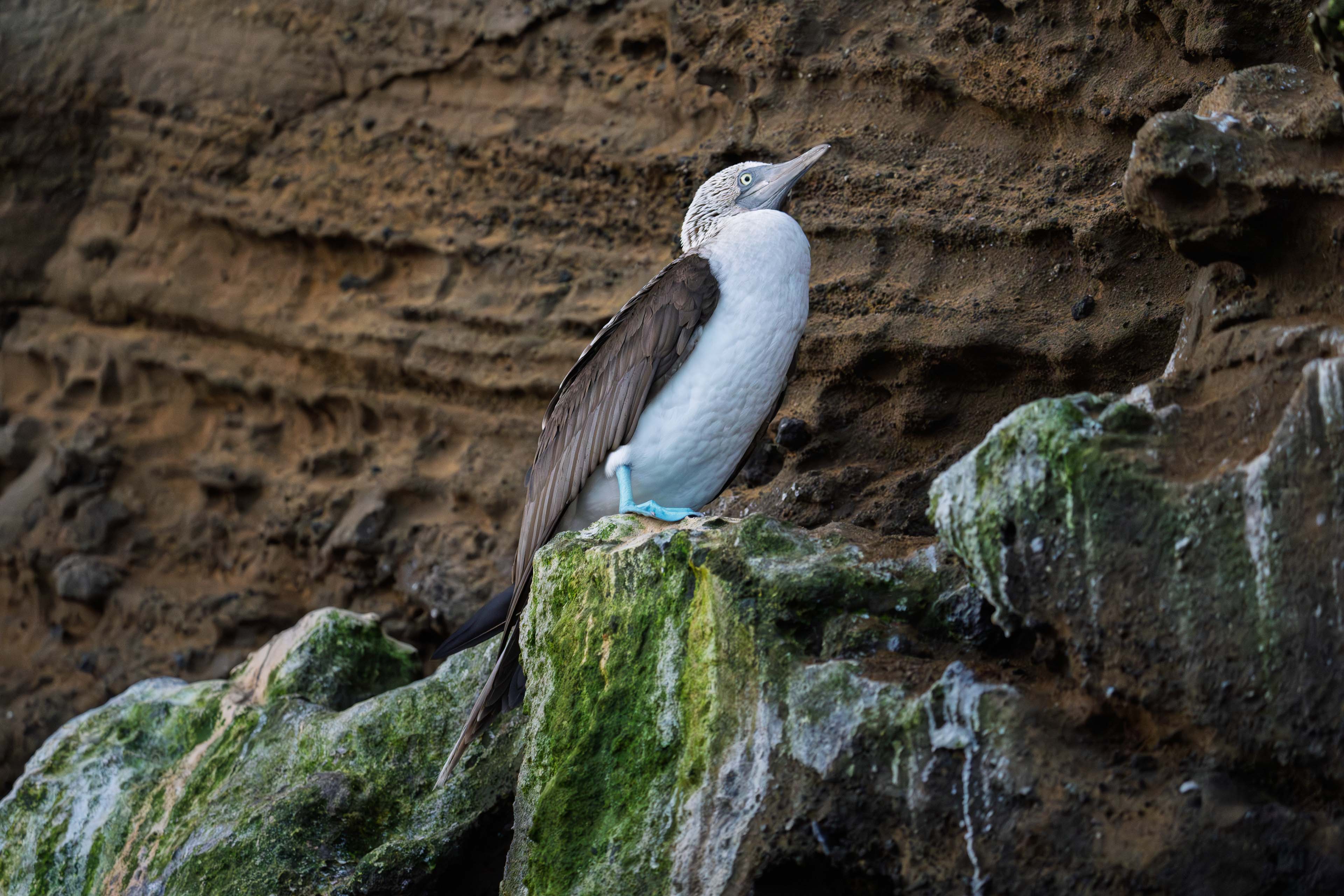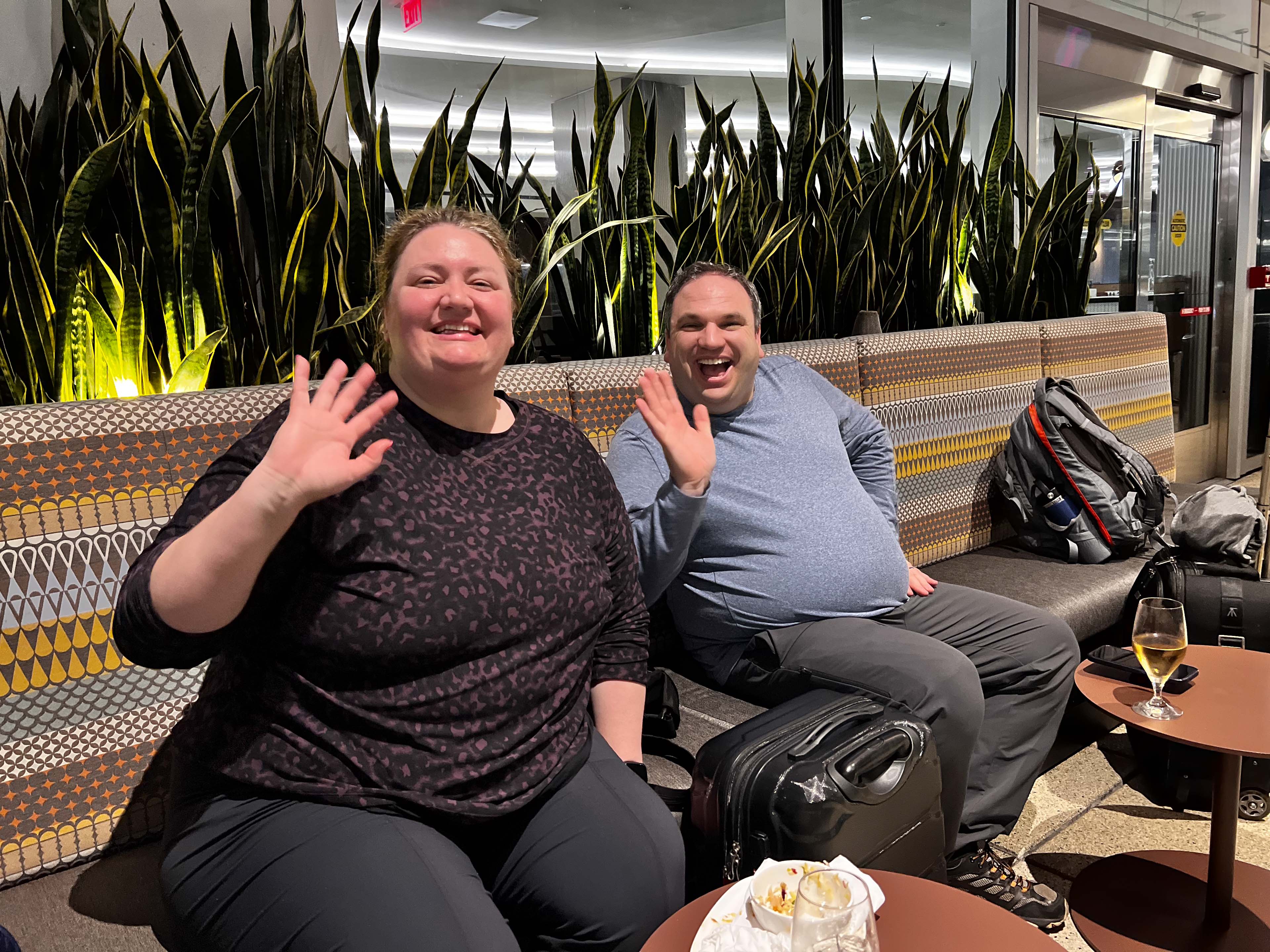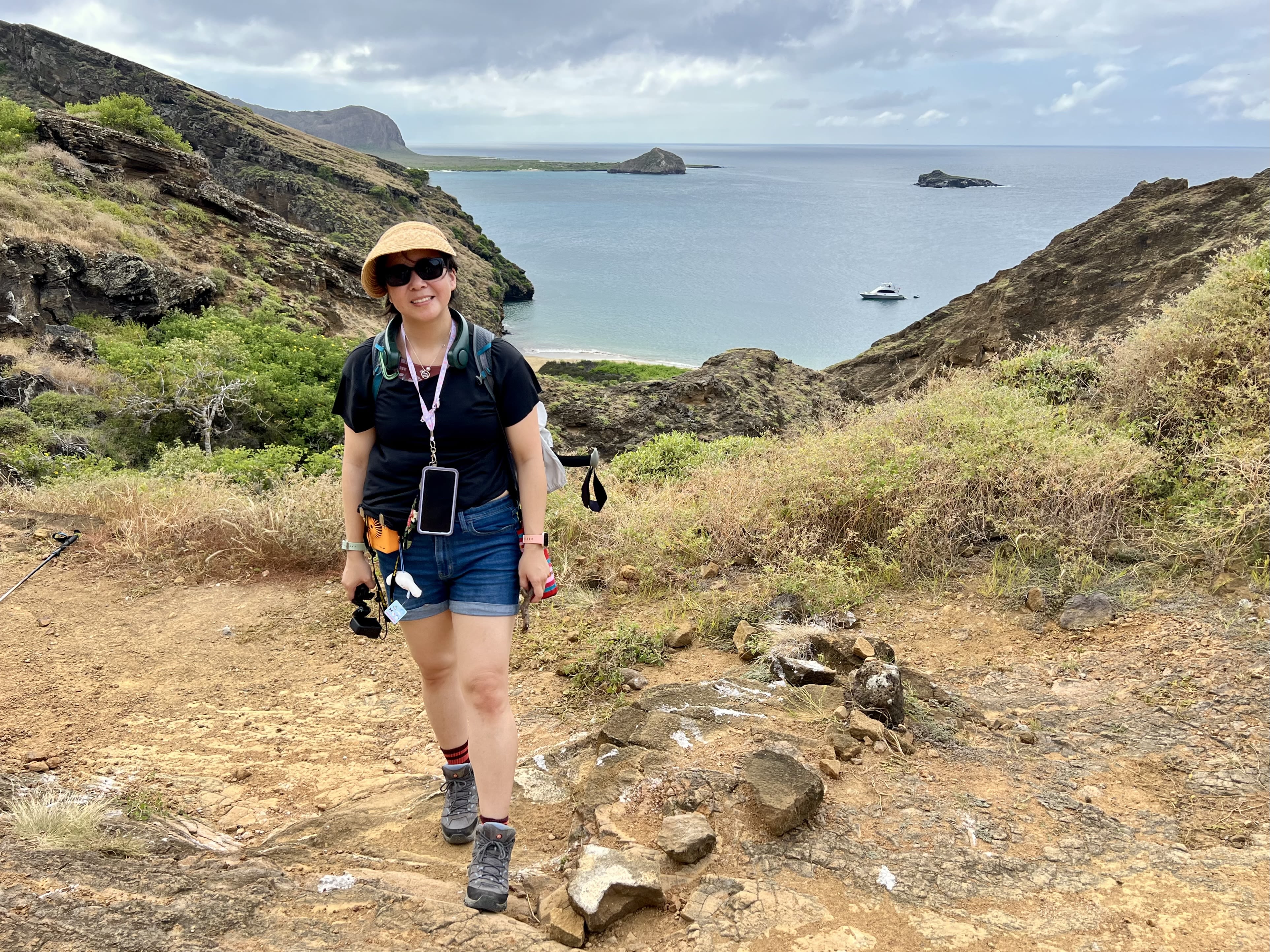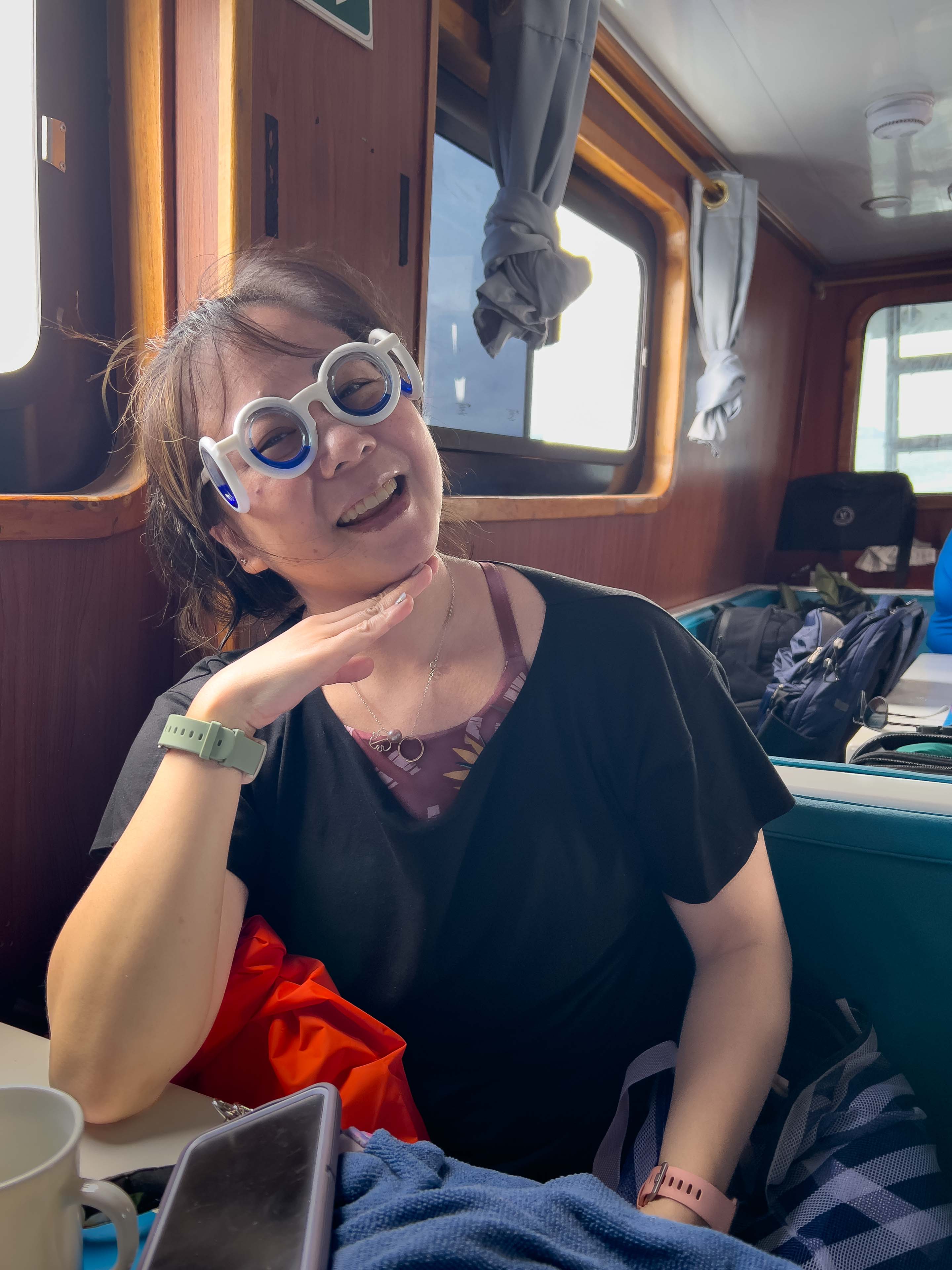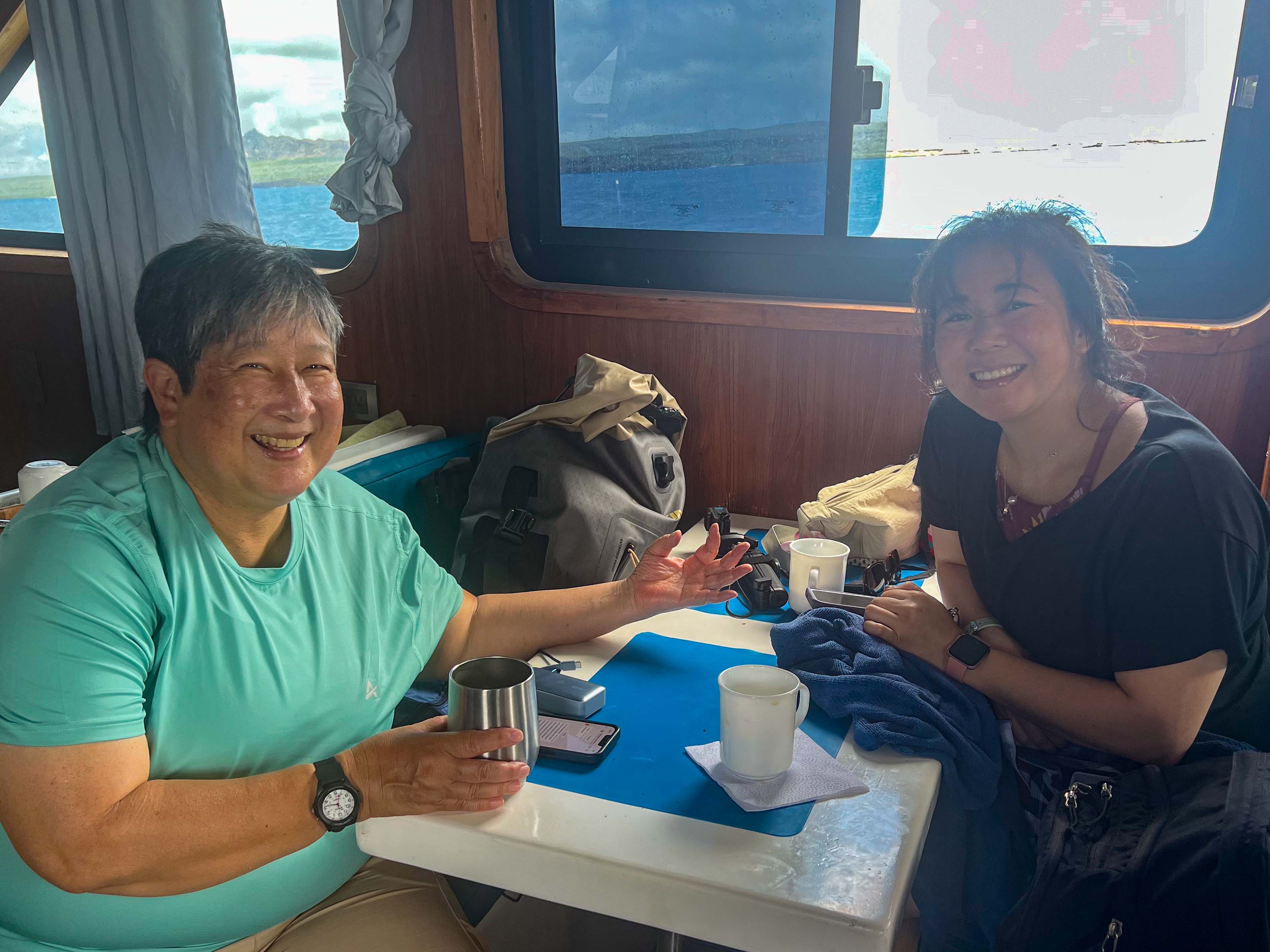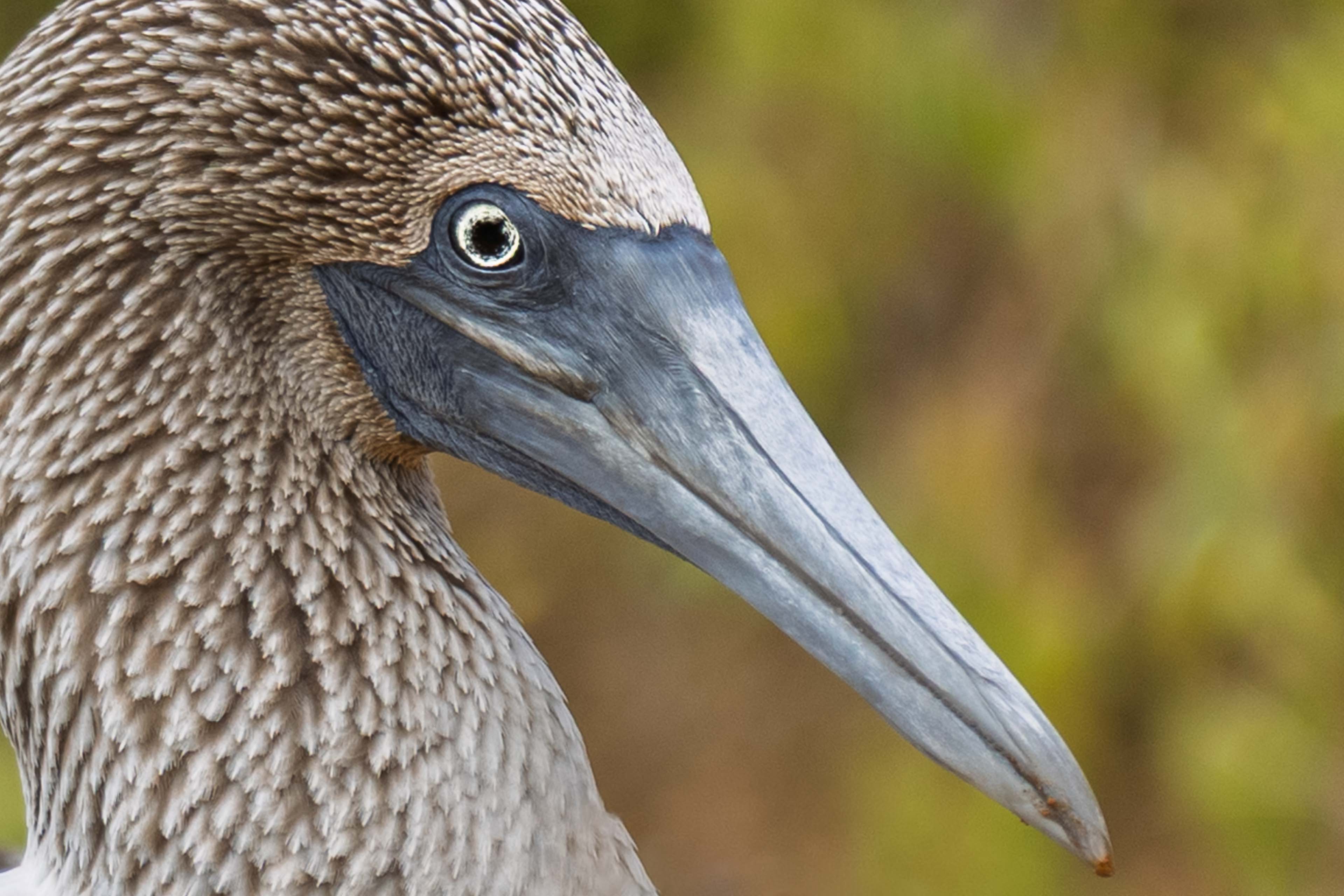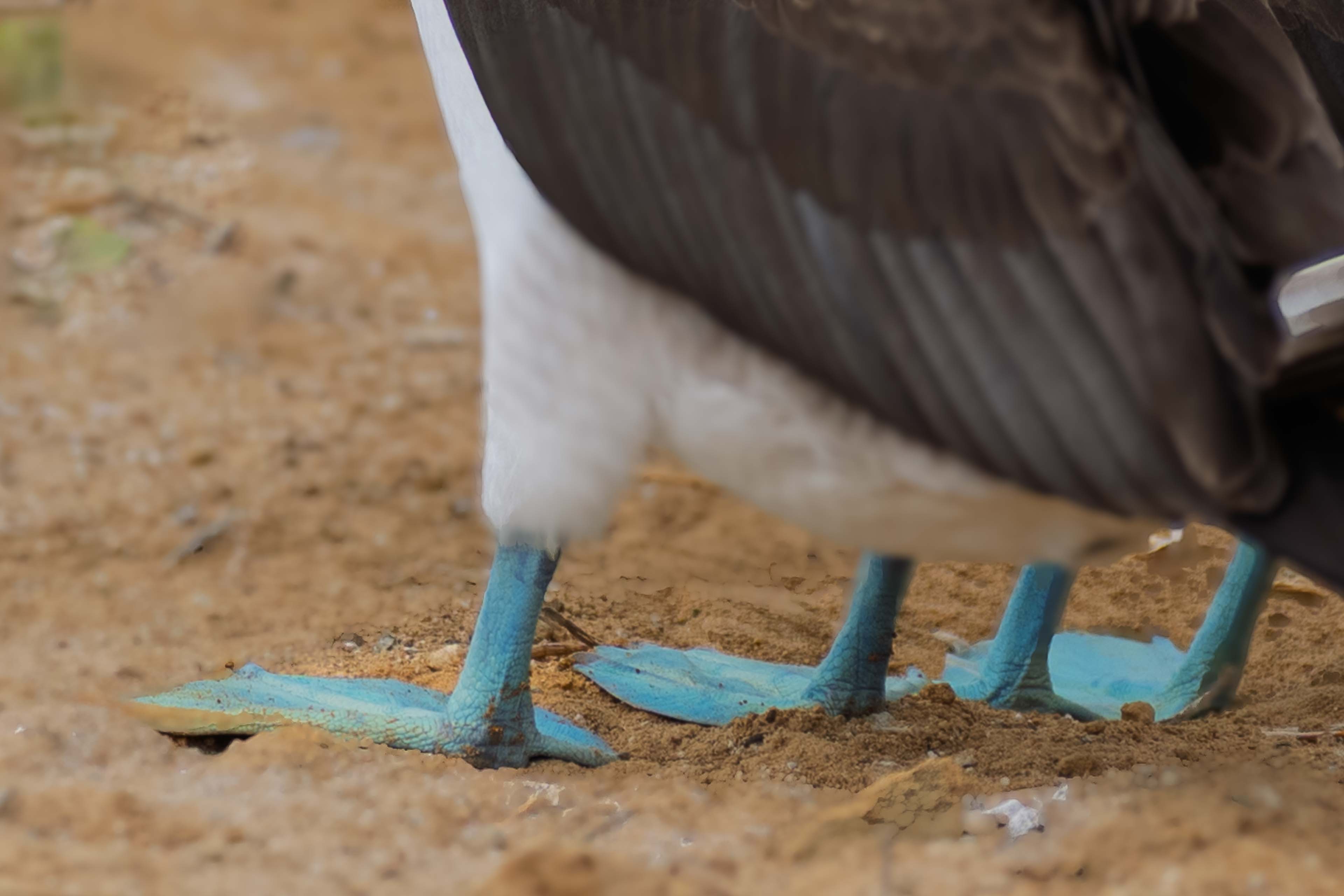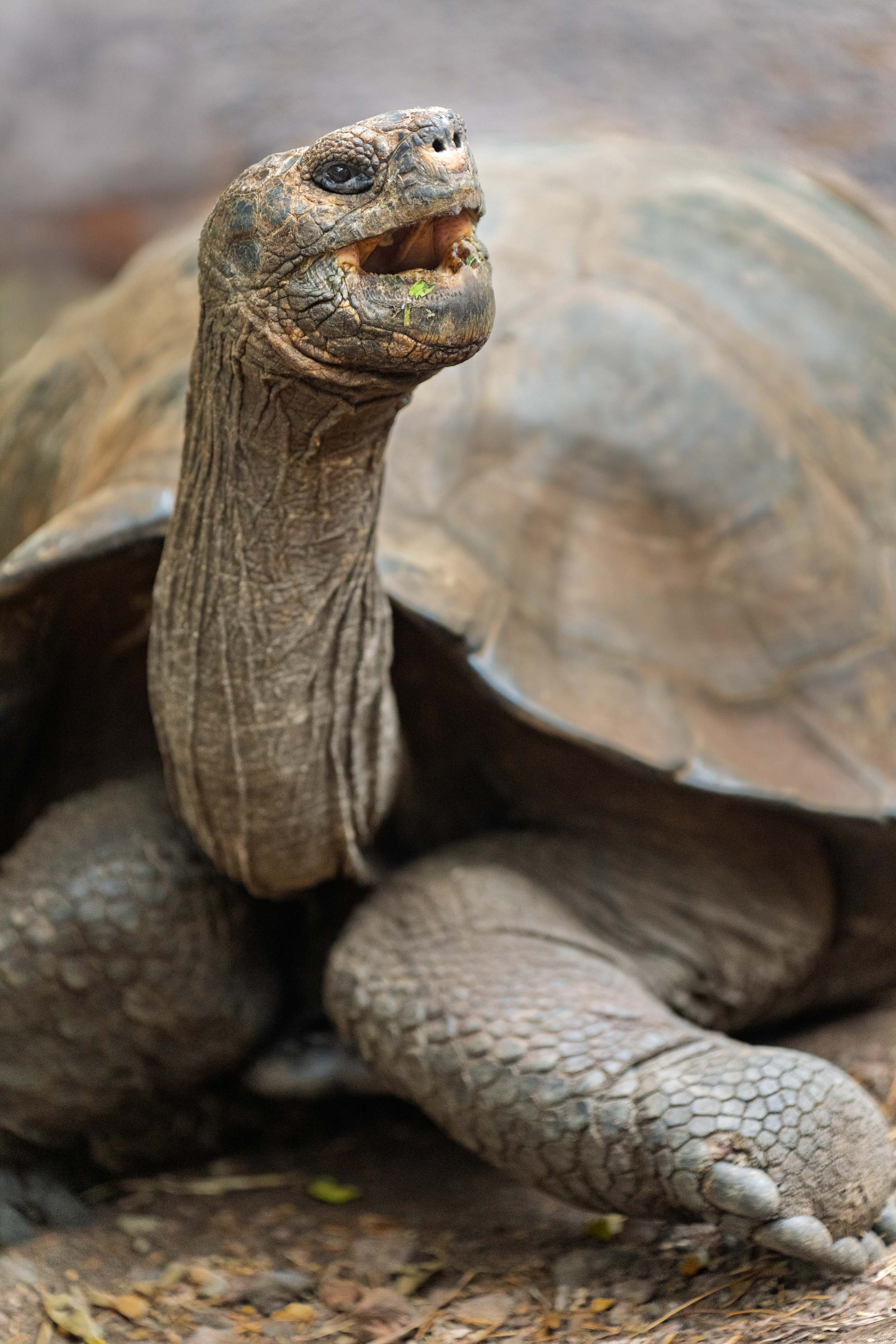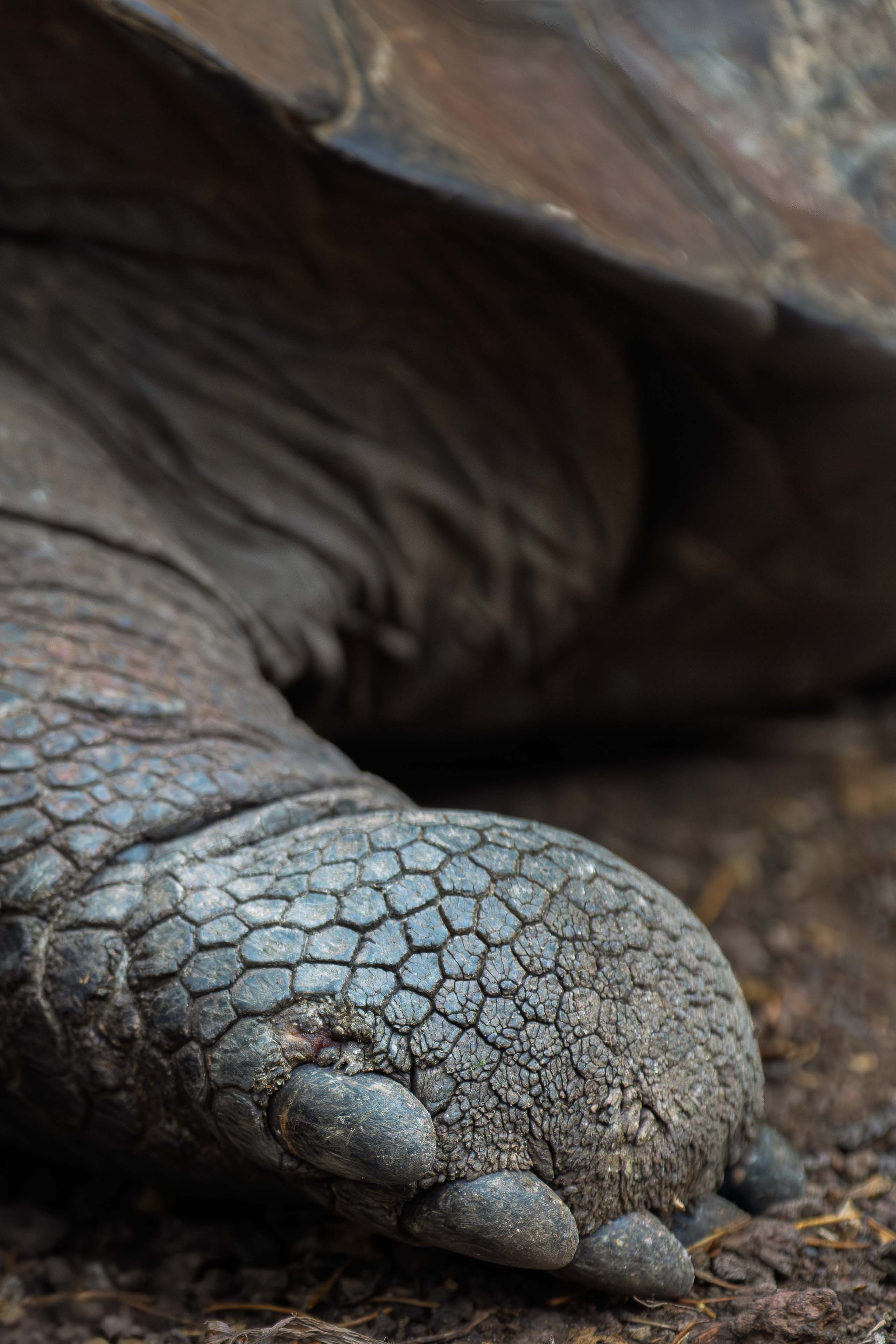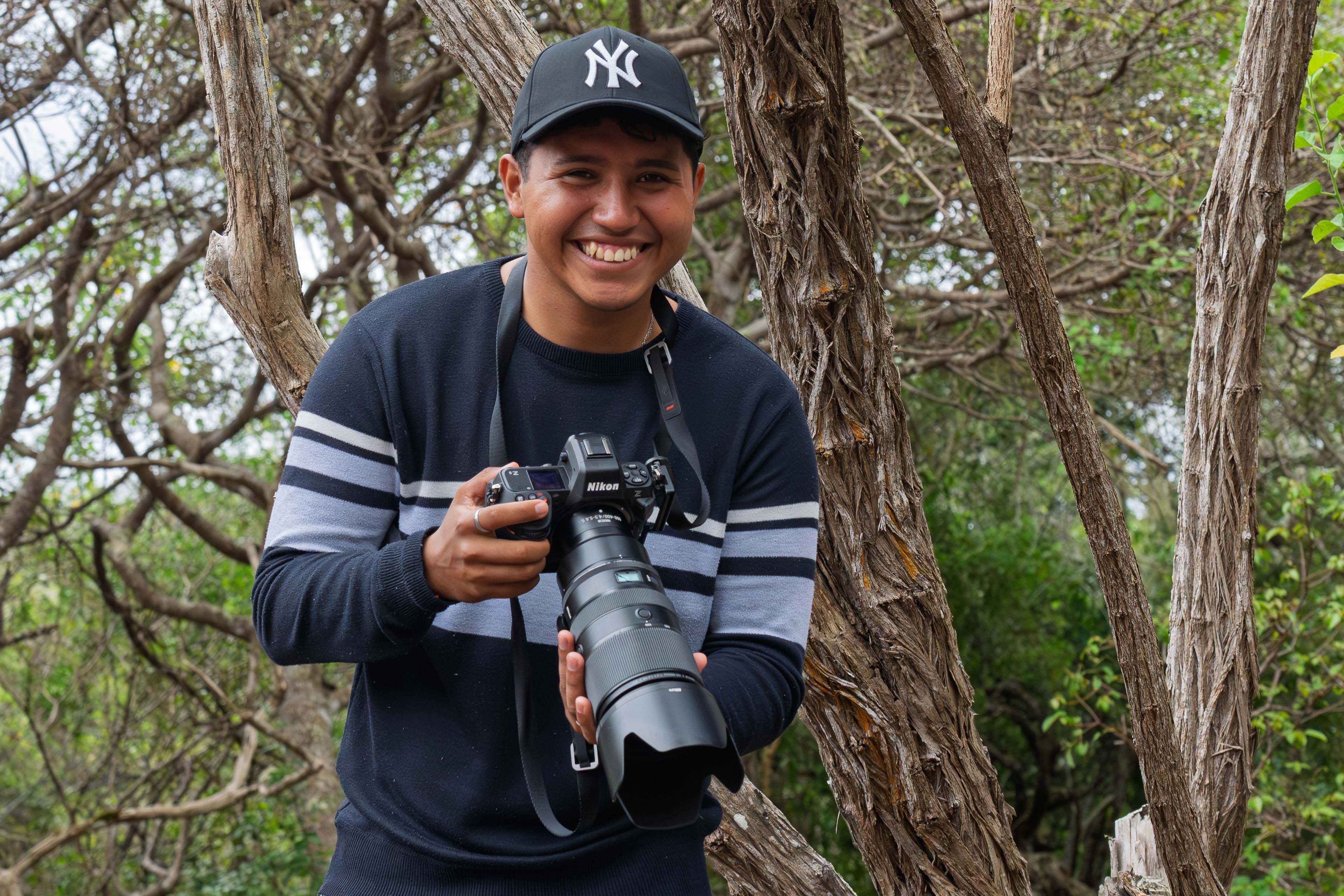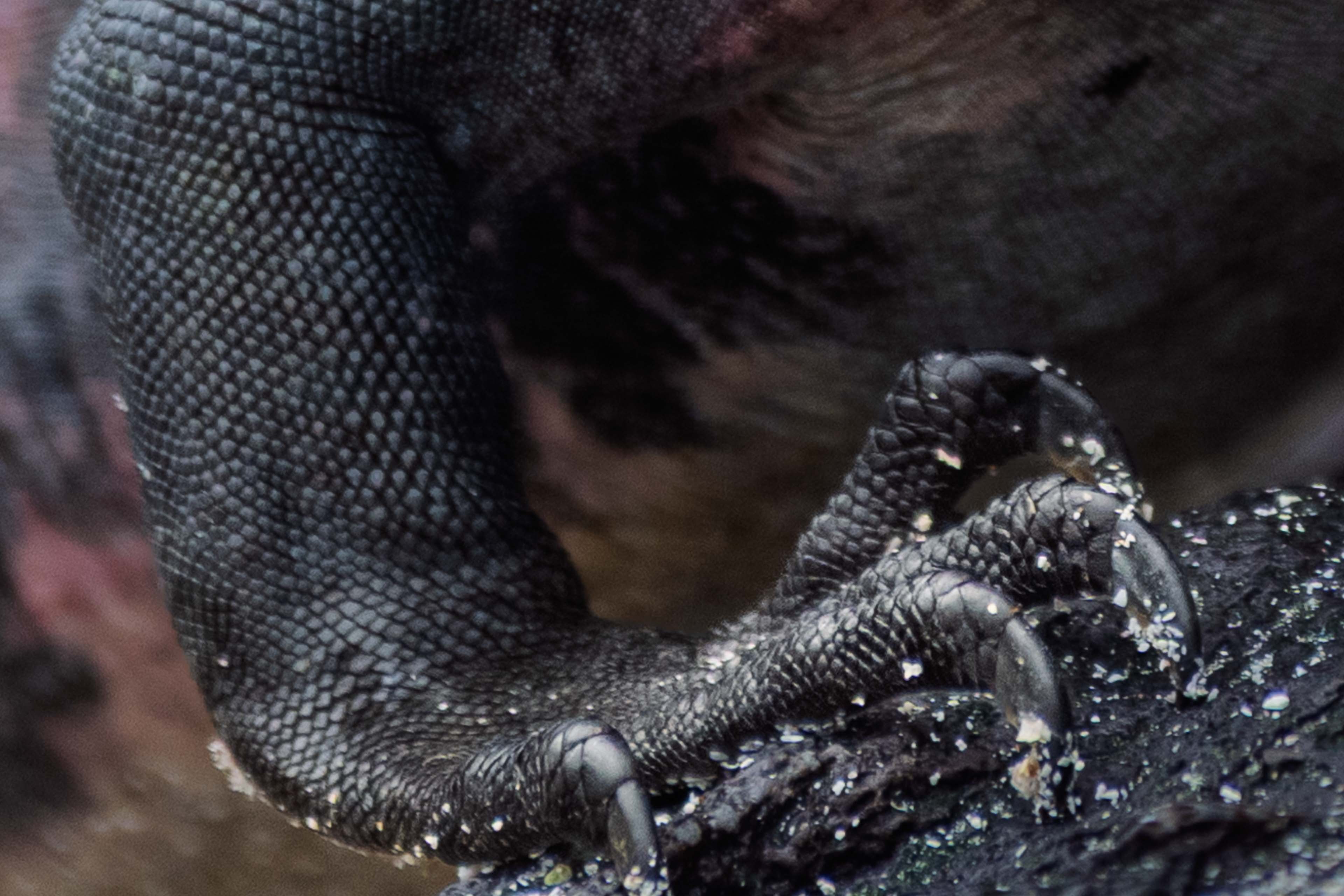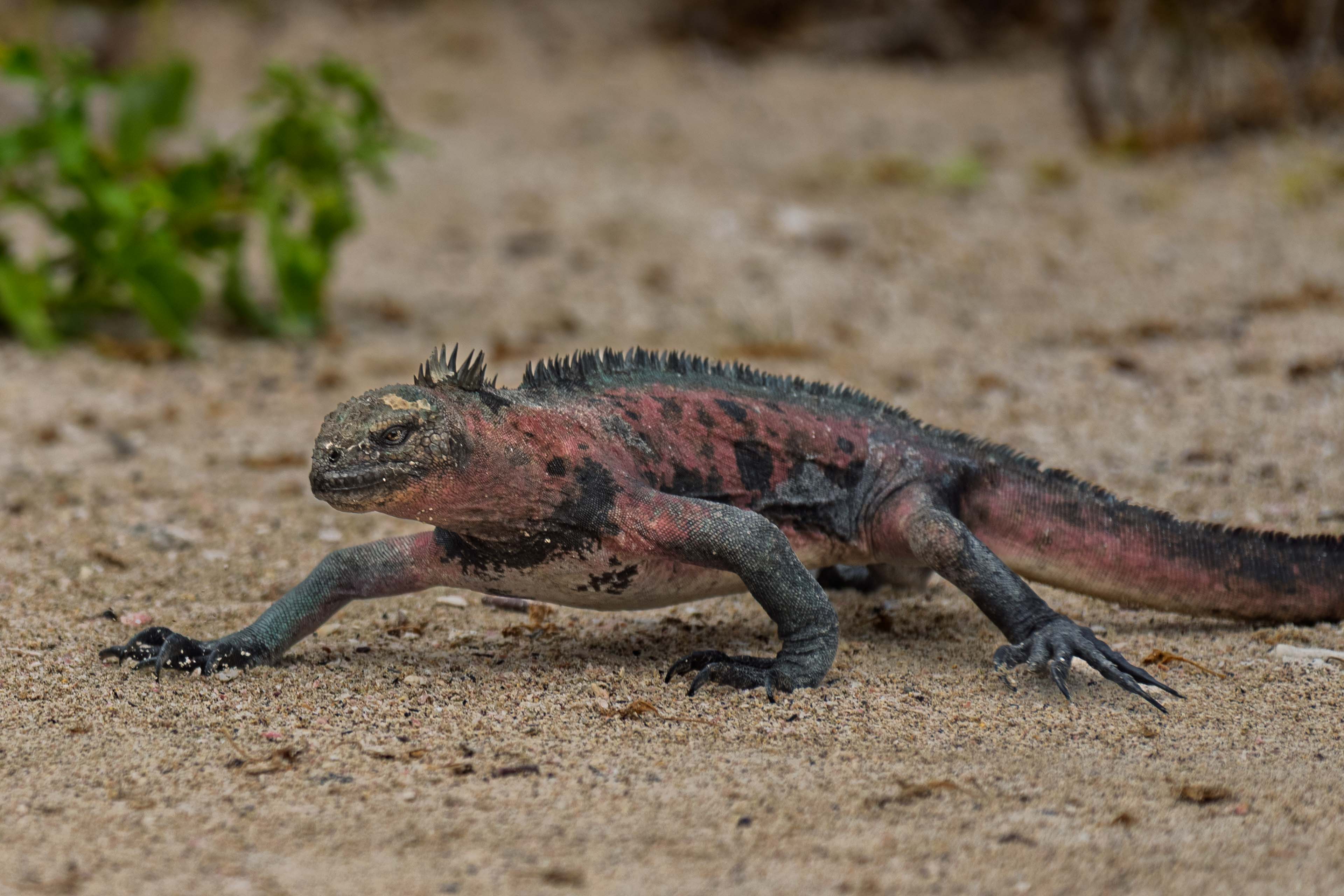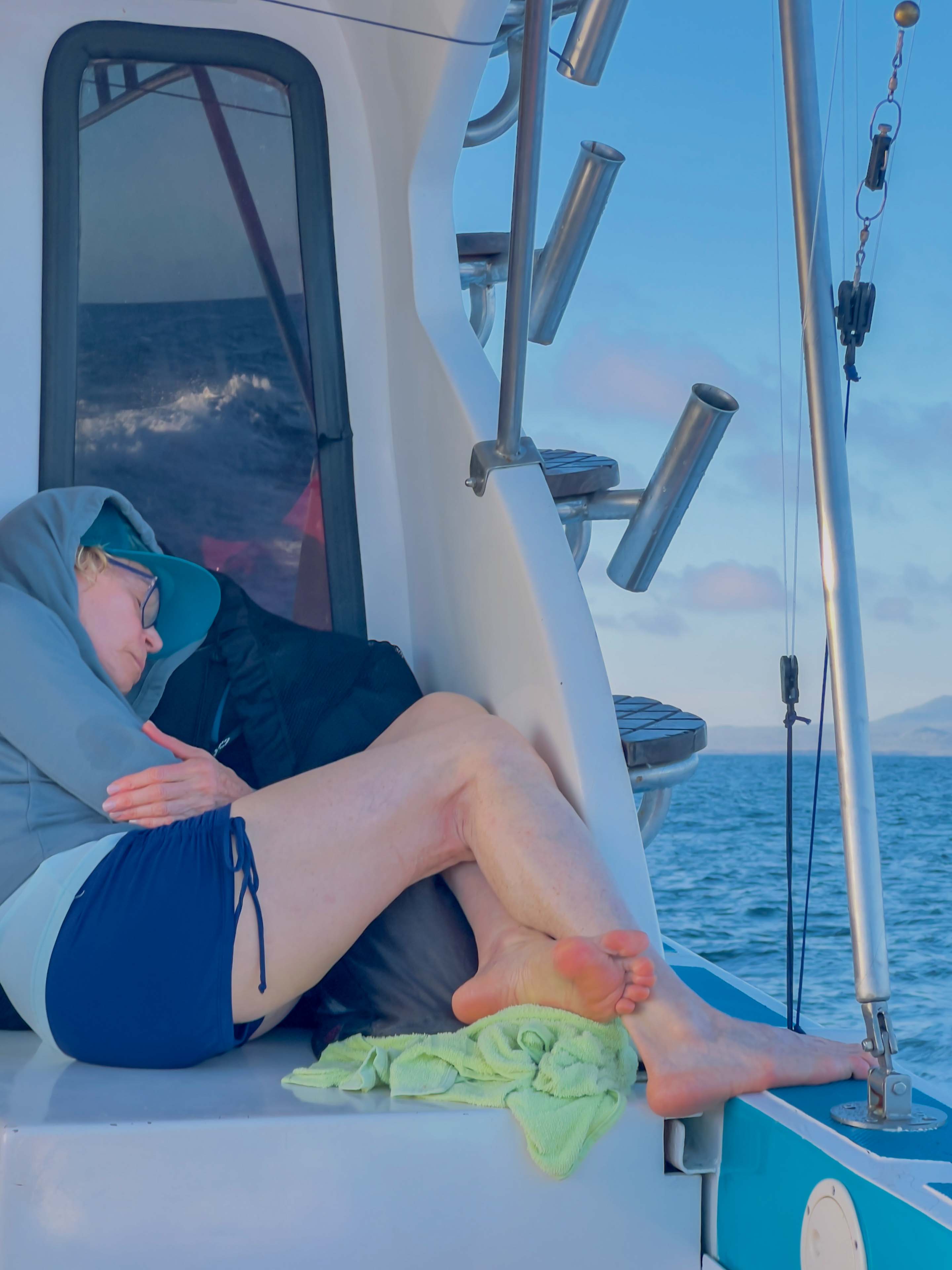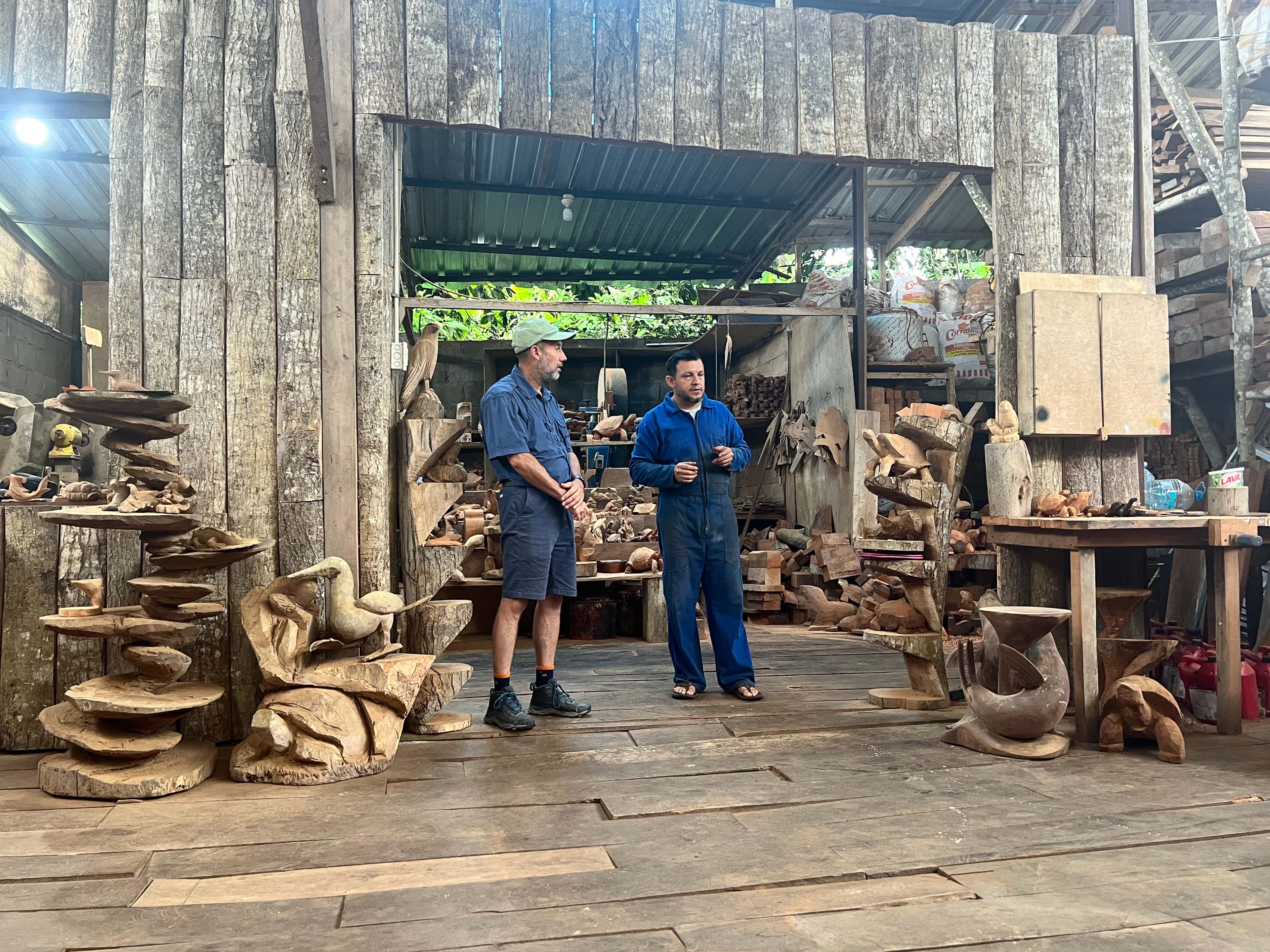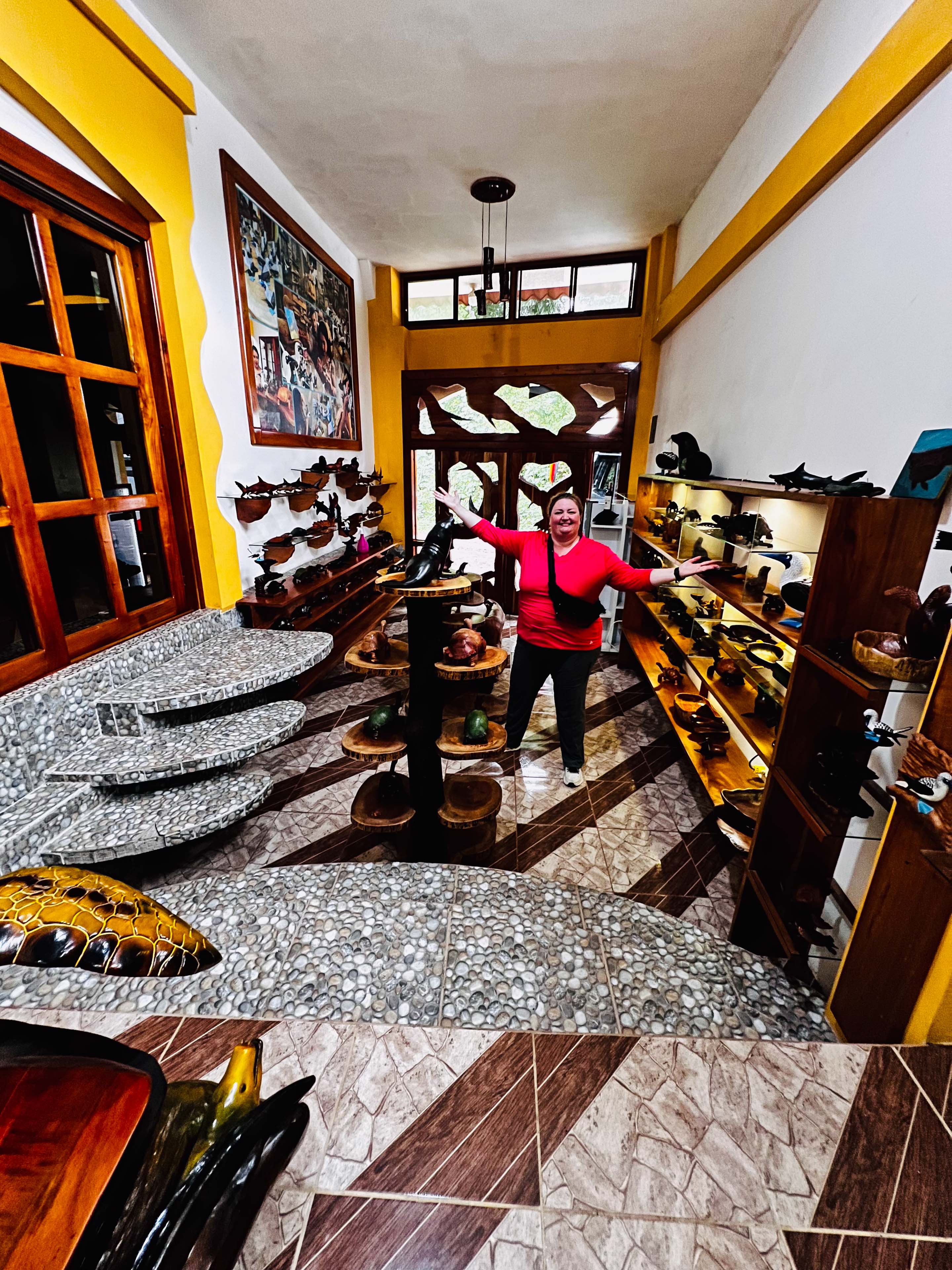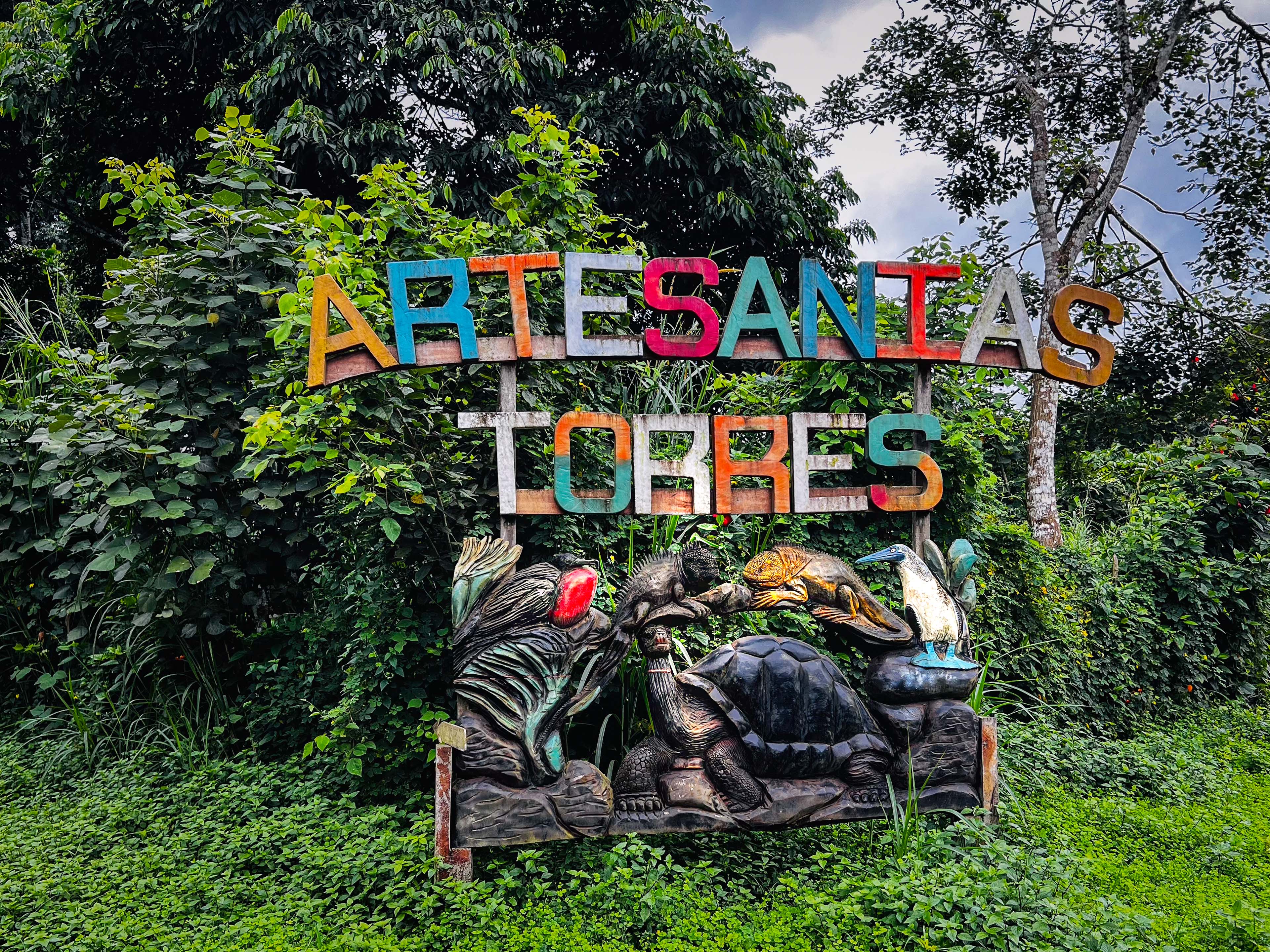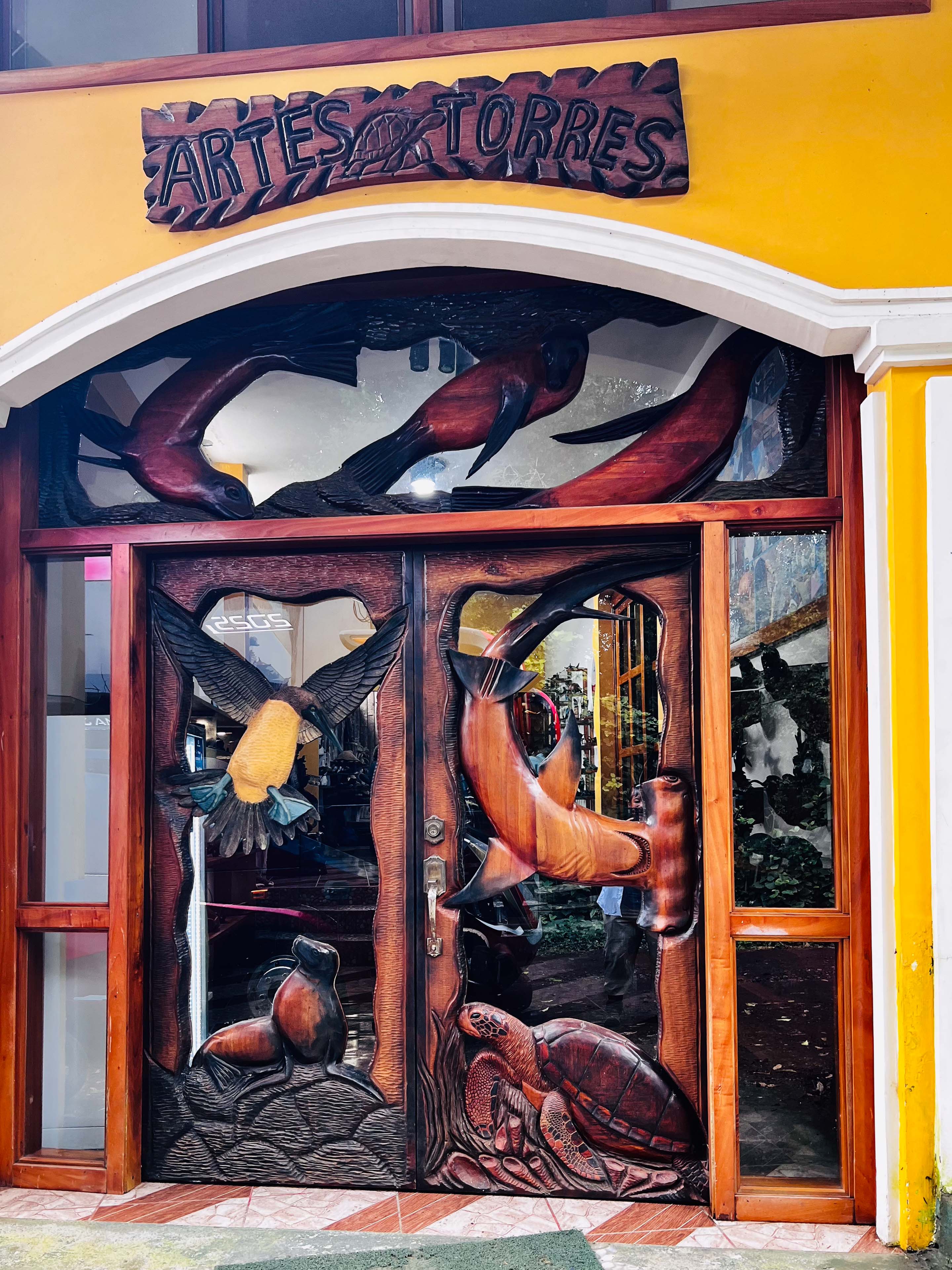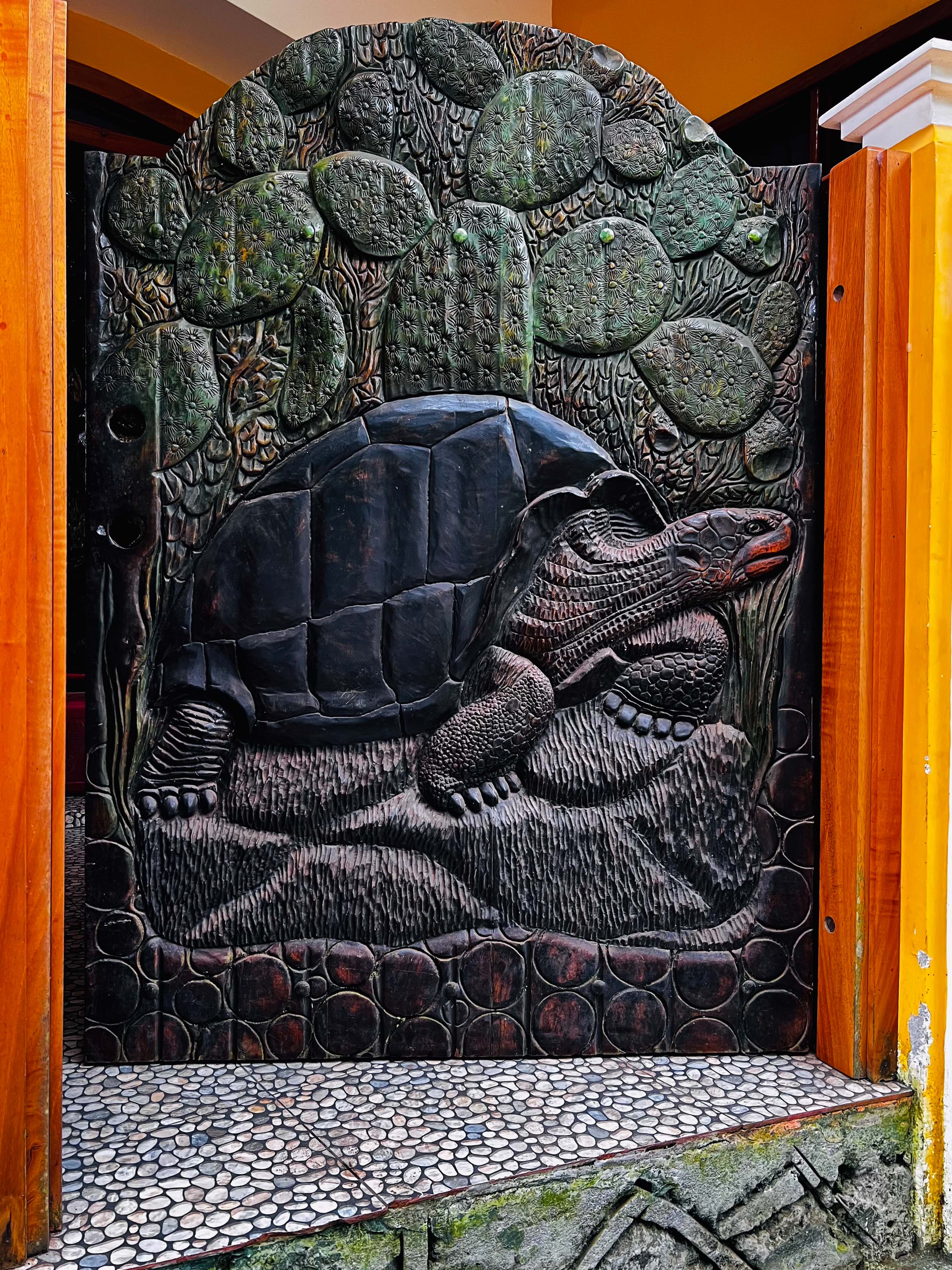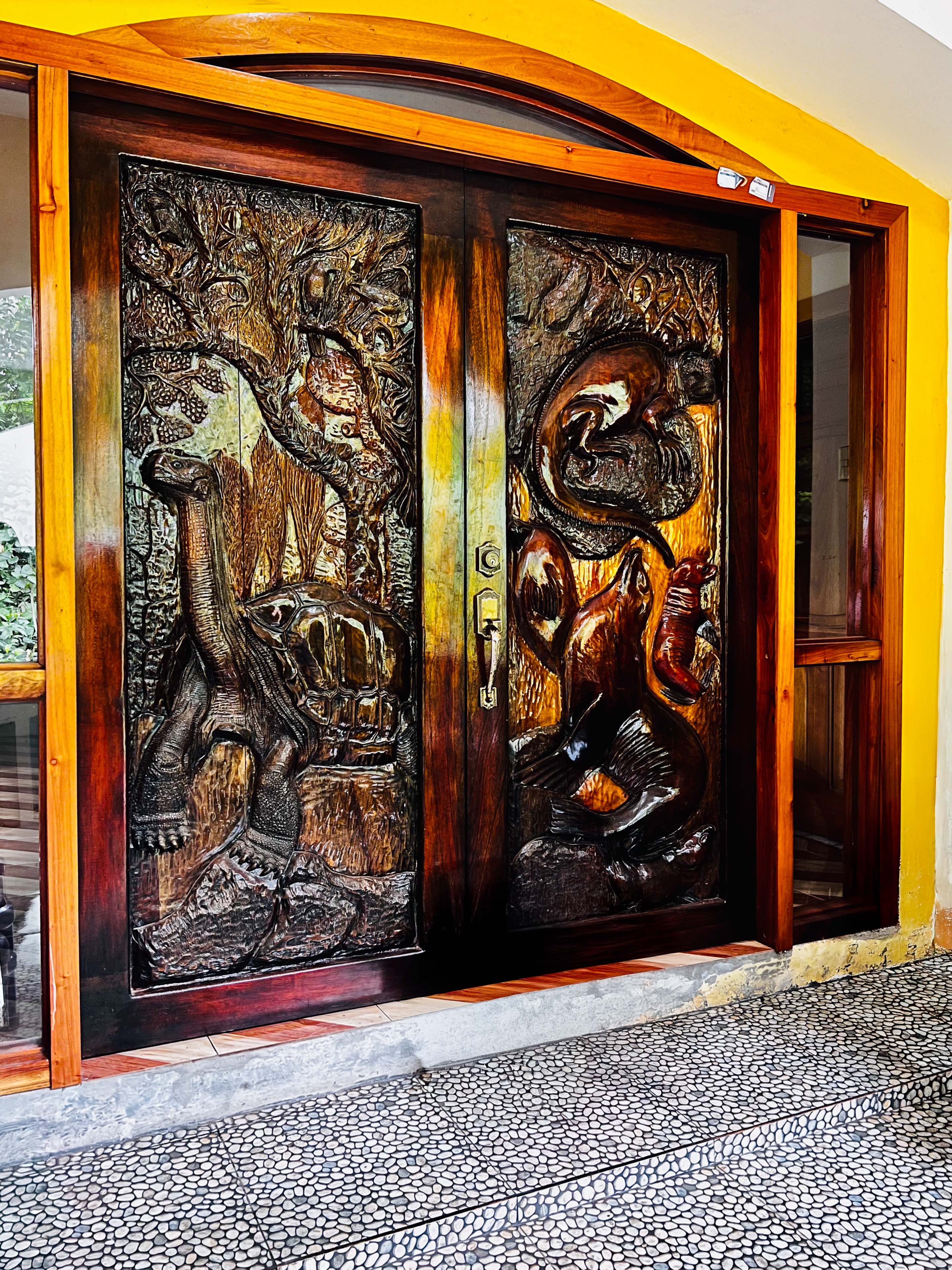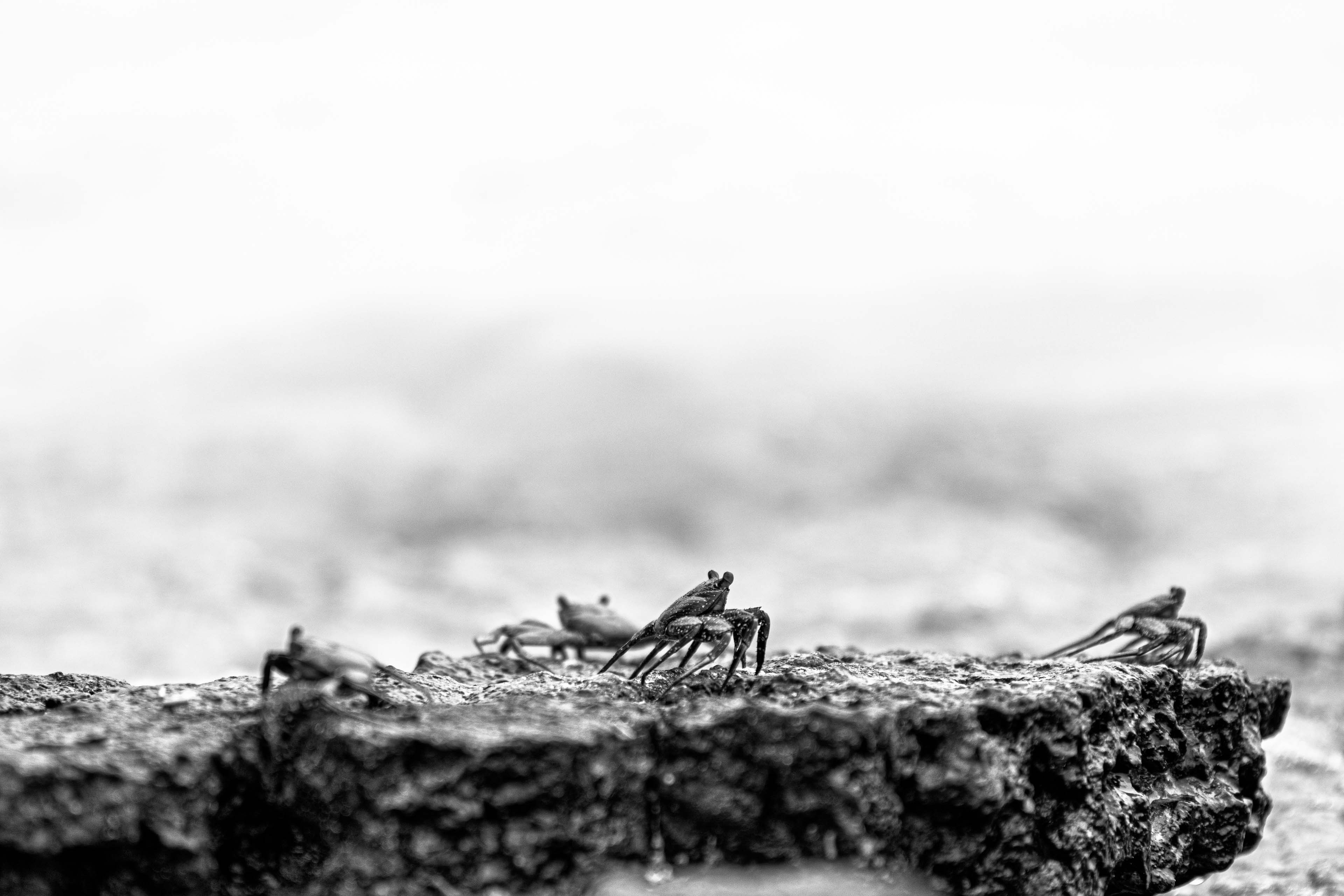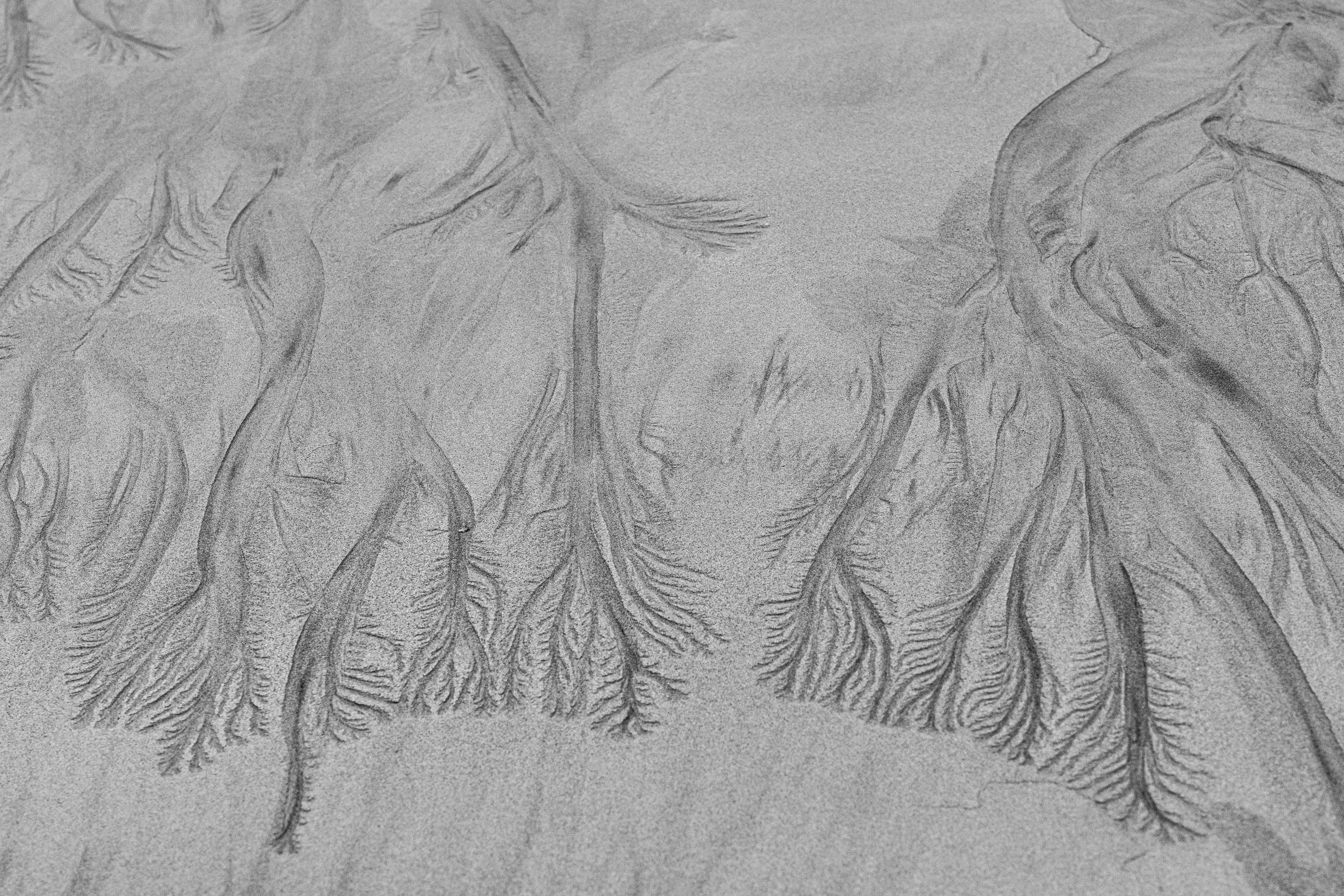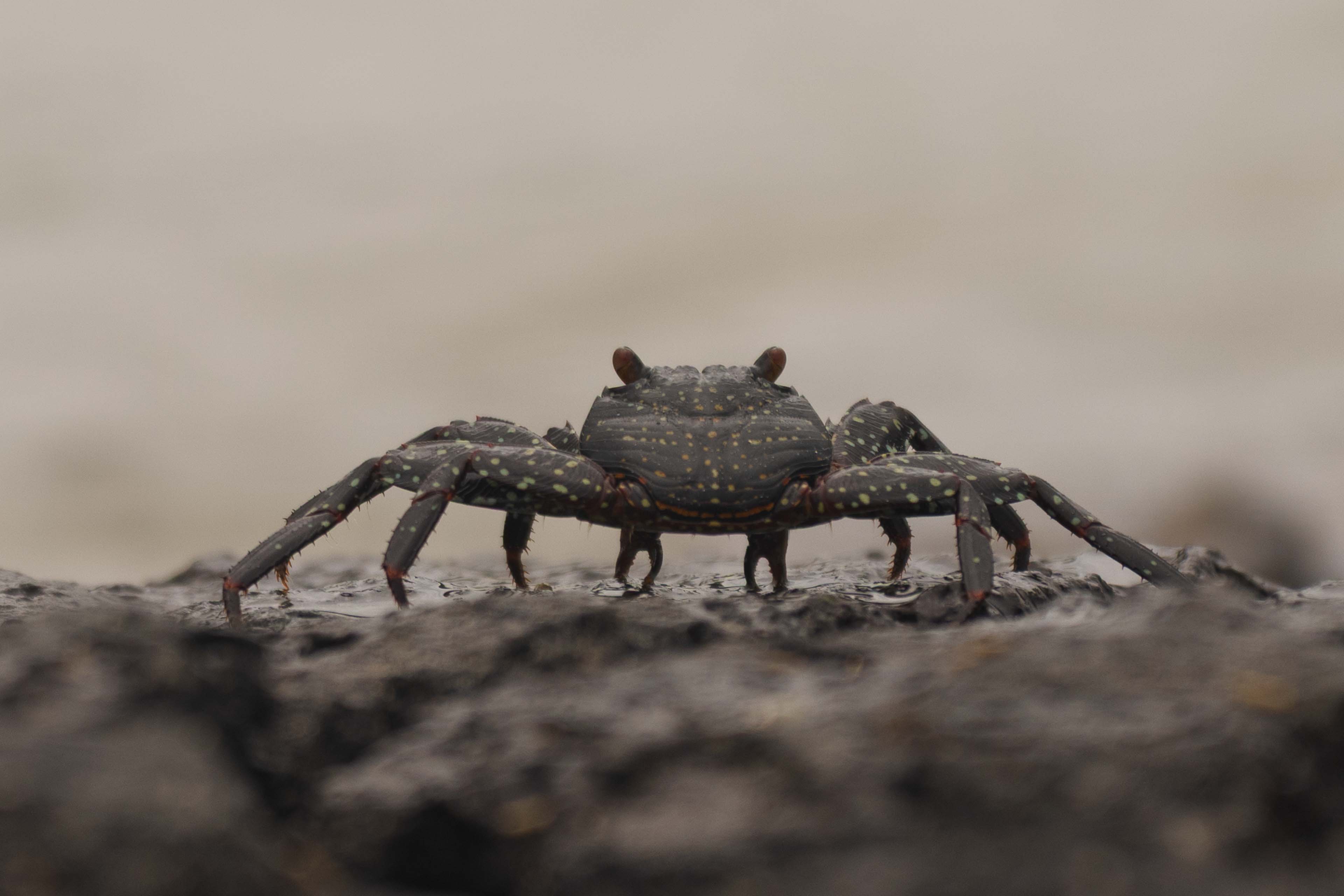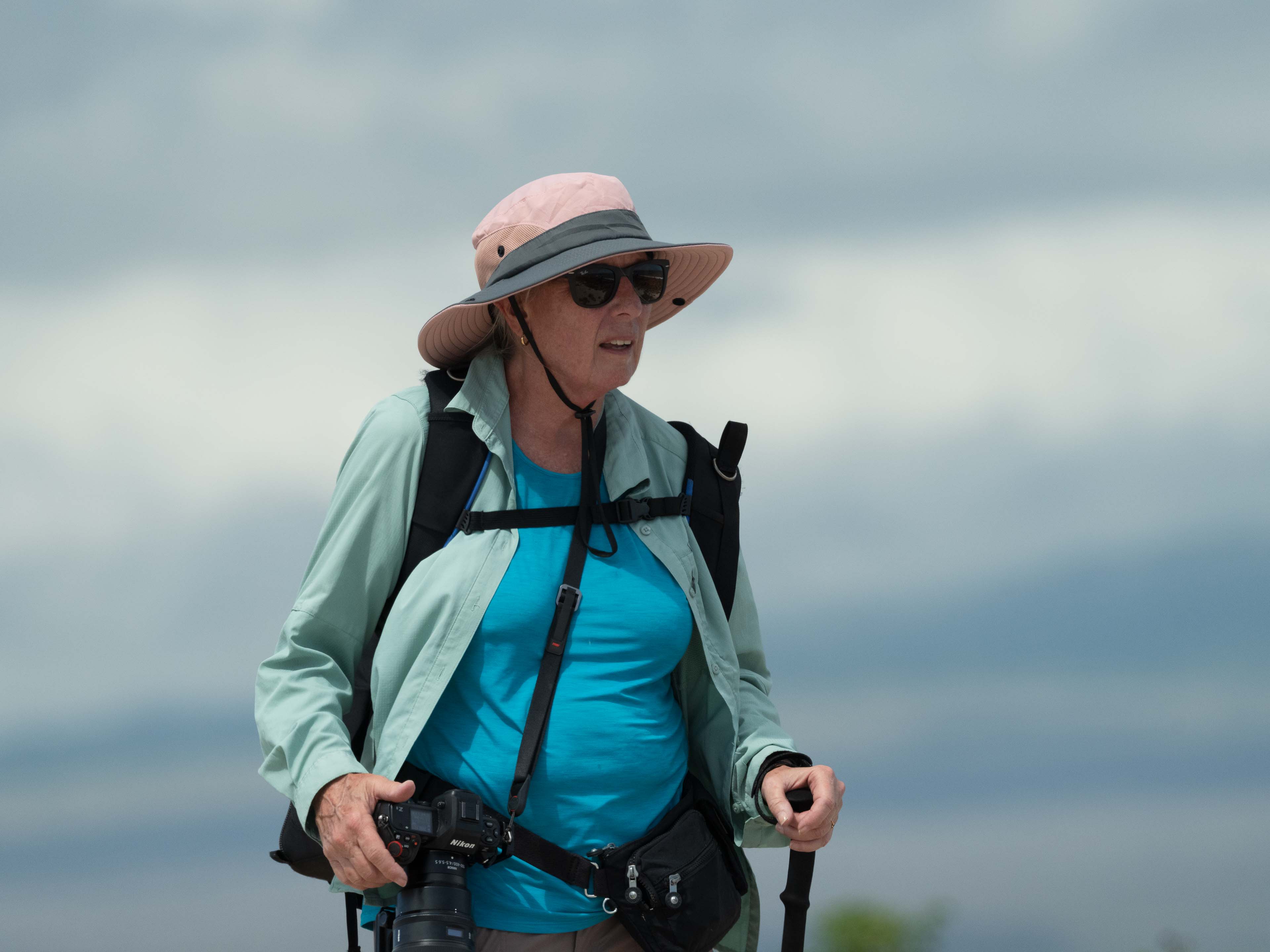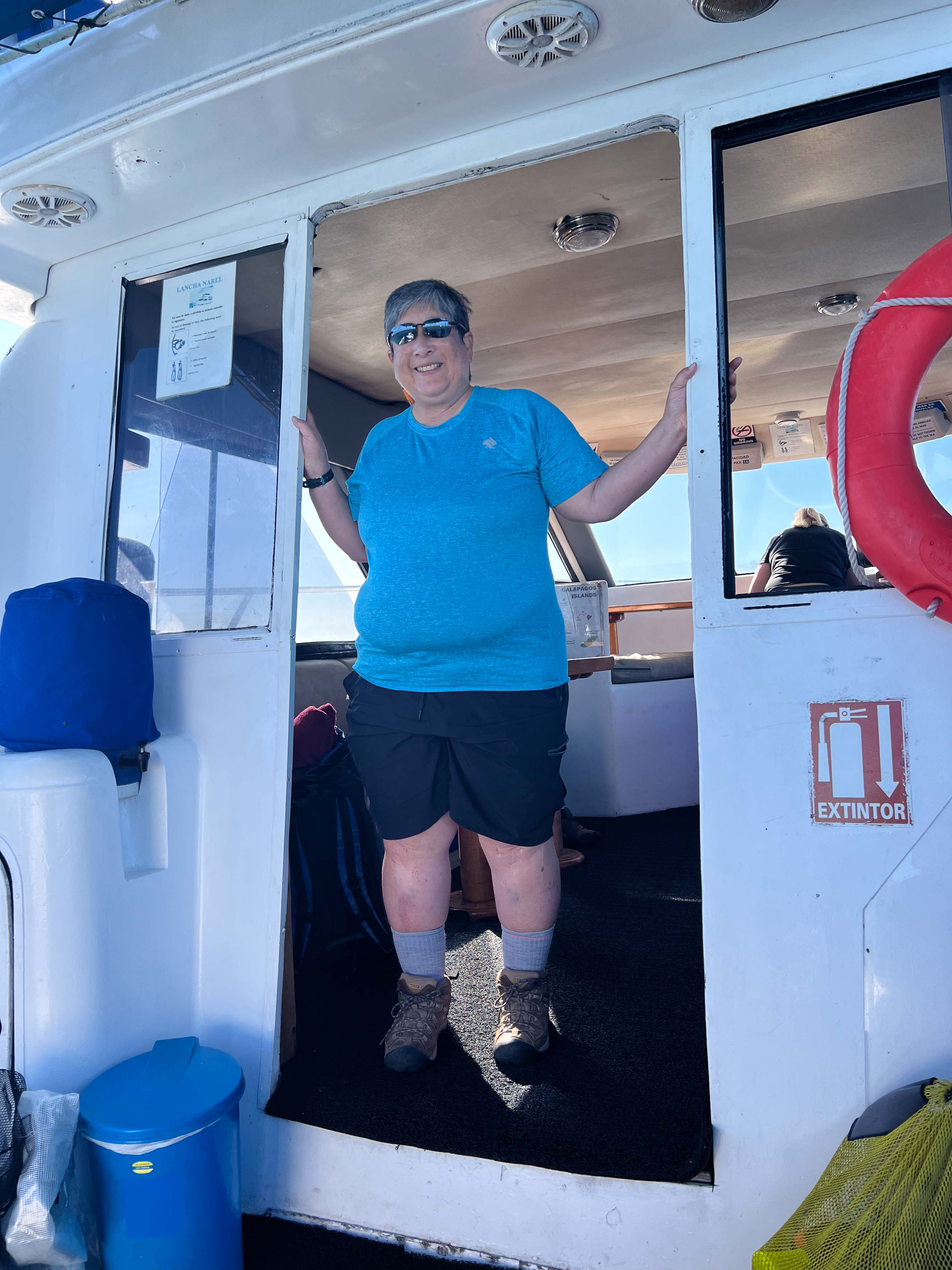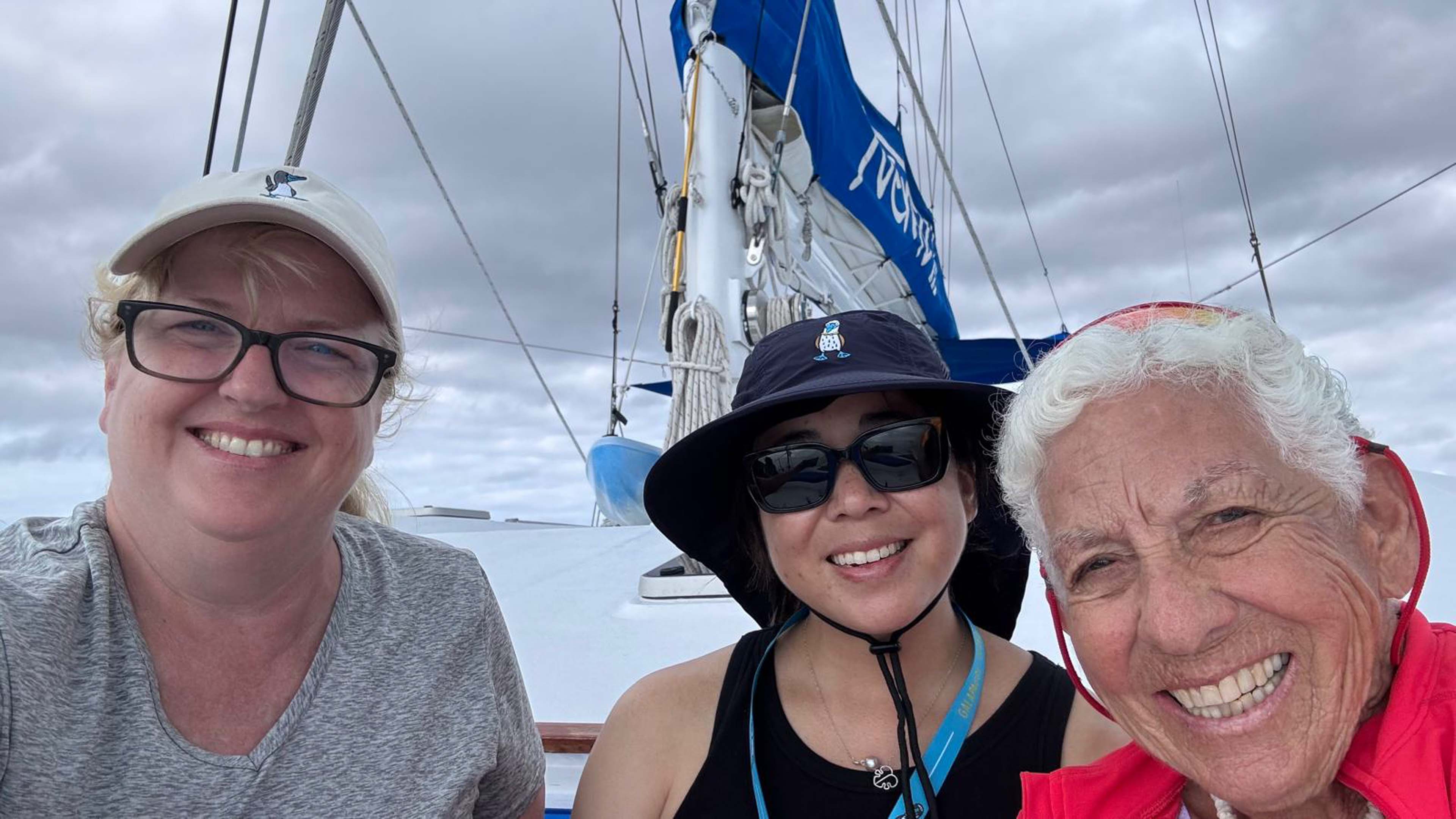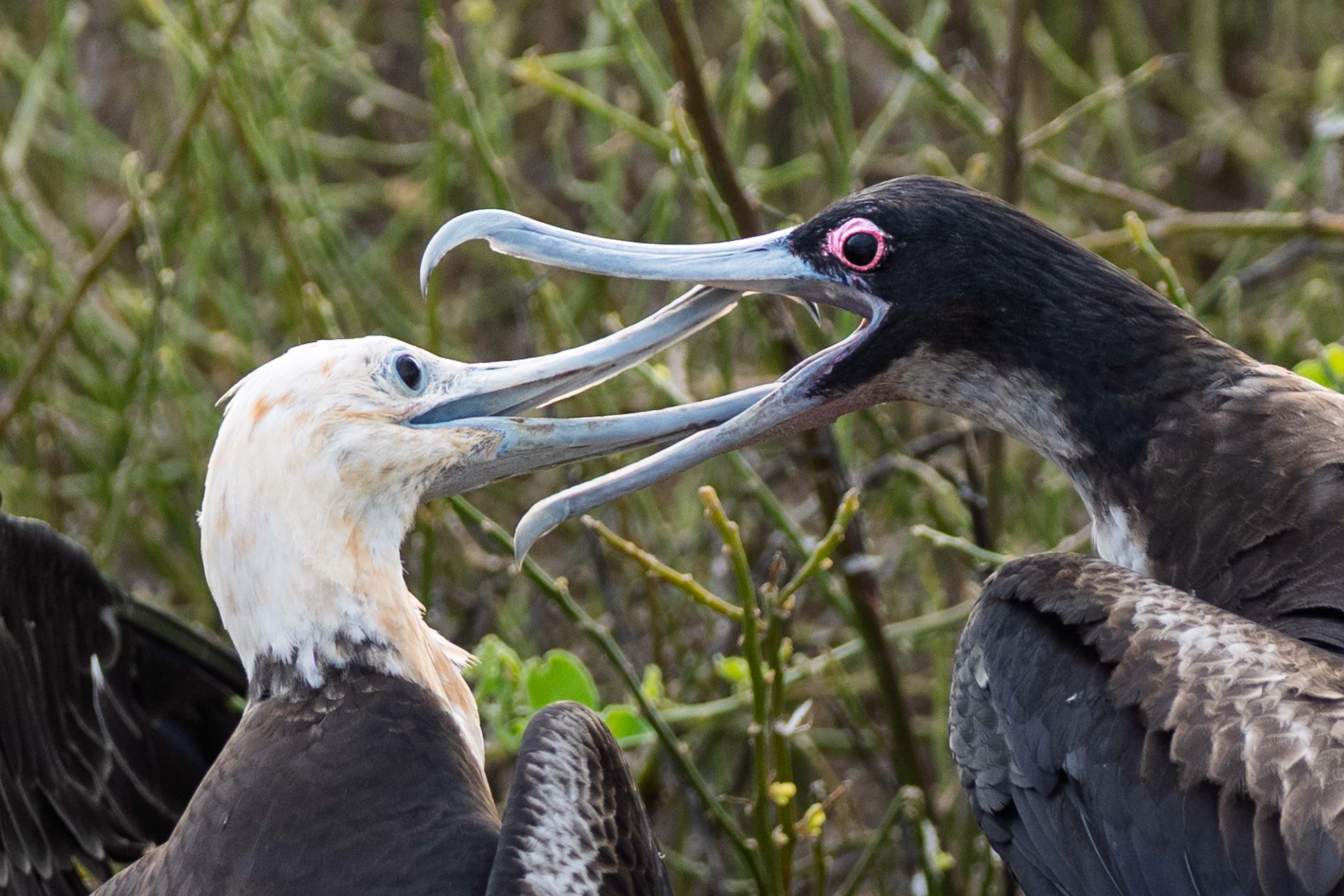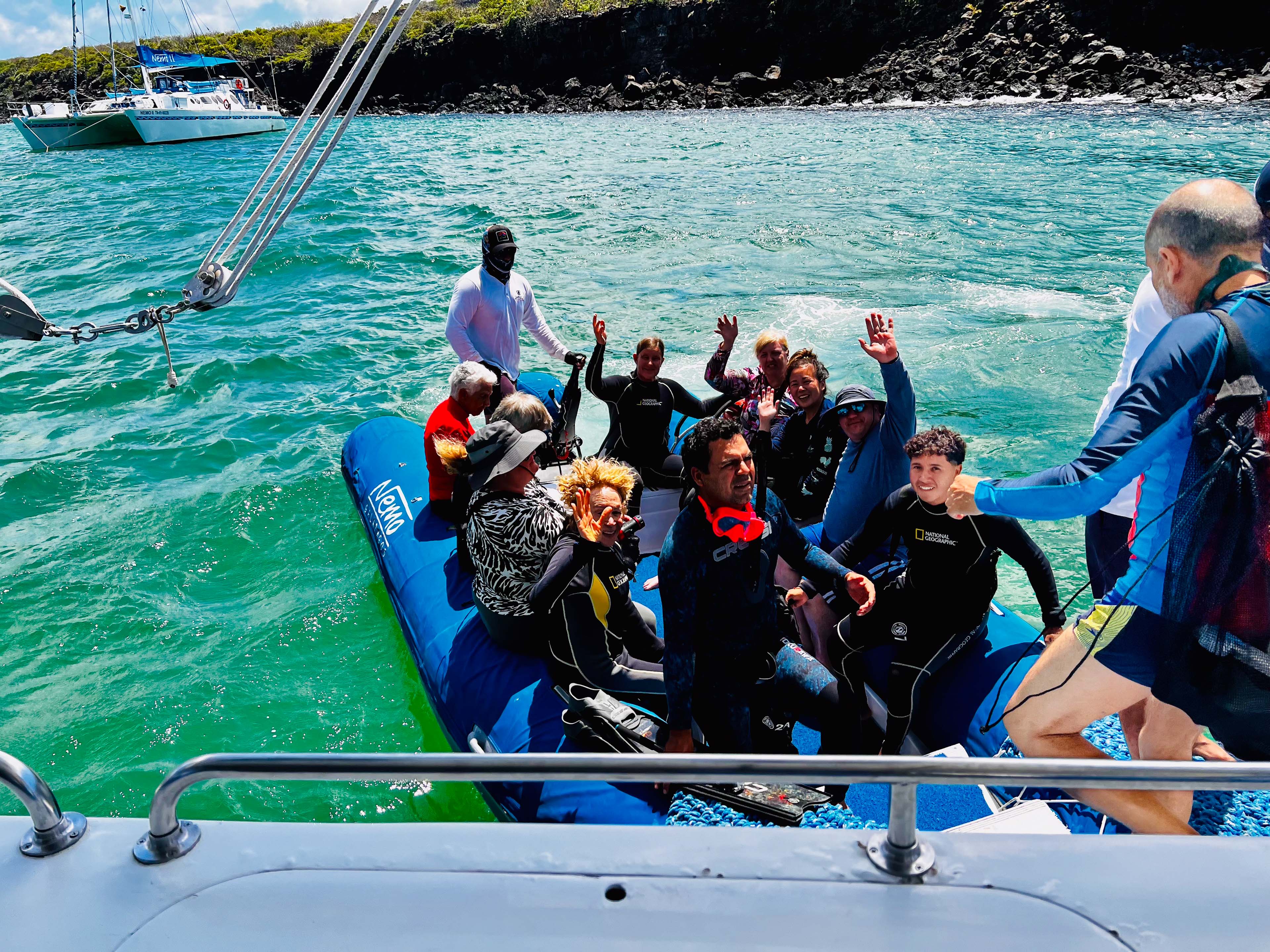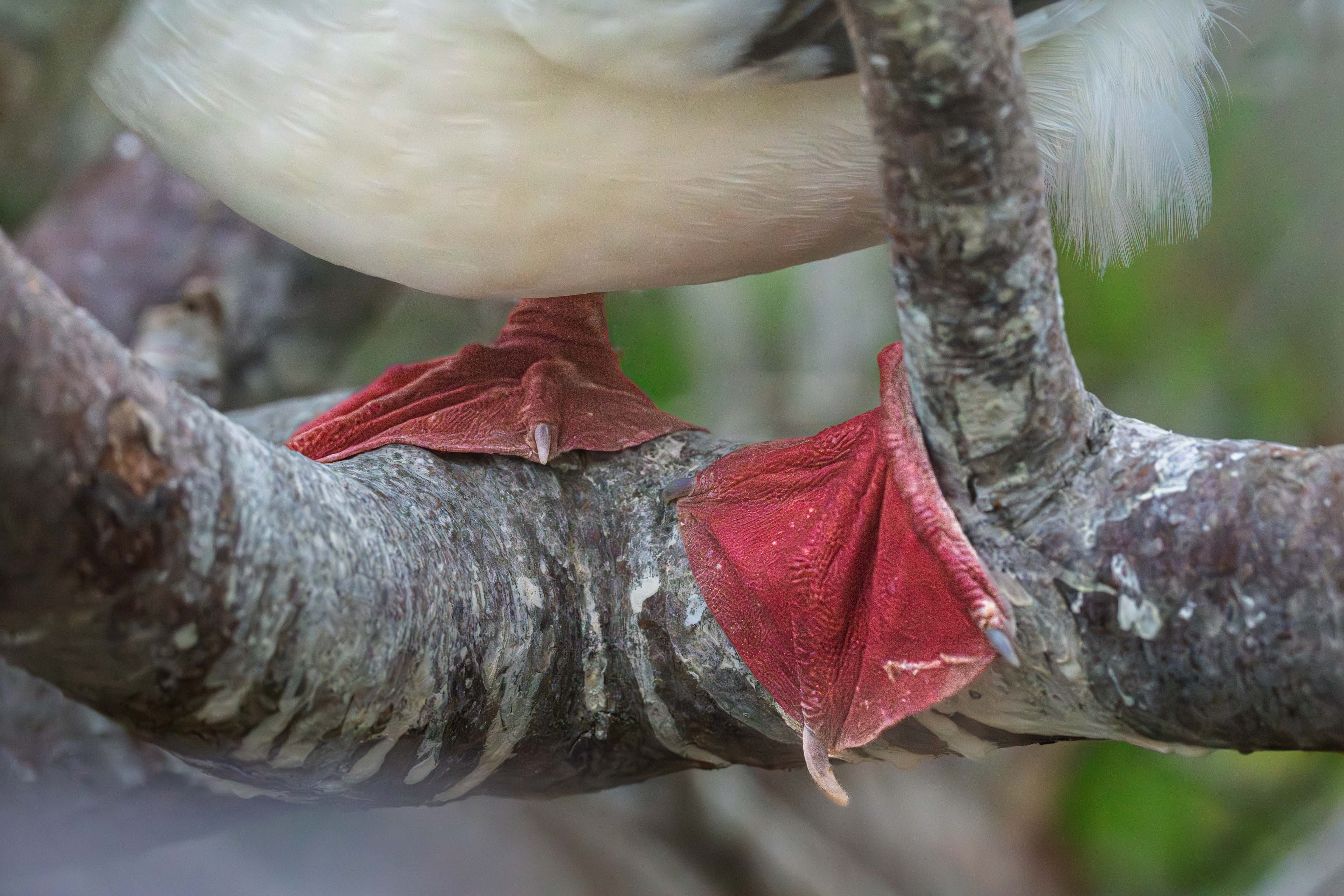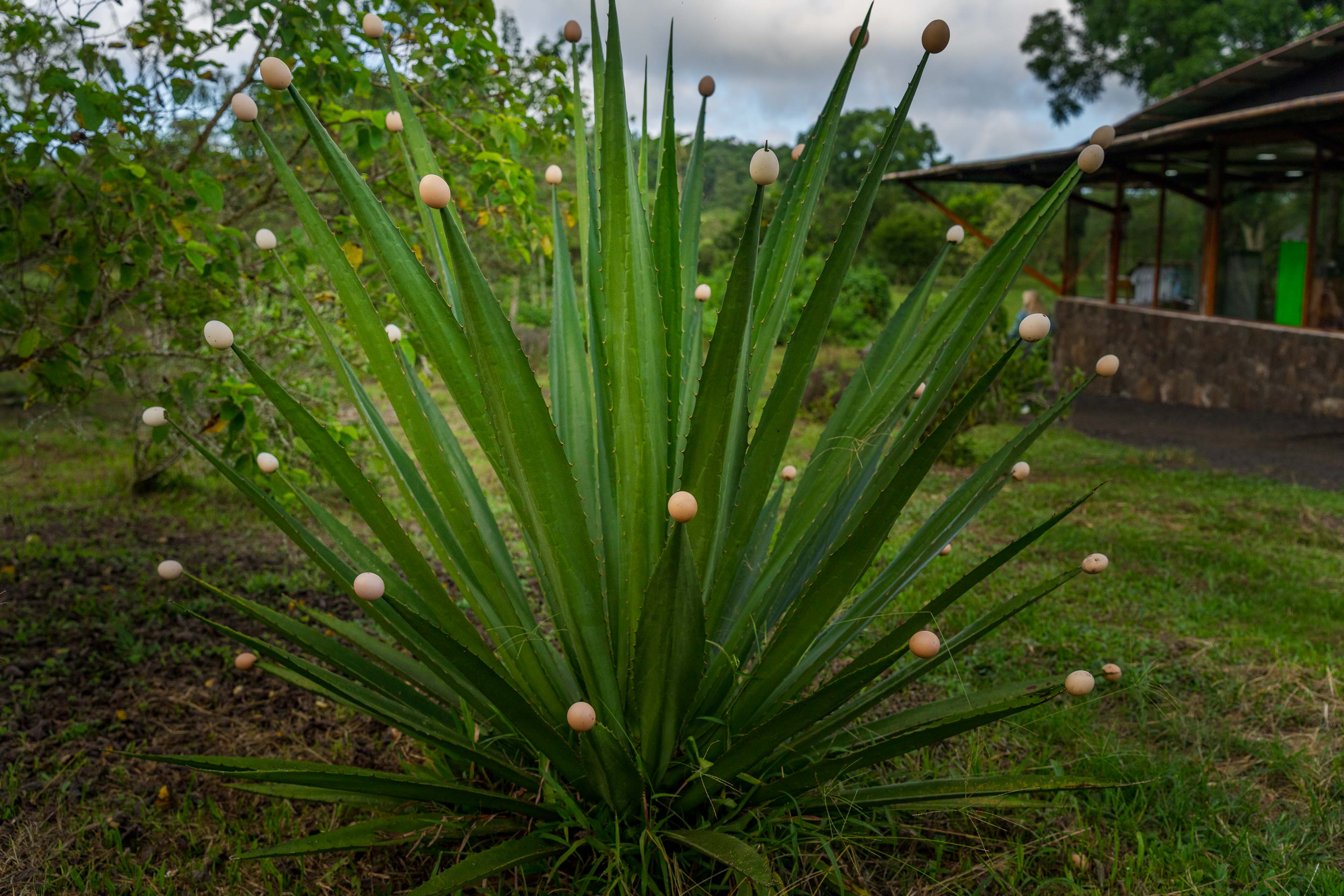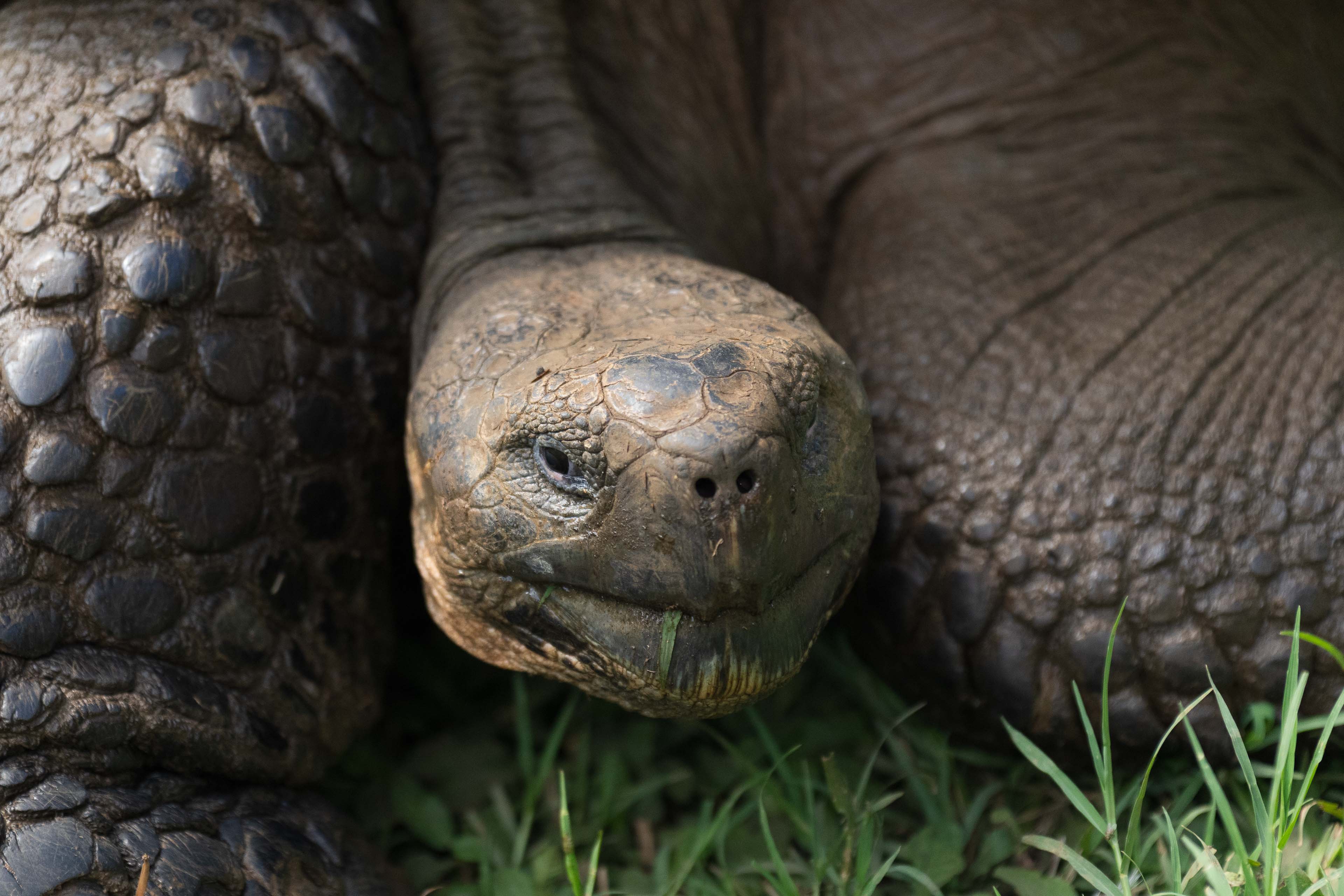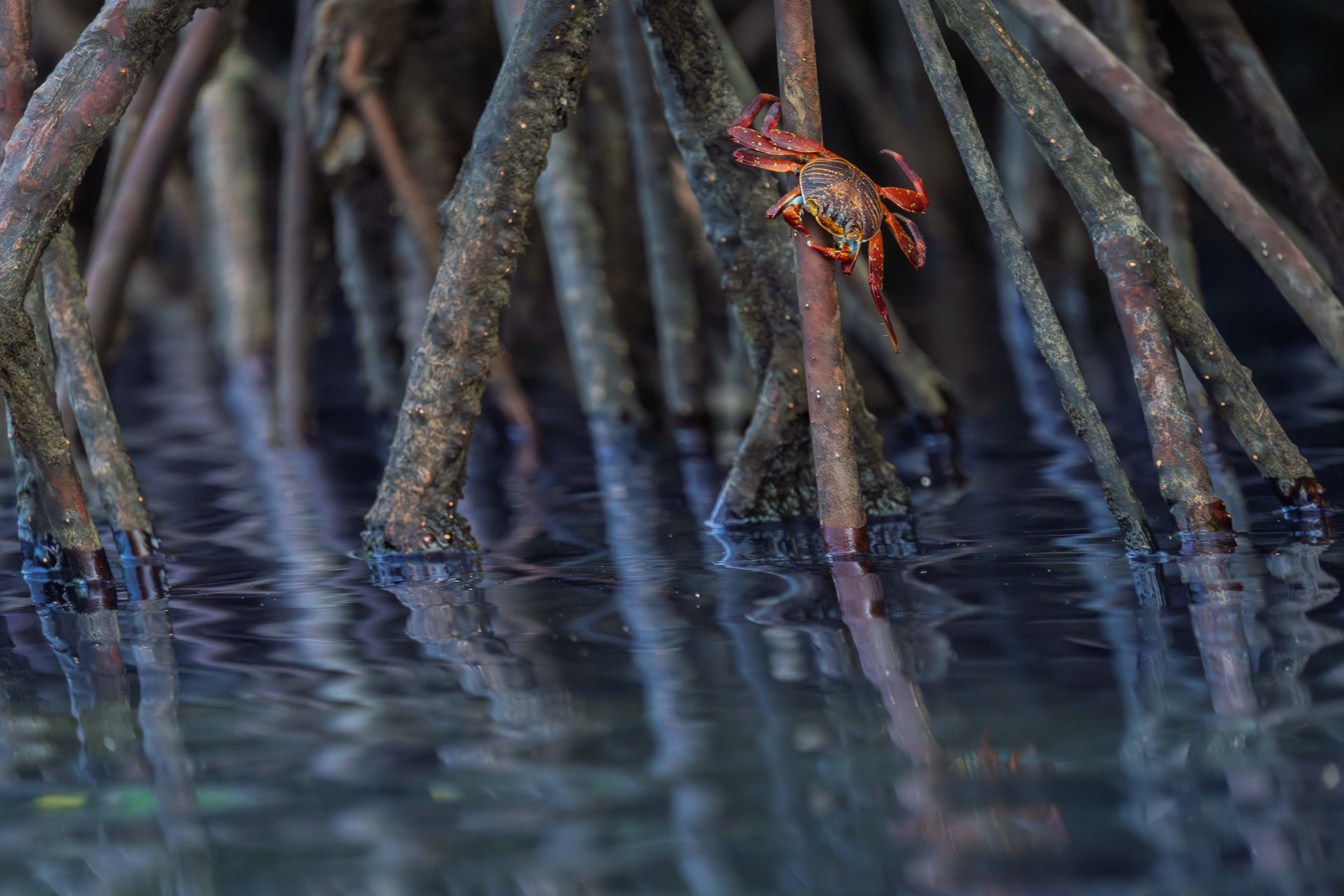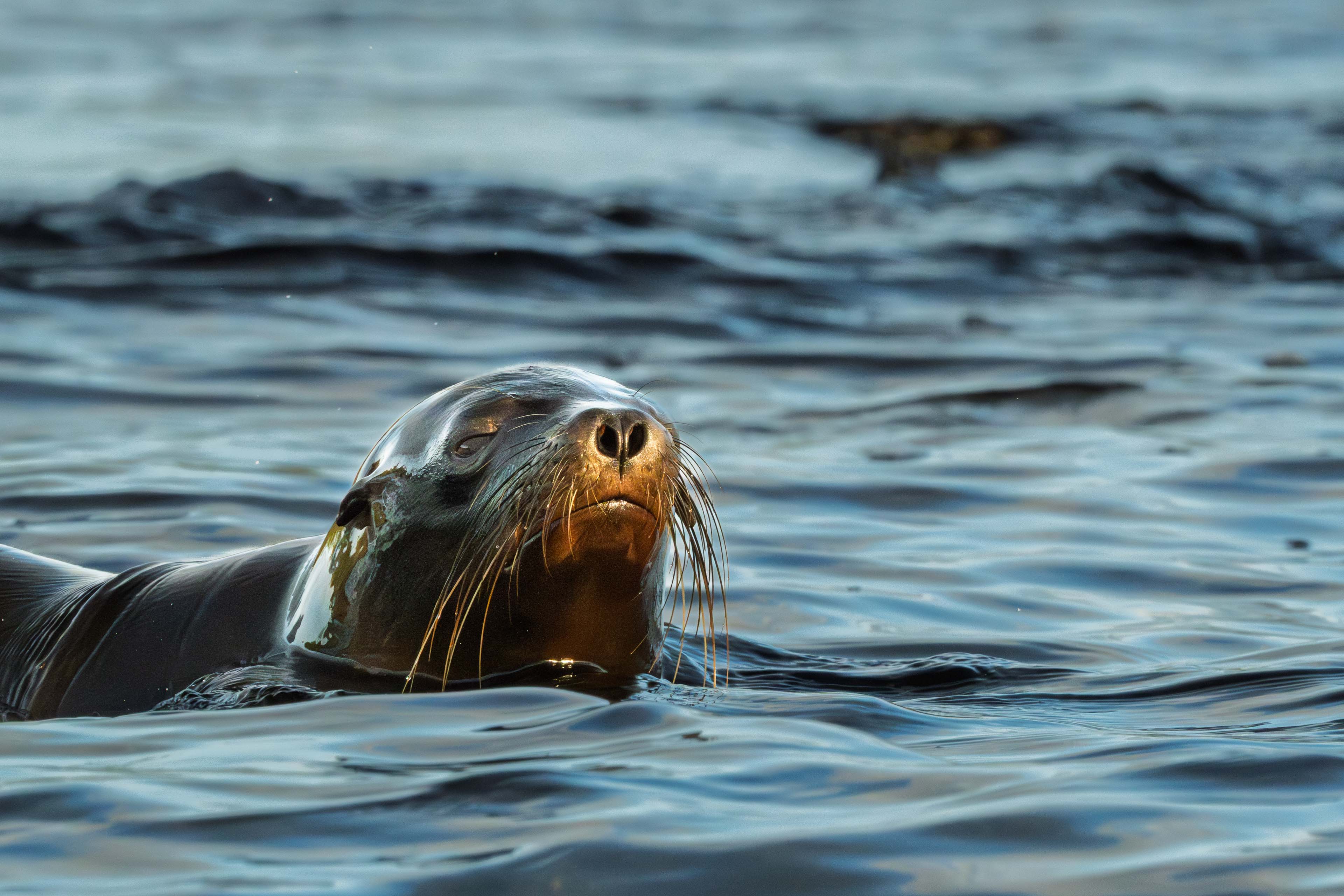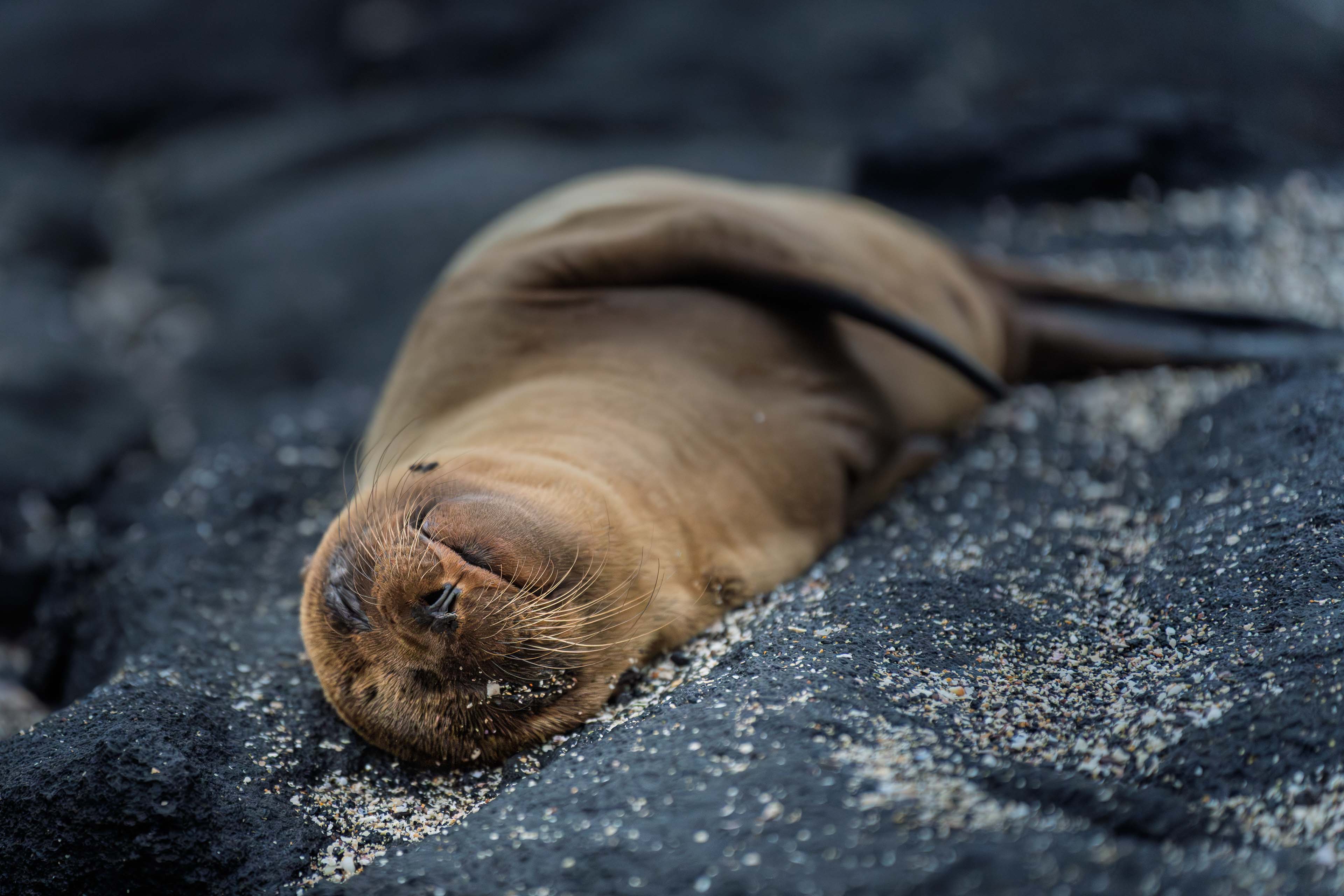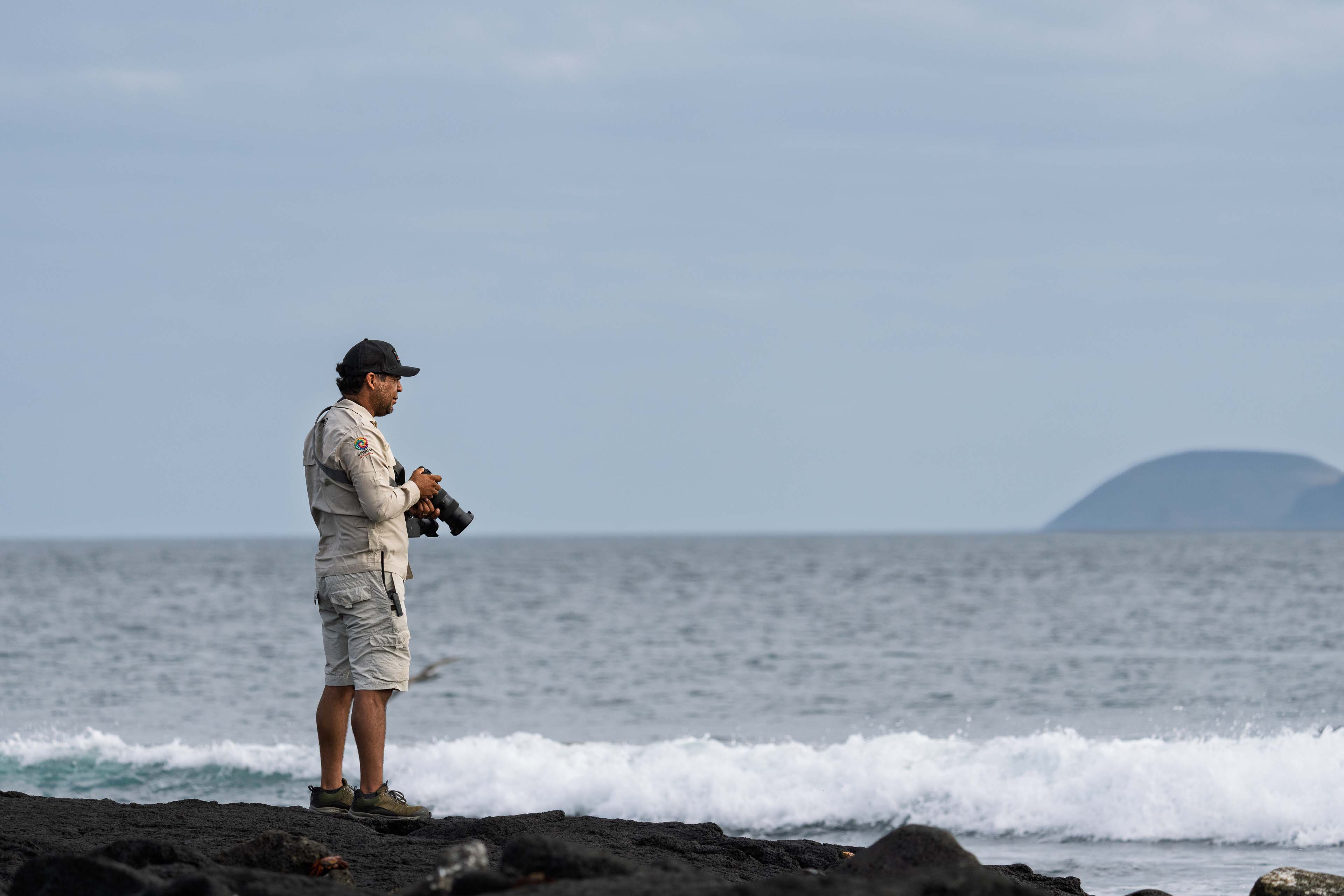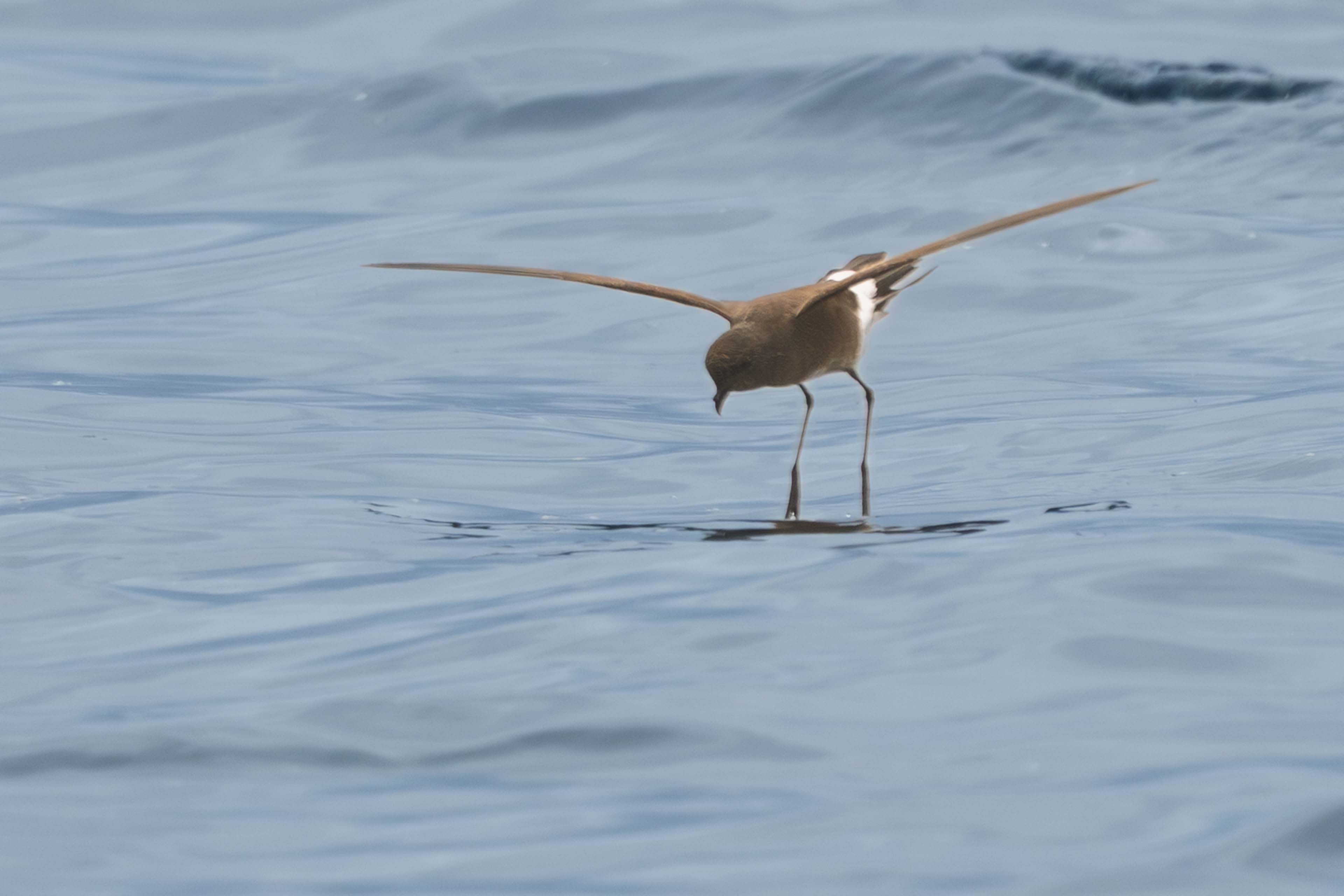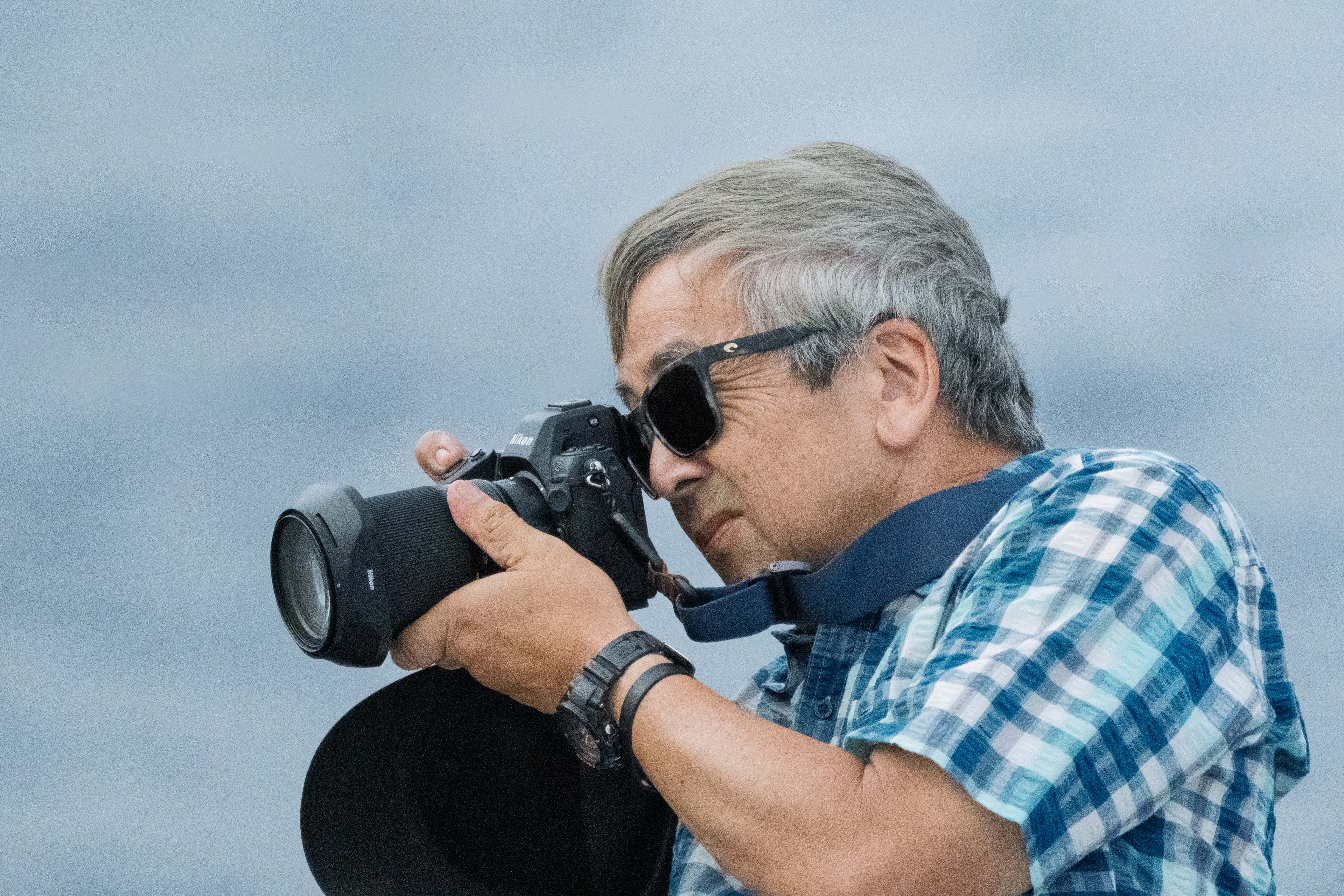The Galapagos Islands
Highlights from a wildlife photographic adventure of a lifetime!
- By Jane Takagi
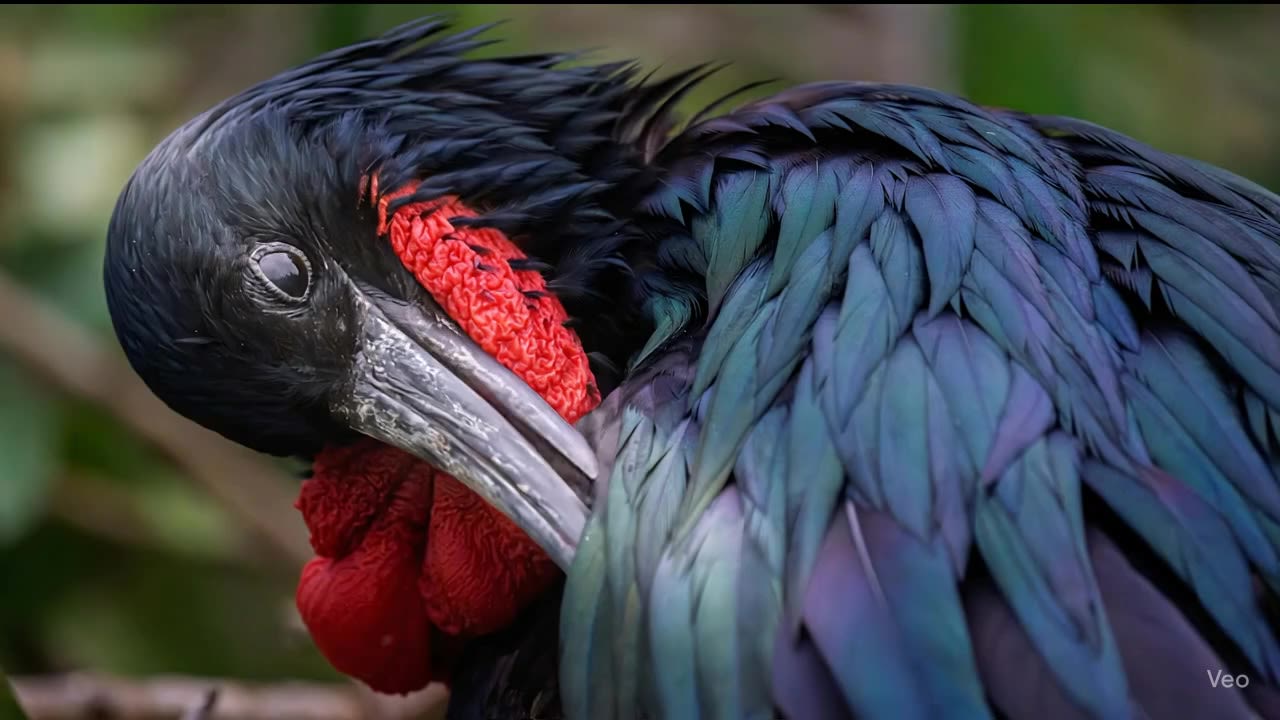

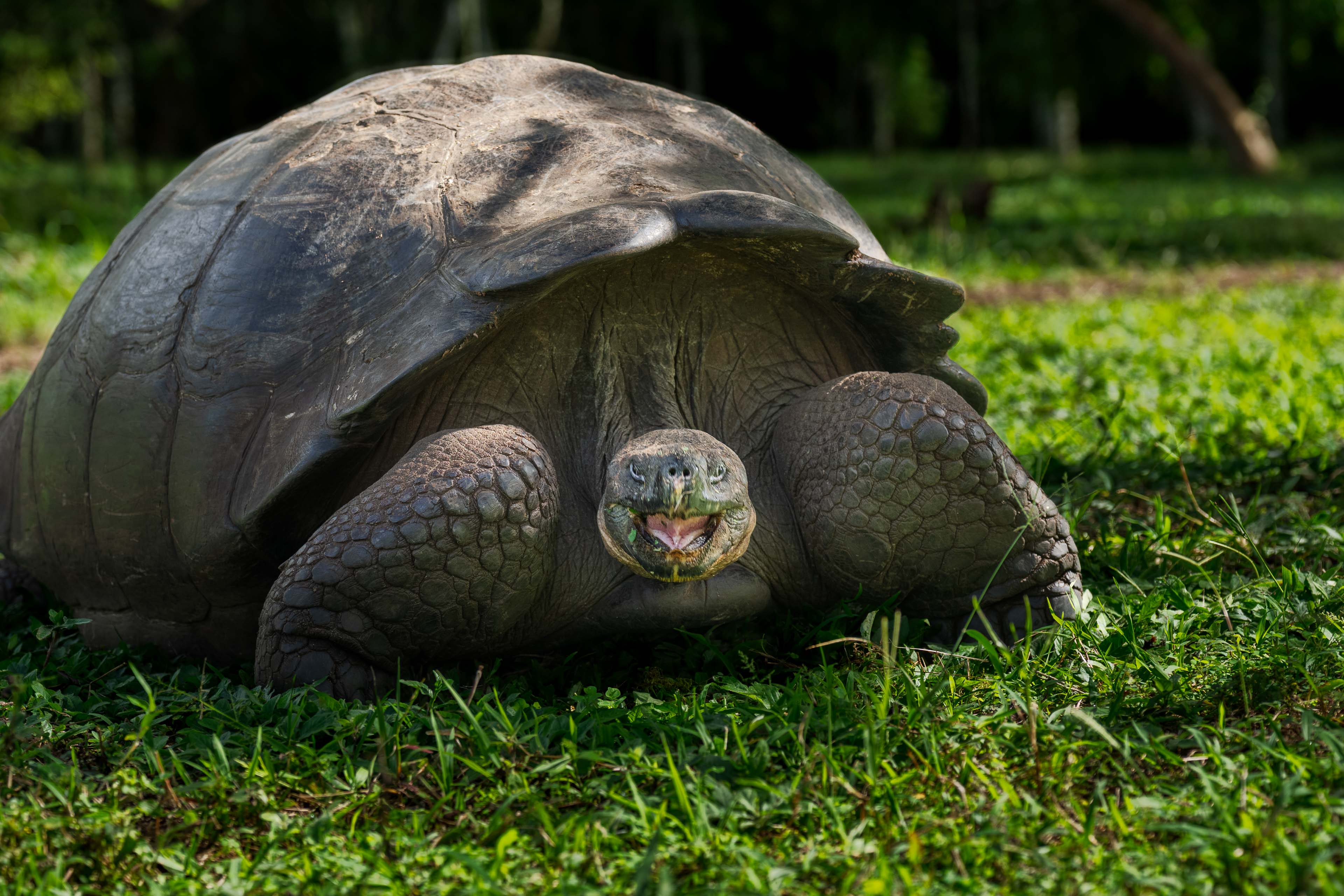
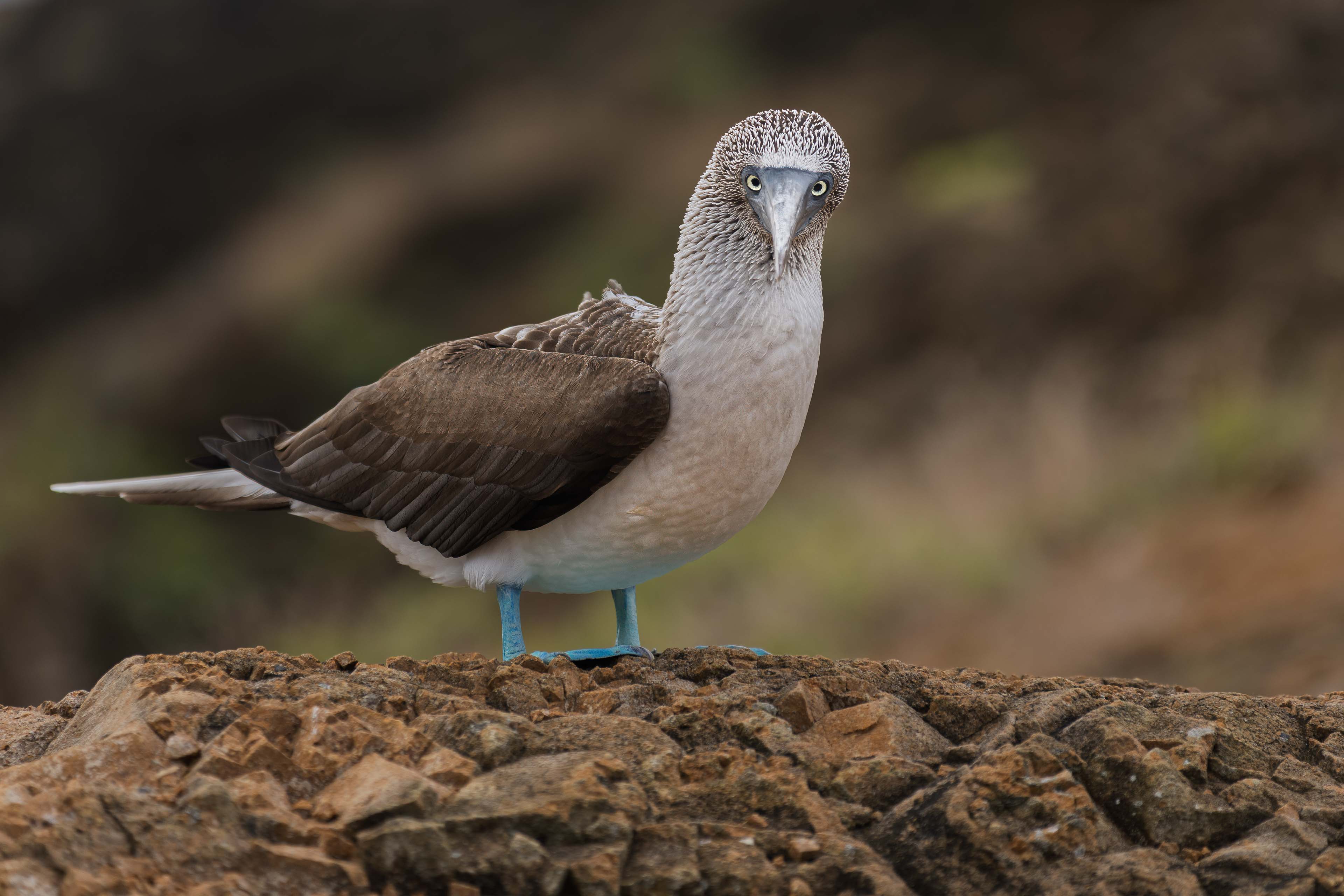
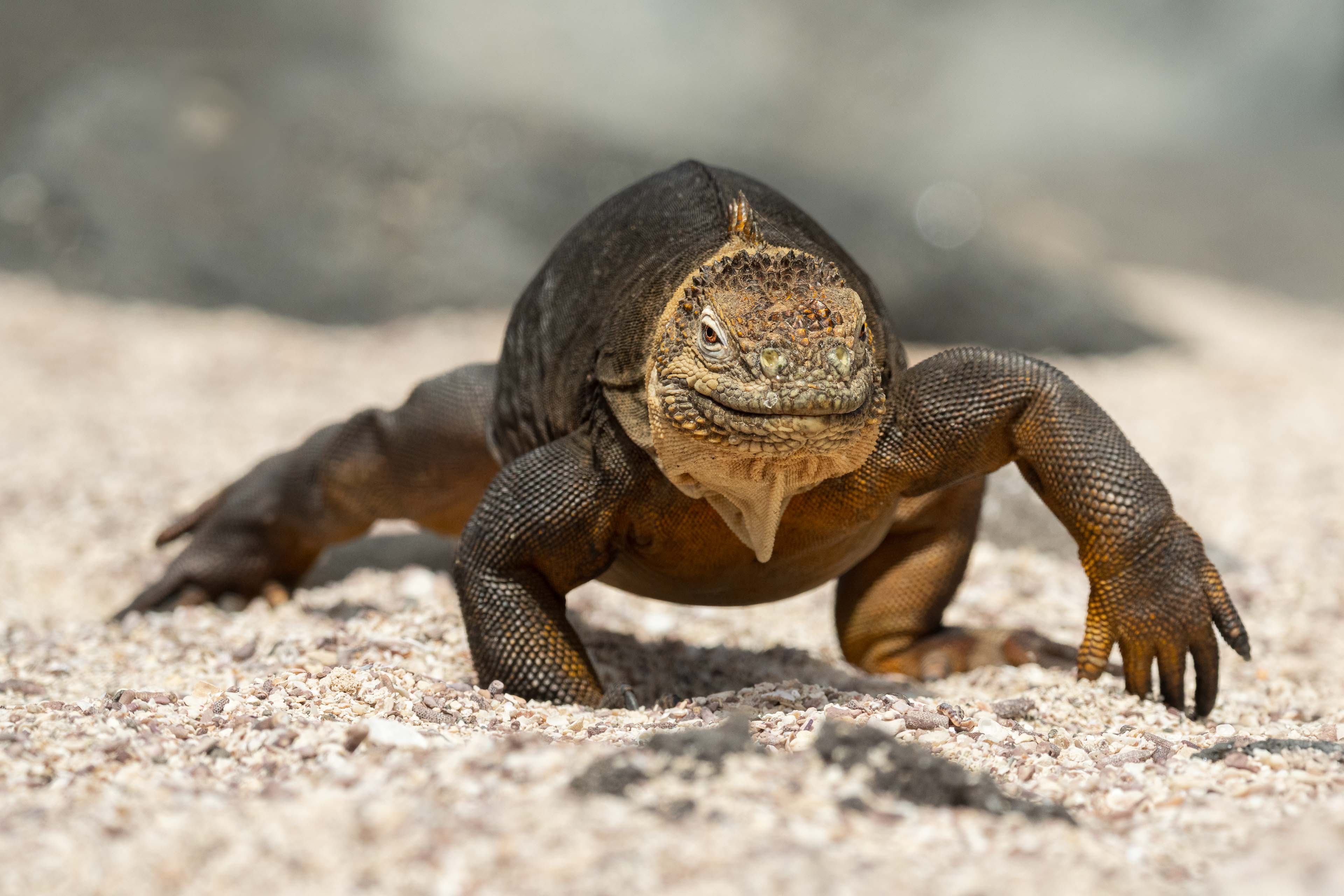
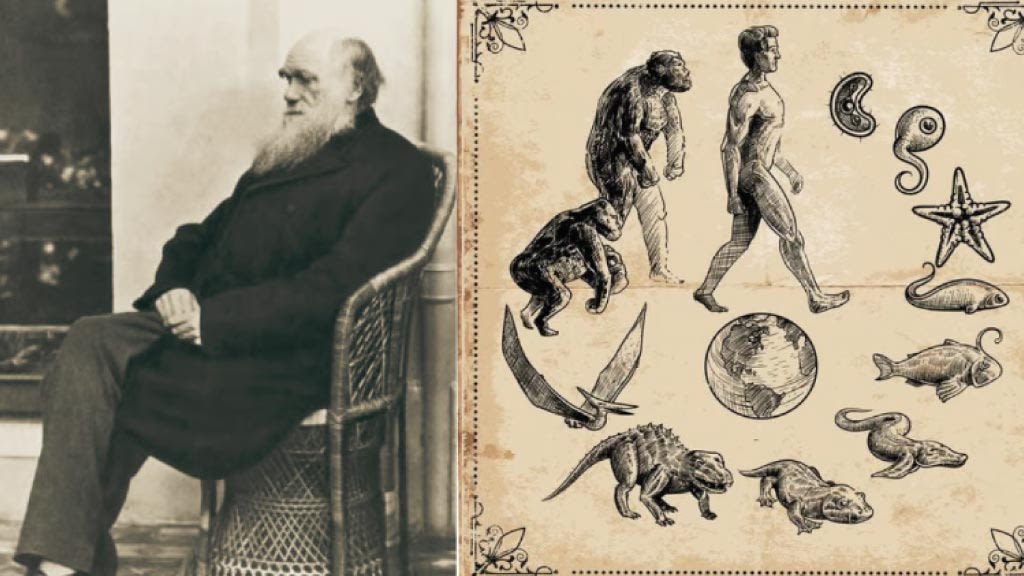
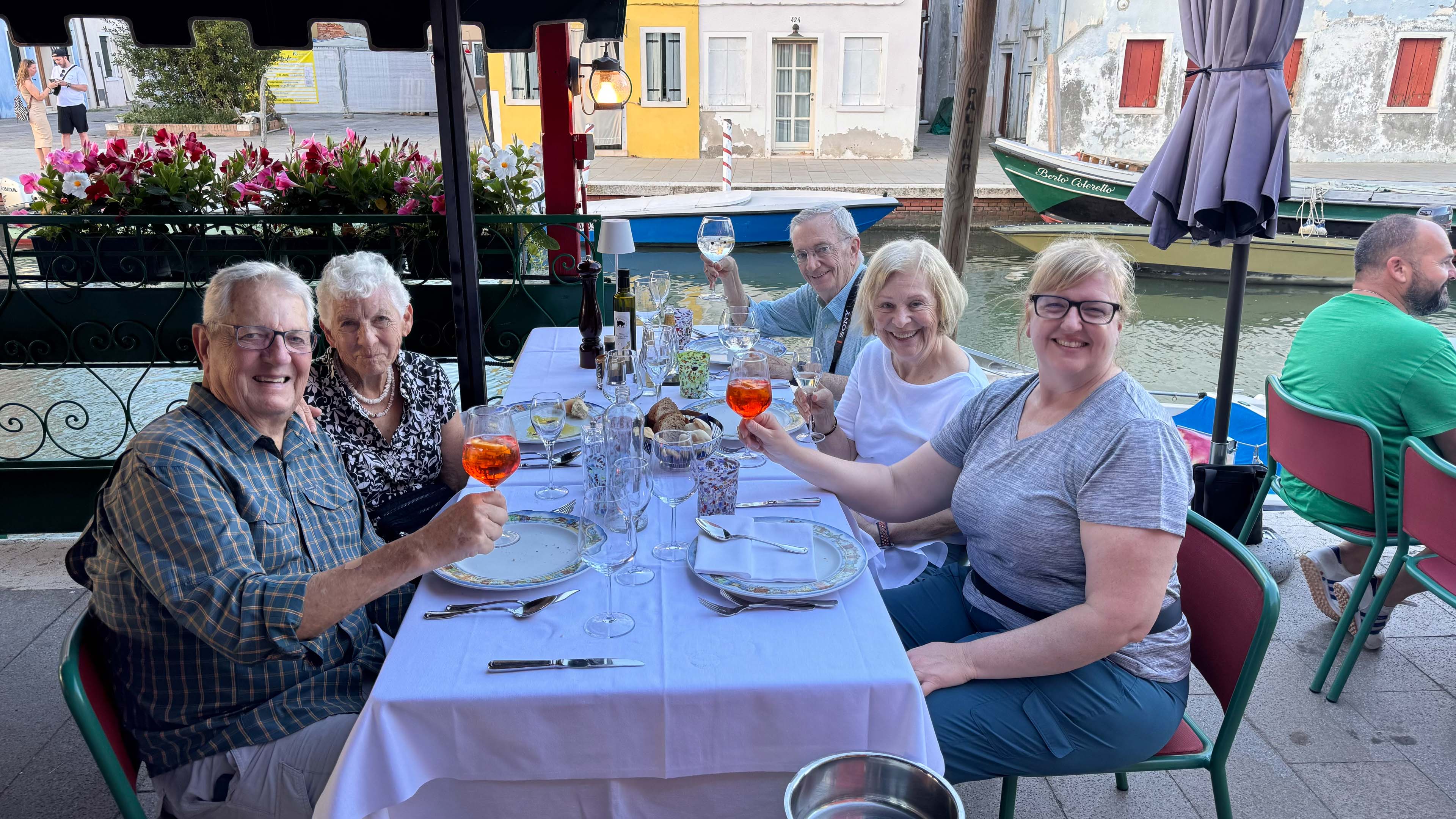
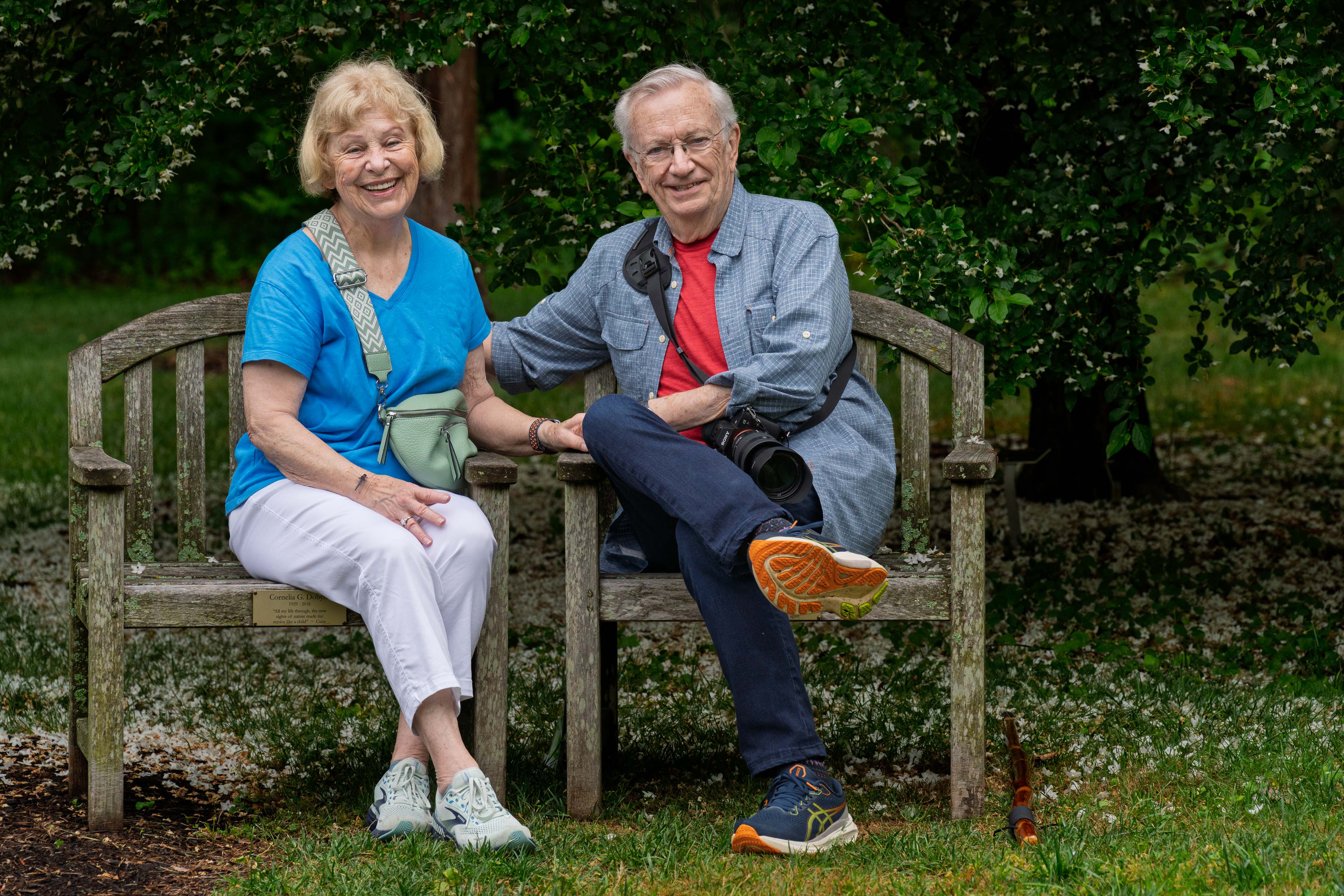
What comes to mind when someone mentions "The Galapagos Islands?
Giant Tortoises!
Blue Footed Boobies
Iguanas
Charles Darwin
... and the Theory of Evolution
The Backstory
Back in 2024 while in Italy, Kelly Fricks asked Jim and Sharon White -- what was left on their travel bucket list.
The Galapagos Islands!
Well, if you know Kelly, she wastes no time in investigating options, planning and organizing.
Unfortunately, Jim and Sharon had to cancel... but the trip went forward with Jim and Sharon with us... but in 2D, texts and email.
With the help of Francisco "Pancho" Enriquez, our wonderful guide based in Ecuador, our adventure was planned and set from May 24 to June 8, 2025.
The Cast of Characters
Where is the Galapagos Islands?
The Galapagos Islands are located about 600 miles off the coast of Ecuador in the Pacific Ocean.
Most of us started our journey EARLY in the morning on May 24 and flew from Los Angeles to Quito, Ecuador, stopping in Atlanta or Miami to change planes. We arrived in Quito in the evening.
Fun Fact: The elevation at the airport in Quito is 9,350 ft (2,830 M)! I was gasping for air as I deplaned and made my way to customs! I was told to expect a mean headache from the high altitude but am not sure if it was the altitude or lack of coffee that day or both!
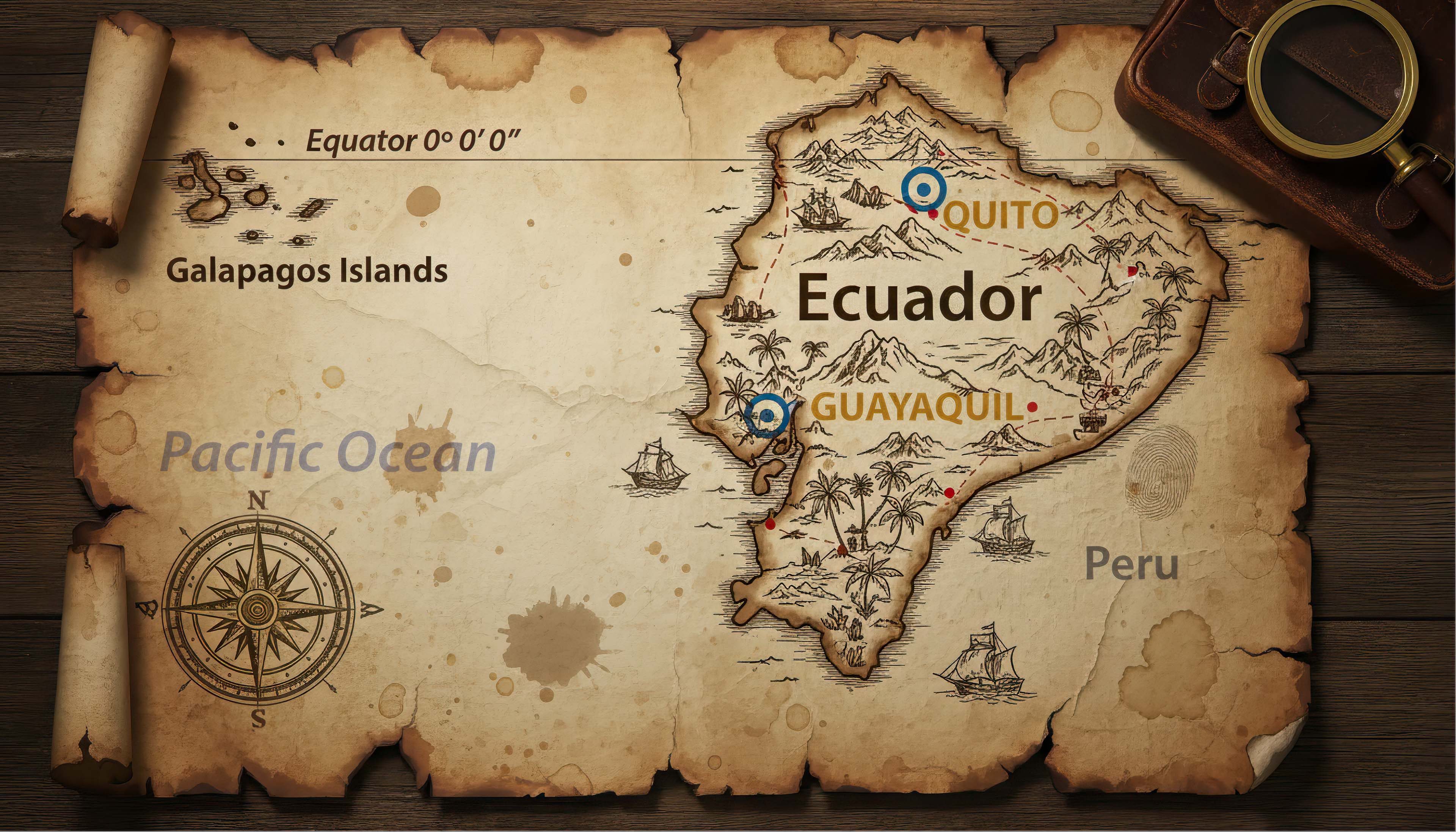
Itinerary
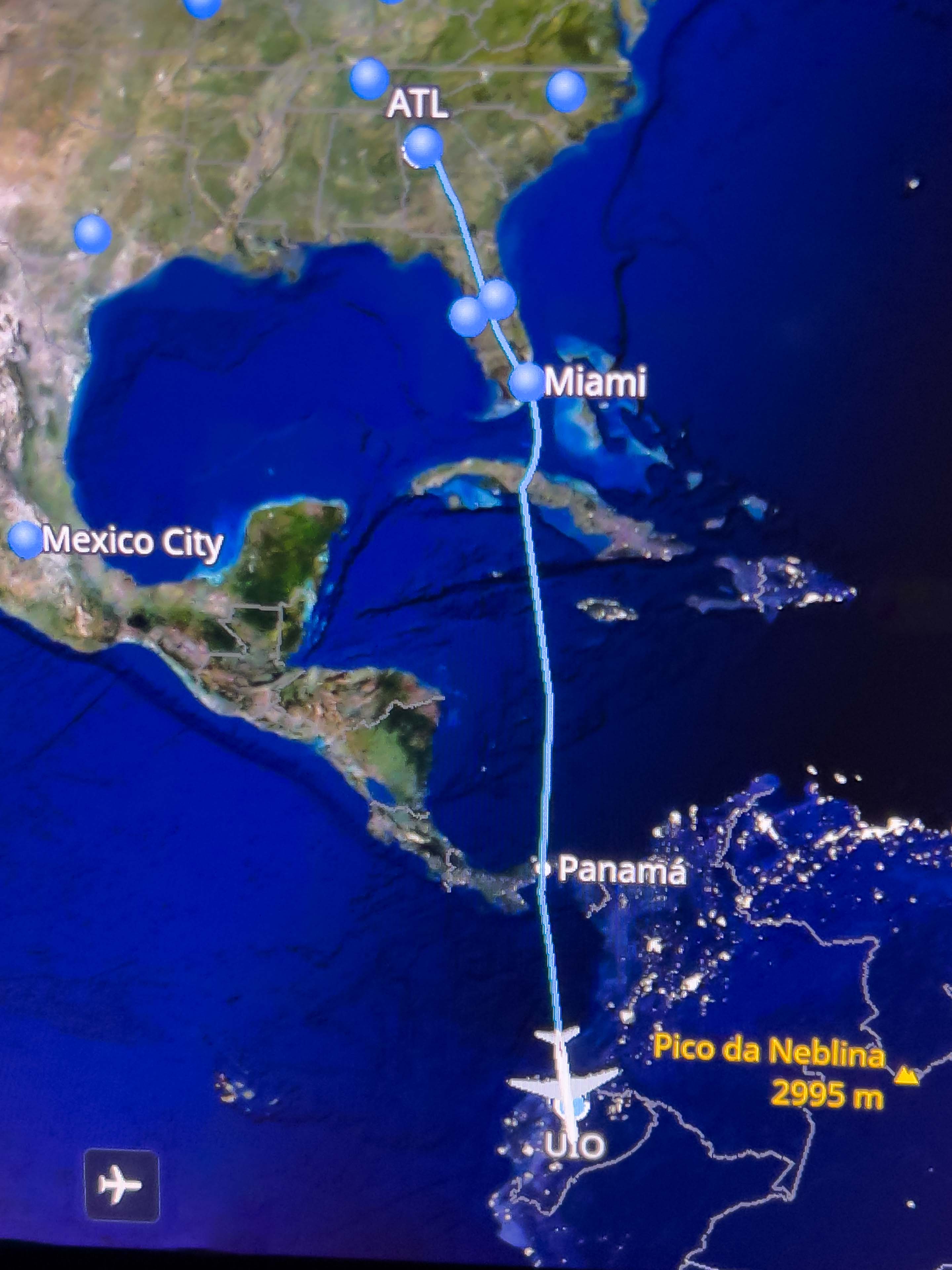
Day 1
Travel Day
May 24, 2025: Depart Los Angeles, CA early AM and arrive to Quito, Ecuador in evening
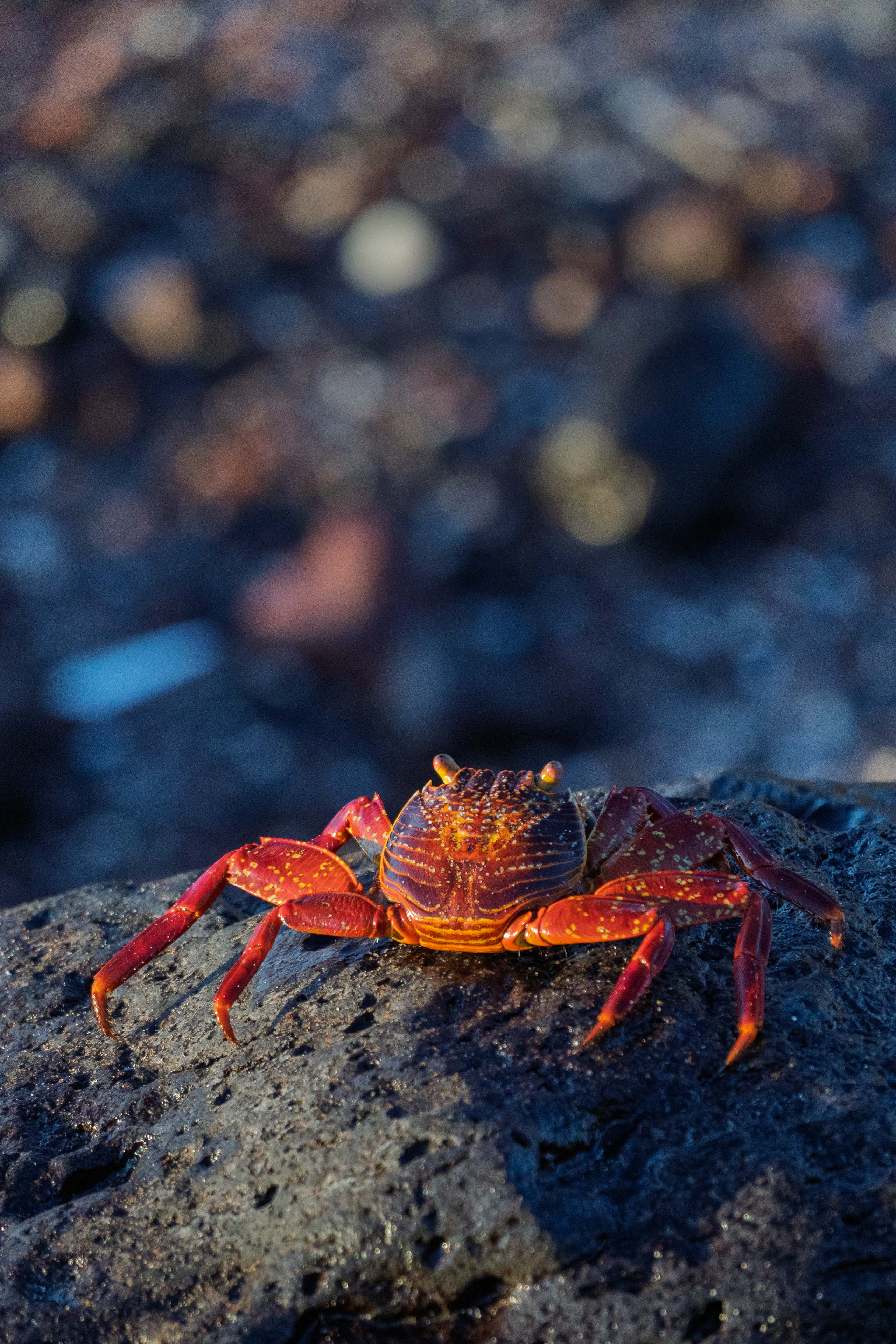
Day 2
San Cristobal
May 25, 2025: Travel day from Quito to San Cristobal. Accommodations: Casa Opuntia for 4 nights
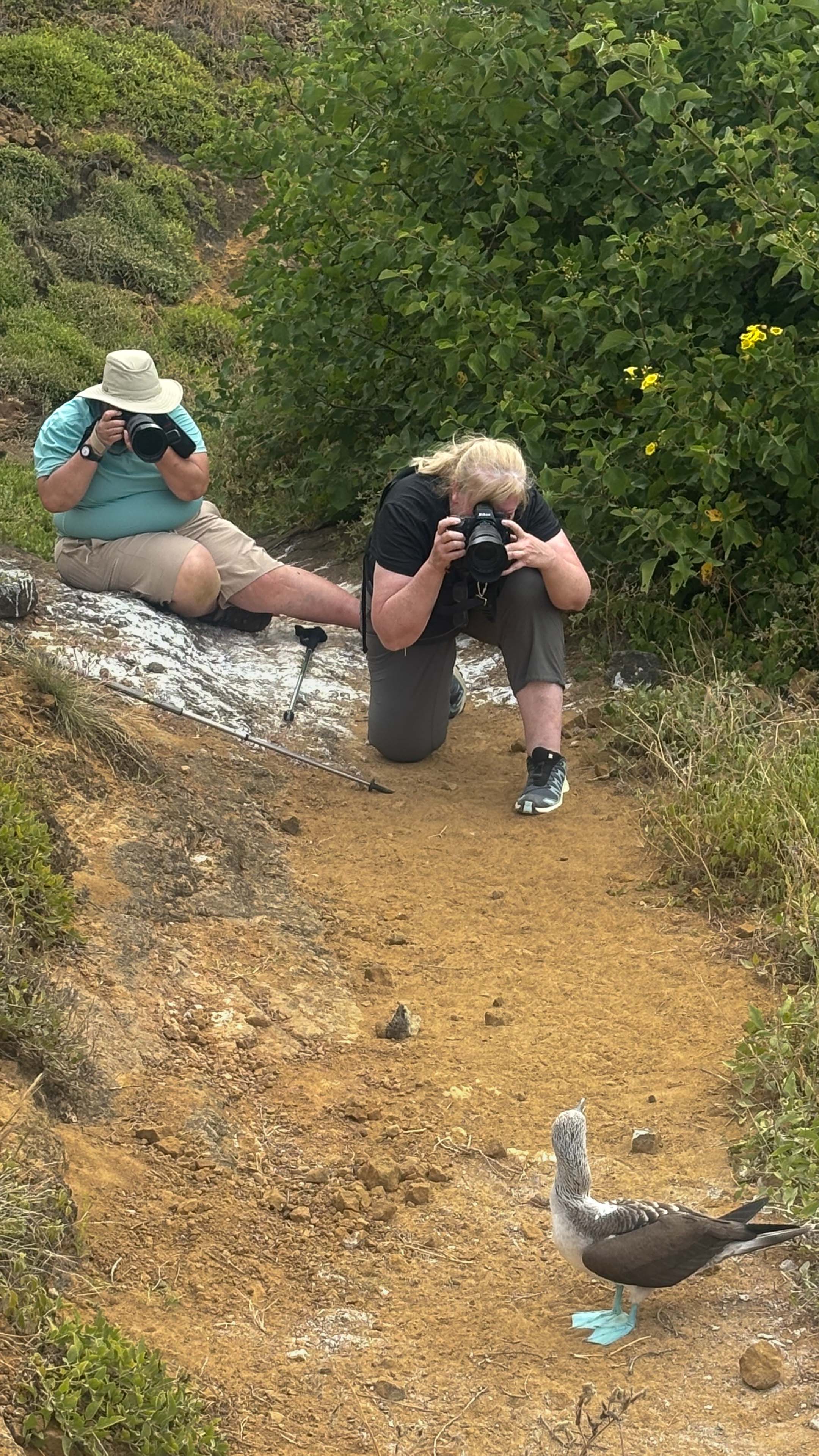
Day 3
San Cristobal
May 26, 2025: Boat excursion to Kicker Rock to snorkel in the morning and hike to Point Pitt in the afternoon to see blue-footed, red-footed and Nazca boobies
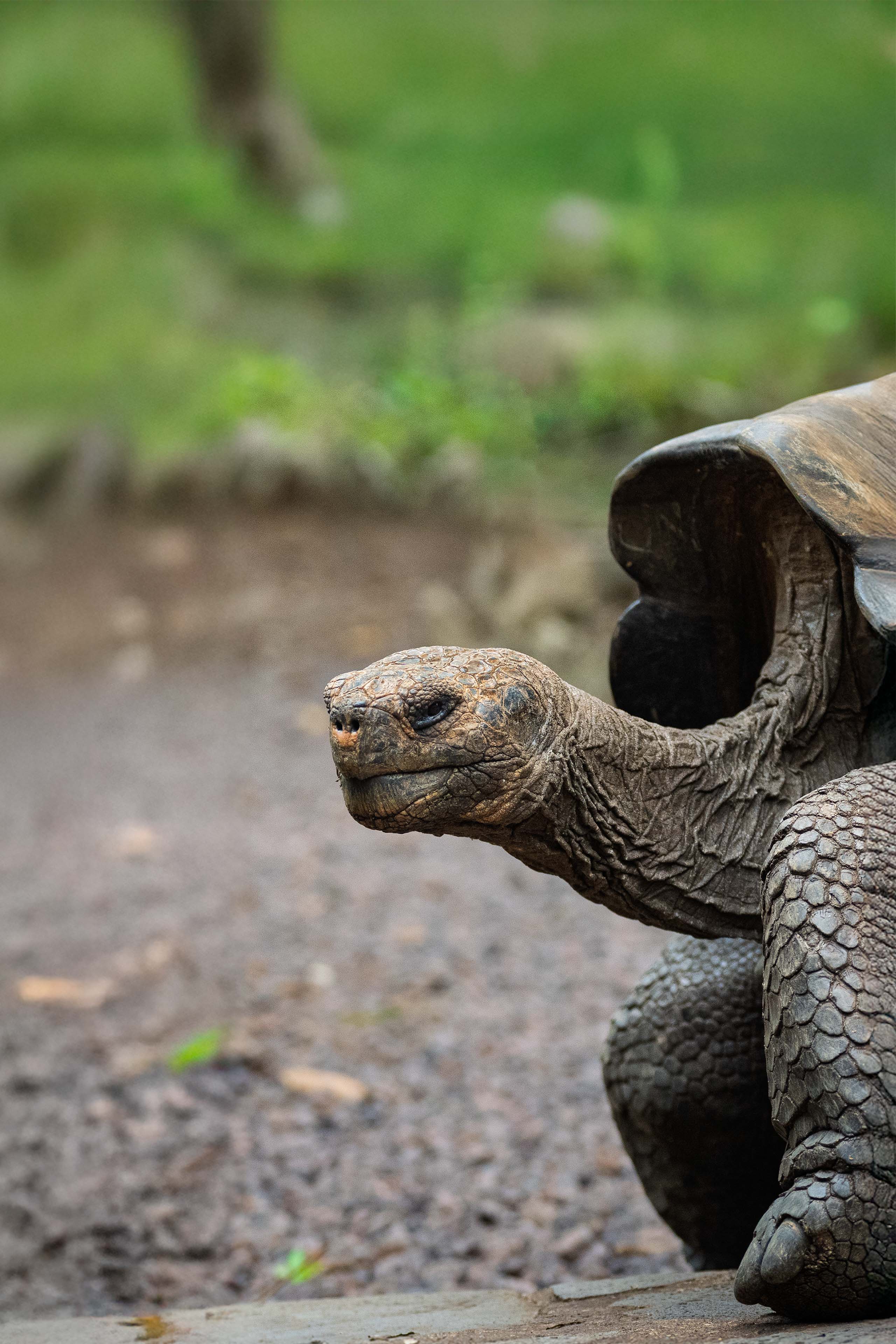
Day 4
San Cristobal
May 27, 2025: Motorcoach to San Cristobal Highlands to see giant tortoises
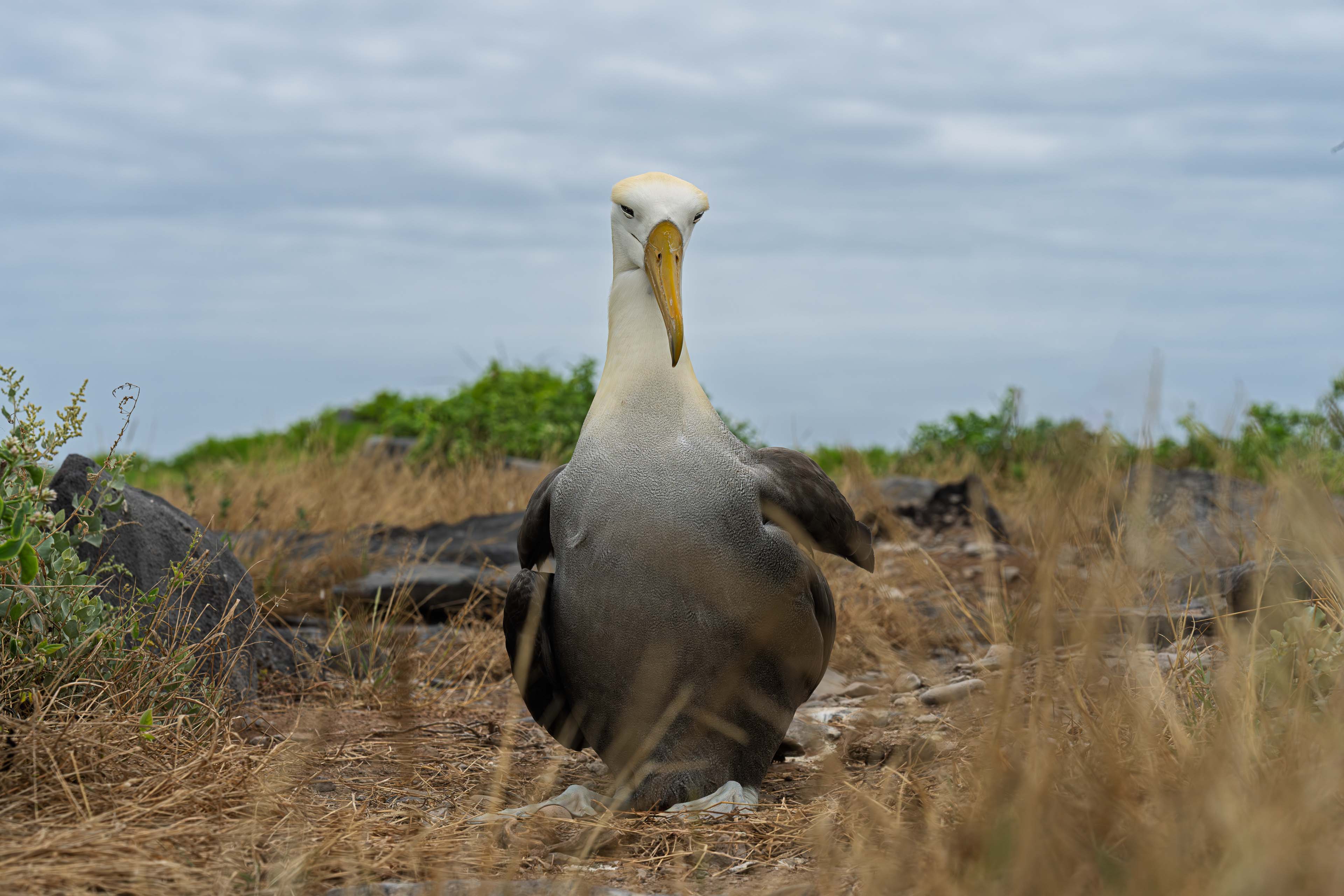
Day 5
Espanola Island
May 28, 2025: Boat excursion to Espanola Island in the morning to see waved albatross. Snorkeling at Gardner Bay in the afternoon
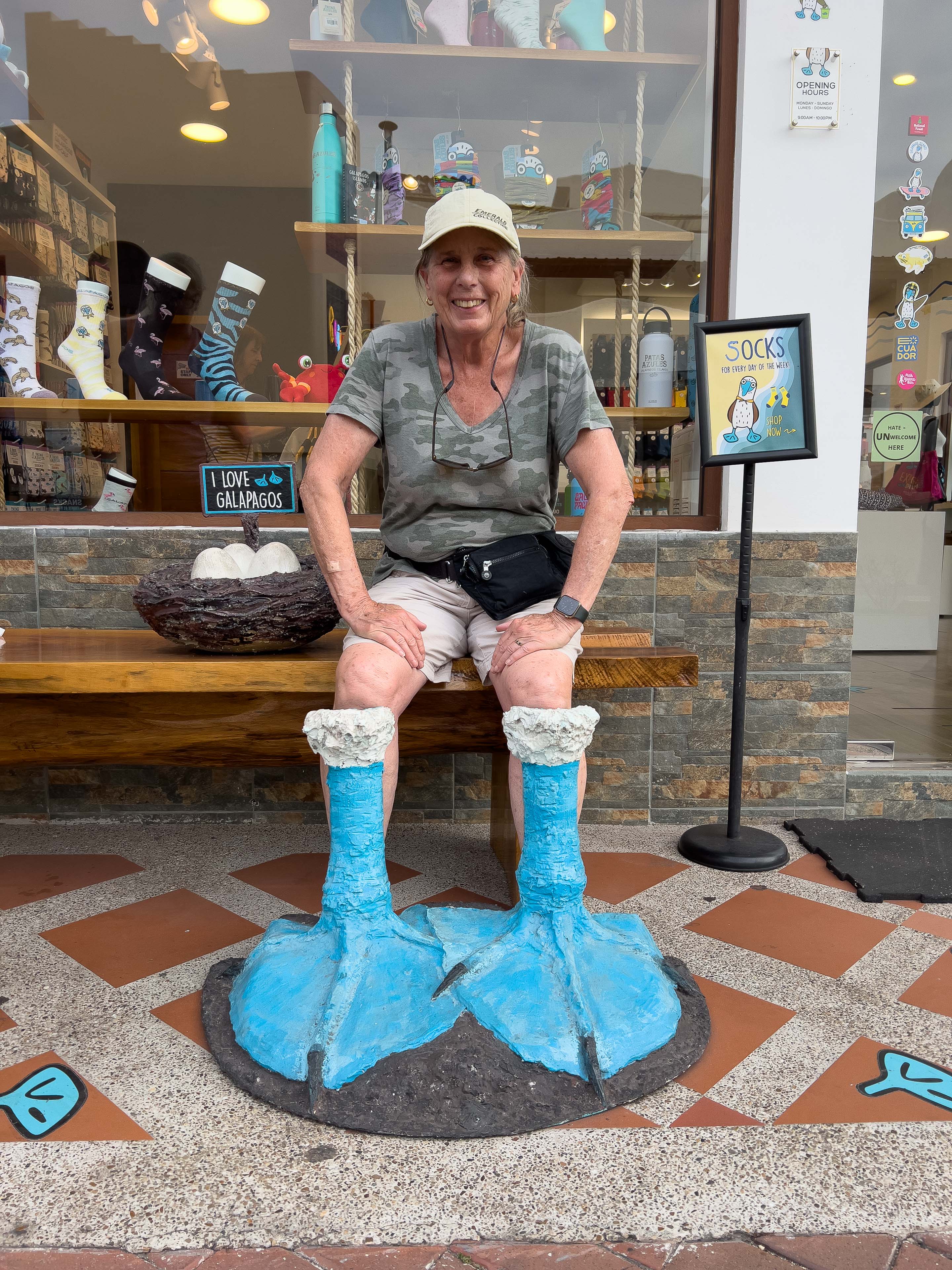
Day 6
Santa Cruz
May 29, 2025: Ferry to Santa Cruz Island. Explore and shop in Puerto Ayora. Accommodations: Angermayer Waterfront Inn for 3 nights
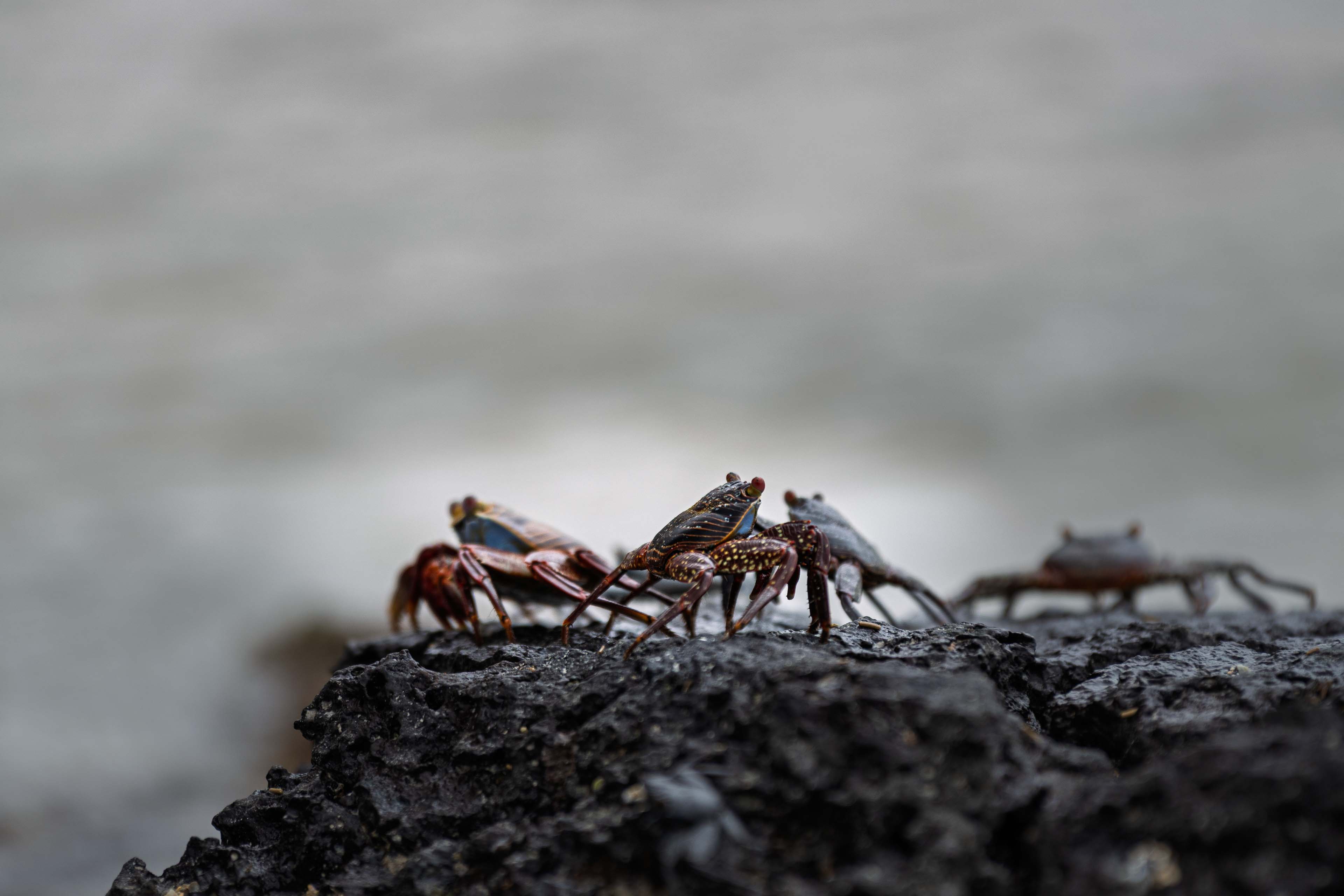
Day 7
Santa Cruz
May 30, 2025: Bus to Playa El Garrapatero on Santa Cruz Island to see flamingoes... they weren't there! Snorkeling in the afternoon at Playa de la Estacion
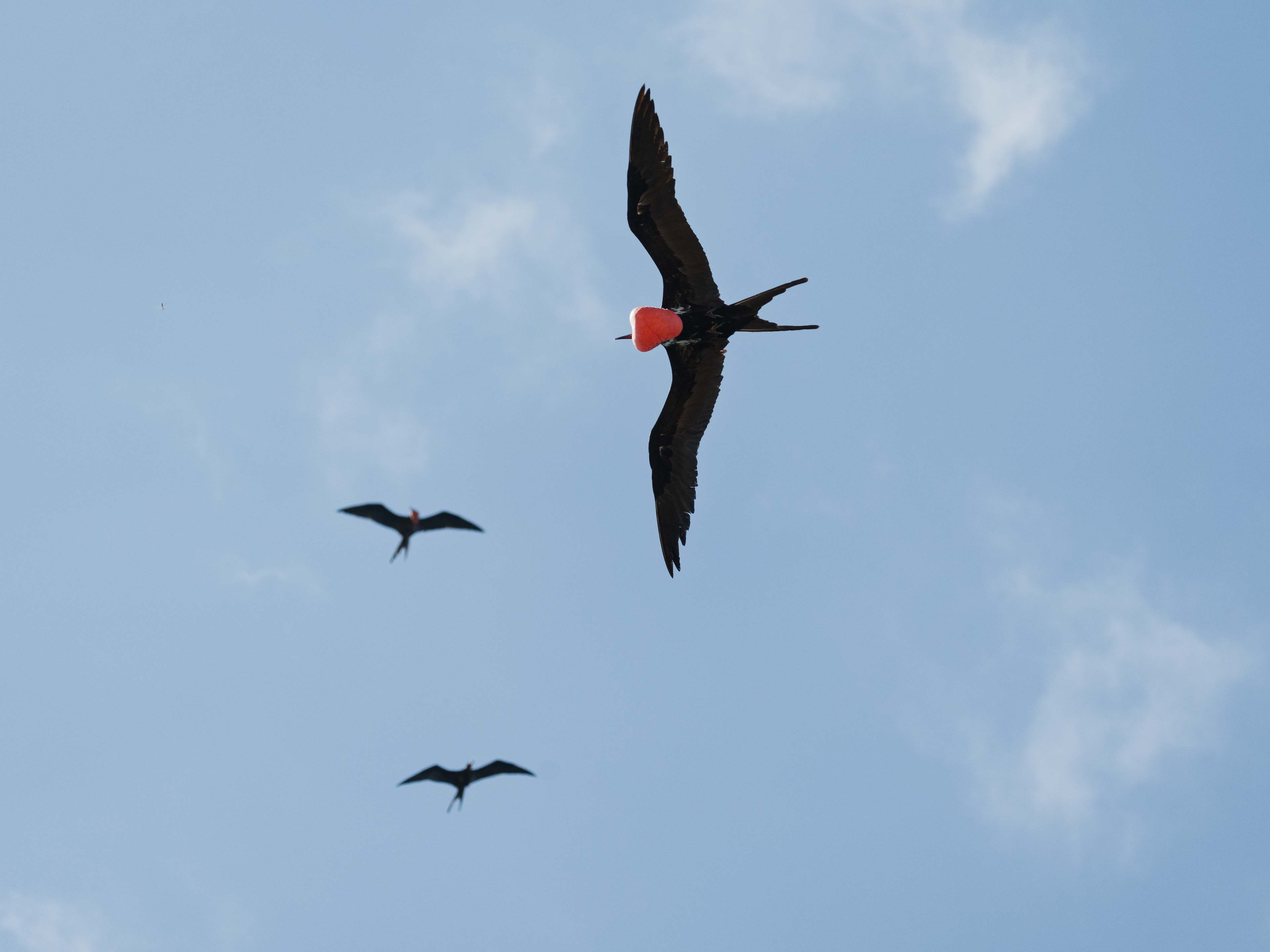
Day 8
North Seymour
May 31, 2025: Boat excursion to North Seymour Island to see land iguanas and lots of birds
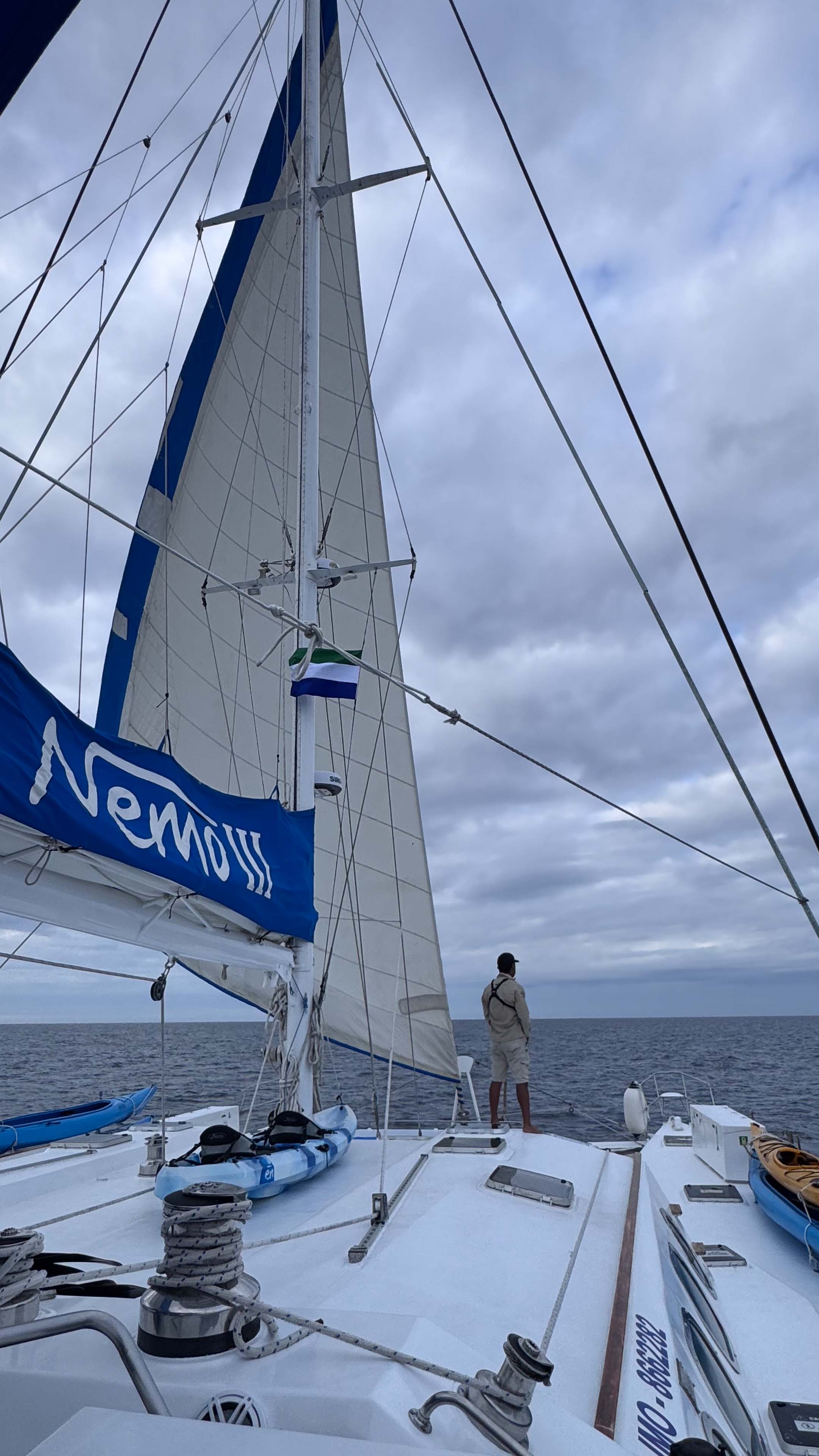
Day 9
at sea...
June 1, 2025: Motorcoach to see local woodworking artisan. Board the catamaran, Nemo III, our home for the next 7 days at Baltra. Sail away towards Genovesa Island
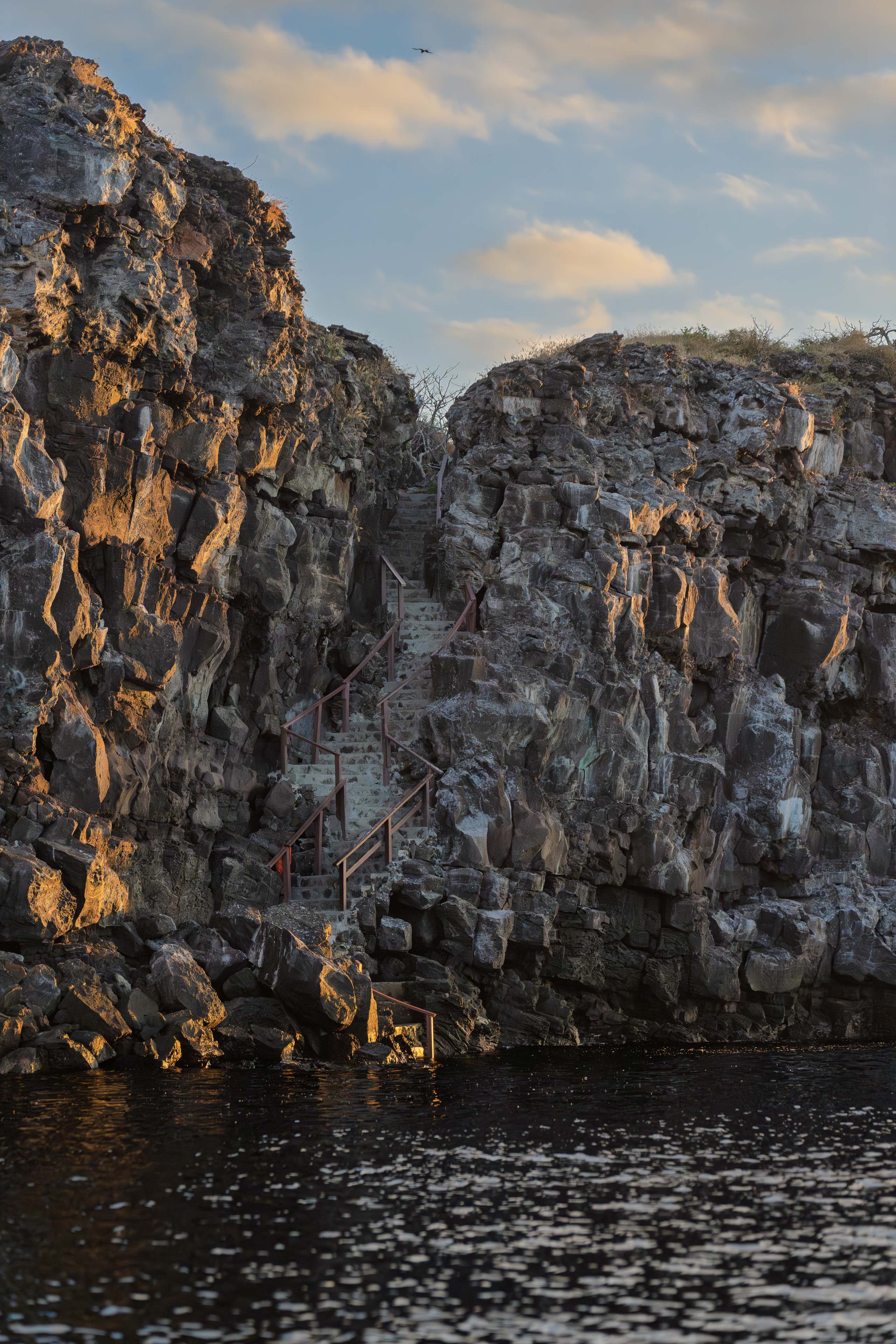
Day 10
Genovesa Island
June 2, 2025: Visit Genovesa Island, the Bird's Paradise to see red-footed boobies, frigatebirds, Nazca boobies and even a short-eared owl! Afternoon snorkeling in Darwin Bay
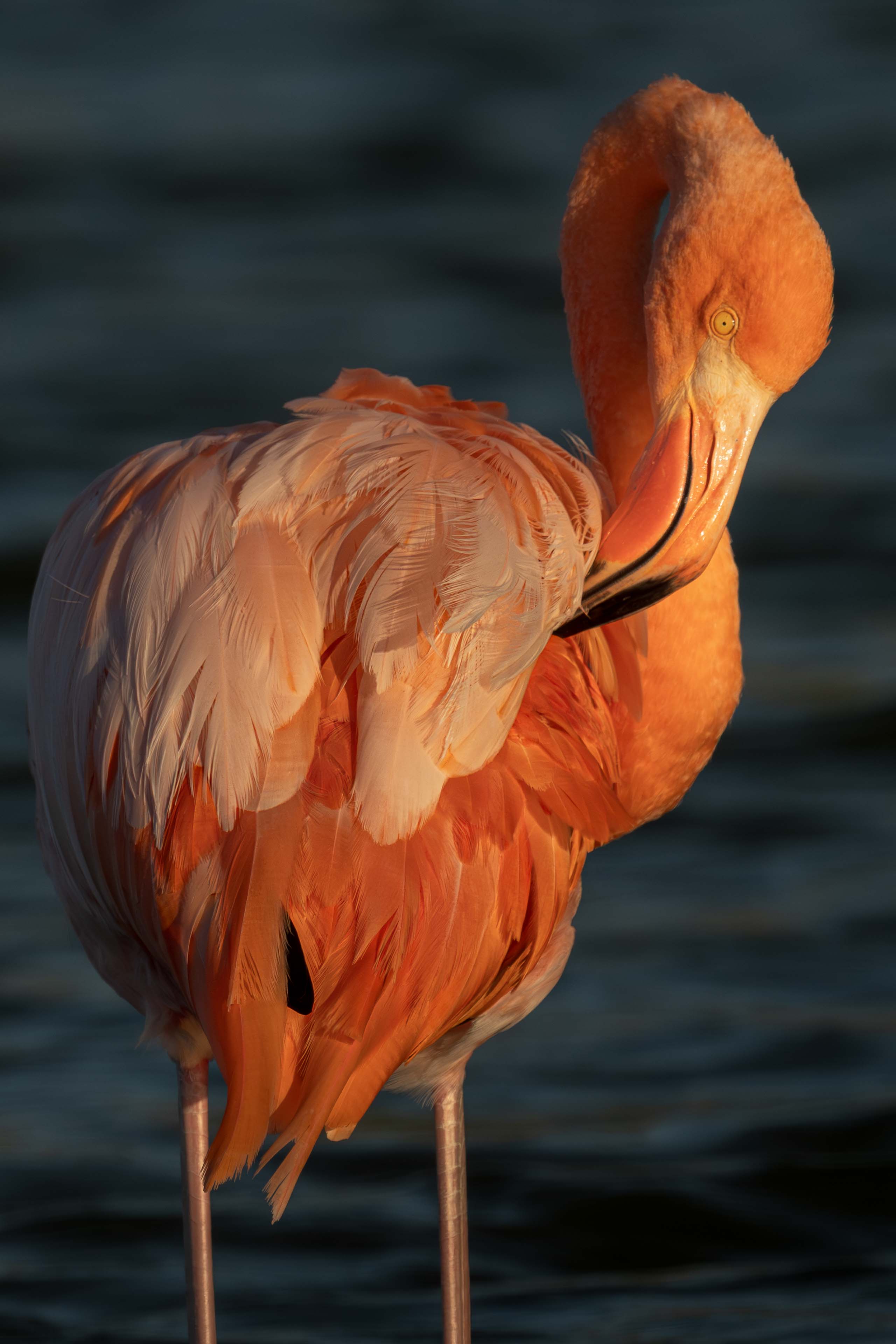
Day 11
Santiago, Rabida Islands
June 3, 2025: Wake up at Santiago Island, pass the Chinese Hat, snorkel at Sullivan's Bay and see flamingos in the late afternoon at Rabida Island
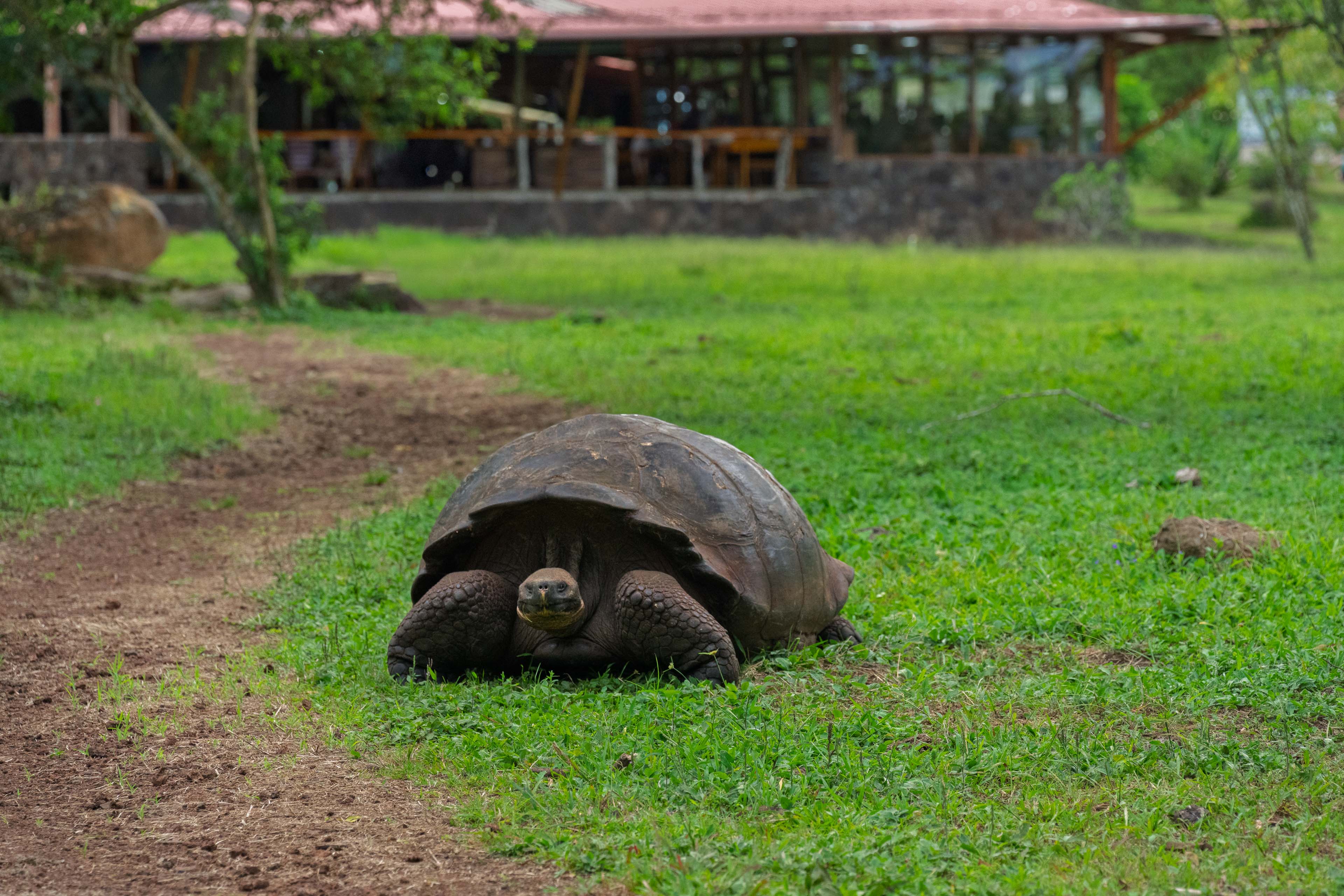
Day 12
Santa Cruz
June 4, 2025: Return to Santa Cruz Highlands to see giant tortoises and another opportunity to shop! Long sailing evening to Isabela Island

Day 13
Isabela Island
June 5, 2025: Early morning panga ride to see Galapagos penguins off of Moreno Point on Isabela Island. Afternoon snorkeling in Urbina Bay
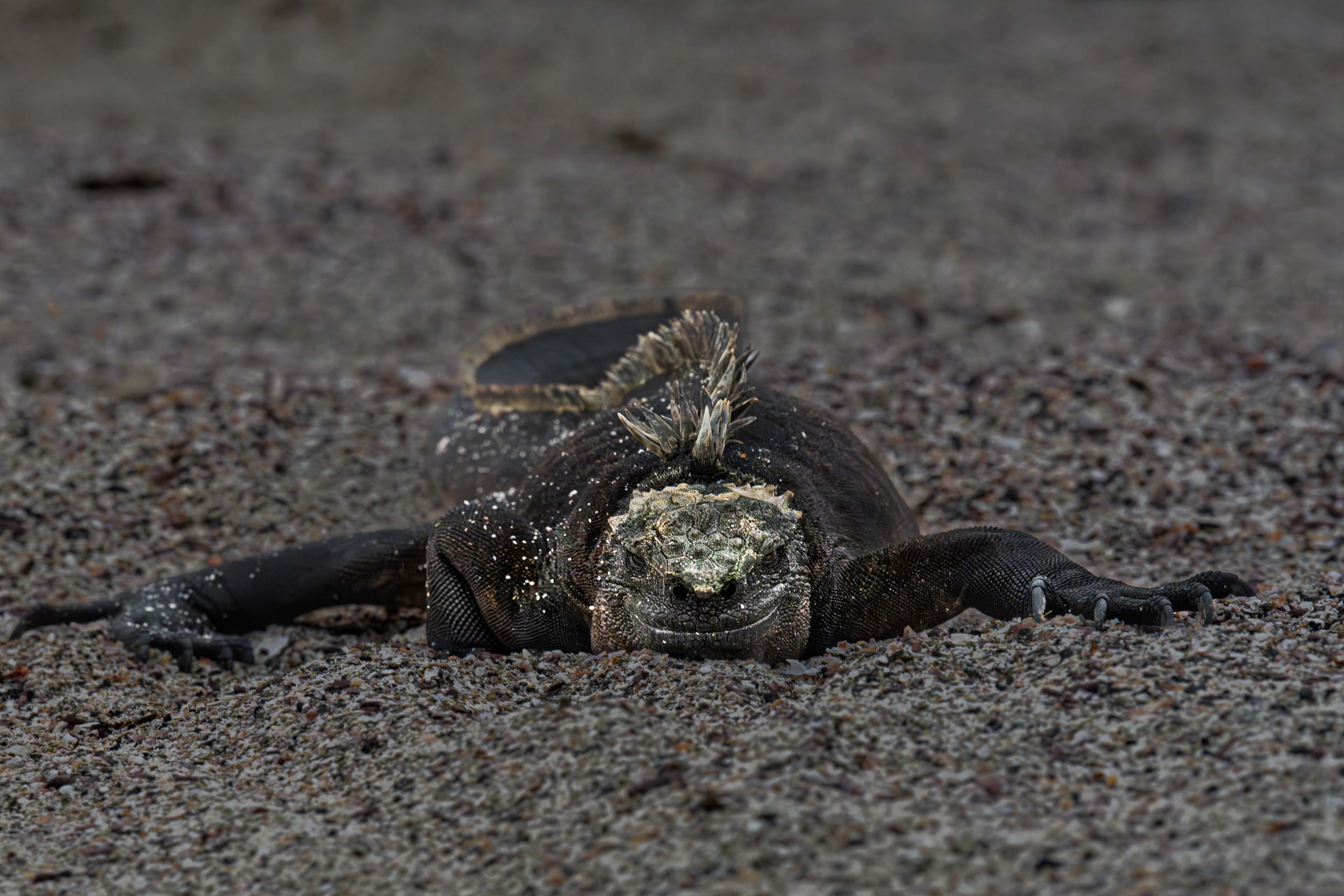
Day 14
Fernandino Island
June 6, 2025: Visit Espinosa Point on Fernandina Island in the morning and snorkeling and panga ride in Tagus Cove in afternoon
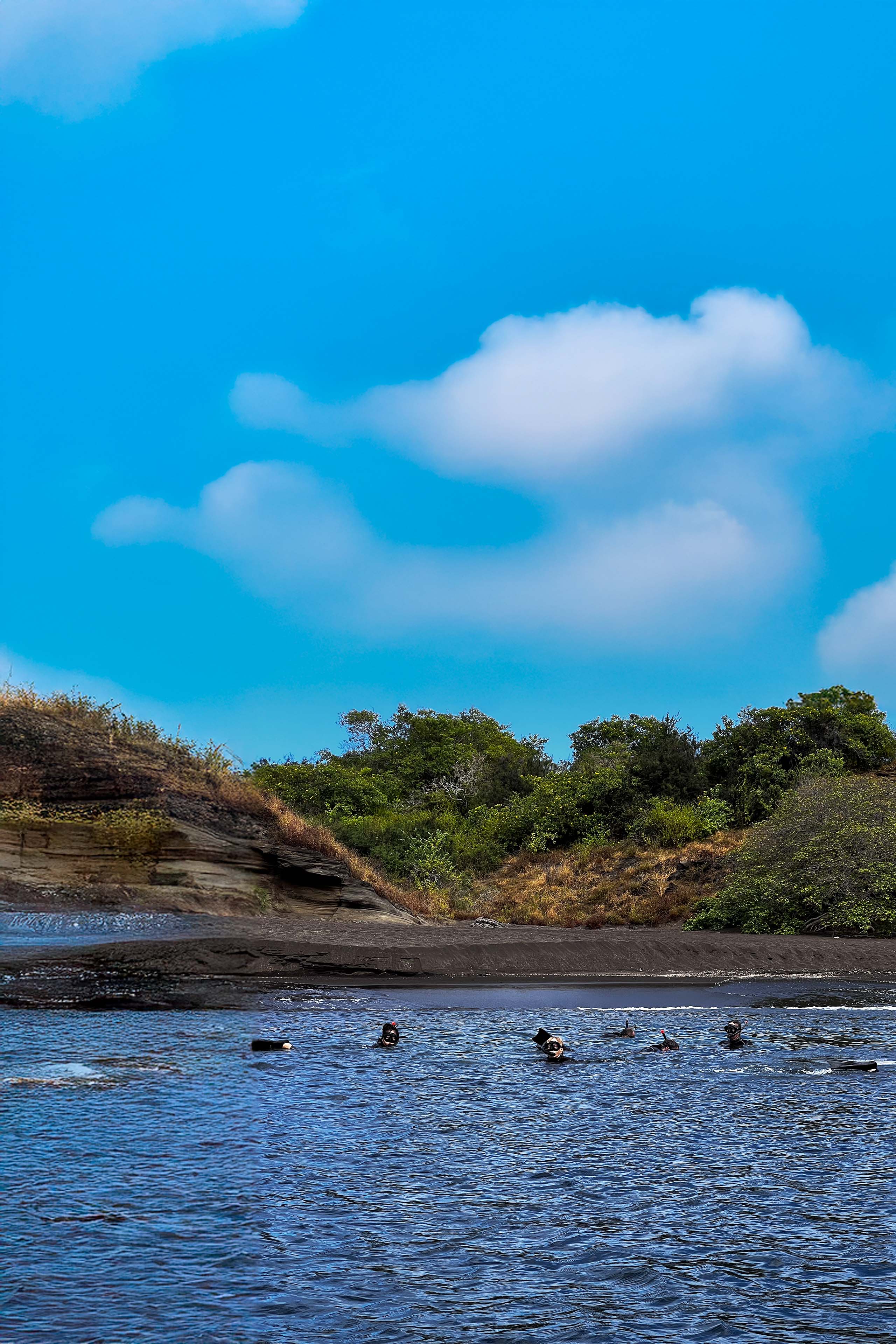
Day 15
Santiago Island
June 7, 2025: Snorkeling in James Bay in the morning and more snorkeling in Buccaneer's Cove in Santiago Island in the afternoon
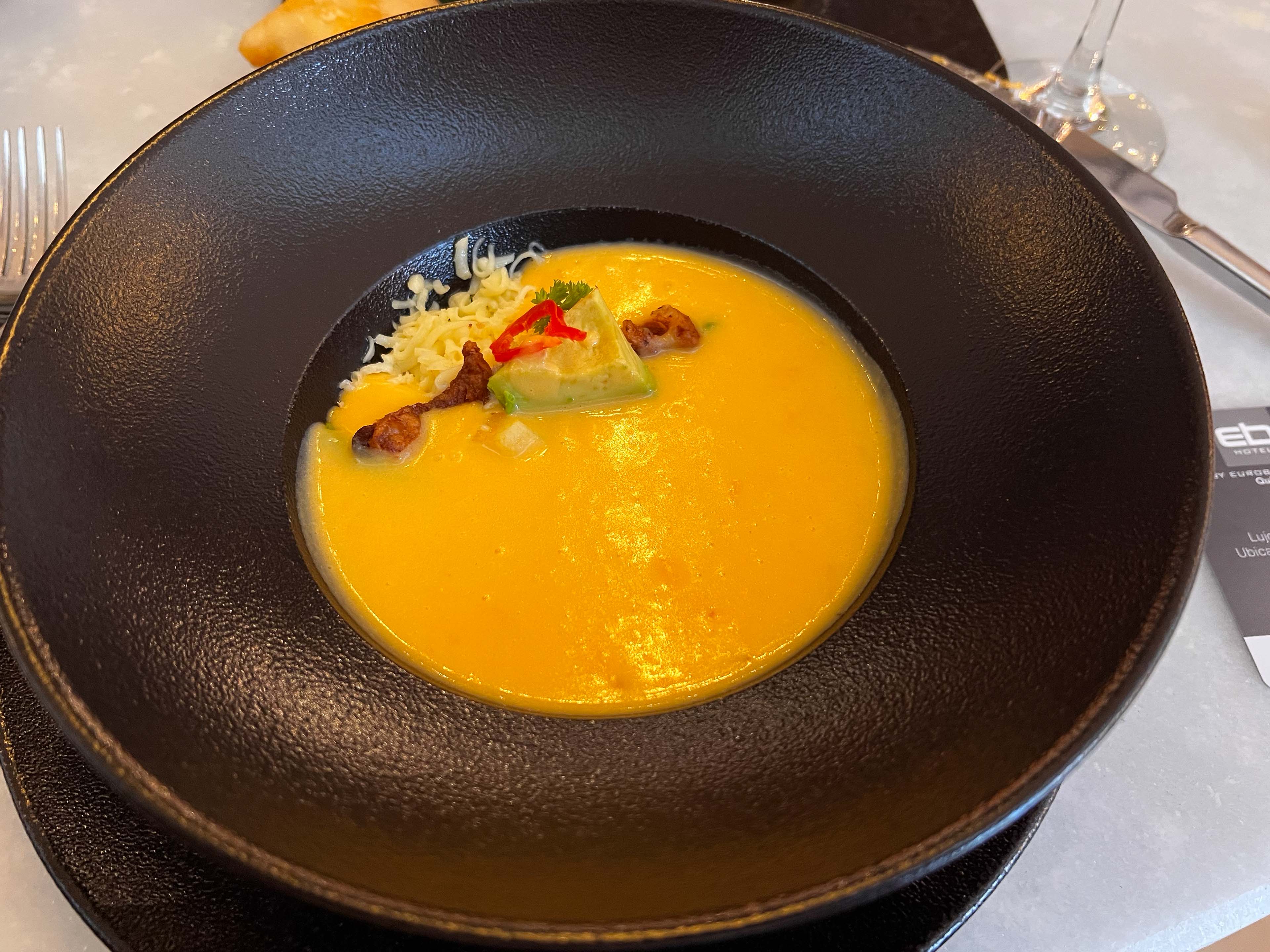
Day 16
Quito, Ecuador
June 8, 2025: Travel day from Baltra Airport in the Galapagos Islands to Guayaquil to Quito. Day stay in Quito and then flight home to Los Angeles
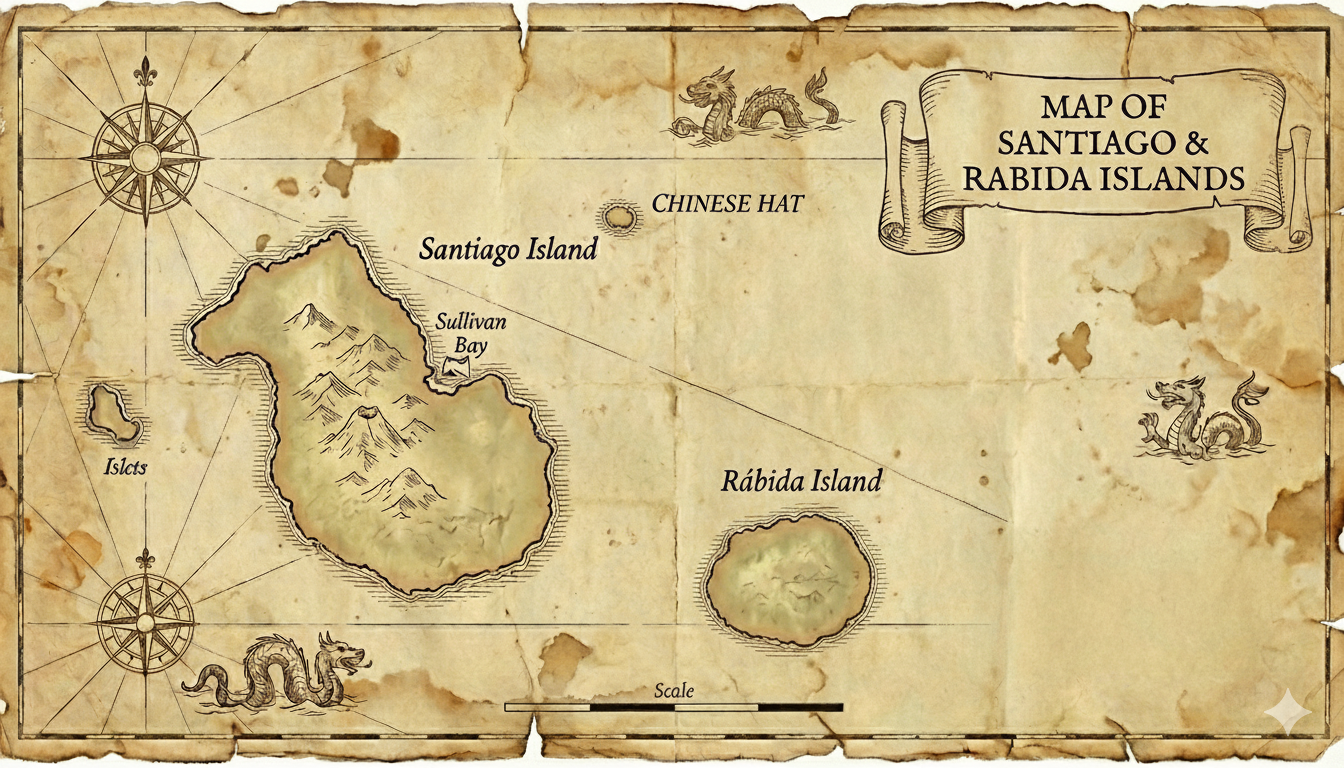
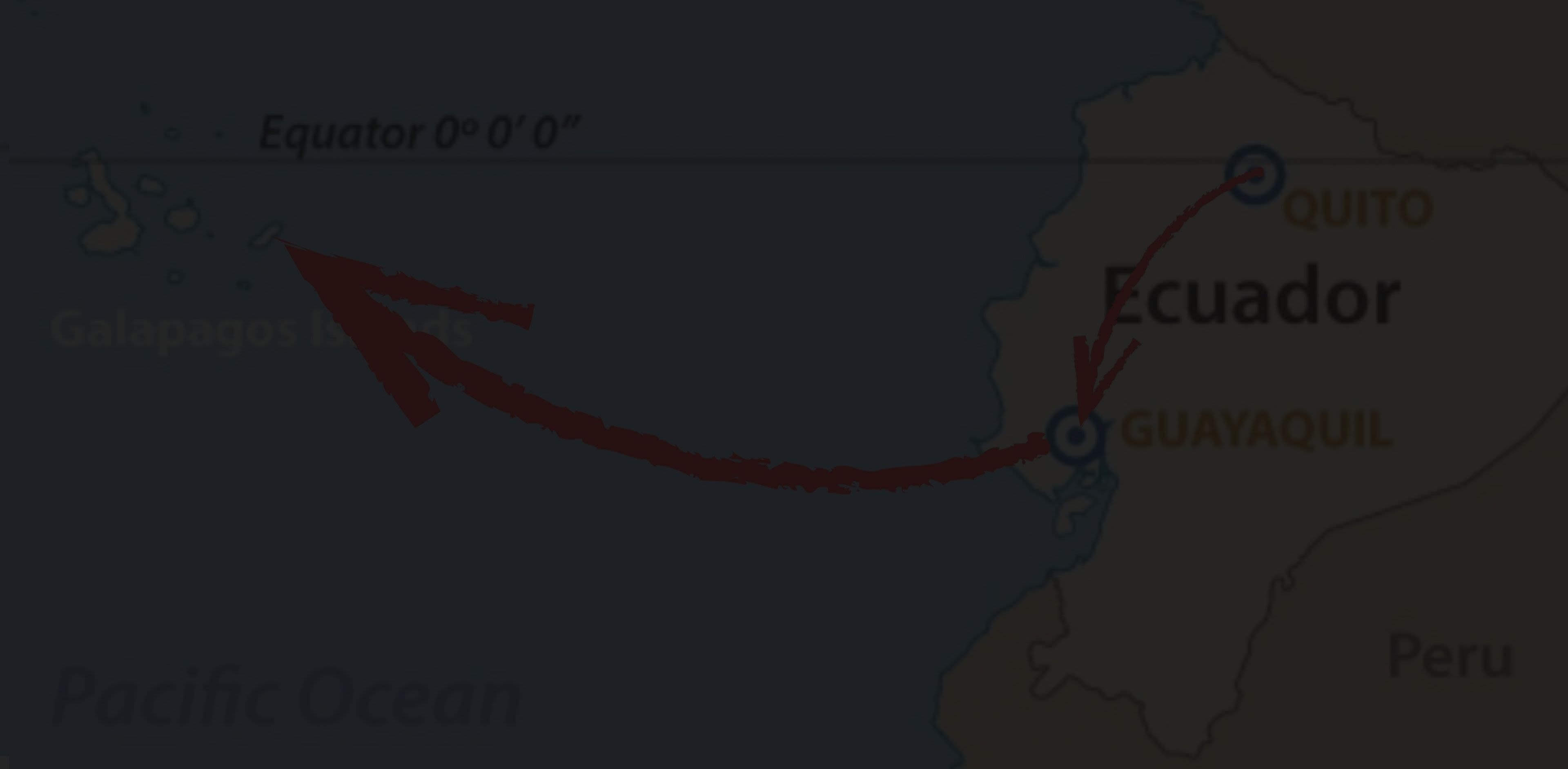
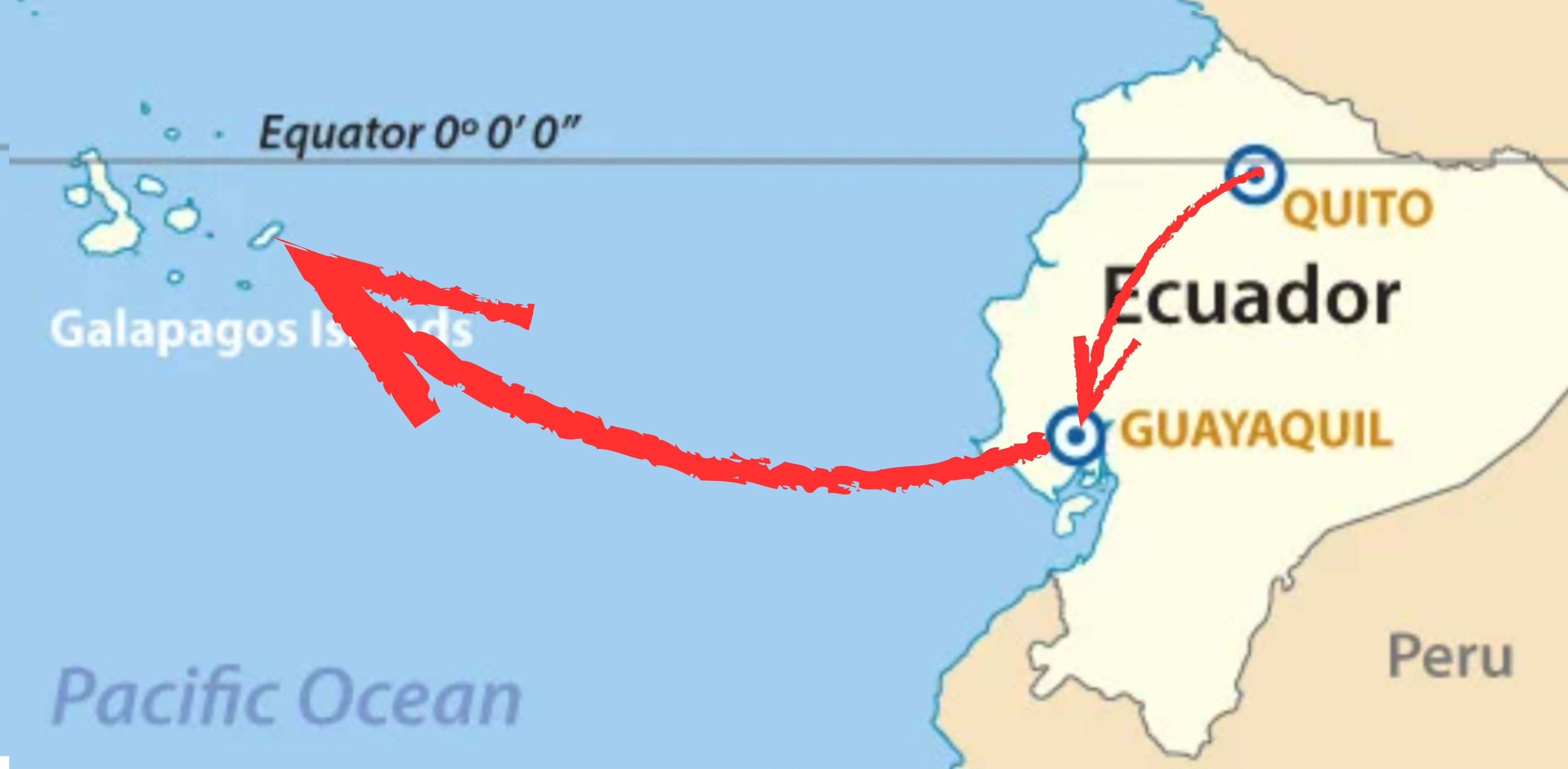
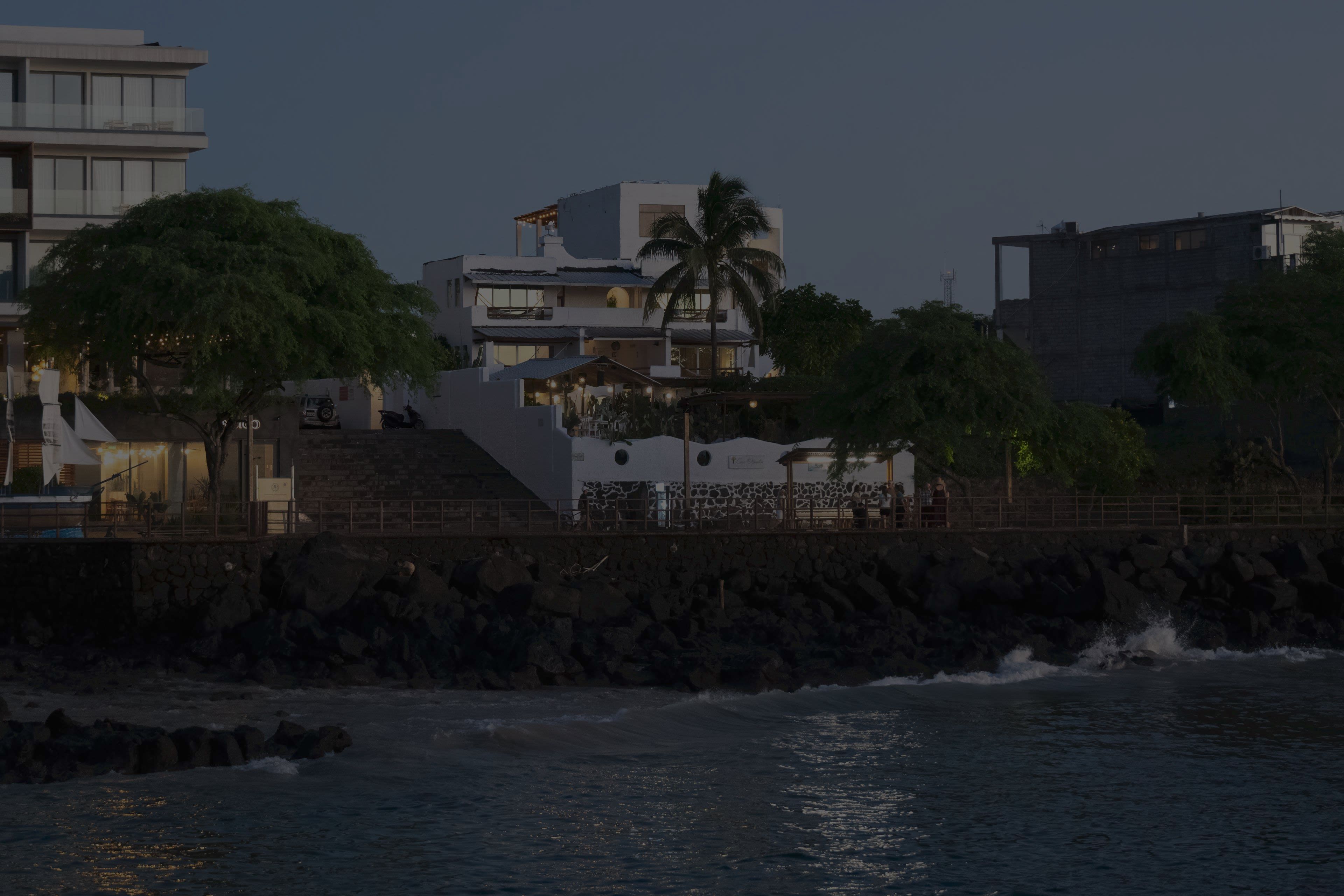
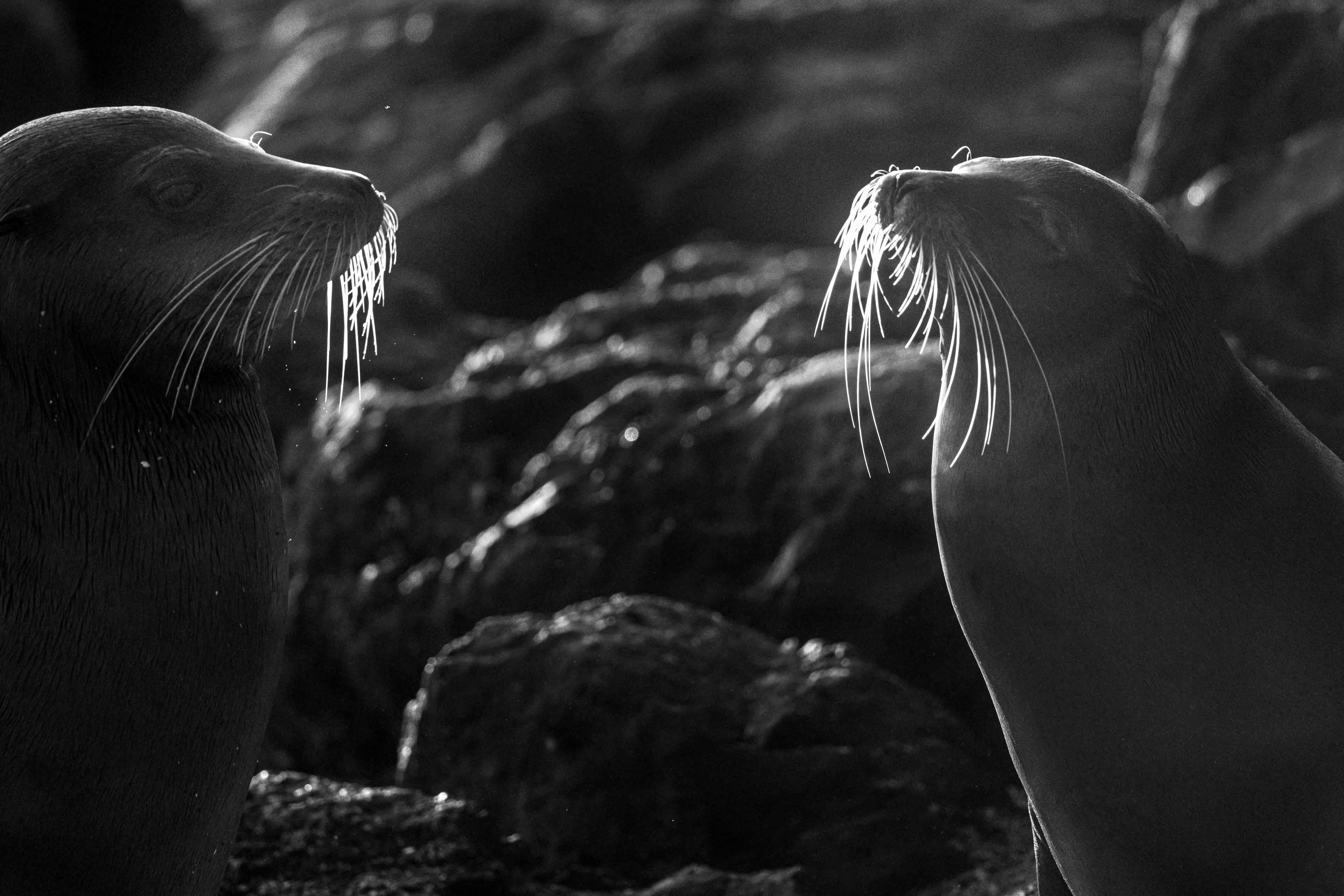

The Long Journey...
... after an overnight stay in Quito, we continued our journey to the Galapagos Islands on Sunday, May 25, 2025.
We arrived at our hotel in the late afternoon. Casa Opuntia is located steps from San Cristobal Bay and the pier at Playa de Oro, which served as our launching point from water taxi to our boat for daily adventures. We had a late lunch and then took our first photos at sunset.

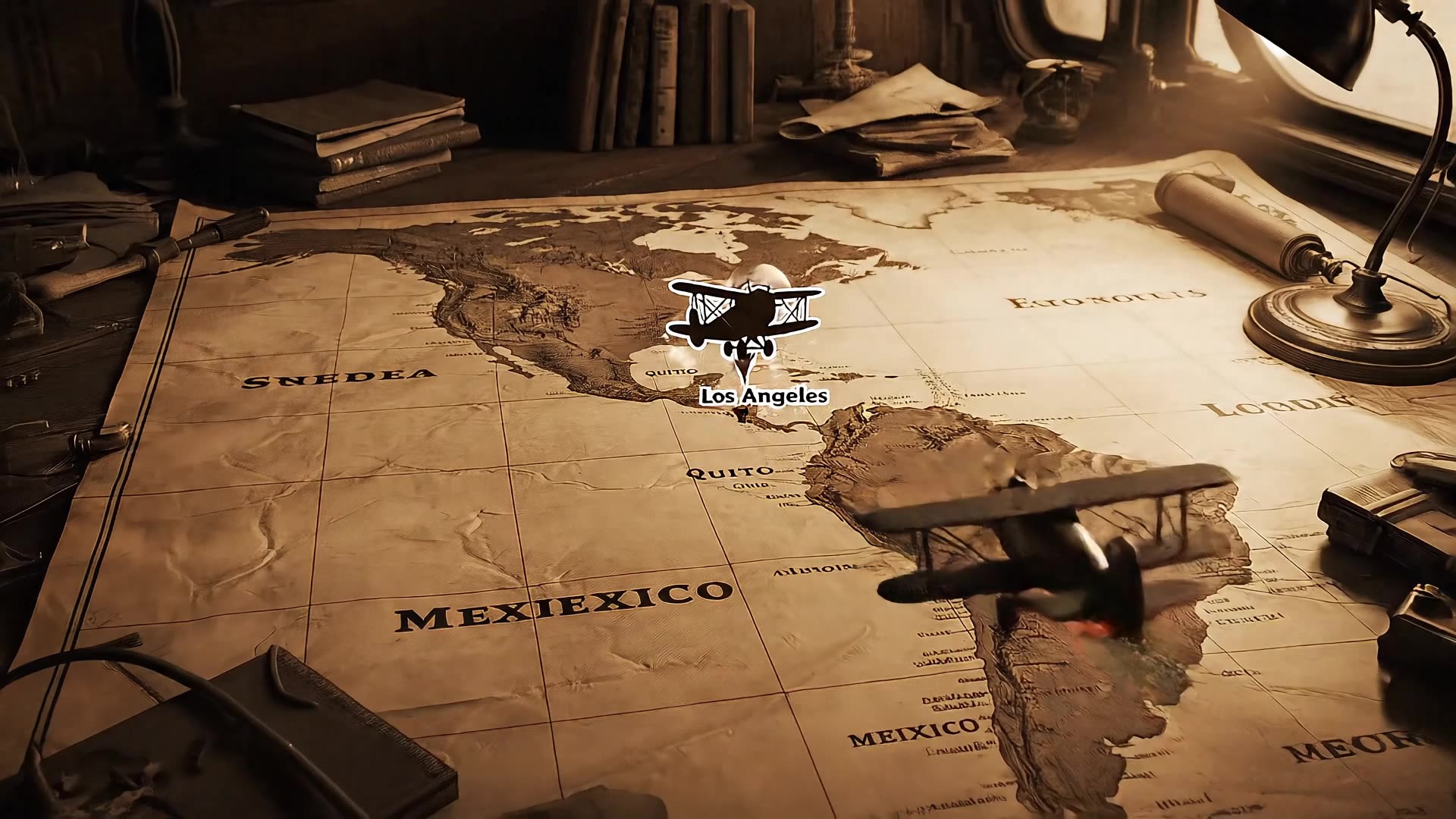
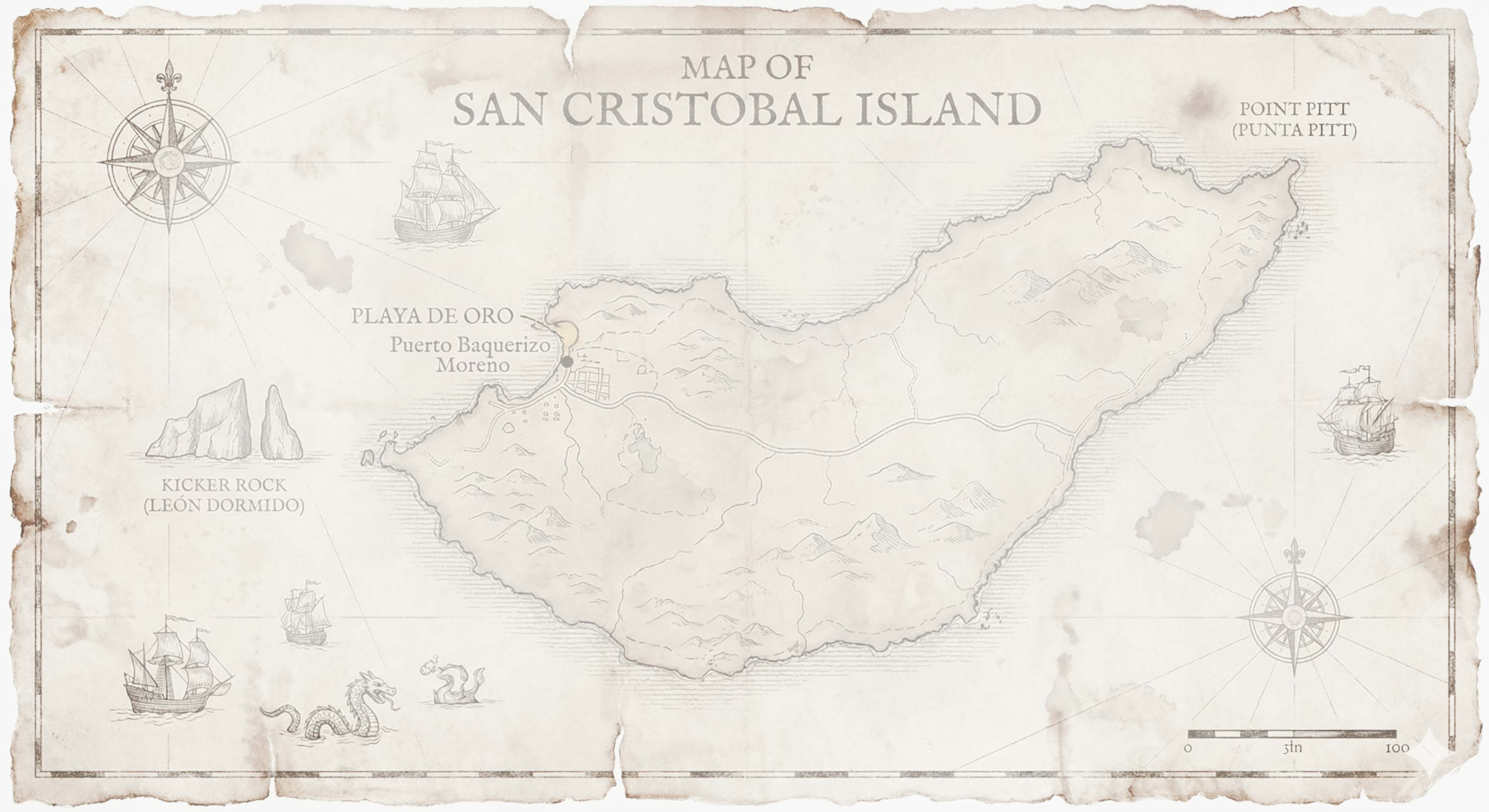
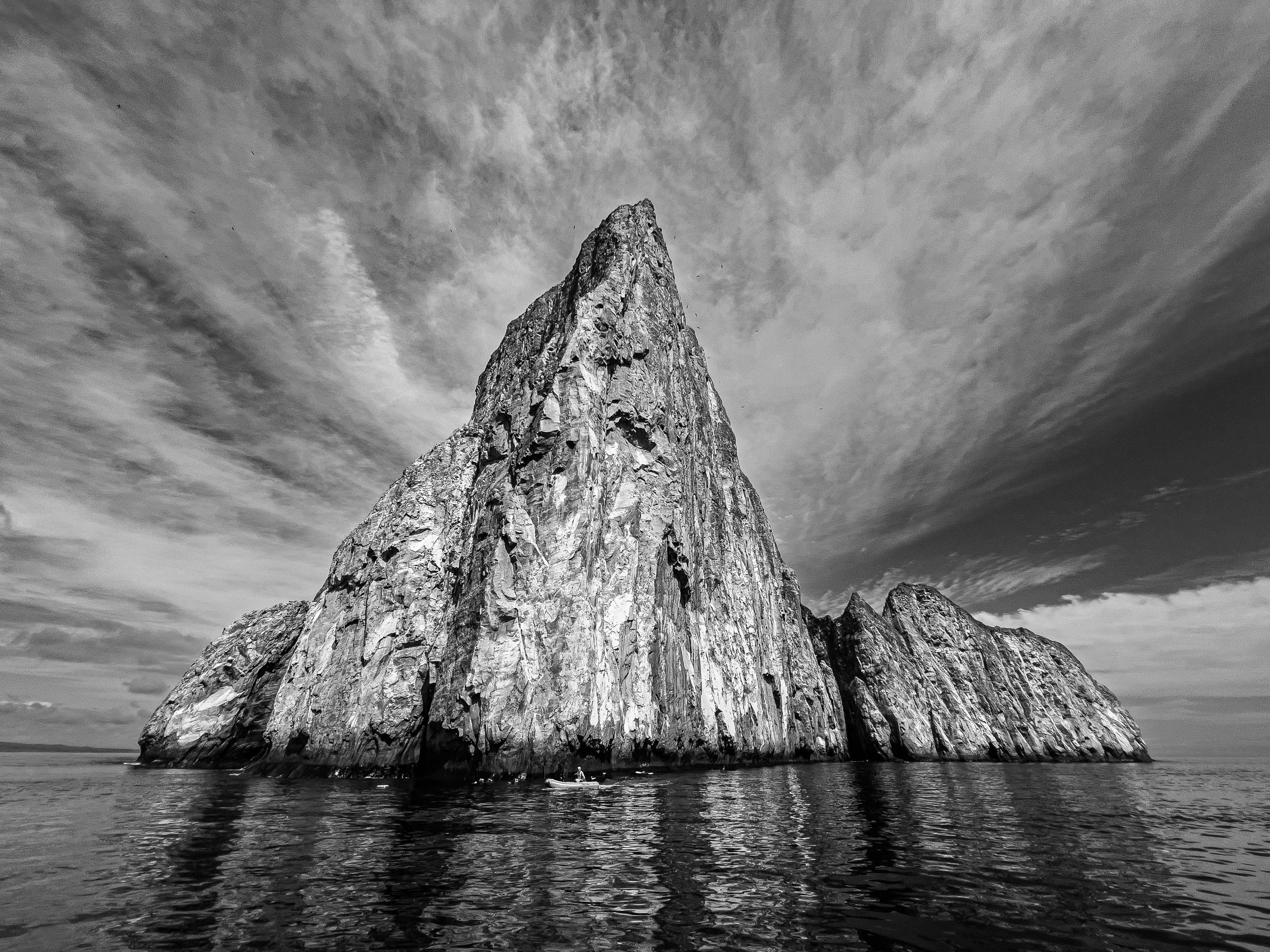
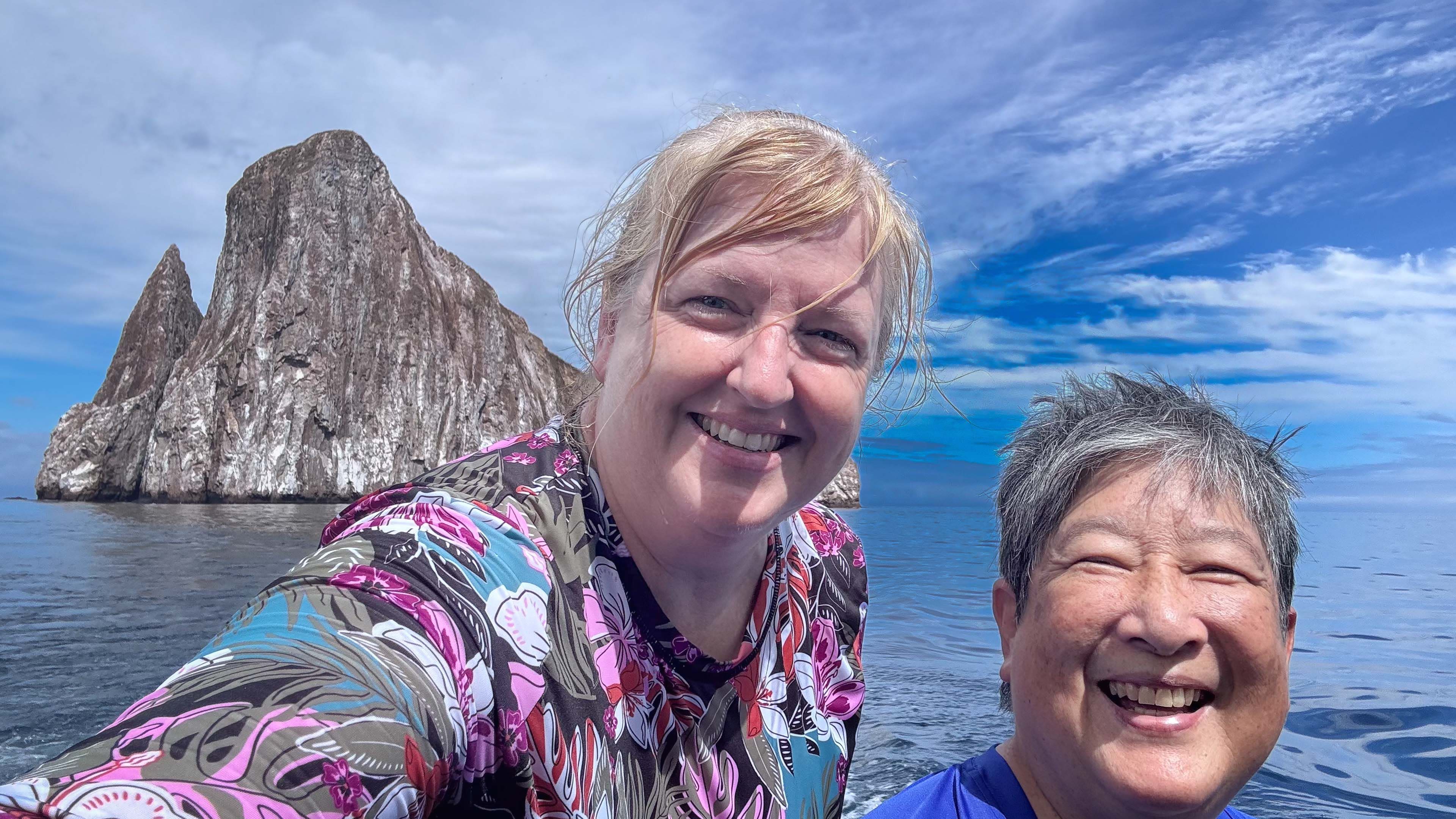
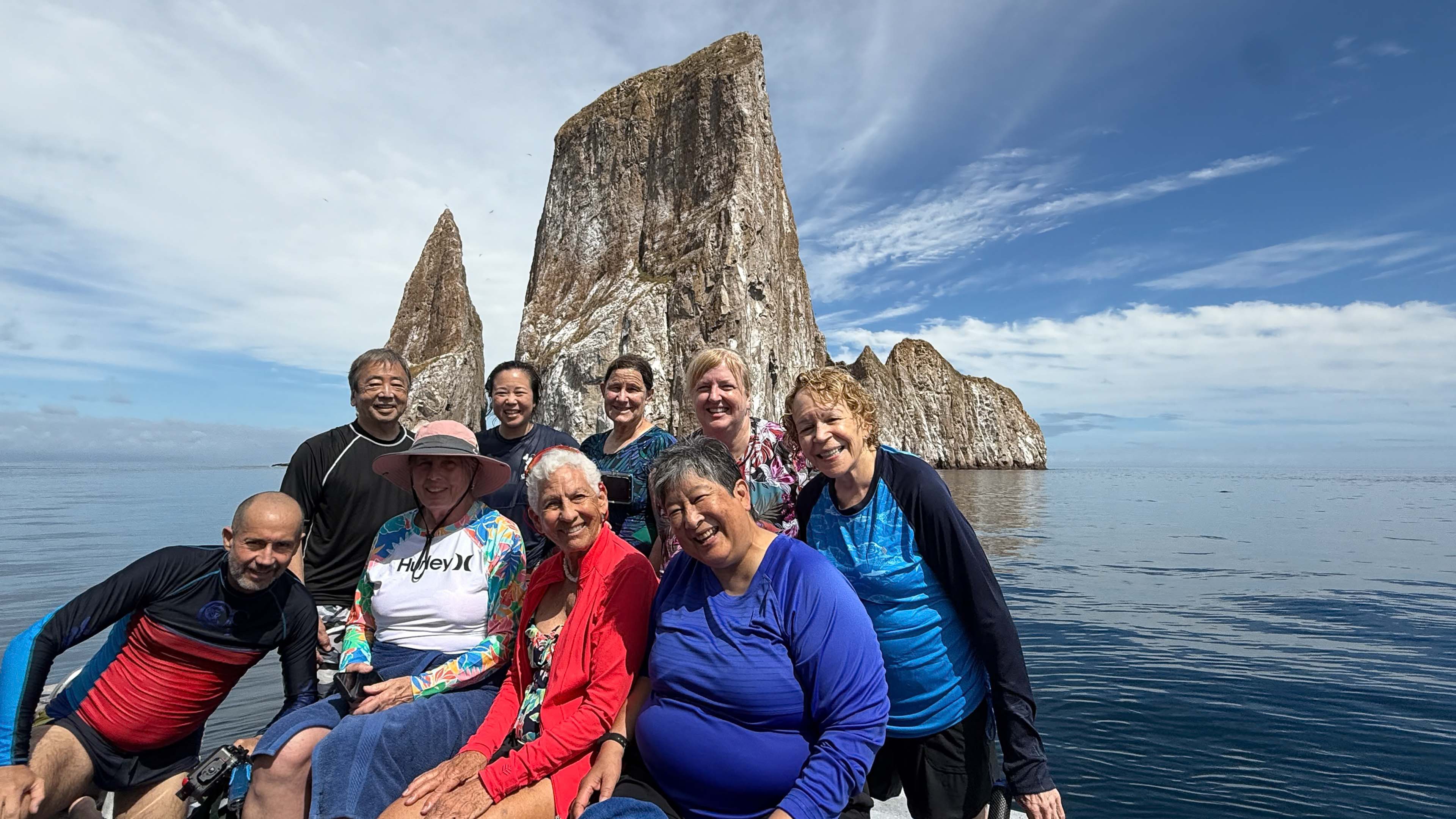
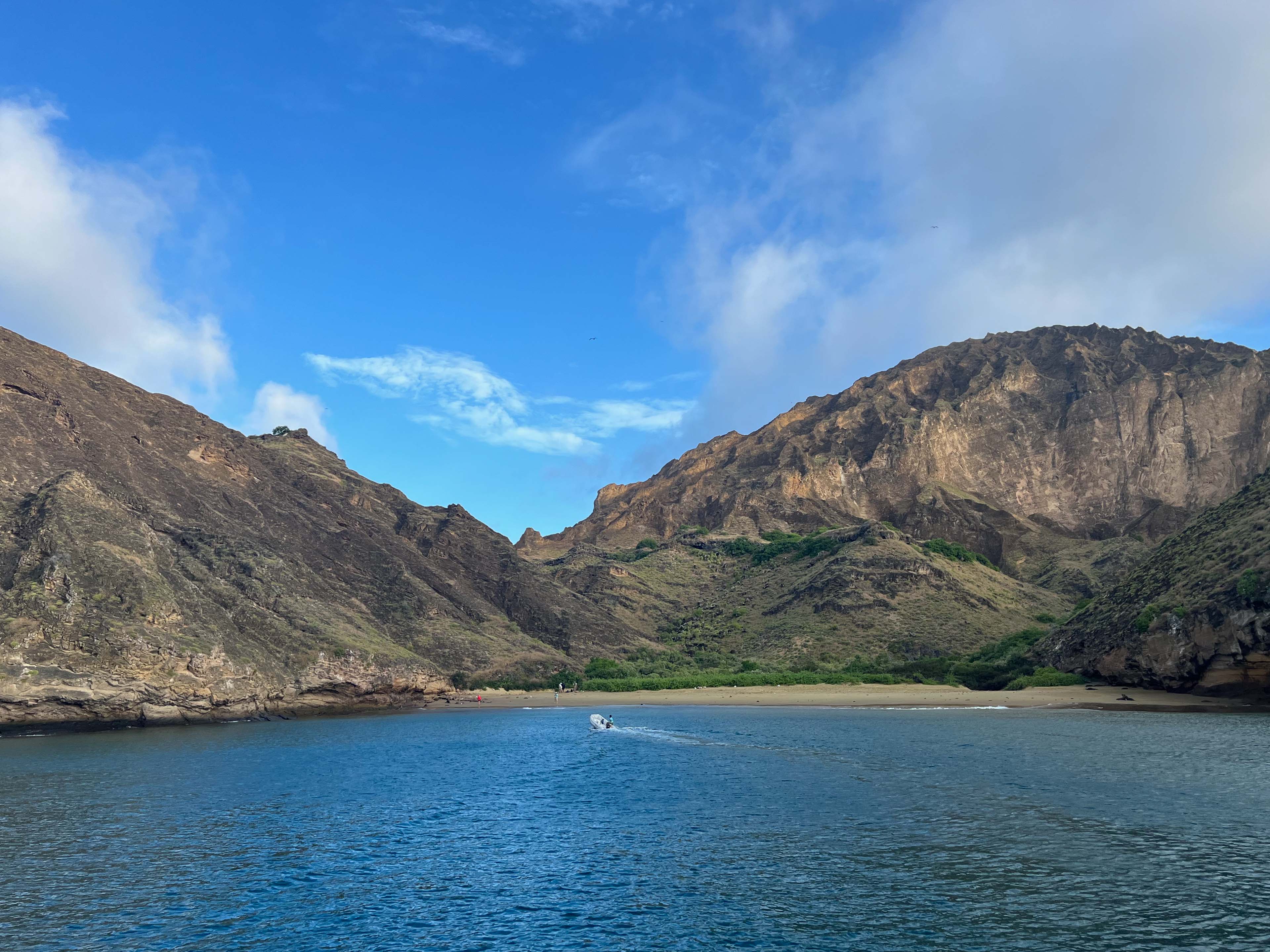
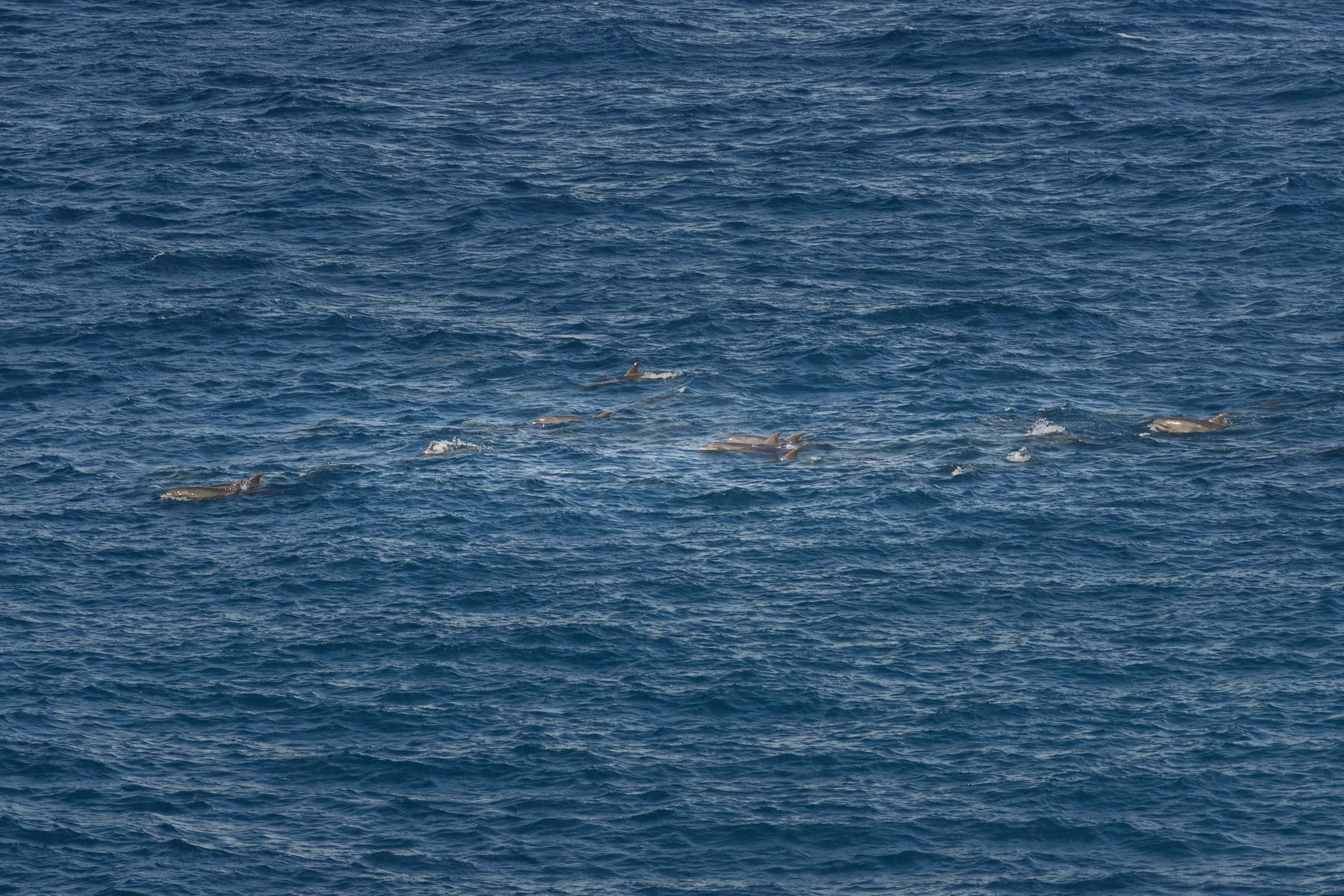
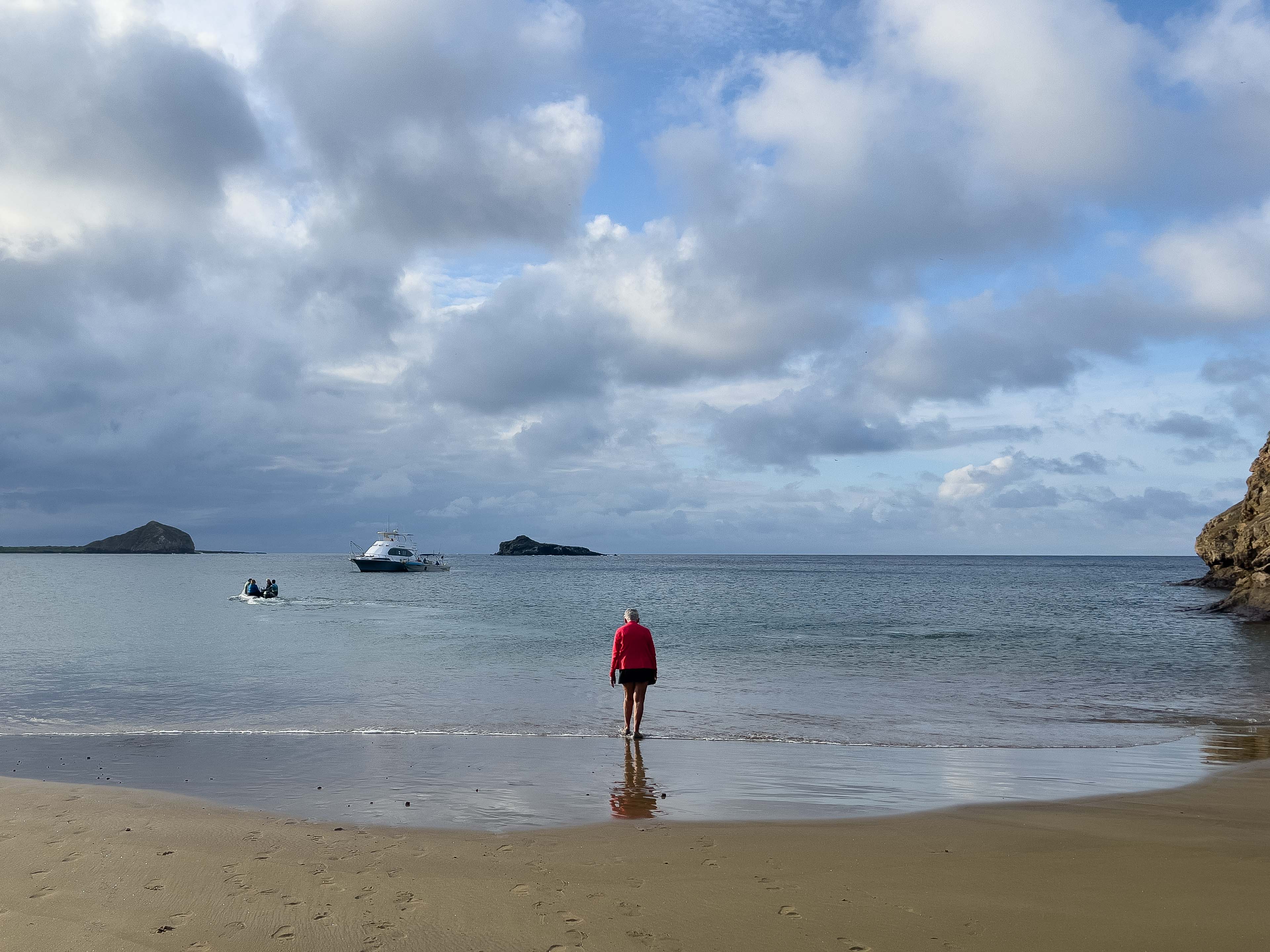
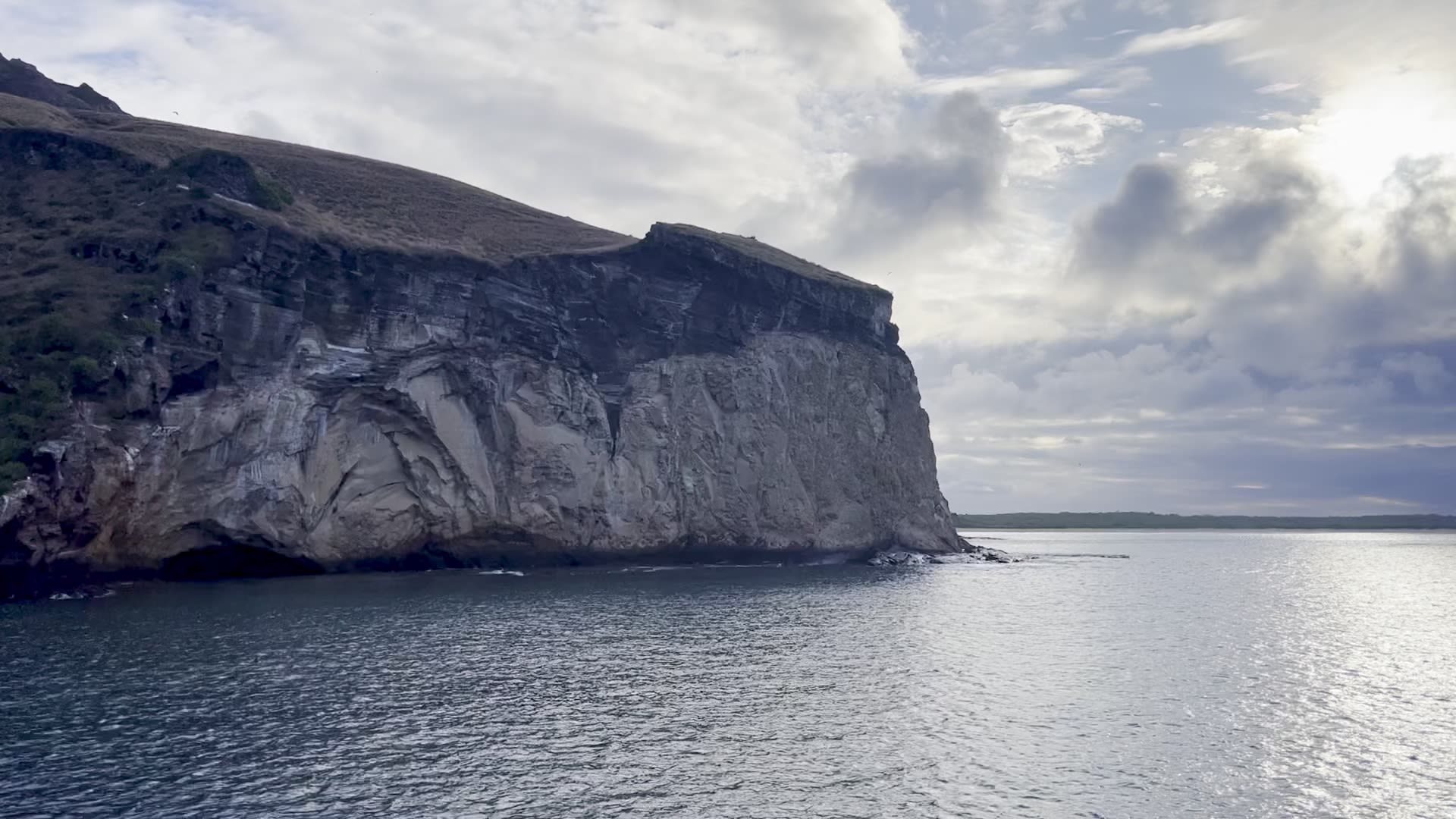
Our Galapagos Island adventure finally begins in San Cristobal...
Fun Facts
San Cristobal is the easternmost island in the Galapagos Islands archipelago. It is the home of 3 extinct volcanoes.
It is one of 3 populated islands in the Galapagos, the 2nd largest.
This is the first island that Darwin visited.
Kicker Rock
Our first excursion was an early morning boat ride to Kicker Rock, about a 2-hour journey, for snorkeling.
Fun facts and information about Kicker Rock:
An example of volcanic tuff cones that have been created by violent interactions between magma and water resulting in lava turning to ash (tuff) that looks like and probably feels like rock! Another famous example of a tuff cone is Diamond Head in Hawaii
Stands 153 M or 500 ft above the ocean floor
Is divided by a small channel that is calmer to snorkel in
Is one of the most popular destinations in the Galapagos for snorkeling and scuba diving to see hammerhead sharks, reef fish, and sea lions
Kicker Rock, also called Leon Dormido for "Sleeping Lion" is located off the western shore of San Cristobal.
HARD, HARD, HARD! It's been awhile since I last snorkeled and that was in Hawaii at Hanauma Bay... very easy. Today, we were in open sea, with strong currents, and no fins, and with very little instruction. To say I was awkward and flailing (and a little scared) in the water is generous.
The water was murky so it was hard to see the hammerhead sharks that were there. I may have seen one at the beginning of my swim. Despite the less than ideal conditions, I did see my first sea turtle gracefully swimming near me without a care in the world!
My iPhone video skills were pathetic… it's a little hard for me to see the small iPhone screen with no contacts in my eyes!
Unfortunately, I didn’t last very long. I waved my hand for some help and Santiago, our young "porter" towed me back to the boat. Oh my, getting yourself out of the water is hard. I failed miserably to gracefully come aboard!
Point Pitt
Next stop was Punta (Point) Pitt, located on the northeast tip of San Cristabal. We took a dinghy to the beach were we experienced our first wet landing, meaning you wear water shoes and put your camera and whatever else you might need, including hiking shoes in a dry bag. Jane got to shore and realized I forgot socks! UGH. By some miracle, I did not get blisters!
To get to the scenic areas, there was a “short hike” uphill . This "trail" was steep and grueling to conquer and we were glad we brought hiking poles to help us get up and down "the hill."
Below is a panoramic view from our first stop on the top, courtesy of Ray Fujii.
Point Pitt is known for finding three species of boobies in one place: blue-footed, red-footed, and Nazca. These different boobies are able to coexist non-competively because they eat different fish and nest in different places. Blue-footed boobies nest on the ground. Red-footed boobies nest in trees/bushes and Nazca boobies nest on the cliff walls.
To our delight, we encountered a pair of blue-footed boobies about to mate!
Red-footed boobies
Frigatebirds are scavengers and are called pirates! They steal fish from other birds on their way back to the nest and they steal nests from each other!
In the distance, you could see all kinds of birds flying over the ocean fishing. This is a tropicbird.
There was even a pod of dolphins feasting out in the open sea!
Our two-hour visit ended in an instant it seems. We were actually there a little longer because we took longer to get up and down the hill. Our boat ride back took 4.5 hours to return to town instead of 2 hours due to changing currents! We were exhausted and had dinner at 9:30 at the local restaurant - Pesto spaghetti with shrimp. Yummy but we were so tired...
No, we didn't make Evelyn walk/swim back to the boat! Enjoy the video from Ray Fujii that follows... that shows the beautiful Point/Punta Pitt and Evelyn, Jane and Pancho returning back to the boat!

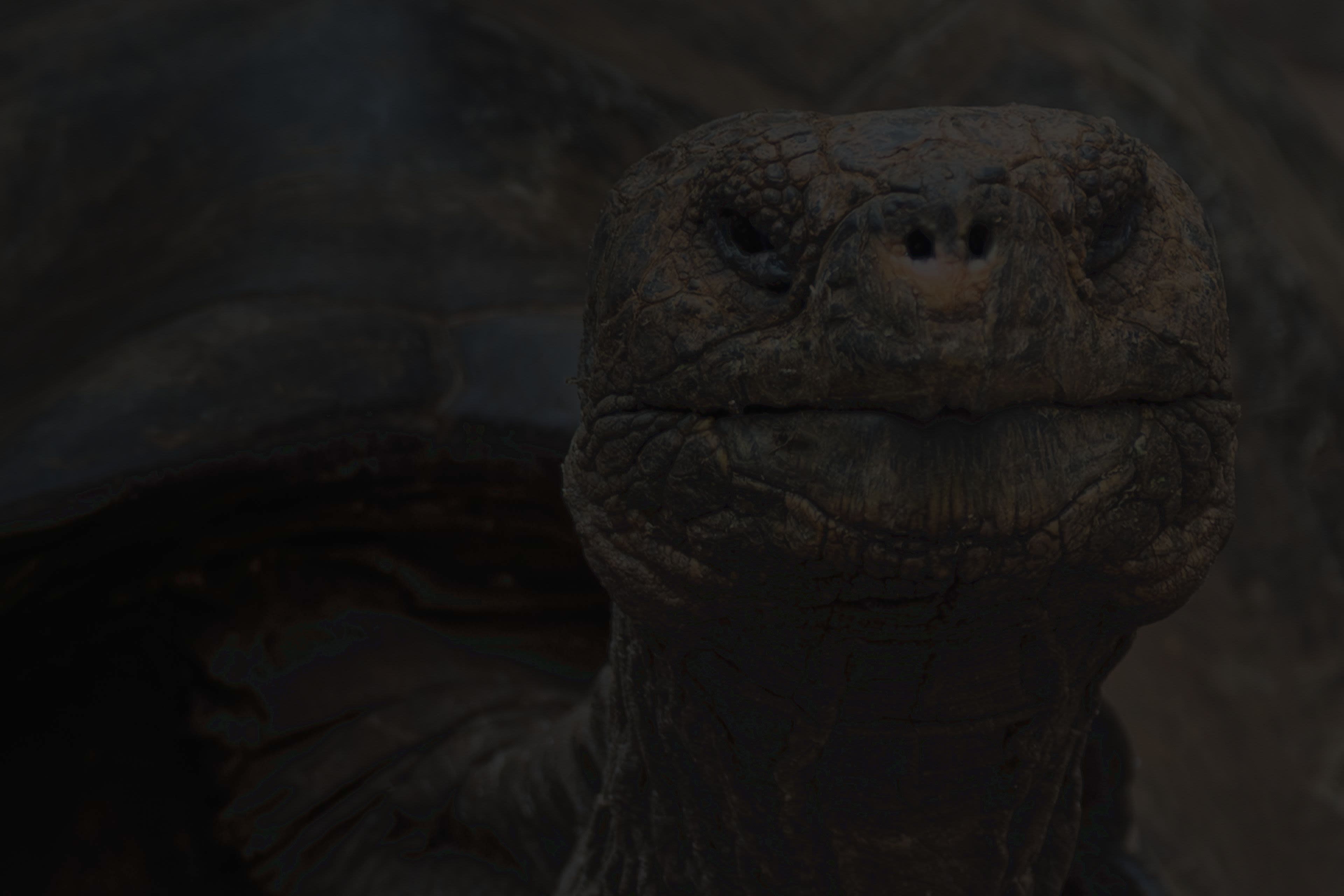
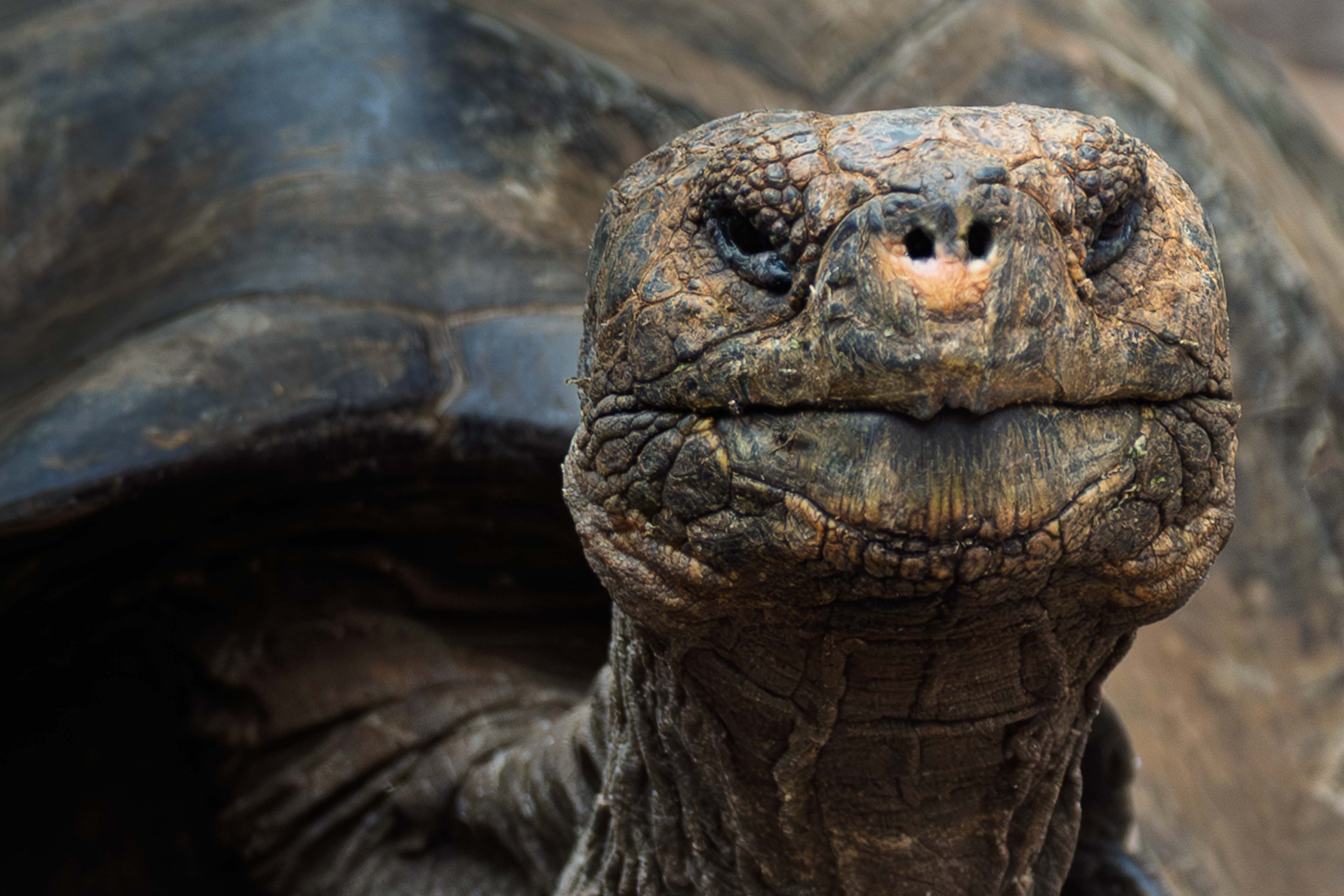
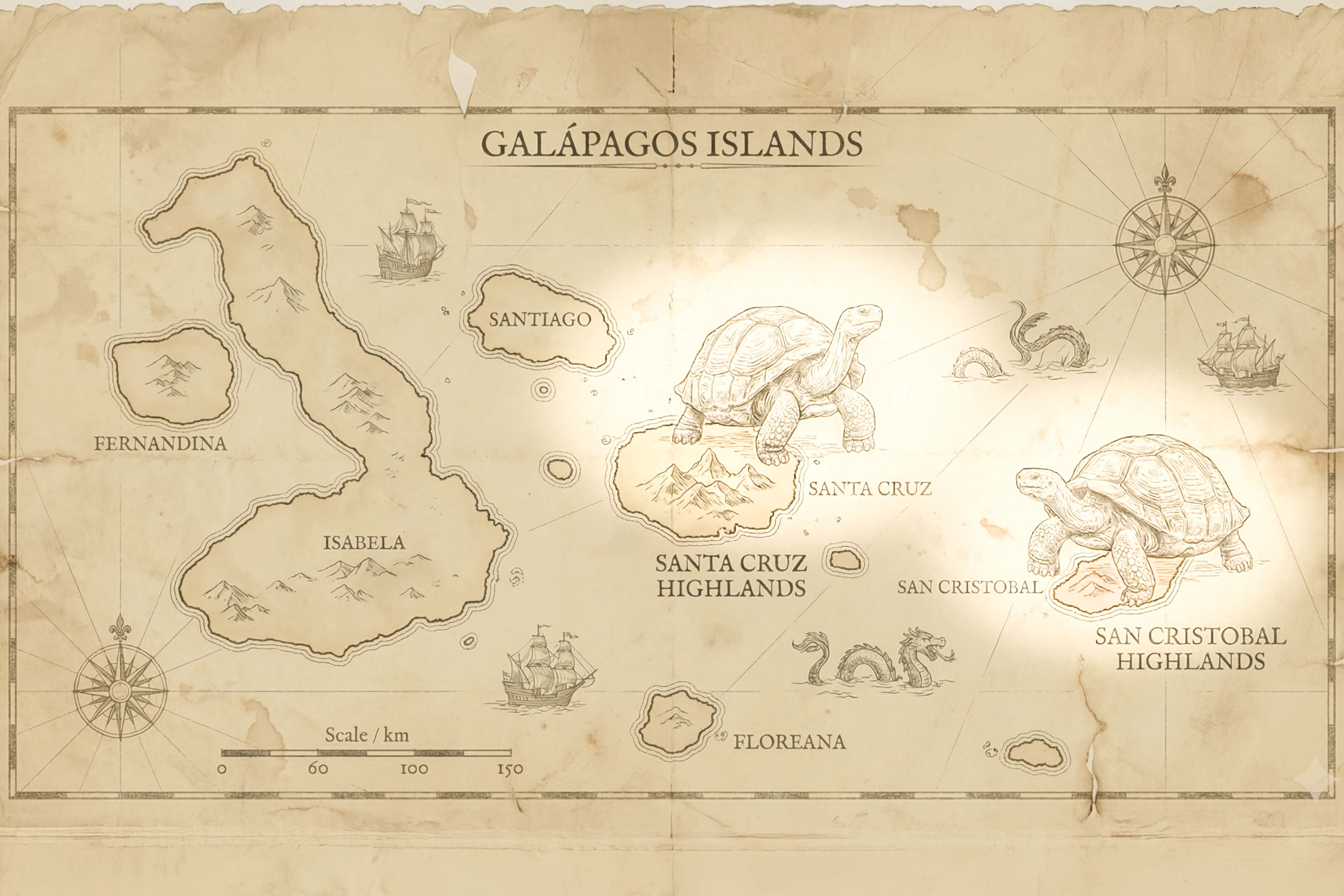
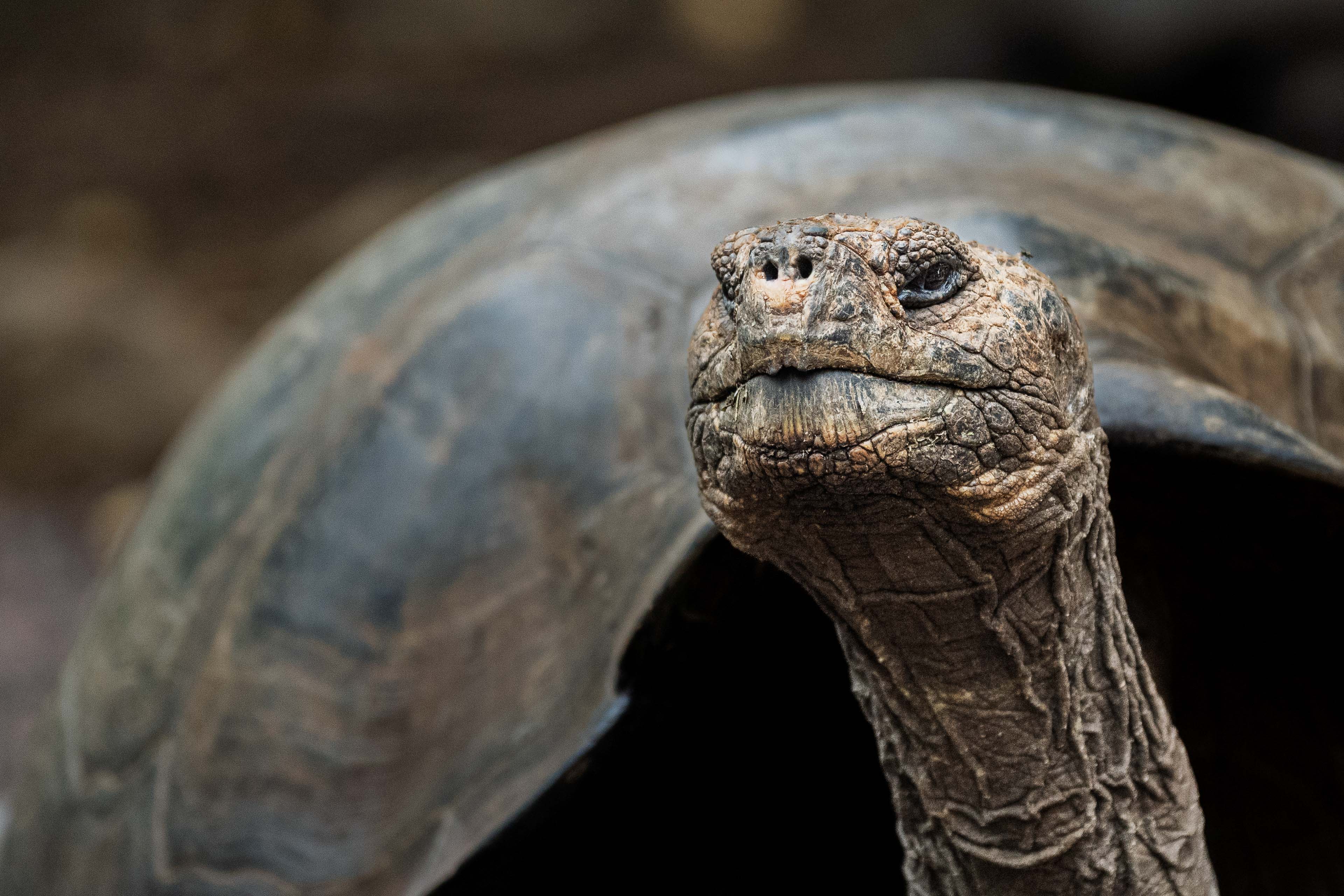

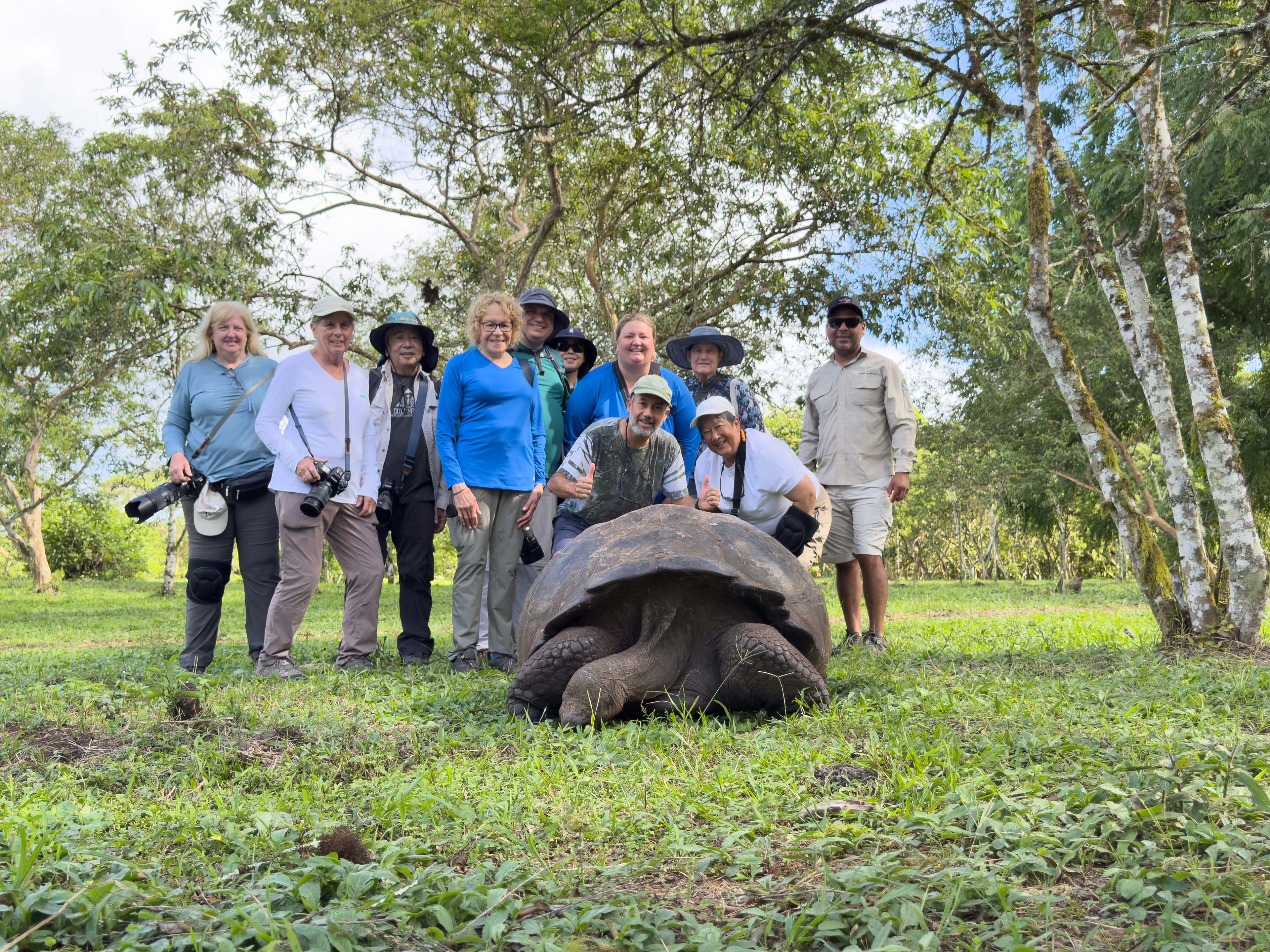
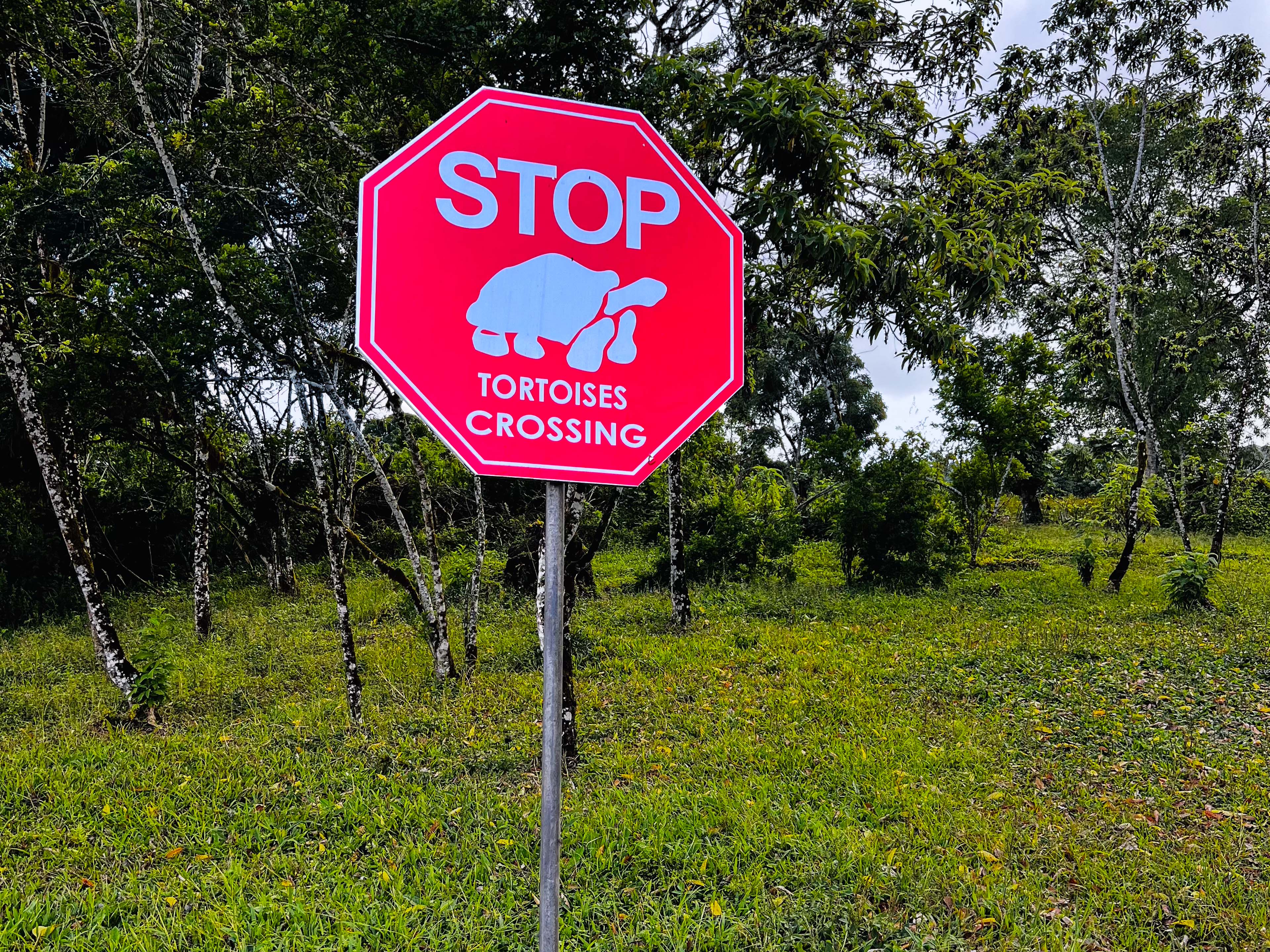
The Galapagos Tortoise
Fun facts about tortoises
Average lifespan: 100+ years
Average weight: 250kg/551lb - 400 kg/882lb
Average size: 1.5M/4.9ft - 1.8M/5.9ft
Neck length: 2-3 ft
Shells are shaped in a dome or saddleback. Tortoises with a domed shell live in humid areas that are lush with grasses (think lawnmowers). Tortoises with a saddleback shell live in more arid regions where food is less plentiful and allows them to stretch up their necks to reach higher plants.
Tortoises eat grasses, shrubs, and cacti. They can live up to a year without food or water!
Tortoises mate usually from January to May. Saddleback tortoises lay 2-7 eggs and domed tortoises lay 20-25 eggs that are tennis ball size. Incubation period is 130 days and the little ones are born with soft shells. The breeding centers collect tortoise eggs and allow the baby tortoises to be born and raised until they are big enough to survive in the wild.
We saw tortoises on San Cristobal and on Santa Cruz Islands...
We had the opportunity to see giant tortoises at “La Galapaguero” which loosely translates to a “tortoise hatchery” or breeding centers.
Seeing these creatures were a personal highlight for me! They are really really BIG and wander on open grounds (although we did see a few outside of the center on the roadside!)
San Cristobal Highlands
On May 27, we visited Centro de Crianza de Tortugas Terrestres "David Rodriguez," which is a breeding center for giant tortoises endemic to San Cristobal. We were met with giant tortoises that were at least 40 years old… FUN!
The nursery has tortoises from birth to 6 years old. These little tortoises above were 6 years old and move about much quicker than their older buddies. They seem to interact more and even practiced some "cow tipping!"
Santa Cruz Highlands
Our second opportunity to hang out with the giant tortoises was on the island of Santa Cruz at El Chato Ranch on June 4.
We had time to explore on our own so we split up and saw lots and lots of tortoises on land, in mud, and even in the water!
Fun, Fun, Fun!!!
As we boarded our motorcoach to return to the Nemo III, we saw the funniest thing in the parking lot! Not something you would see back in the United States!
My last encounter with tortoises was after lunch on June 4 at the Charles Darwin Research Station in Puerto Ayora. It was a hot, hot walk to the center but I wanted to see a saddleback tortoise. Too hot and tired to read about Darwin and whatever else was in the museum but we were happy to find air-conditioning, clean bathrooms, and cold beverages for sale.
Lonesome George, the last Pinta tortoise from the Pinta Island, is on display here. He died in 2012 at the age of 101-102 years old.
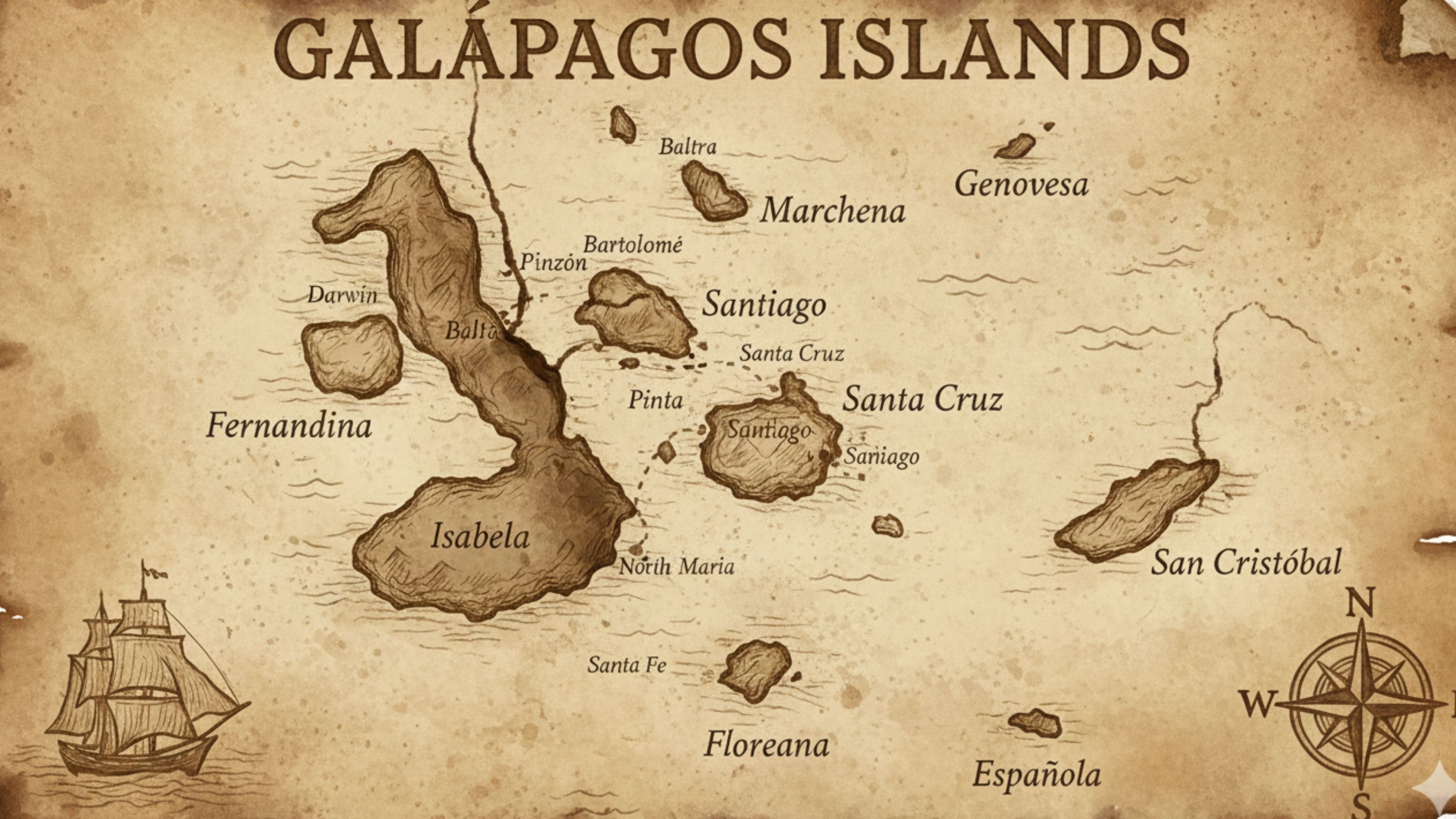
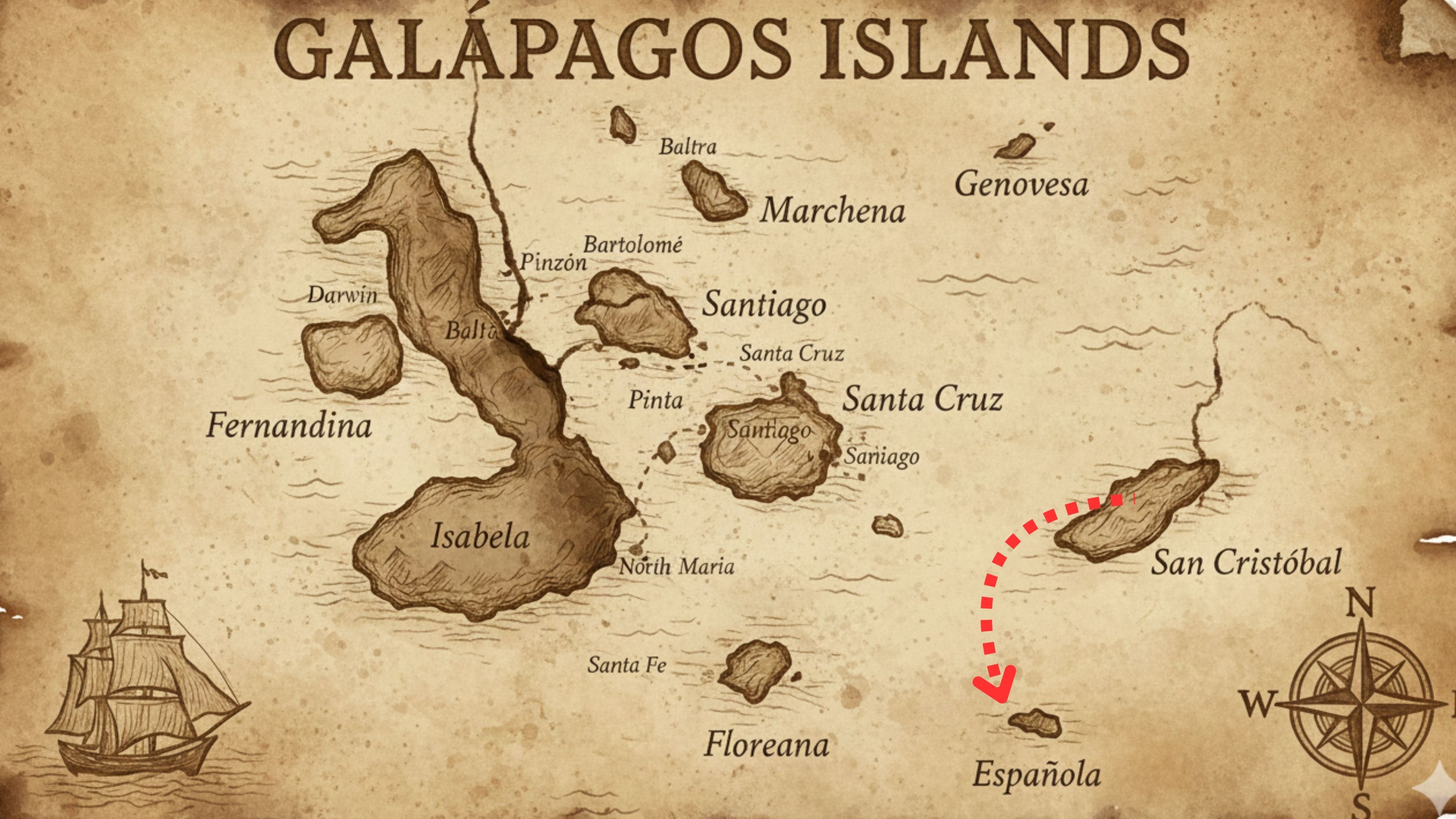
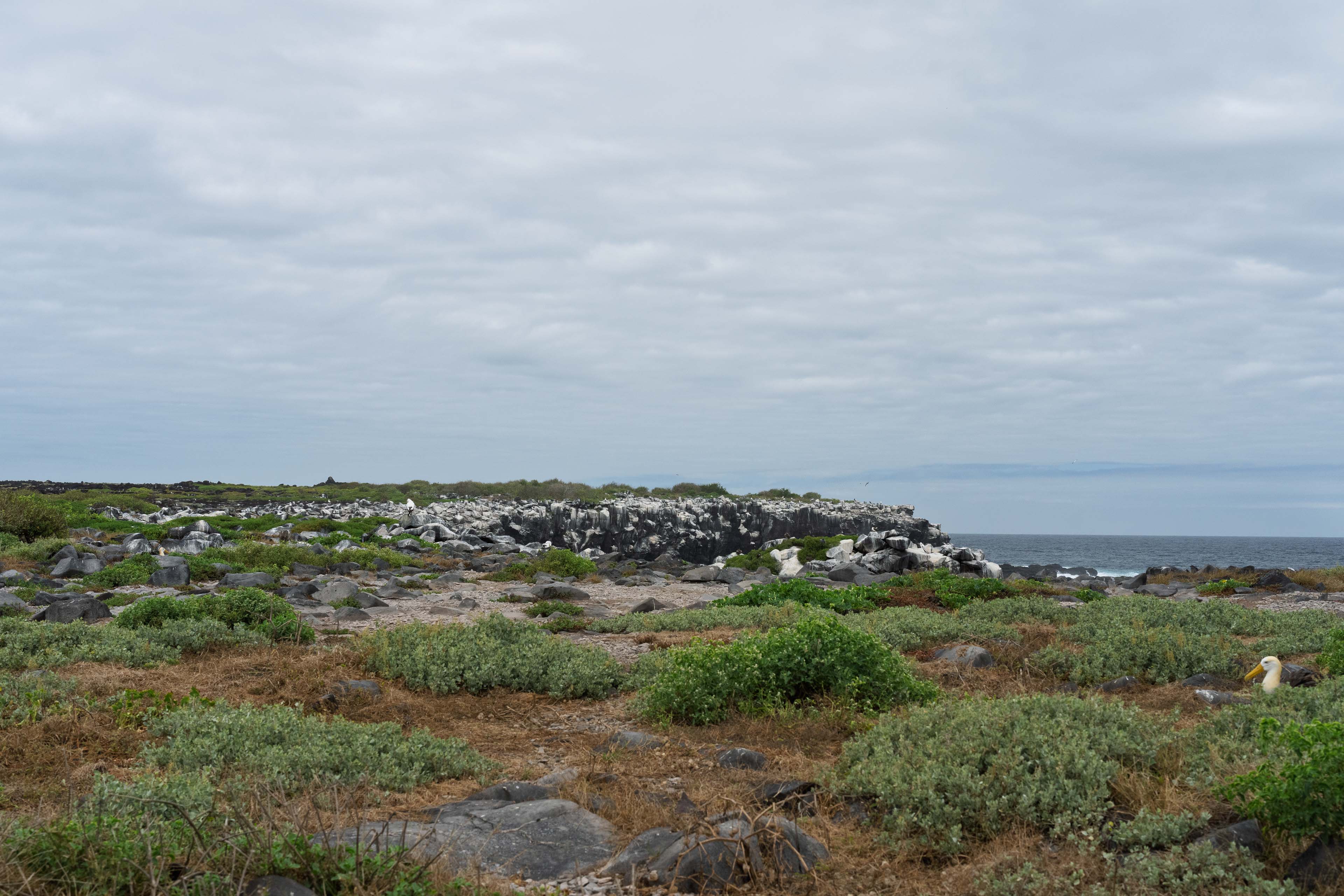


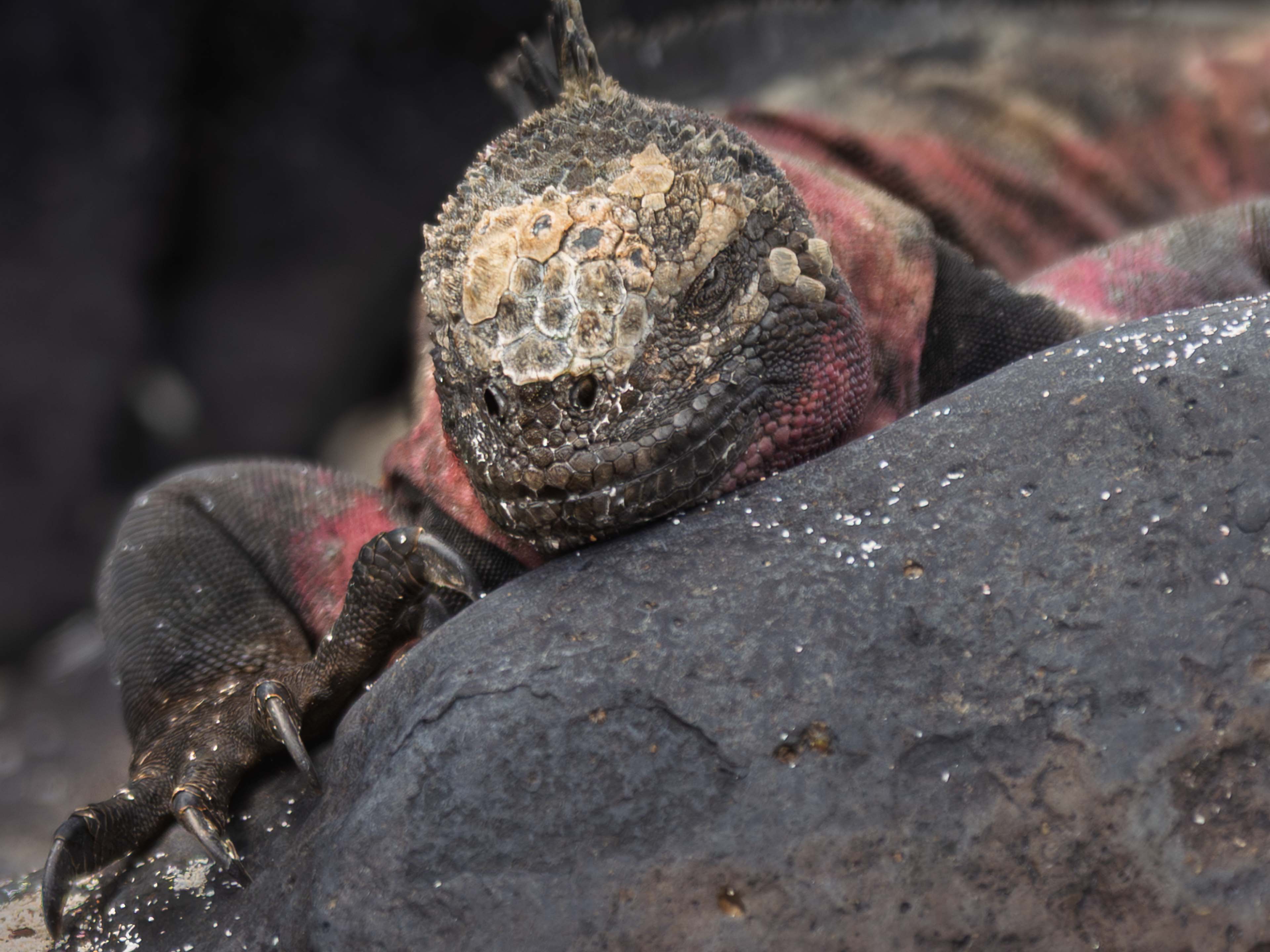
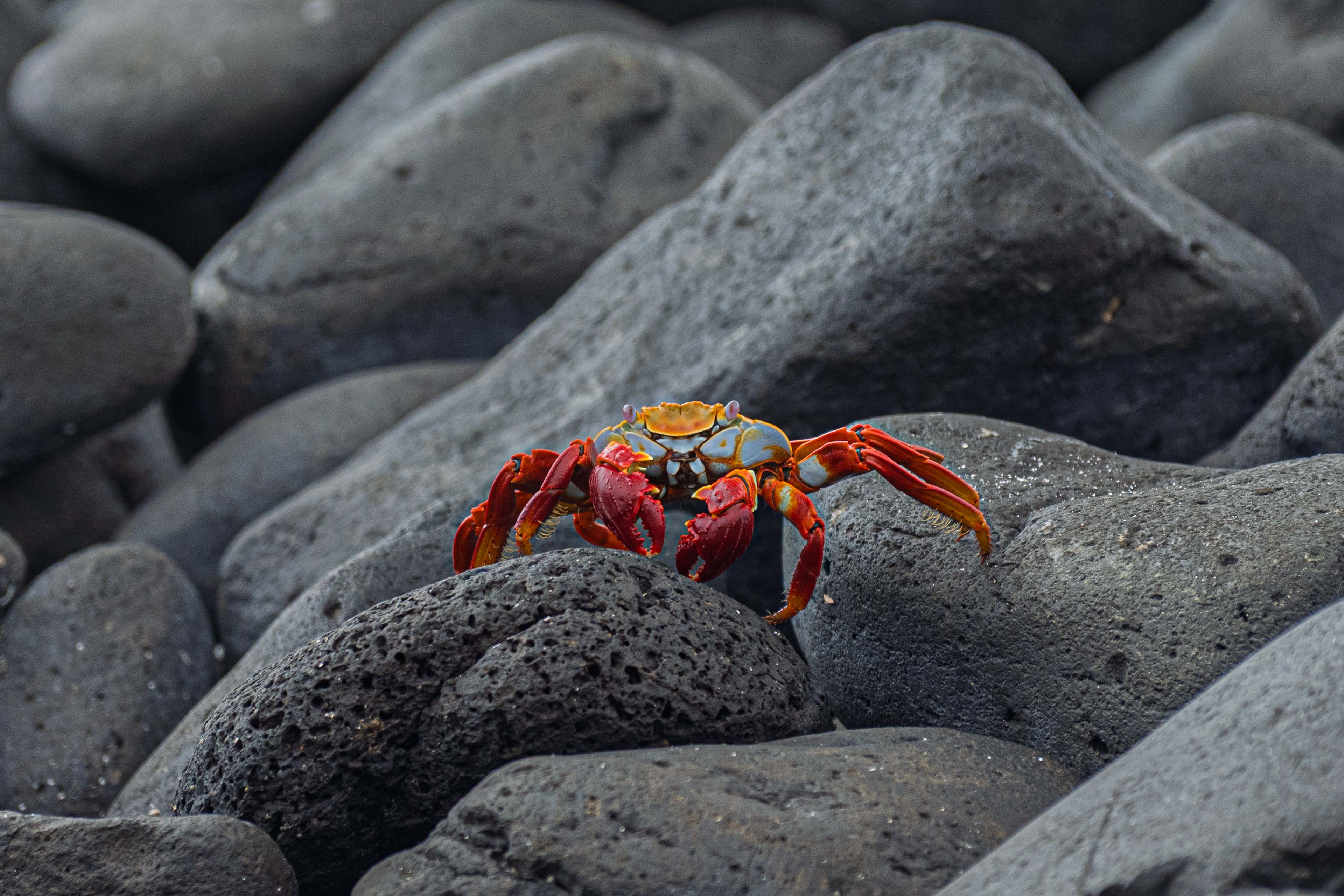
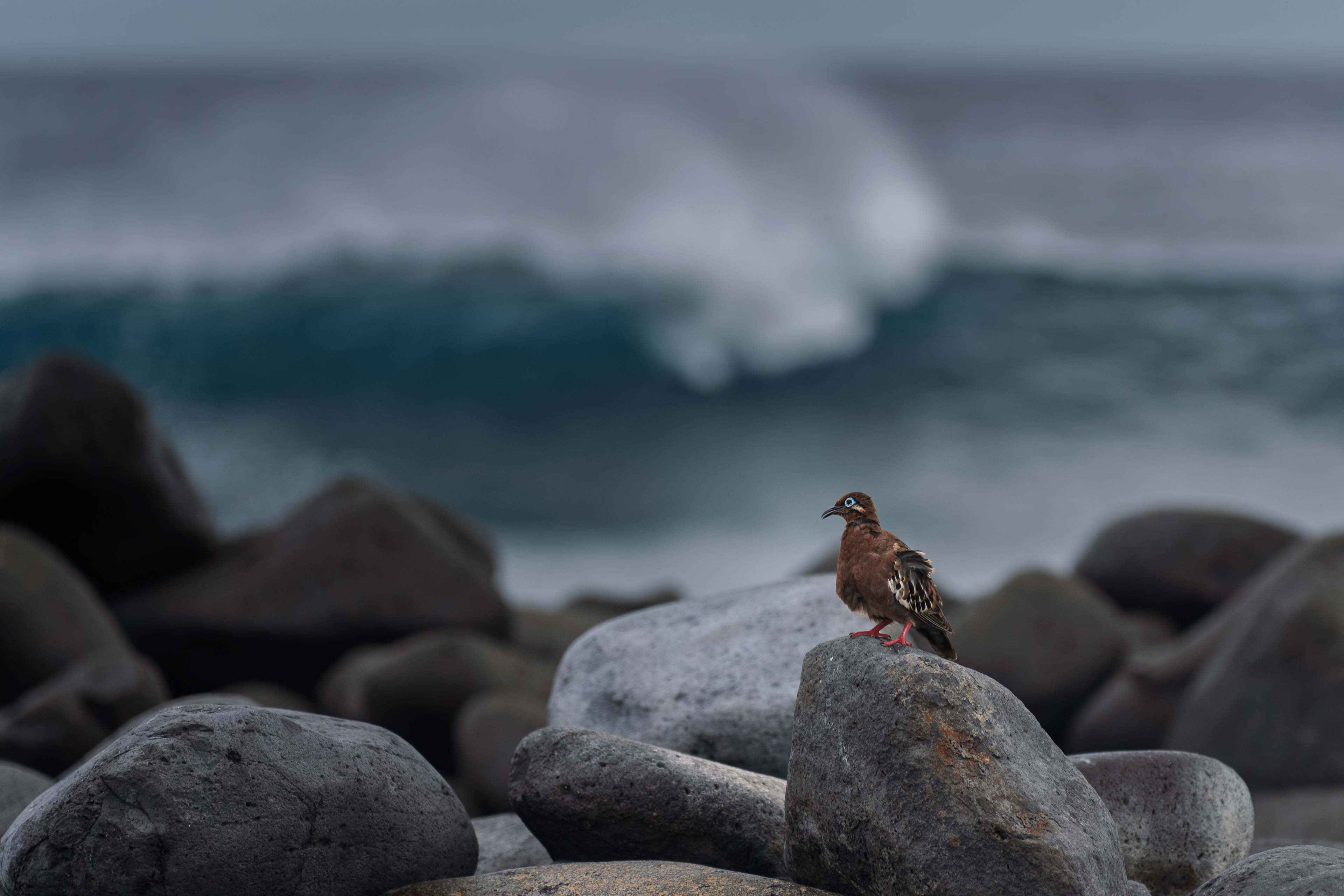
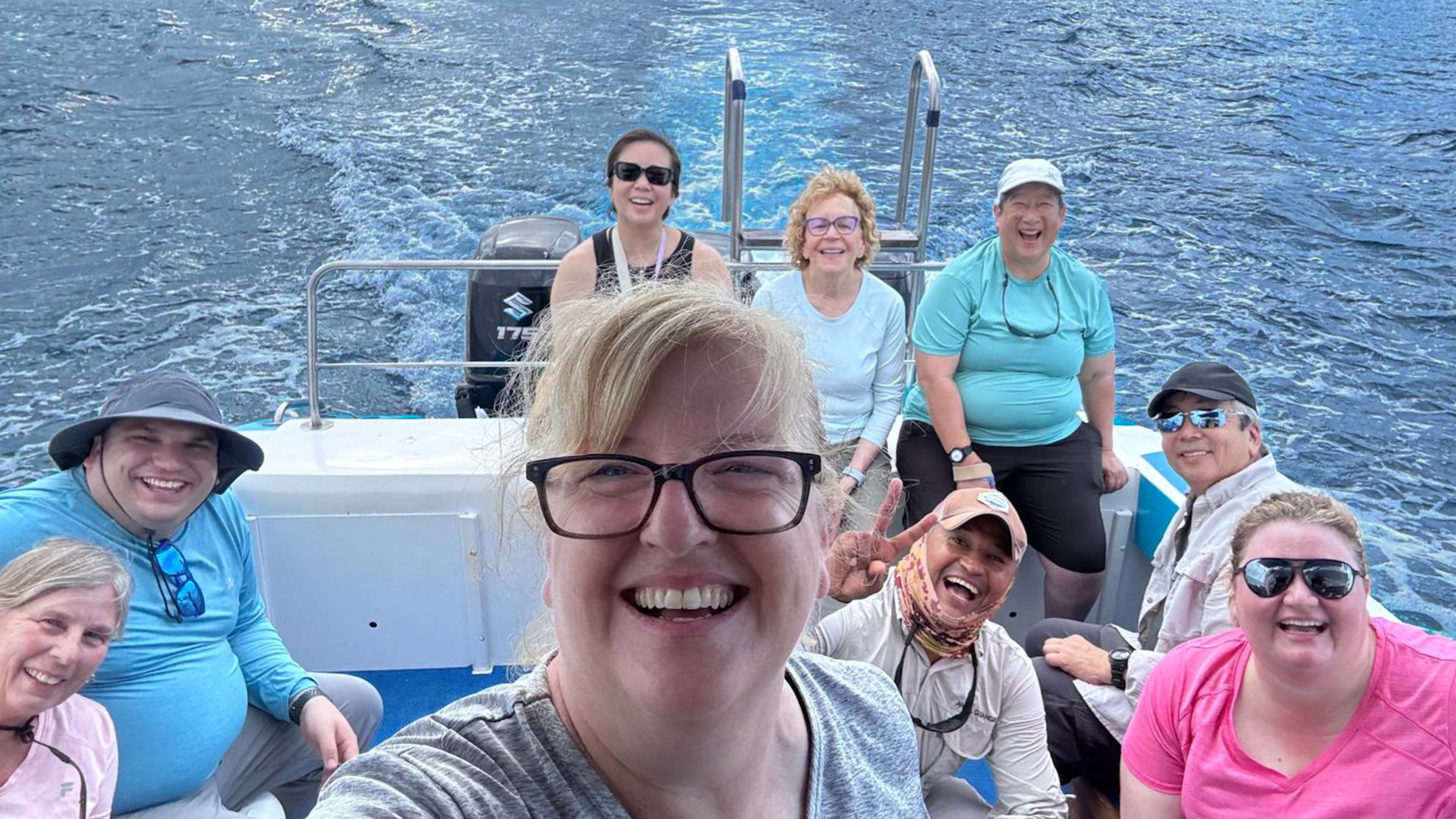
Fun on Espanola Island
Espanola is the southernmost island and one of the oldest in the Galapagos. It's about 2 hours from San Cristobal by boat. Depending on the time of day you arrive or depart, it could be a dry or wet landing.
It is famous for being the sole breeding grounds for the entire population of waved albatross.
Espanola Island
We came to see the famed waved albatross but before we could even get to their breeding grounds, we were greeted by marine iguanas along the shoreline!
Marine iguanas are endemic to the Galapagos Islands. They are the only "lizards" that can live and forage in the ocean. Though most marine iguanas are black, these were "Christmas" iguanas with red and green coloring. Odd looking creatures...
Fun facts about marine iguanas:
- Life span: 5-12 years
- Average weight: 1.5 kg
- Average size: 0.7M - 1.5M
- Favorite food is algae
- They "sneeze out" excess salt from their body!
We continued out trek up to the waved albatross breeding grounds.
Fun Facts of Waved Albatrosses
- Waved albatrosses are the largest birds on the Galapagos Islands
- Life span: 30 years
- Average weight: 3kg/6.6lb - 4kg/8.8lb
- Average size: 80cm/2.6ft - 93 cm/3ft
- Average wingspan: up to 2.5M/8.2ft
- Spend most of their time flying and out at sea
Waved albatross couples mate for life. They are called "waved" because of the pattern on their wings. I didn't have a chance to see them flapping their wings. They are said to have an elaborate courtship dance but we didn't see that either. The female lays one egg and both parents take turns incubating the egg for 2 months. We did see one albatross with a HUGE egg when it stood up!
Other birds on the island: Nazca boobies were everywhere... and they appeared to be seeking mates. Young brown boobies testing their wings... and a Galapagos mockingbird.
Waved Albatross stand about 3 feet tall
Sally Lightfoot Crab
Galapagos Dove
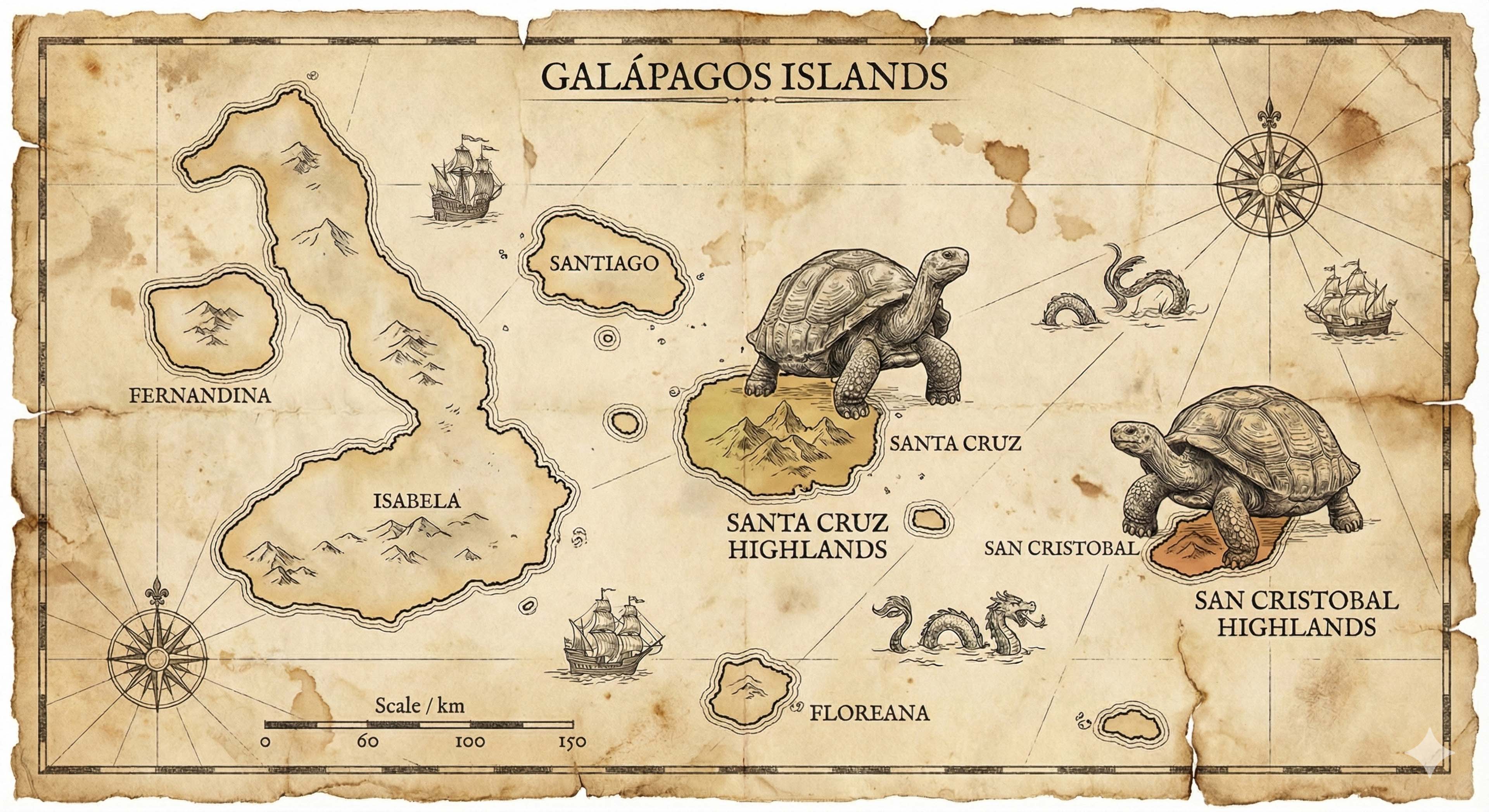
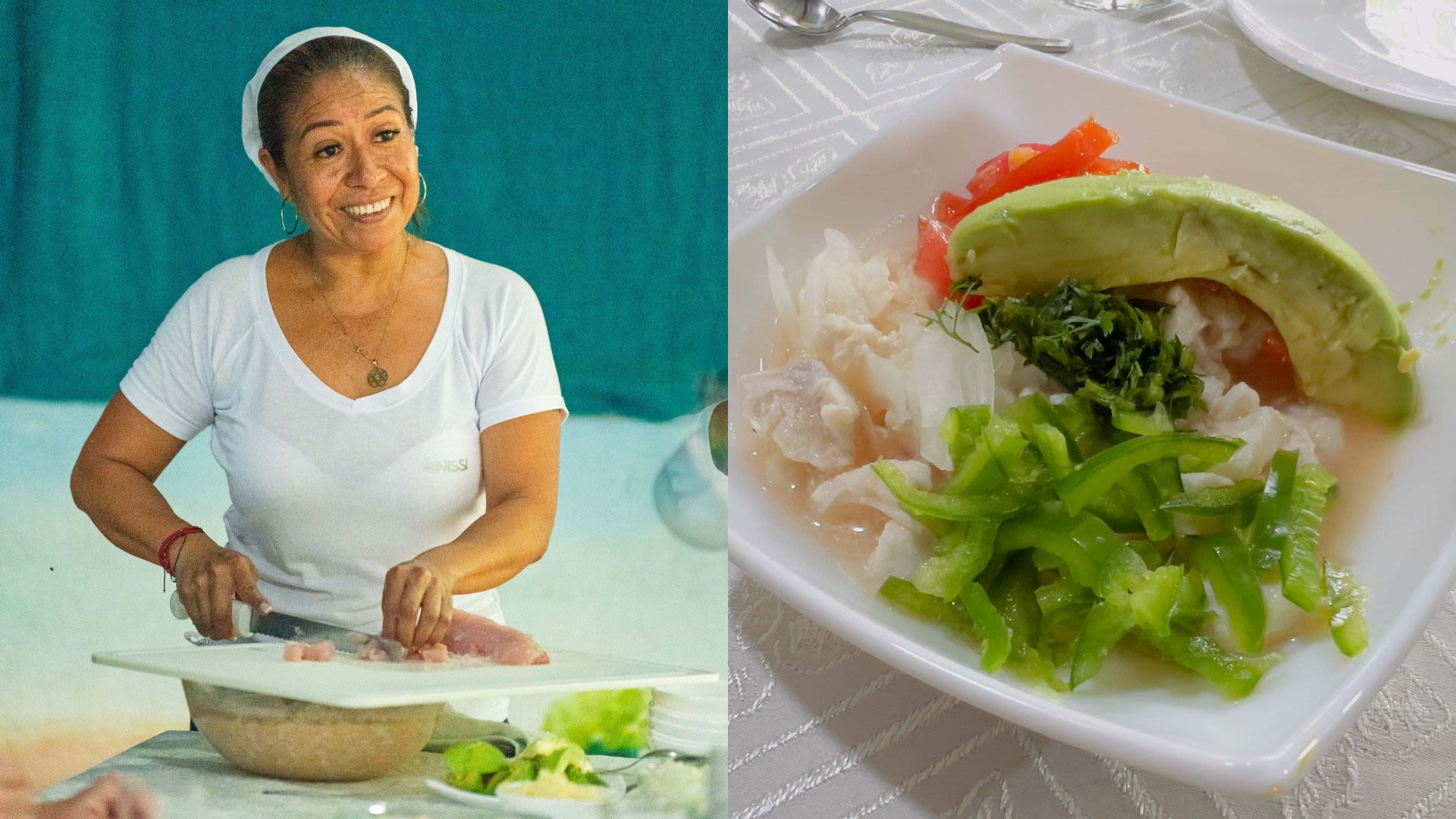
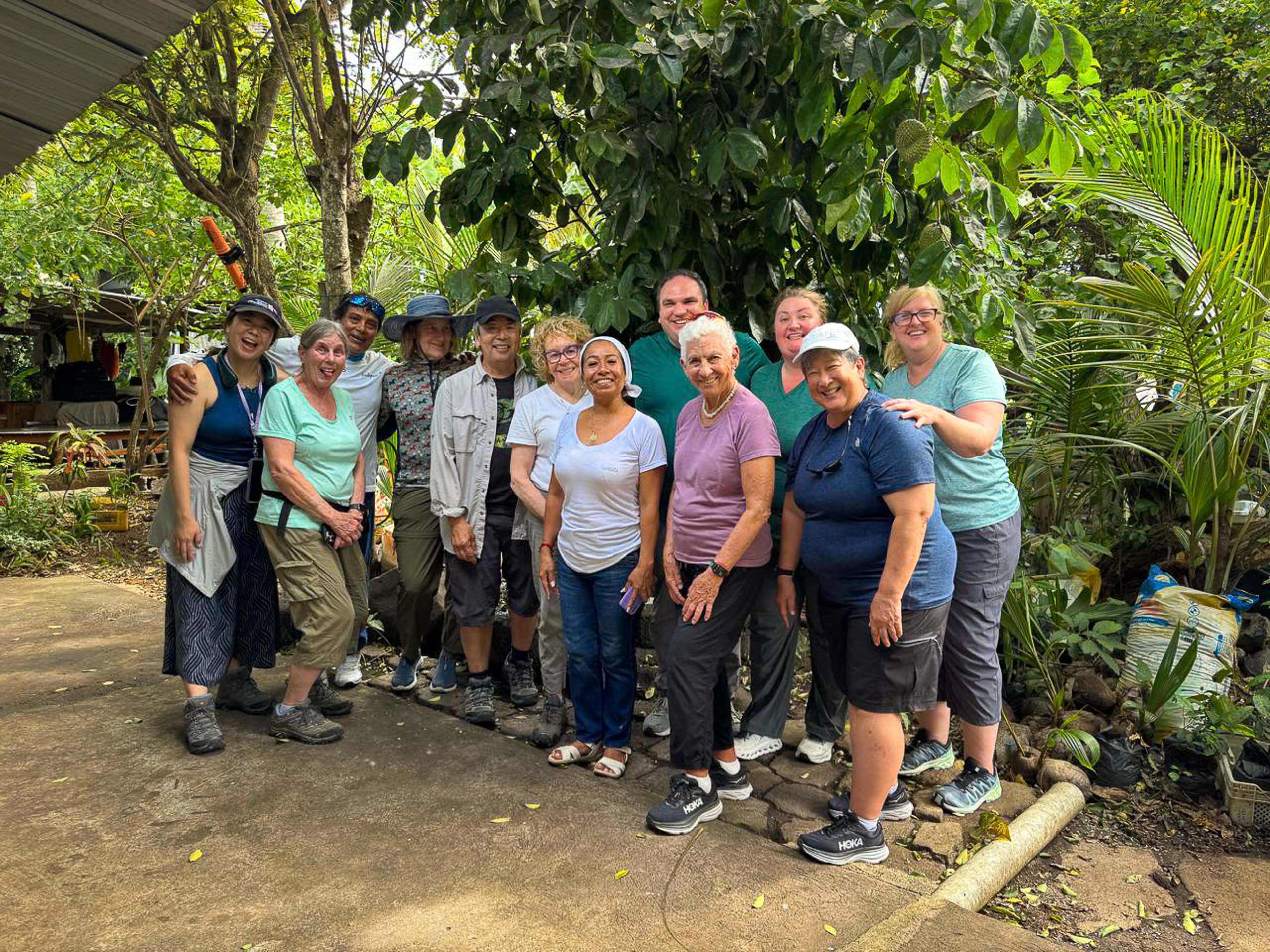
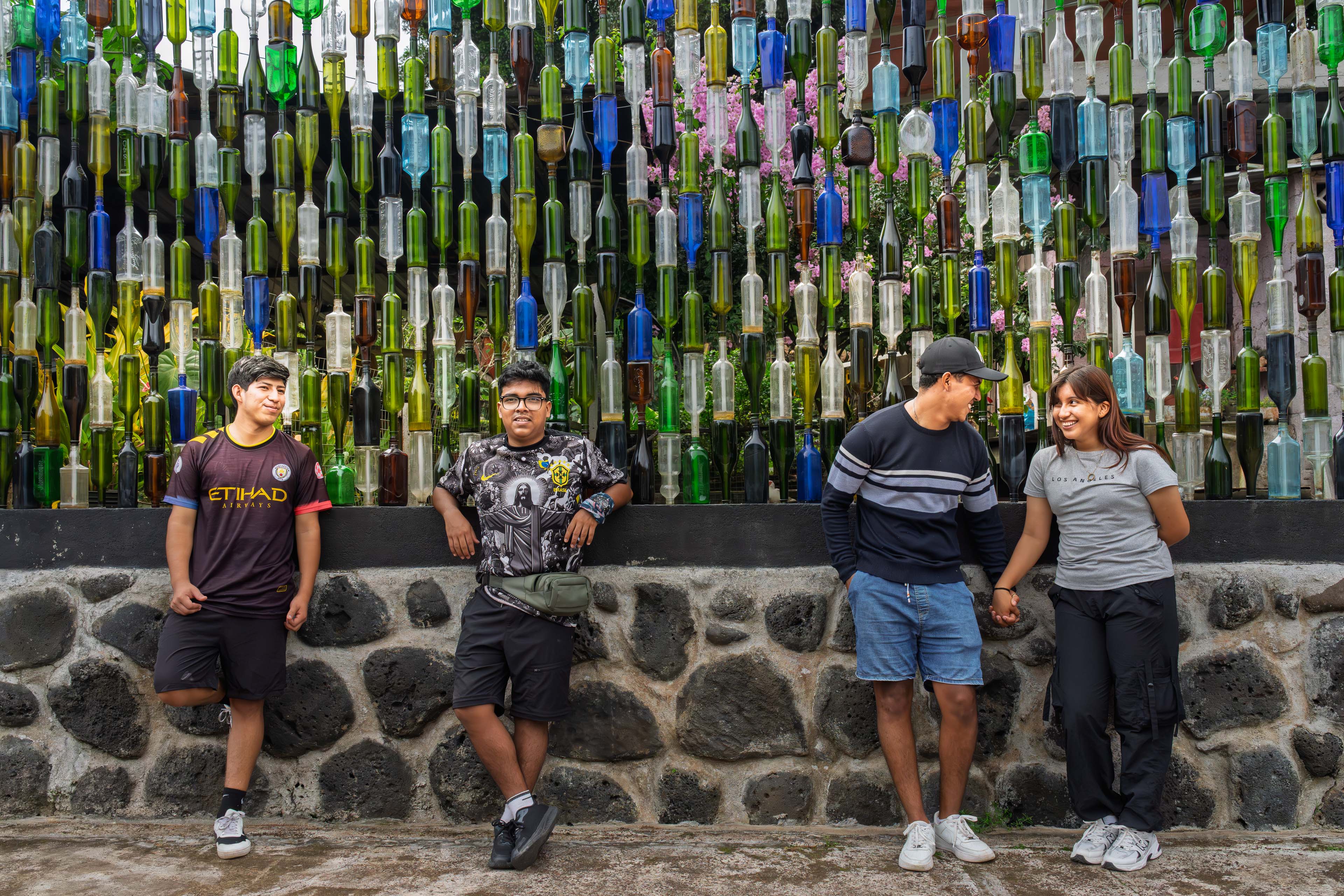
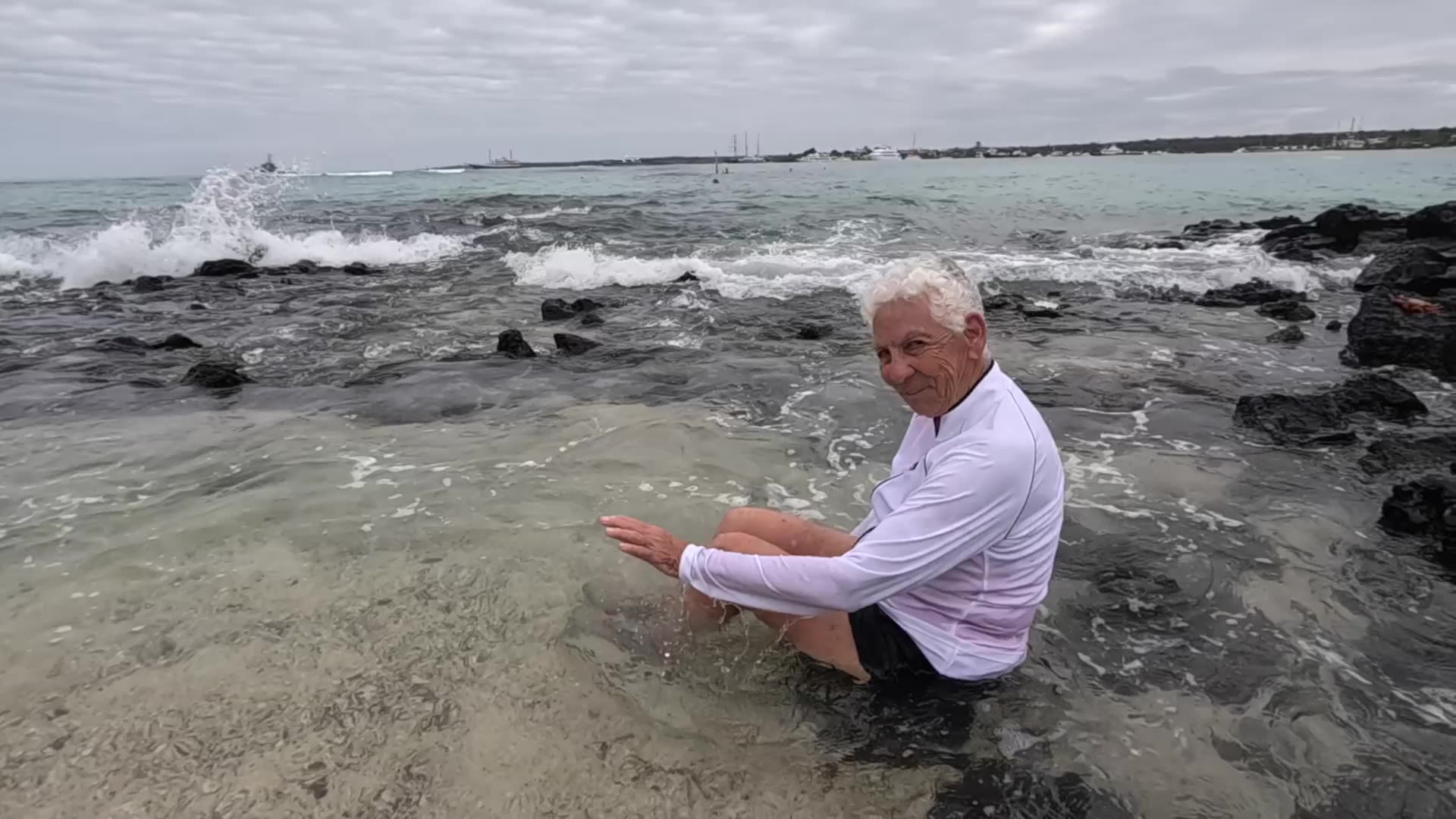

Fun around town
Ceviche!
Fun in town ...
On May 29, we said goodbye to San Cristobal and took the local ferry to Santa Cruz Island.
UGH! Crowded, stuffy and hot! It was a tough 2 hour boat ride to Santa Cruz and I survived by sleeping all the way there. Tip to survive, be near the back of the boat where there is fresh air or if you are brave like Kelly, sit up on top.
Once we arrived, Pancho sent us across the street to a coffee shop above a market in Puerto Ayora. We happily got caffeinated and had snacks before and setting out to our new home, Angermeyer Waterfront Inn by water taxi.
Photo by Ray Fujii
Photo by Ray Fujii
We had to take a water taxi to and from Angermeyer Waterfront Inn every time we wanted to venture out. It was a quick ride and only cost $1 each time.
Photo by Ray Fujii
Photo by Ray Fujii
For a room with no view, we saw a lot and Evelyn and I appreciated that our room was one of the closest rooms to the restaurant and the dock!
After dropping our bags off in our rooms, we headed back to town via water taxi and were treated to the local fish, brujo. Yum!
After lunch we were on our own to roam the town of Puerto Ayora. I was intent on finding the store where you could try on BLUE FEET! The sock store is called Patas Azules ("blue feet").
It was a good time to shop for souvenirs. Ray and Kristen get the prize for best shoppers! They found so many cute items and clothes!!! We also found ice cream to cool us off (for a moment).
North Seymour
Today's early morning excursion started in a water taxi to town, then a bus ride to a marina where a dinghy took us to our boat! Our boat was spacious and took us to North Seymour, which is a small island near Baltra and north of Santa Cruz.
The hike was easy and we saw all kinds of birds as we hiked through dry brush out to a sandy shore and then back to our launch point.
We were greeted by a blue-footed boobie splish-splashing and taking a bath!
There were frigatebirds everywhere! The males are easily spotted by their red neck that they can puff up like a balloon when they are trying to attract females.
Frigatebirds are notorious thieves and are called "pirates." They steal food caught by other birds and even steal nesting material from each other!
We also saw fluffy babies.
Land iguanas are endemic to the Galapagos Islands. There are 3 species and we saw the "yellow" land iguana.
Fun facts:
- Life span: 55 years
- Average weight: 11.5kg/25lb - 13.5kg/30lb
- Average size: 1M/3ft - 1.5/4.9ft
- Favorite food is prickly pear leaves and fruit
I got lucky. I found a place on the sand to lie down and this land iguana came right towards me!
In the afternoon, Julie, Mike, Kelly and I stayed back on the boat while others took a dinghy to look for flamingoes. They found vicious horseflies that bite!
We experienced "JOMO" watching and taking photos of pelicans and blue-footed boobies dive bombing into the water!
Meet the brown noddy on top of the pelican's head in the water. These birds are scavengers and wait for scraps to fly out of the pelican's mouth from their catch.
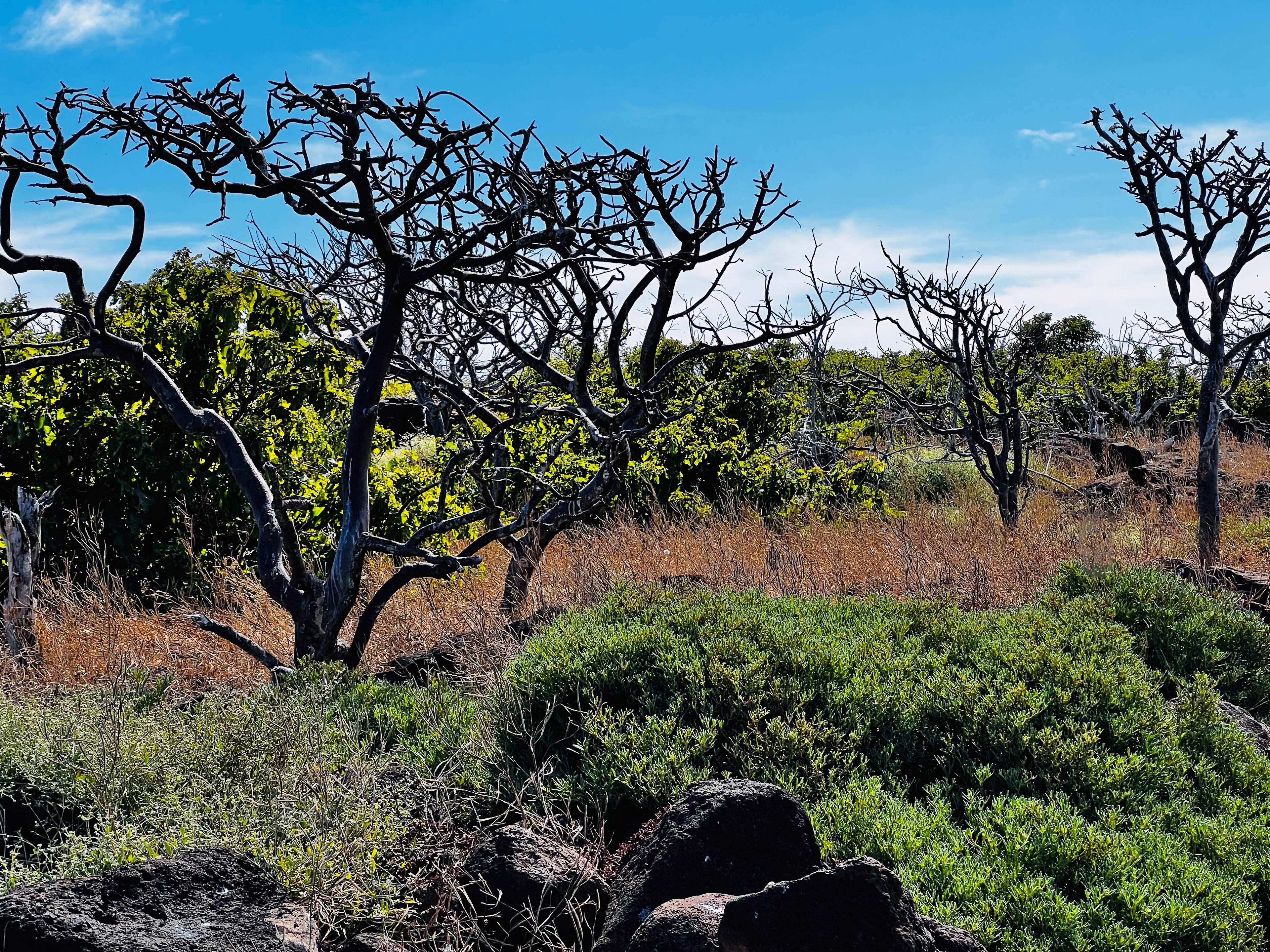
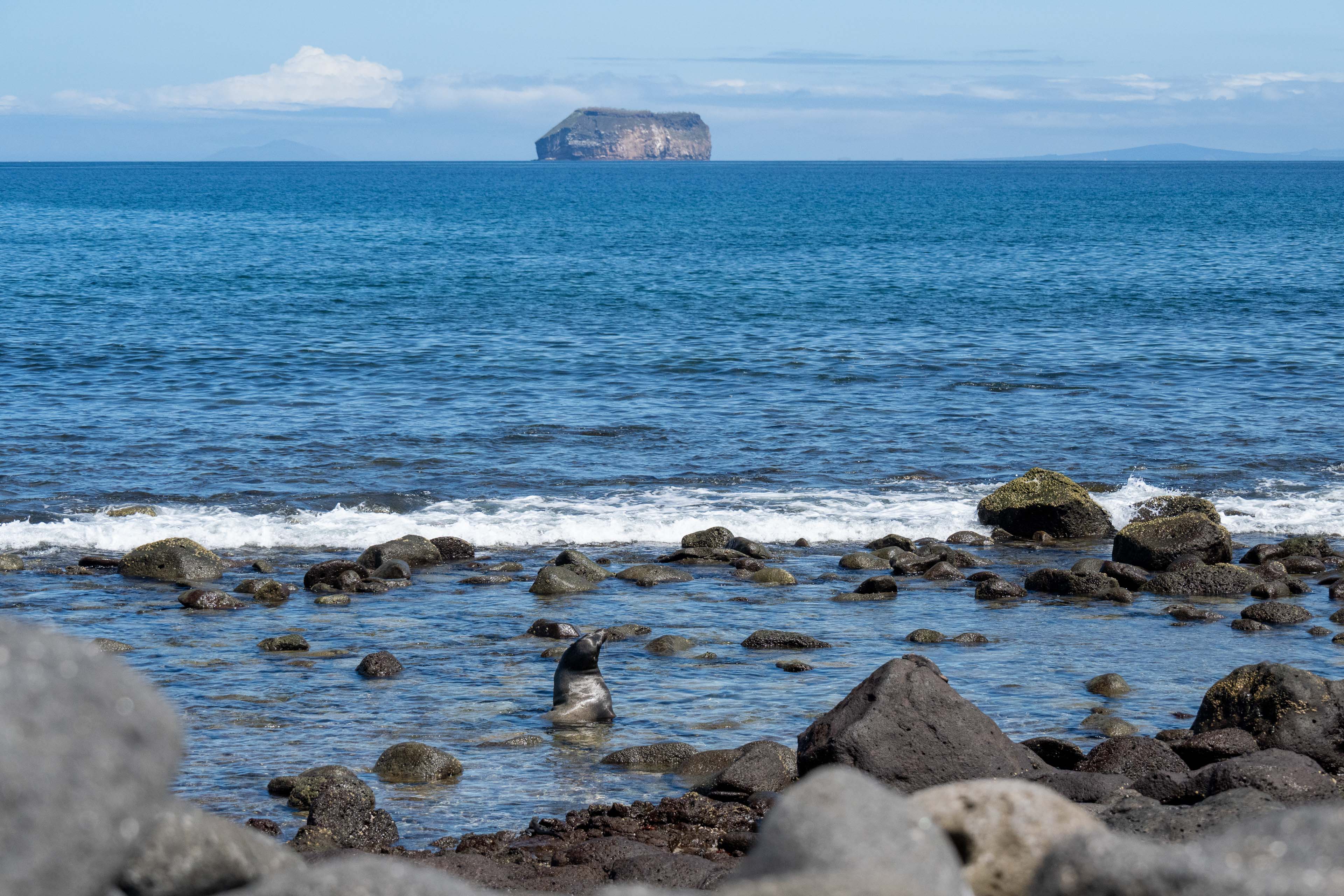

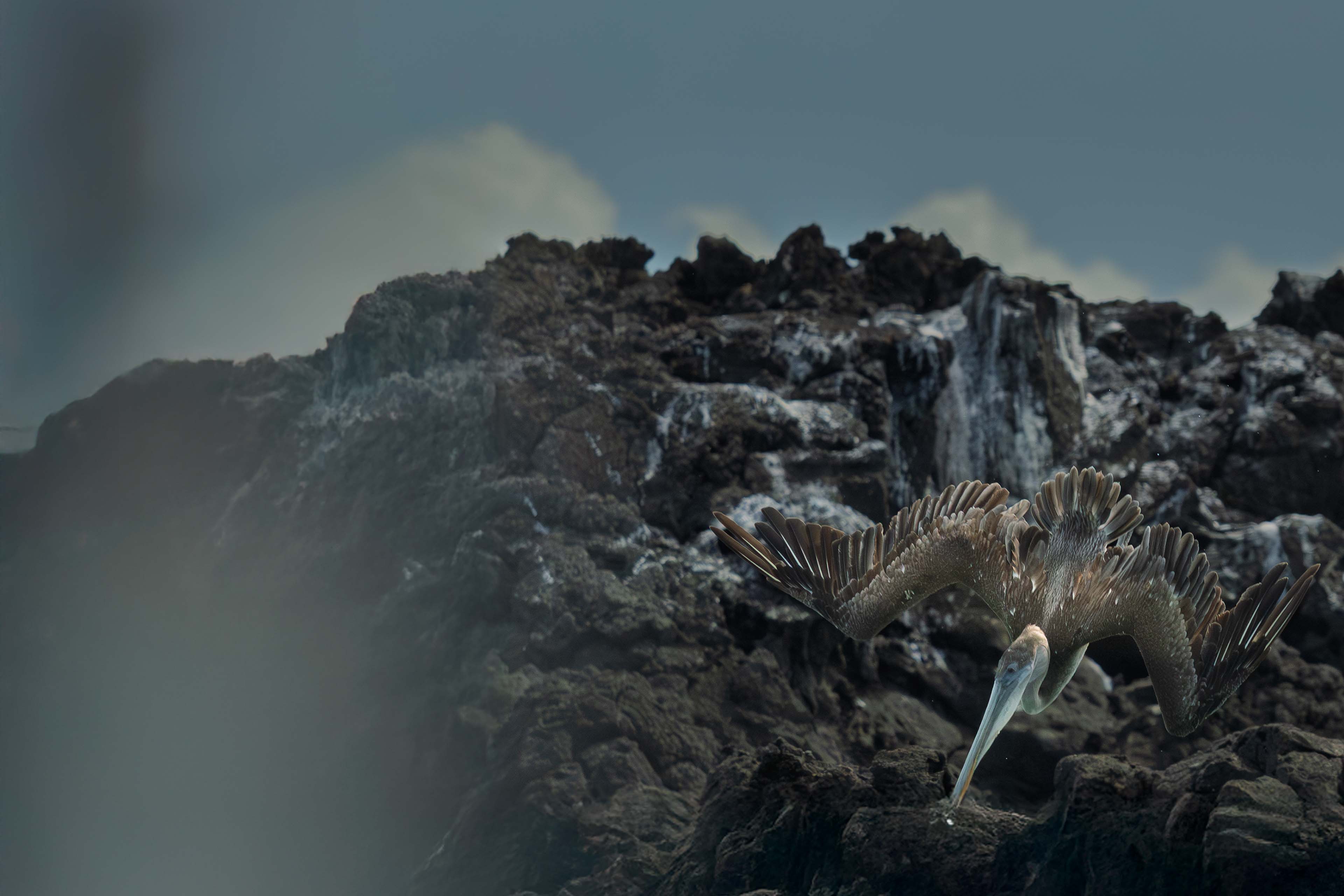
A week at sea aboard the Nemo III
On June 1, we checked out of Angermayer Cave and took a water taxi to a bus to the marina next to the Baltra Airport. Here we boarded the Nemo III, a 75ft catamaran.
Photo by Ray Fujii
Photo by Ray Fujii
Meet our crew:
- Jimmy Patino Solis, freediver and our wonderful naturalist
- Captain Oswaldo
- Danny
- Pedro
- Carlos
- Fabricio, our wonderful chef
- Andres
Photo by Ray Fujii
Photo by Ray Fujii
Photo by Ray Fujii
Photo by Ray Fujii
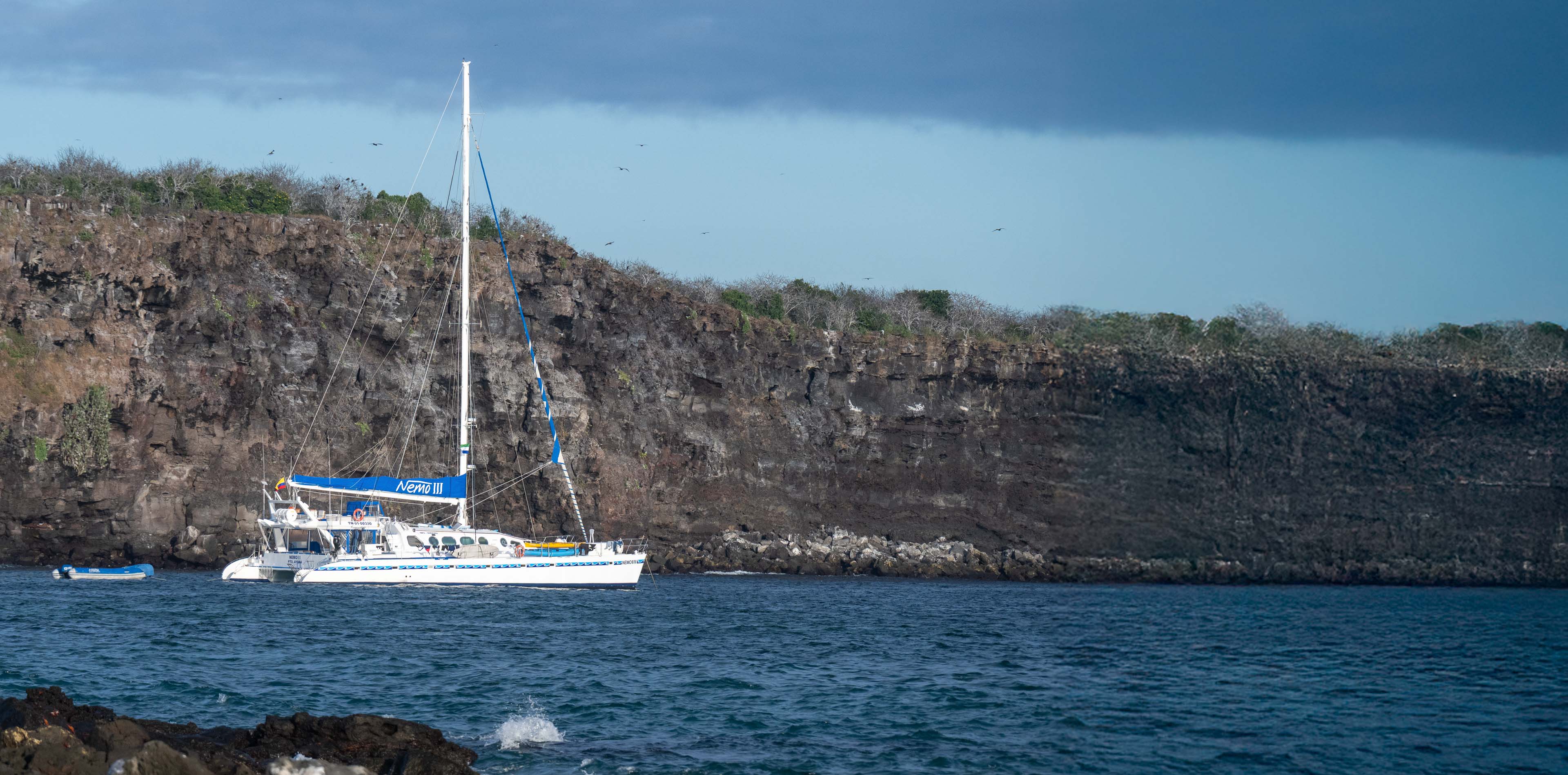
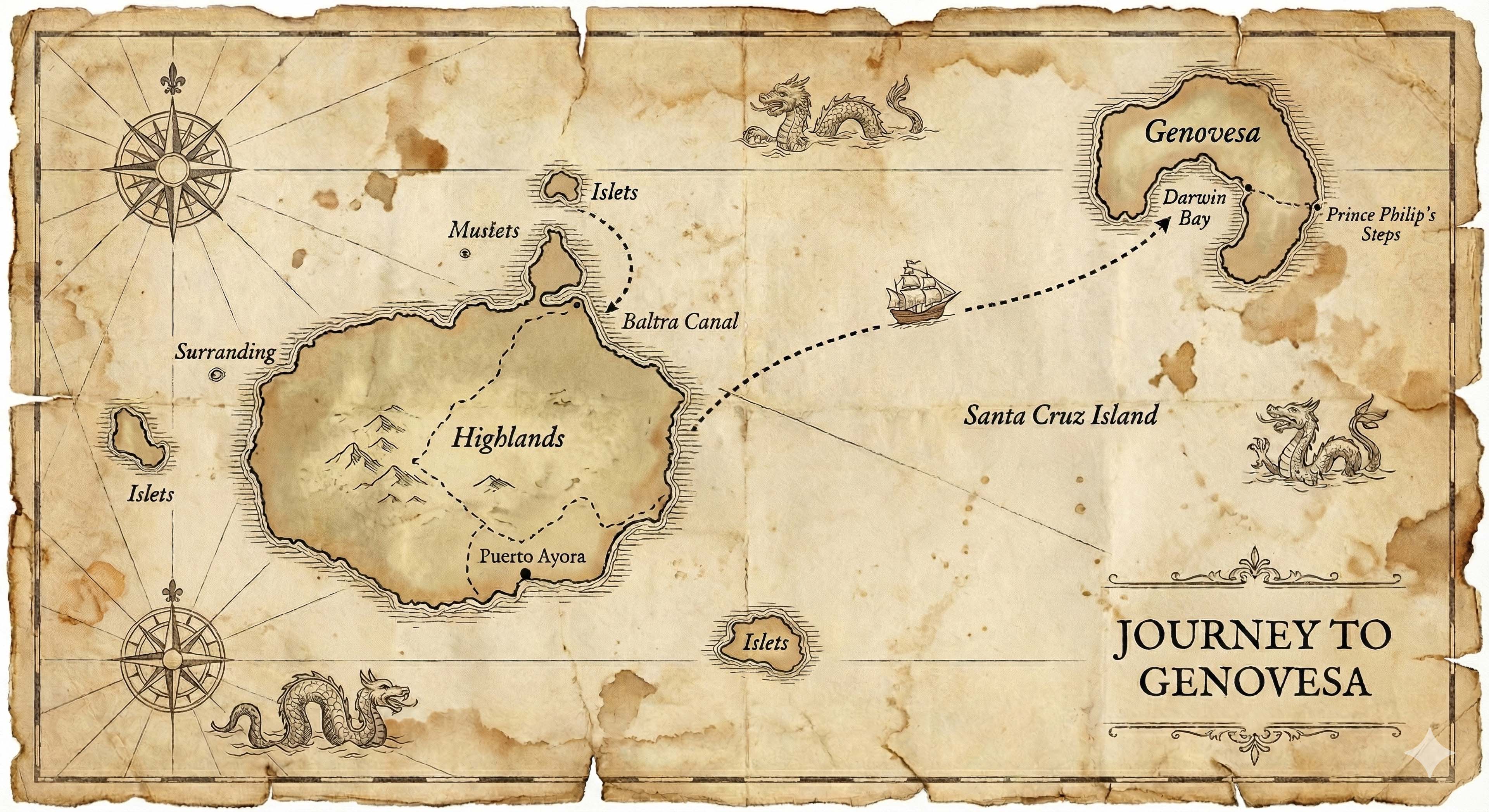

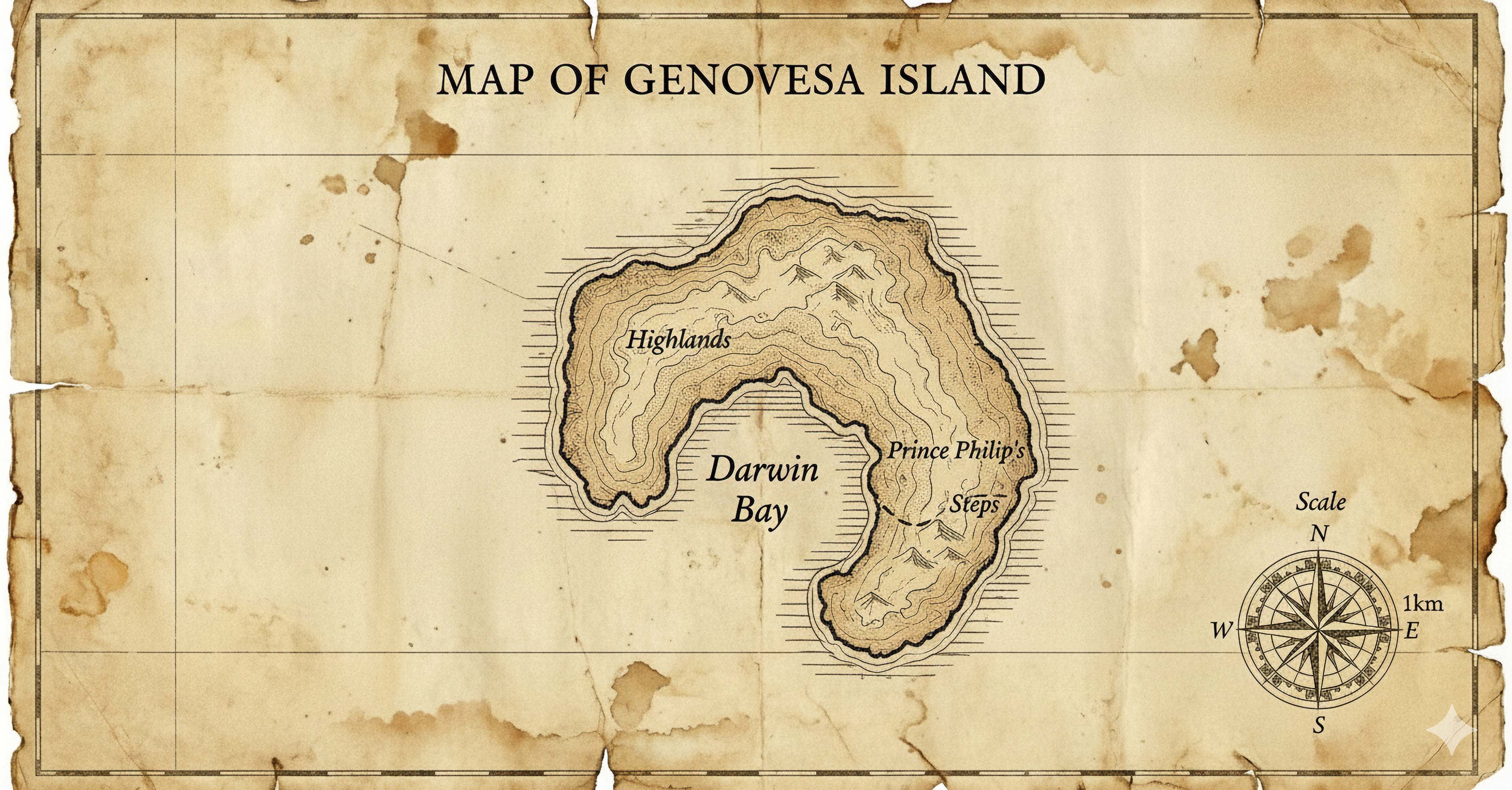
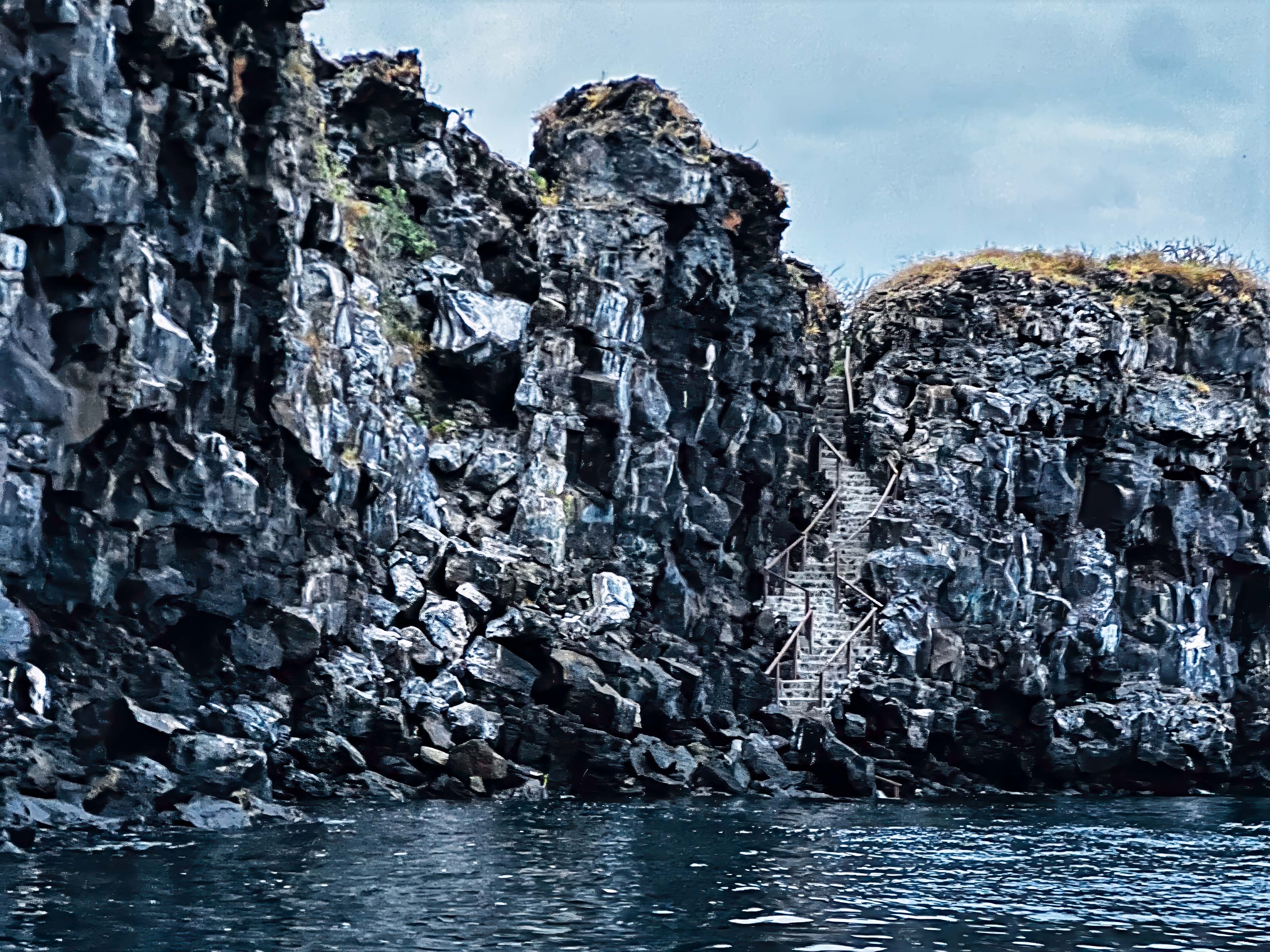
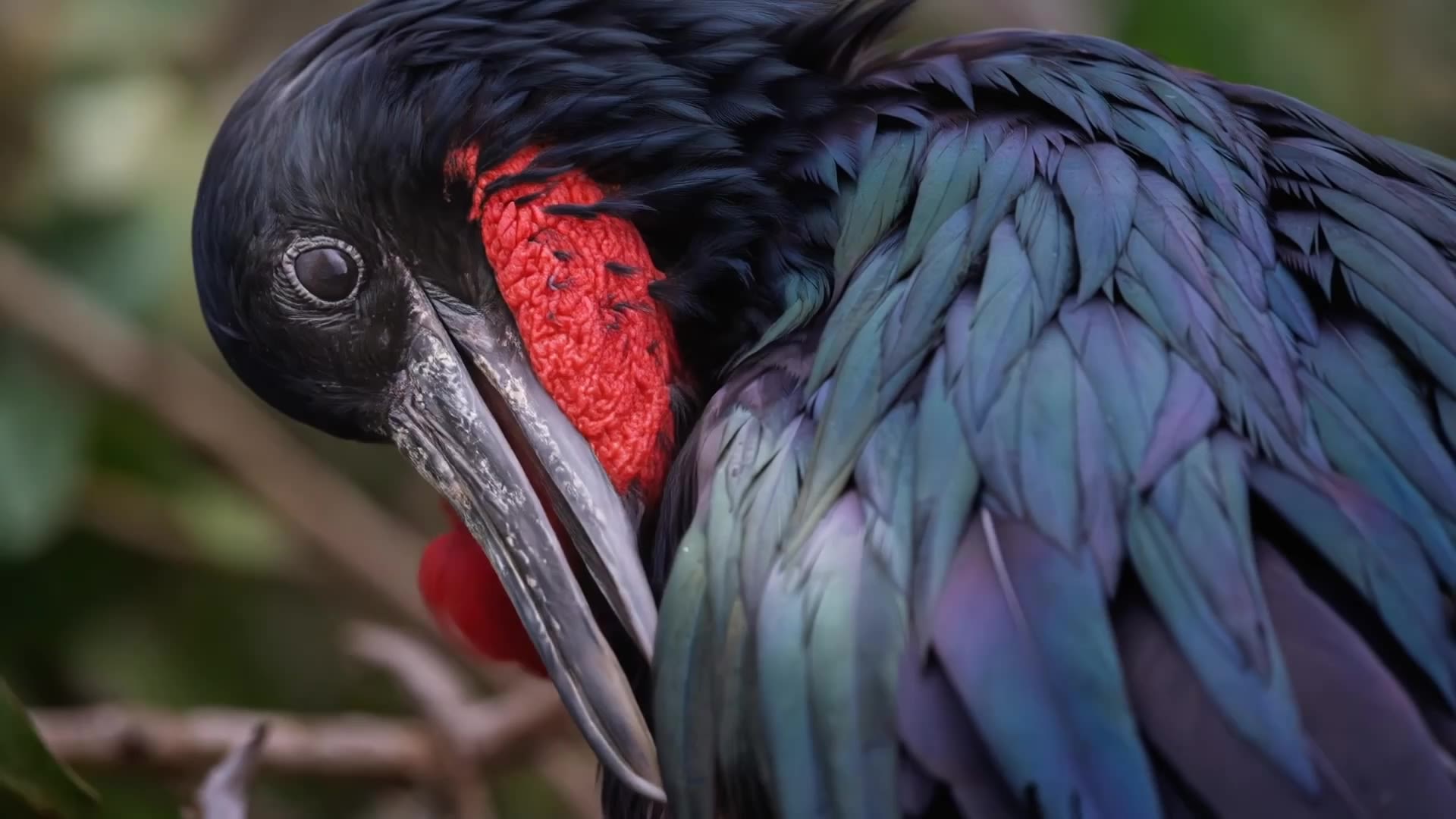

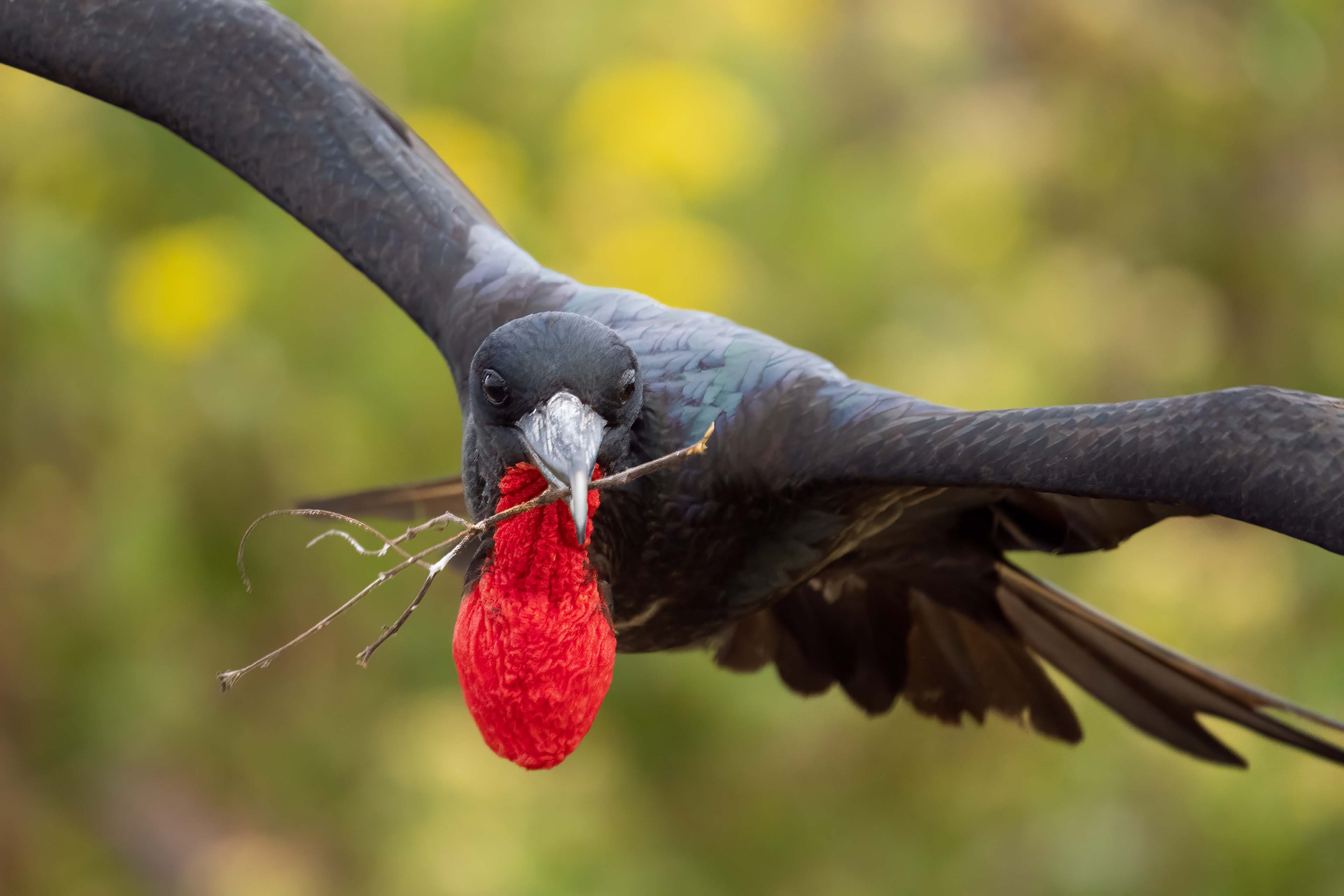
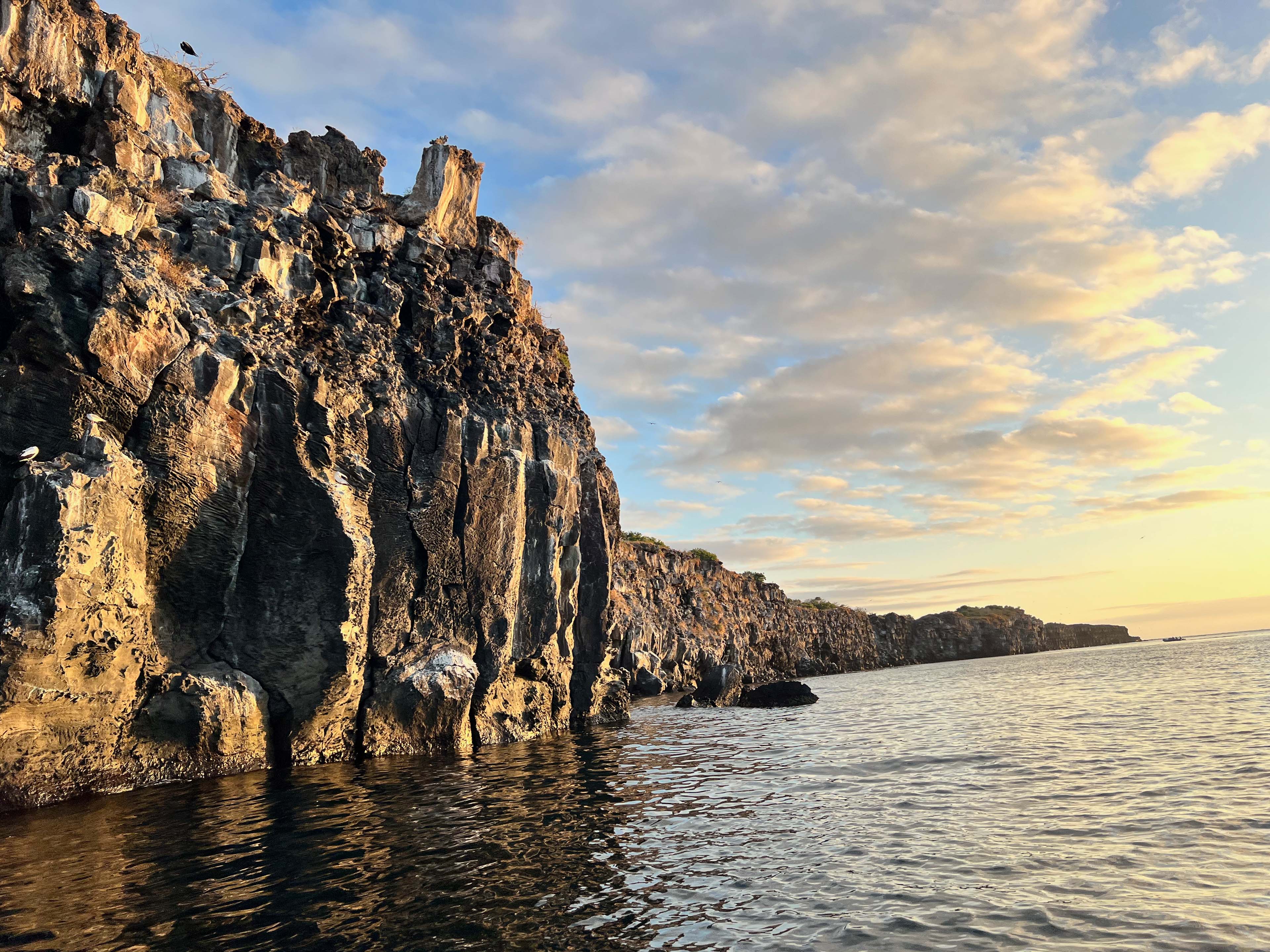
A day on Genovesa Island
Genovesa is a horse-shoe shaped island in the northeastern region of the Galapagos. Darwin Bay was formed by a submerged crater.
Prince Philip's Steps
Genovesa Island
This island is called the Bird’s Paradise for good reason. We saw a lot of birds! Red-footed boobies, Nazca boobies, frigatebirds, swallow-tailed gulls and even owls!
The bonus for exploring the Galapagos Islands by boat is the Nemo III sails while we are sleeping and we arrive at our destination in the early morning! This is good for 2 reasons: the light is much better and it's not hot yet!
We transferred to the island by dinghy (panga) and walked up the Prince Philip’s Steps (El Barranco) … but before we even did that we saw a fur seal and a sea lion from the panga! Fur seals have a “bear-like” face. They sleep during the day and forage at night.
At the top of the steps we were met by red-footed and Nazca boobies! There were lots of Nazca babies of various ages walking around too!
There were lots of male frigatebirds puffed up and trying to attract a mate!
There are 2 kinds of frigatebirds. Magnificent frigatebirds have purple feathers on their back and Great frigatebirds have green feathers but as you can see in this next photo... some seem to have both!
The red-footed boobies are really pretty. I wish I took more time to photograph these birds...
Our naturalist, Jimmy, went looking for owls and found one far, far away!
We returned to Nemo III for breakfast, then went out to snorkel, then lunch, then back out to walk around Genovesa in a different area. We saw Galapagos doves and more frigatebirds and a fun little baby seal!
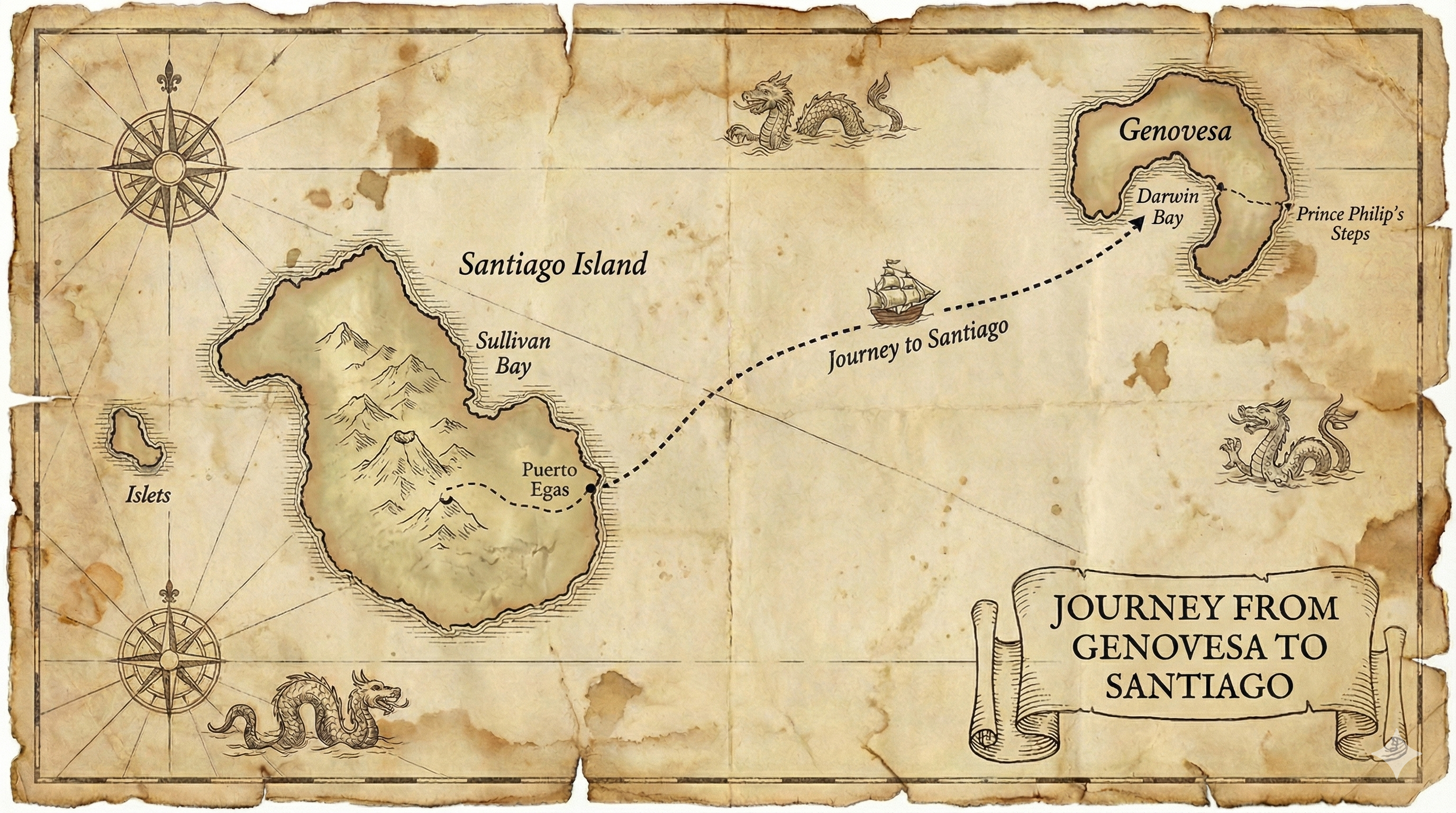


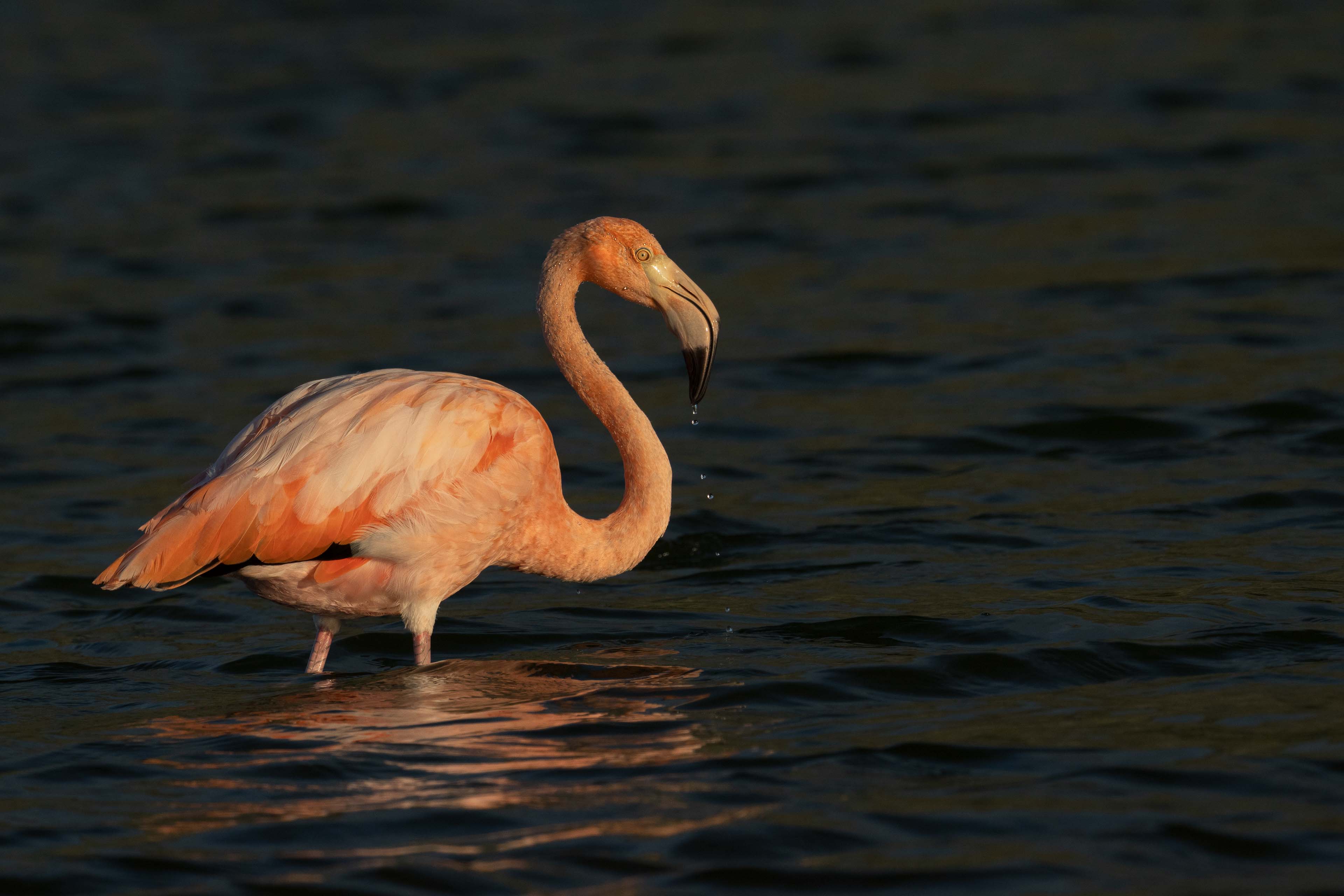

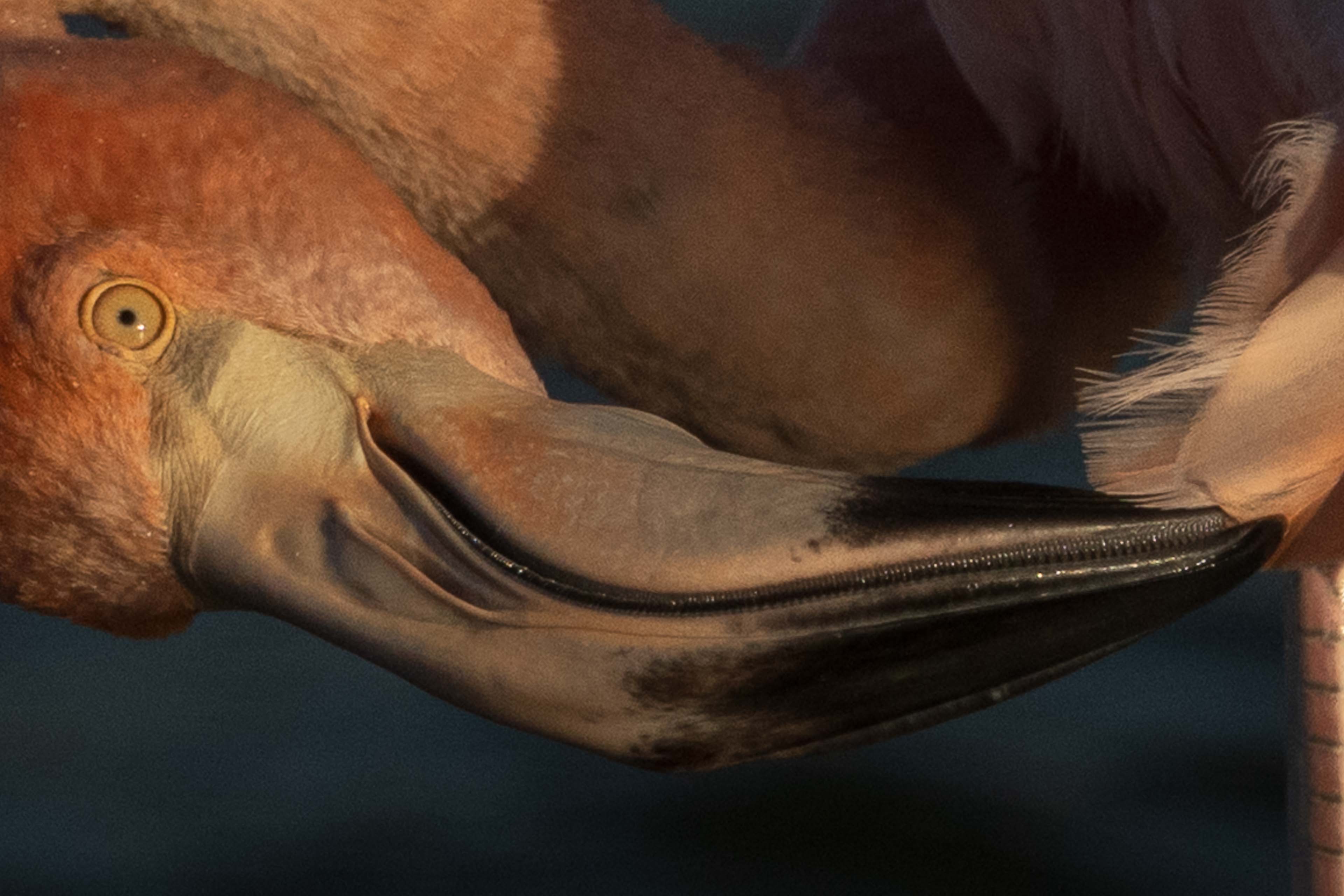

Our journey from Genovesa to Santiago as we sleep
Santiago and Rabida Islands
After dinner on June 2, we set sail for Santiago Island. We were amused to see a candy dish in our indoor common area filled with Dramamine! Hint, hint, take one and go to bed NOW! I had my scopolamine patch on, some OTC meclizine and my acupressure wrist band on and did fine is I promptly went to bed after dinner! I also had ginger candy and saltine crackers just in case...
As we woke up, we discussed our morning plan. Santiago Island is great for volcanic landscape photography but there are no animals to see. Hmm. We opted to pass on this hike and proceed to Sullivan's Bay for snorkeling. Sullivan's Bay is located on the eastern coast of Santiago Island.
Before lunch we made a quick run to Rabida Island, known for it's red sand, to see flamingoes. There were a few there but the light was pretty harsh and we opted to come back later in the day...
We did see Chinese Hat or Sombrero Chino, an islet nearby.
It's a bit odd to see these islands with cacti flourishing...
Returning to Rabida Island later in the afternoon to see the flamingoes was magical!

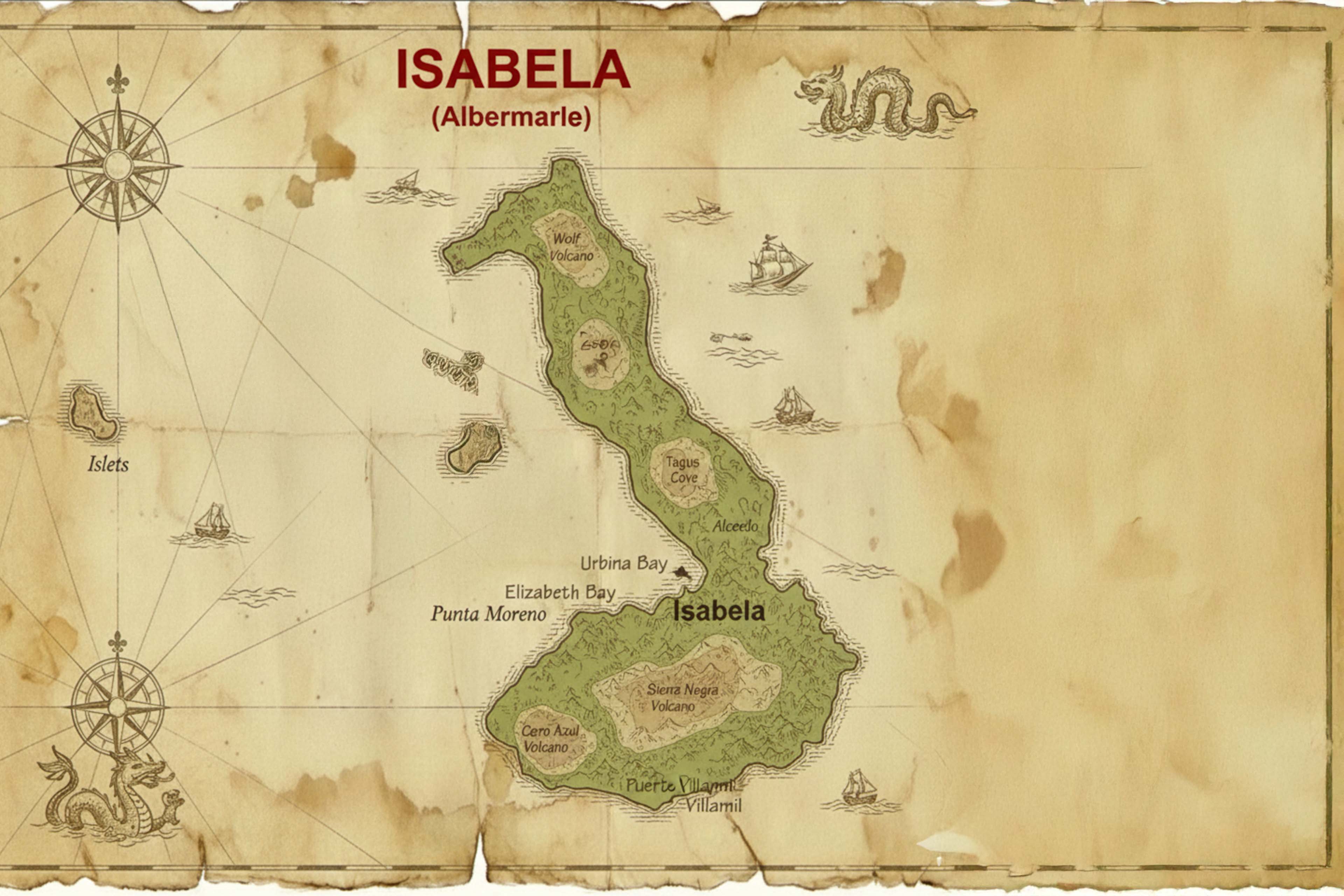

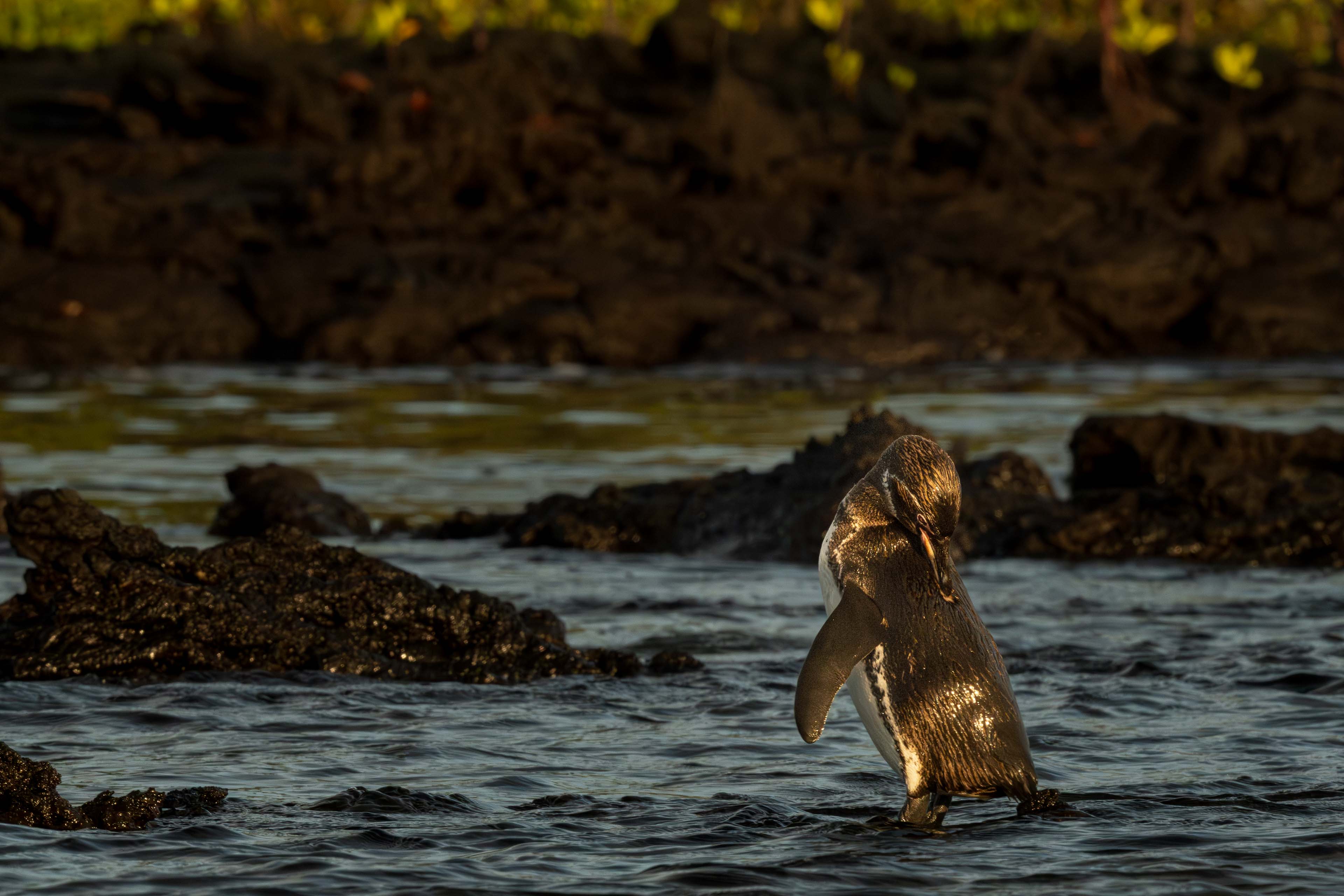
Sail from Santa Cruz to Isabela Island
We woke up near Punta Moreno
Isabela Island
On June 4 we set sail from Santa Cruz and navigated to Isabela Island, the largest of the Galapagos Islands. We got up early for a panga ride along Punta Moreno. It's hard for me to wake up early but once I'm out, it is so worth it! It was a bit hard to see what was along the shore but oh my, lots and lots of marine iguanas!
Many of the larger animals in the Galapagos have birds or in this case, Sally Lightfoot crabs that play nicely together. The little birds or crabs feast on the tics and the larger animals, like this marine iguana is relieved of these pesky tics!
It is so cool to see different creatures coexisting together in the Galapagos! Most do not have natural predators and so they do not exhibit the fear and scatter when we pass by...
The sea lions felt right at home with the marine iguanas as well!
What was really cool and thrilling was spotting out first Galapagos penguin! They are smaller than the penguins found in Antarctica. They were hanging out near the mangroves.
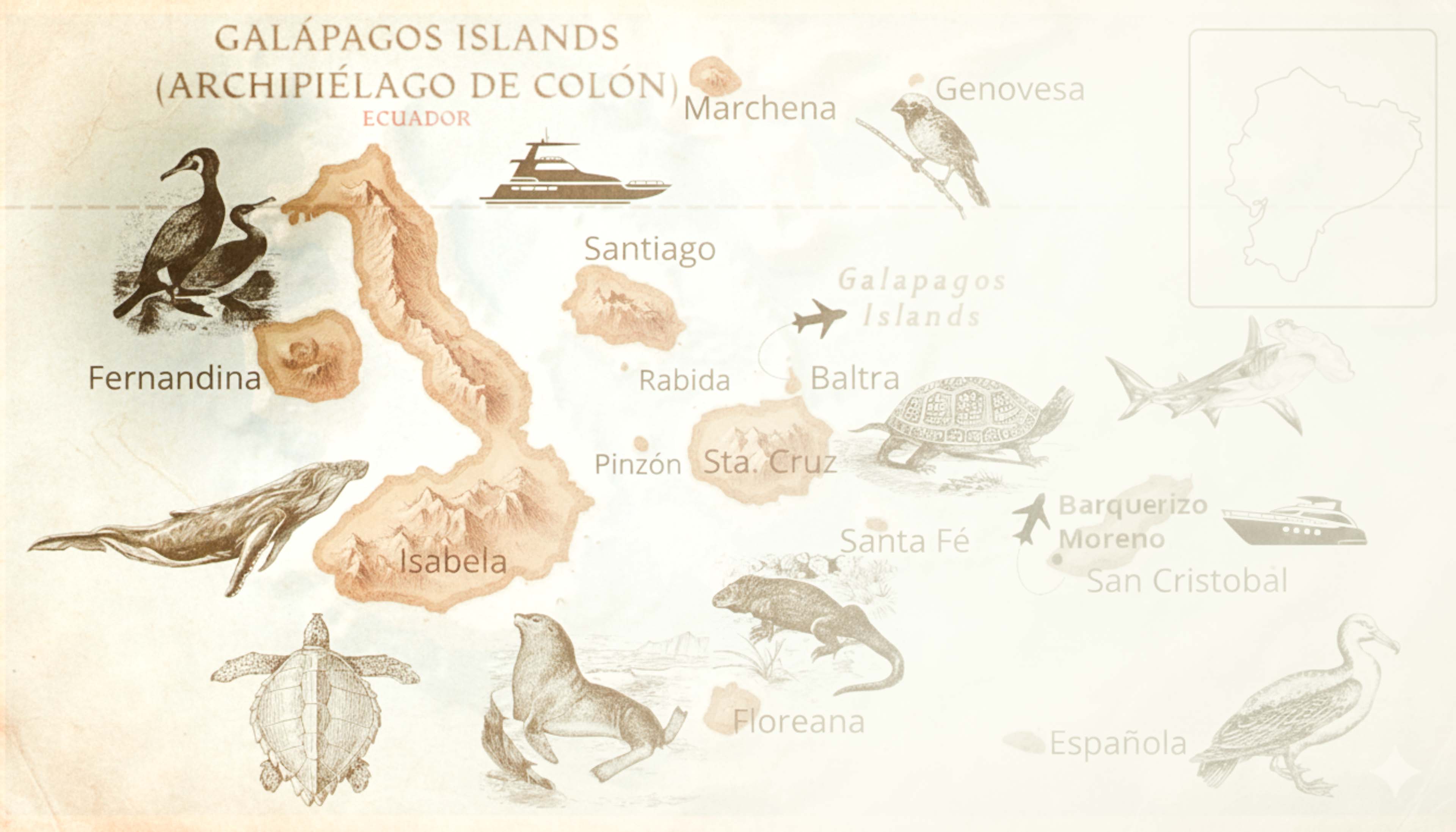
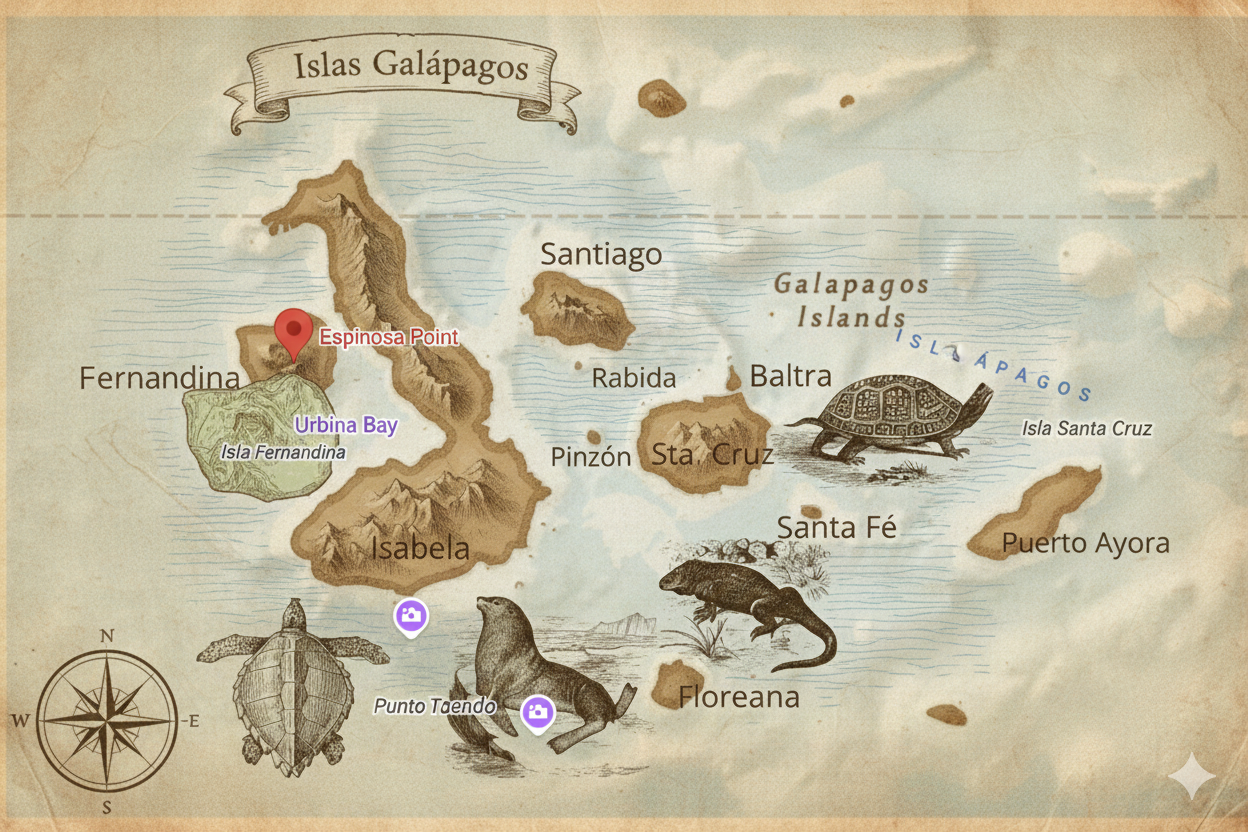
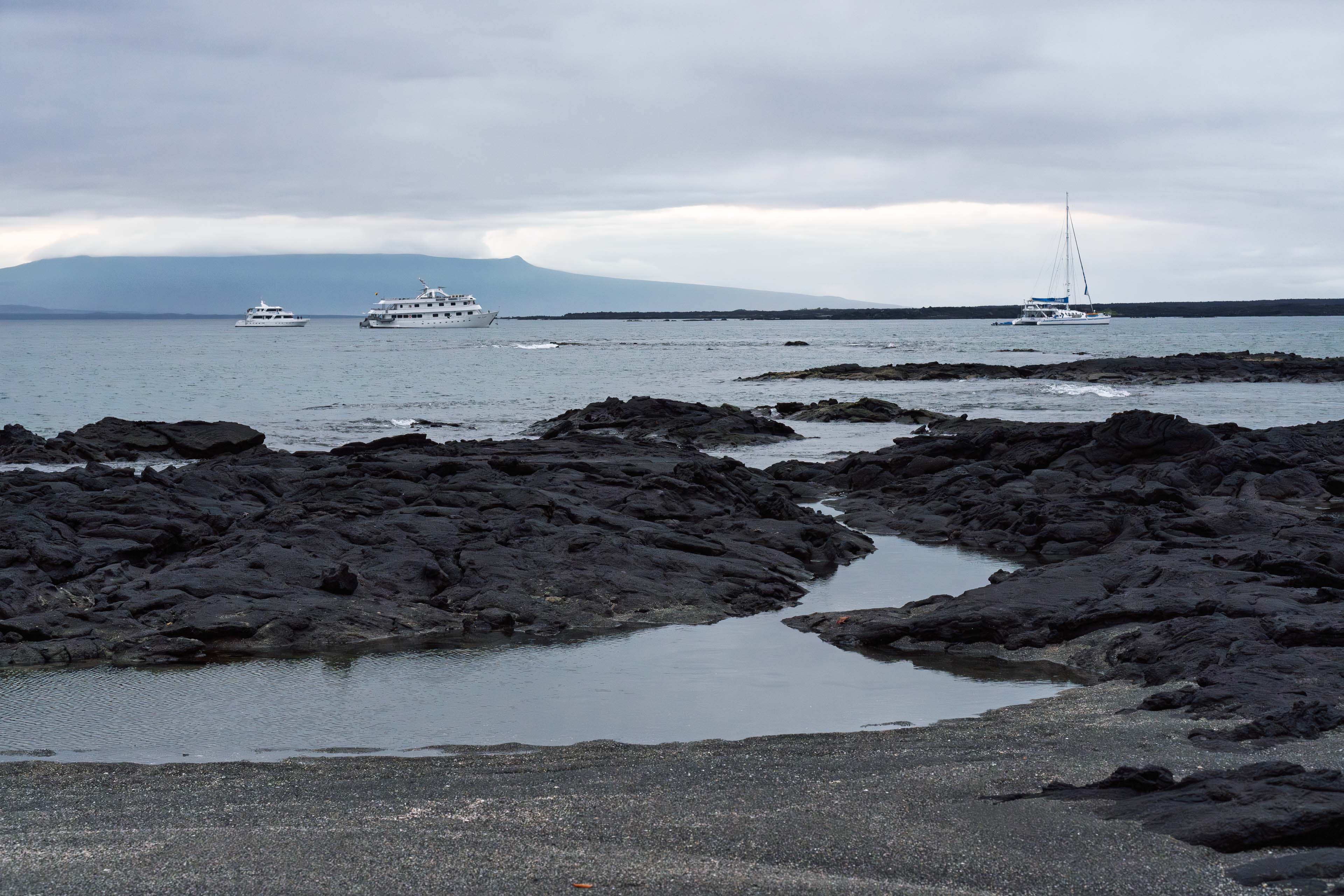

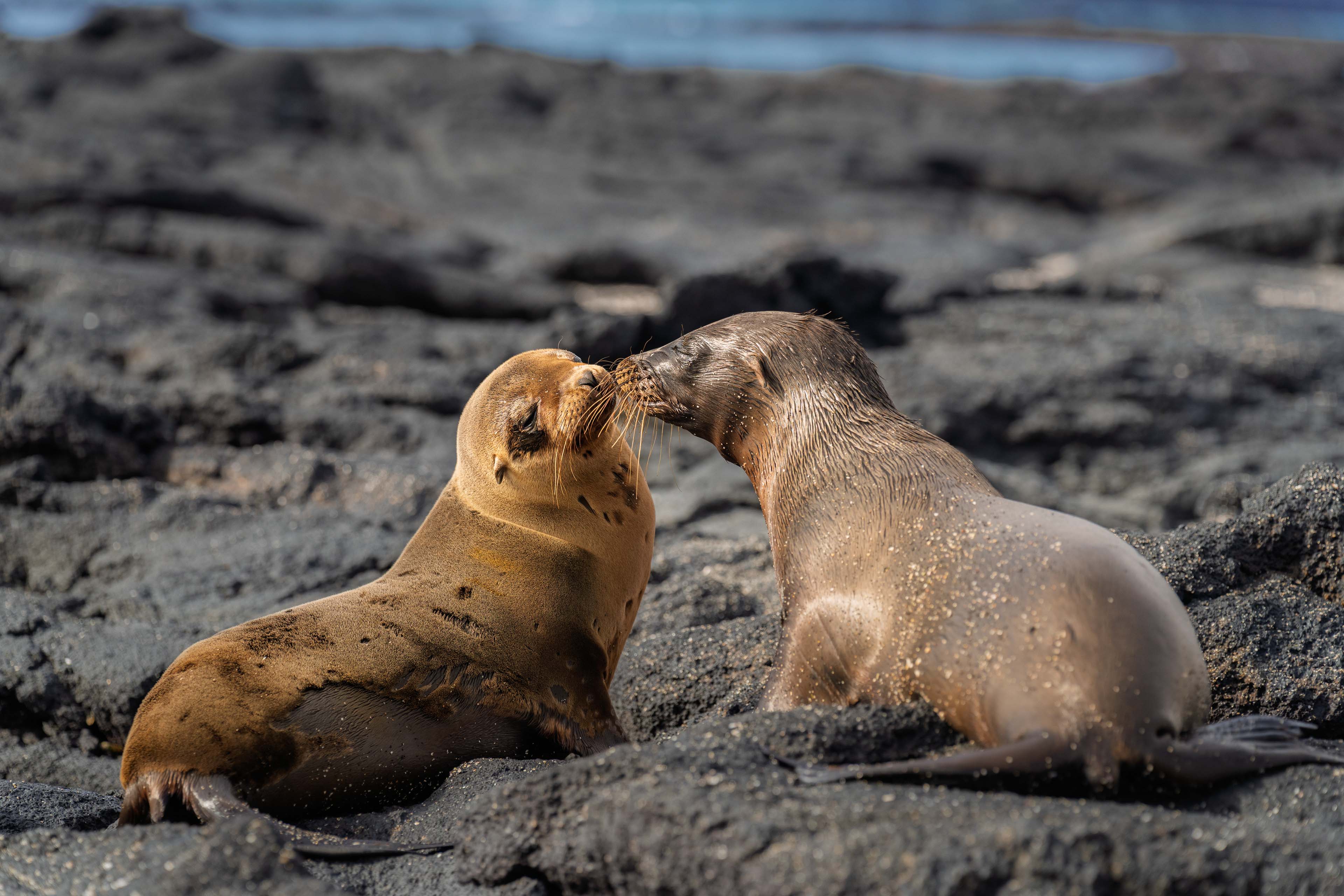
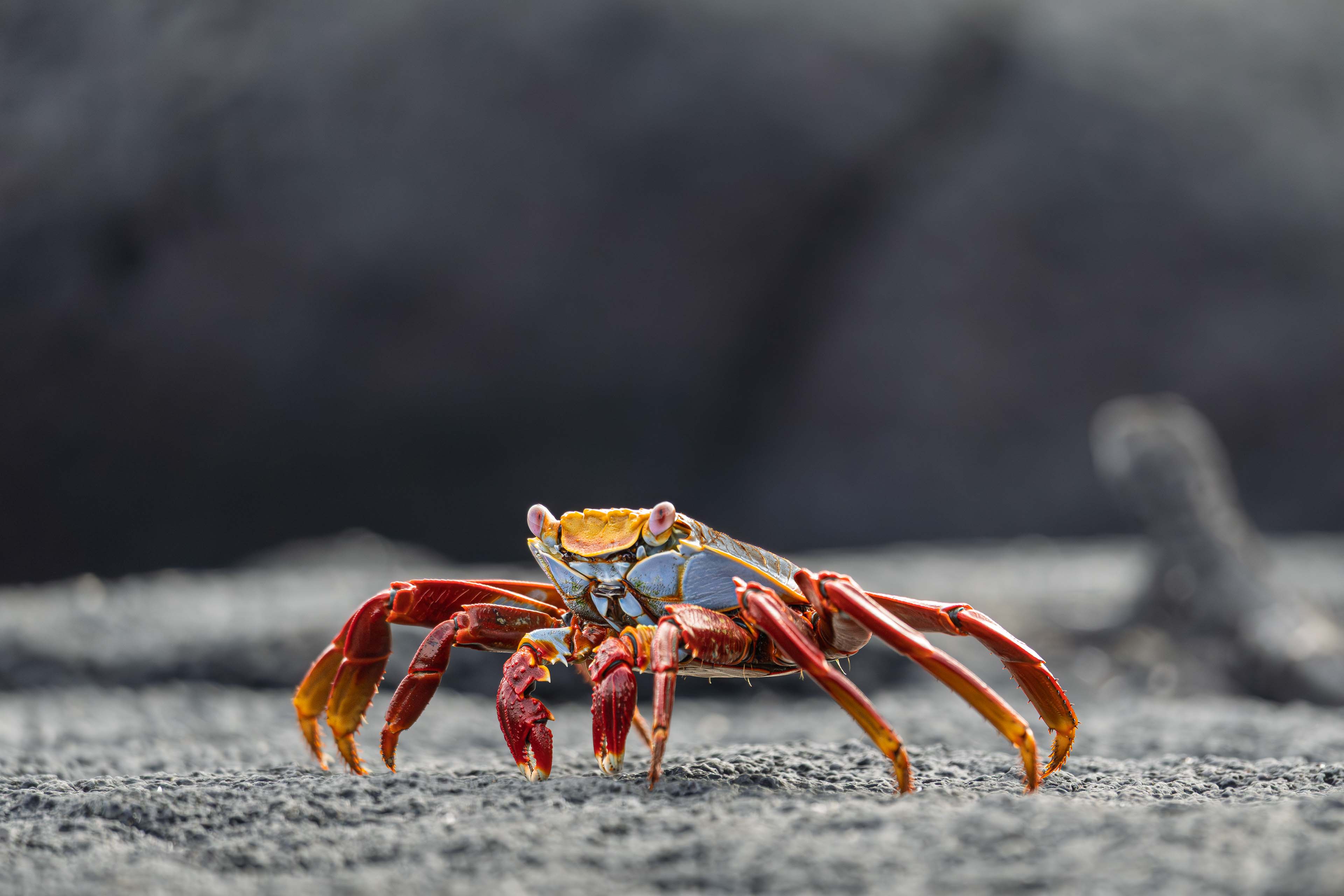
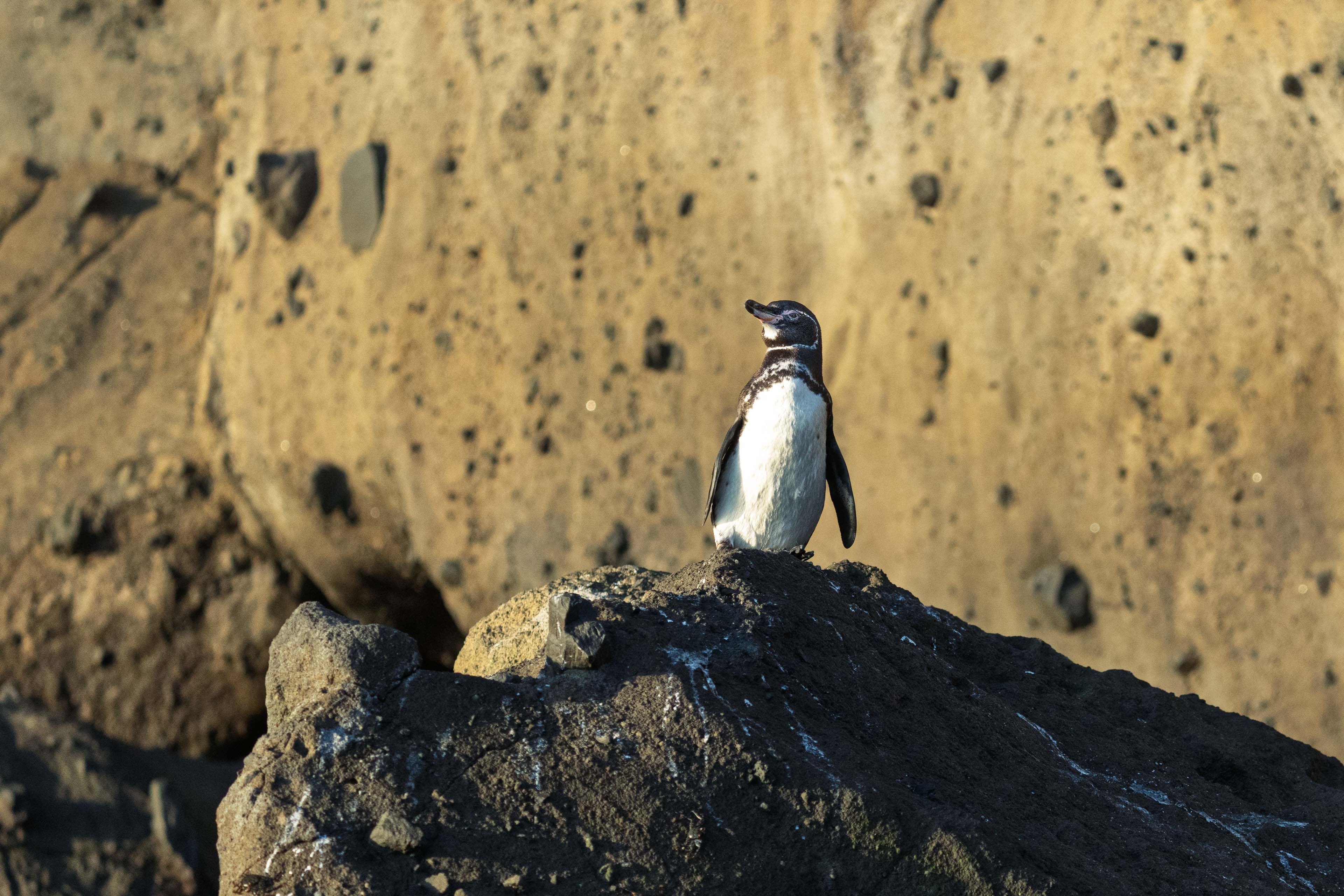
Fernandina
Fernandina Island
We arrived at Punta Espinosa on Fernandina Island in the early morning. We boarded a panga and had a dry landing. We had a short and easy hike that led us to a newborn seal, lots of marine iguanas, and a close up view of a Galapagos hawk!
Pelicans and blue-footed boobies seems to enjoy fishing (dive-bombing) together...
In the late afternoon, we took a panga ride in Tagus Cove to find penguins, wingless cormorants, blue-footed boobies and pelicans along the cliffs.
Underwater Wildlife
The Galapagos Islands are a favorite destination for snorkeling and scuba diving. Despite being very rusty at snorkeling, it was well worth it to try each day.
Snorkeling was built into our itinerary most days and while we were at sea, it was scheduled twice a day!
We saw all kinds of reef fish and starfish each time but were thrilled with guest appearances with sea turtles, sharks, rays, seals (HEY BUDDY!), penguins and marine iguanas. All the video featured here were taken by other people (special thanks to Mike, Kelly and Jimmy!) because I was so bad at this. So happy to share and reminisce.
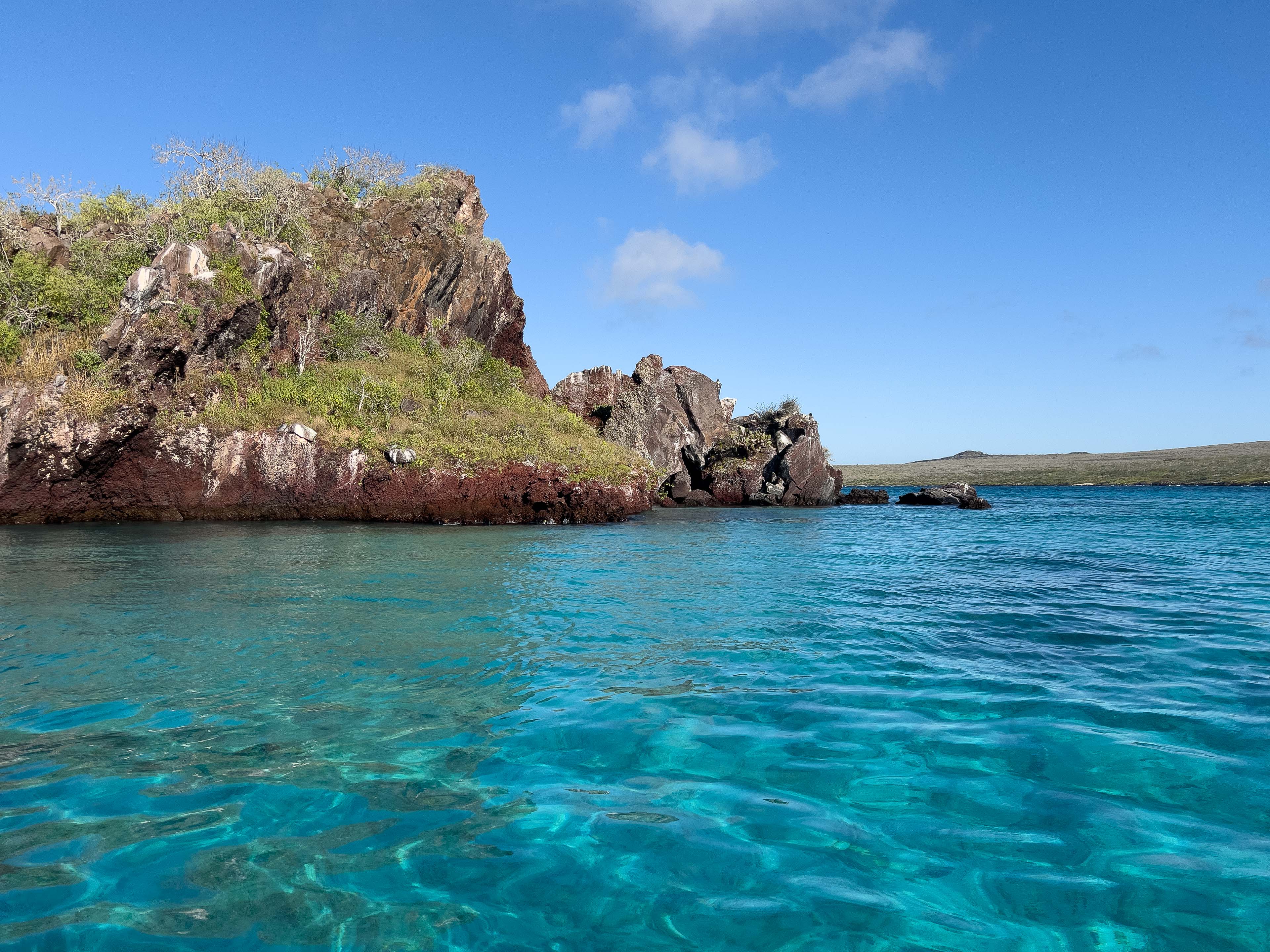
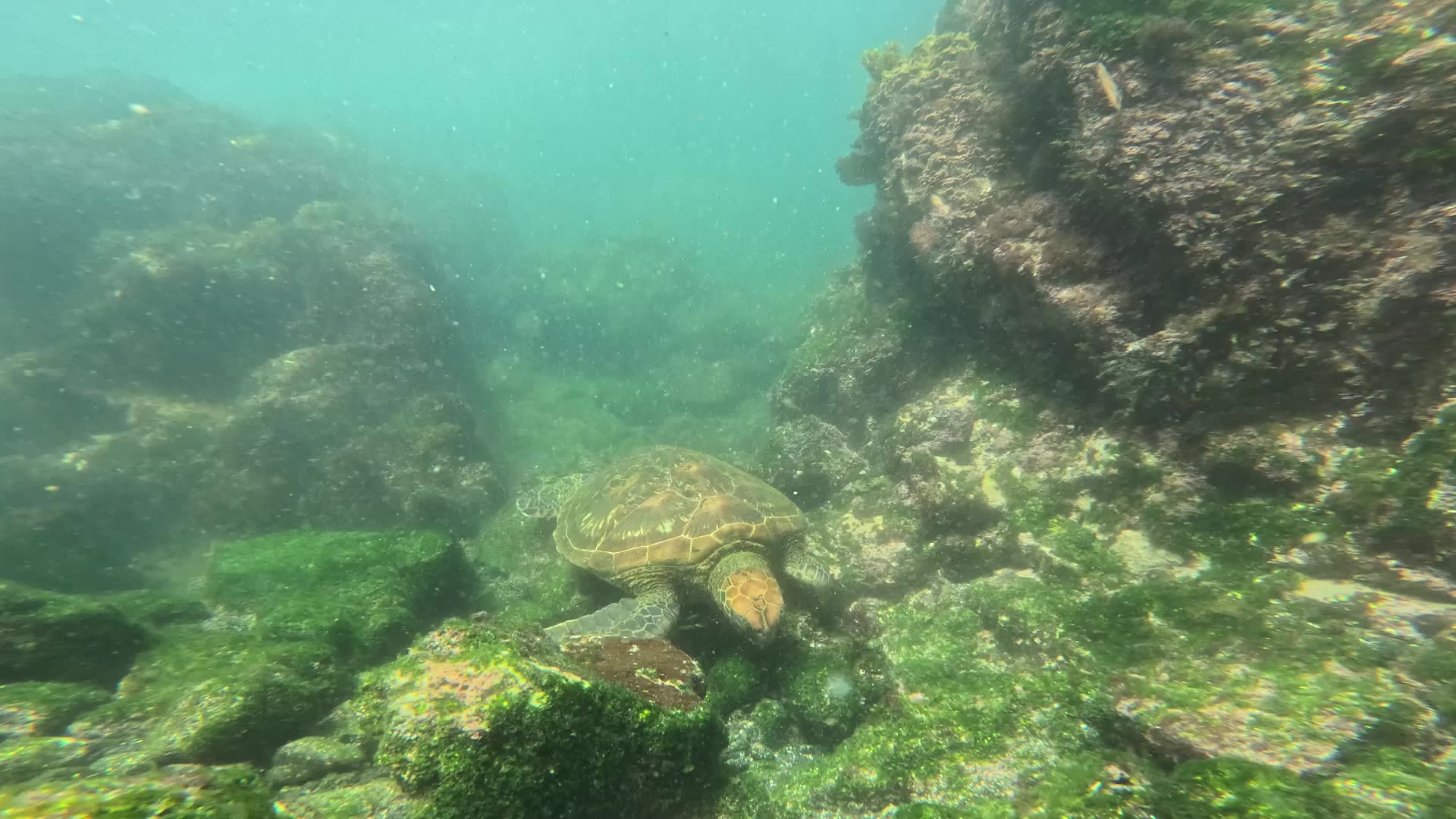
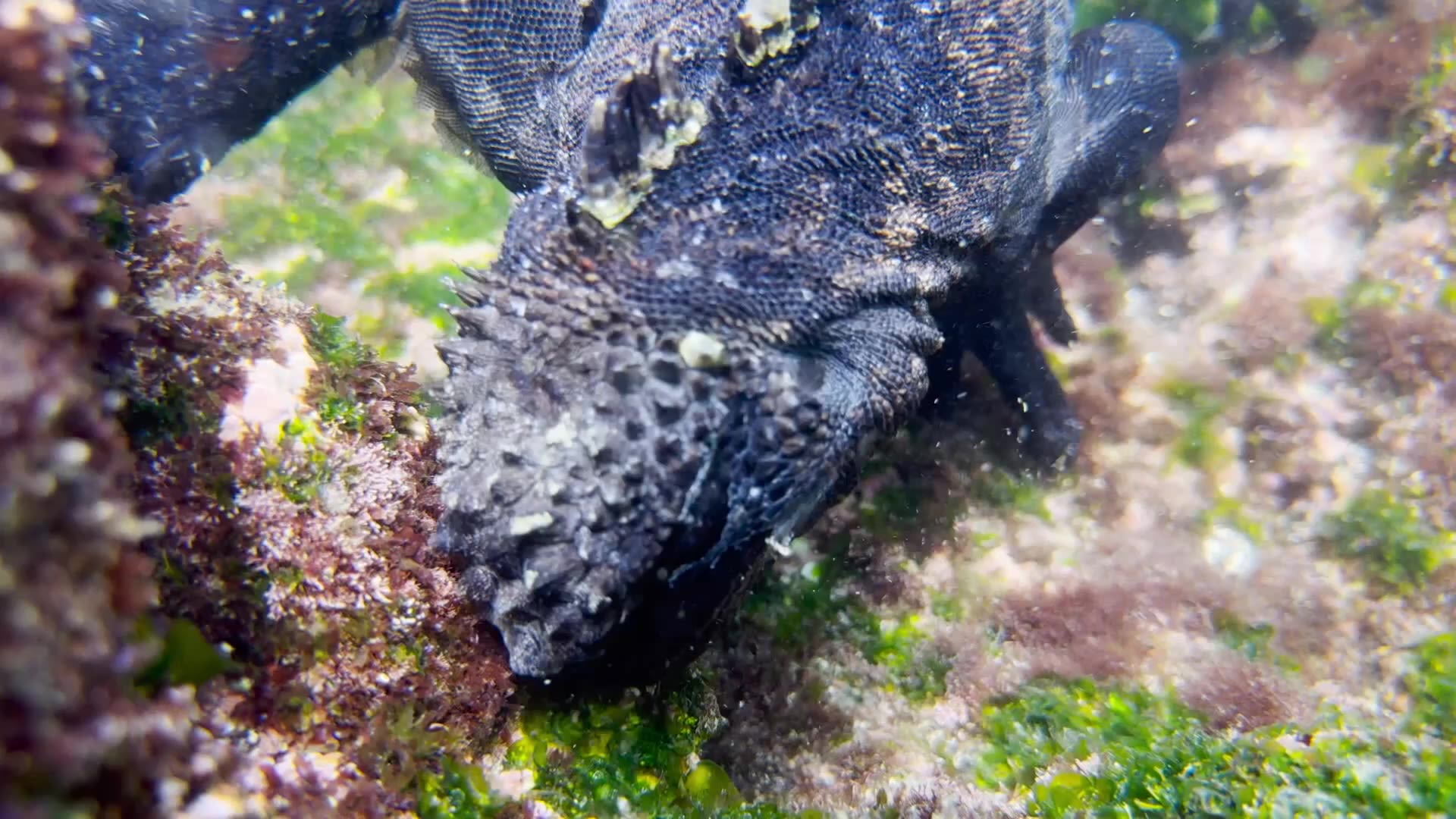
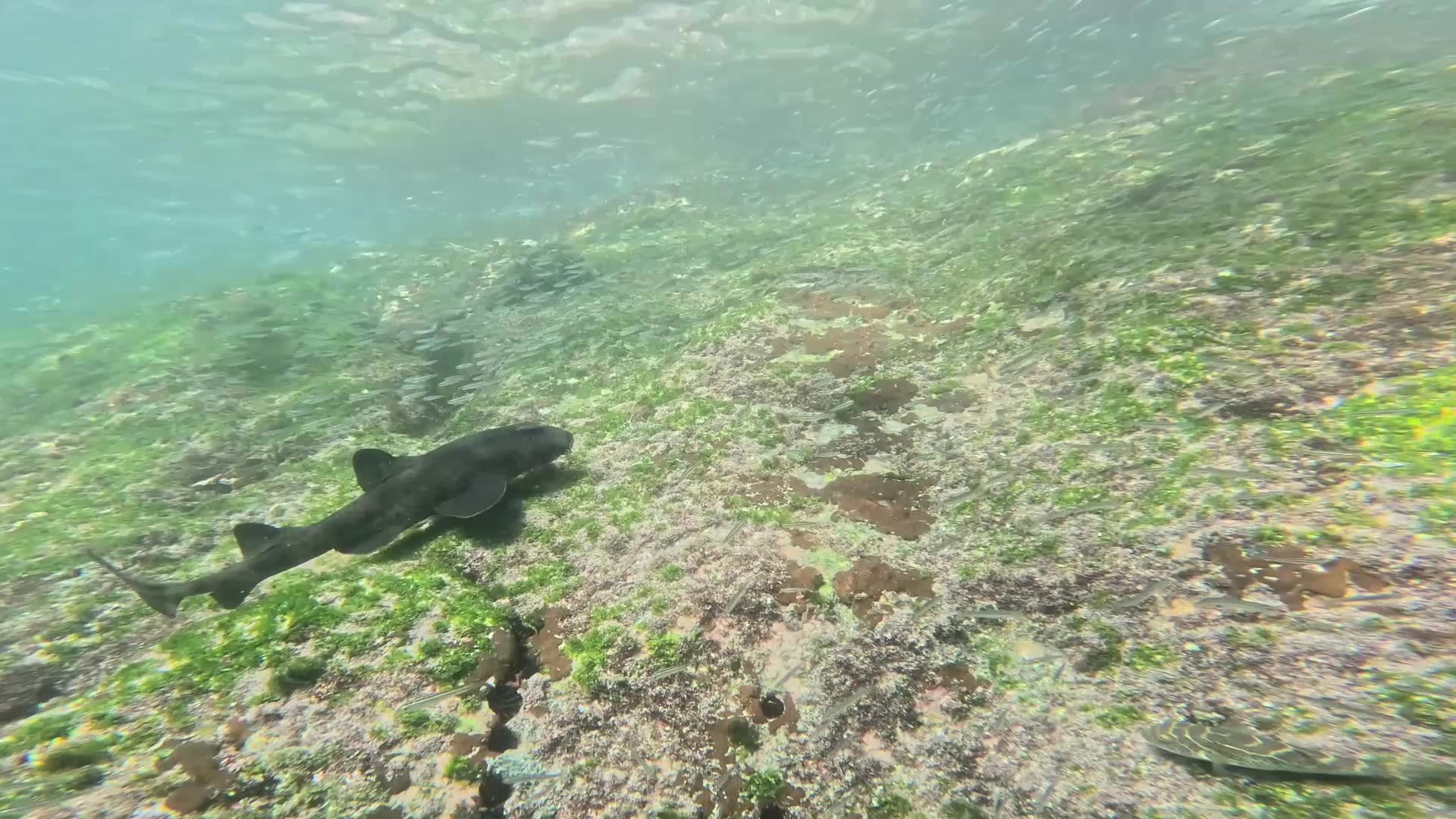
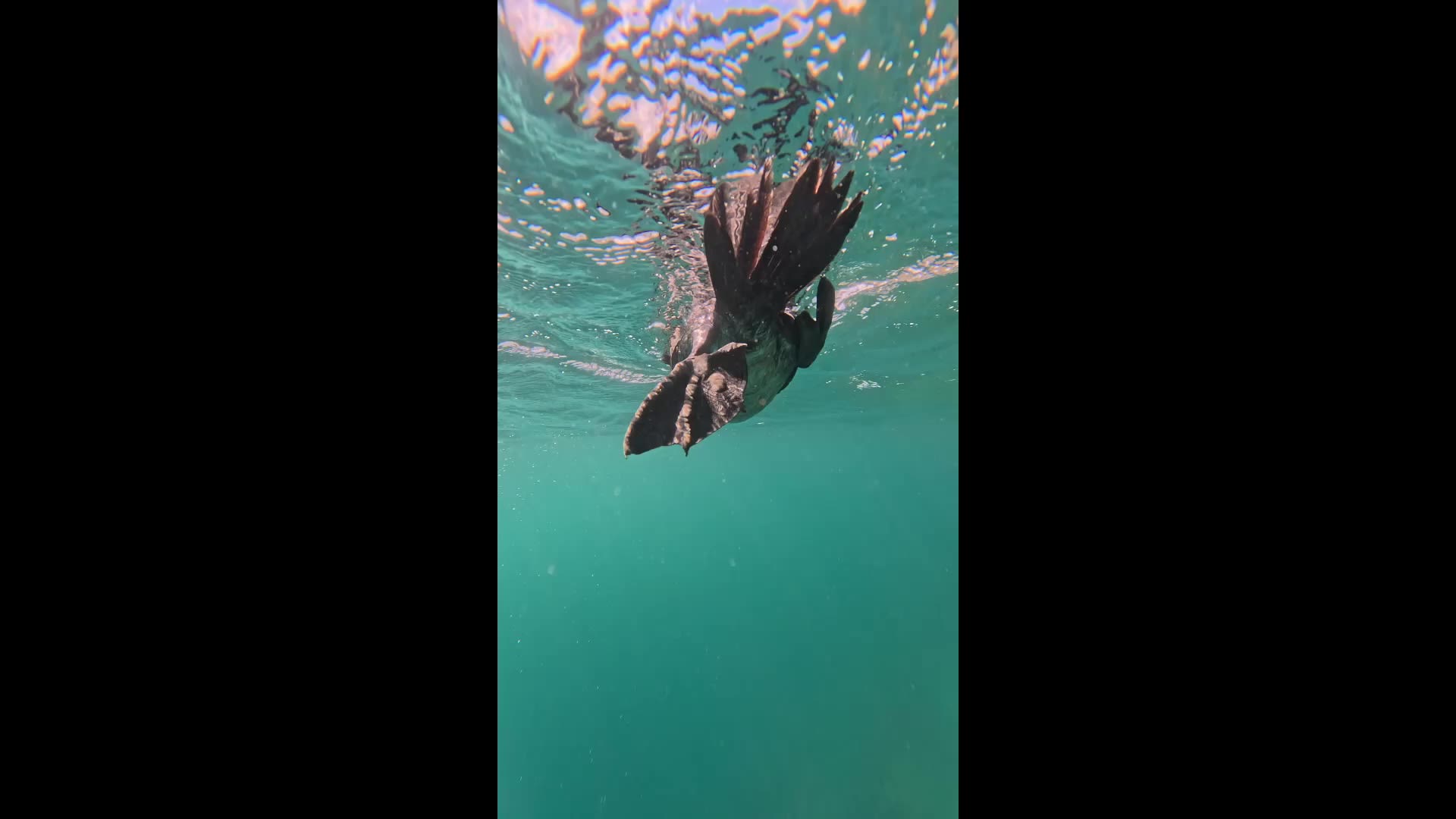
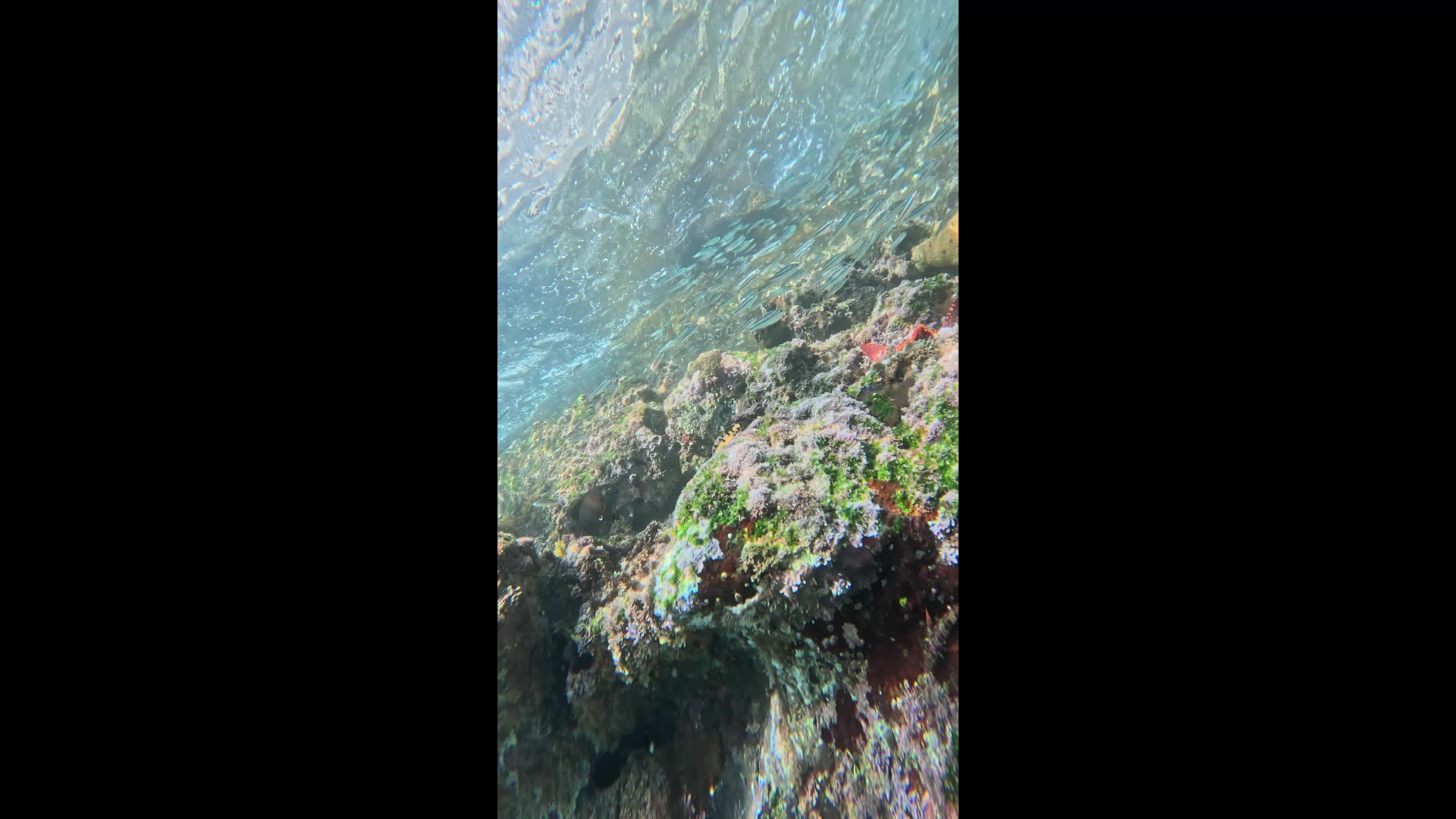
Gallery of fun moments
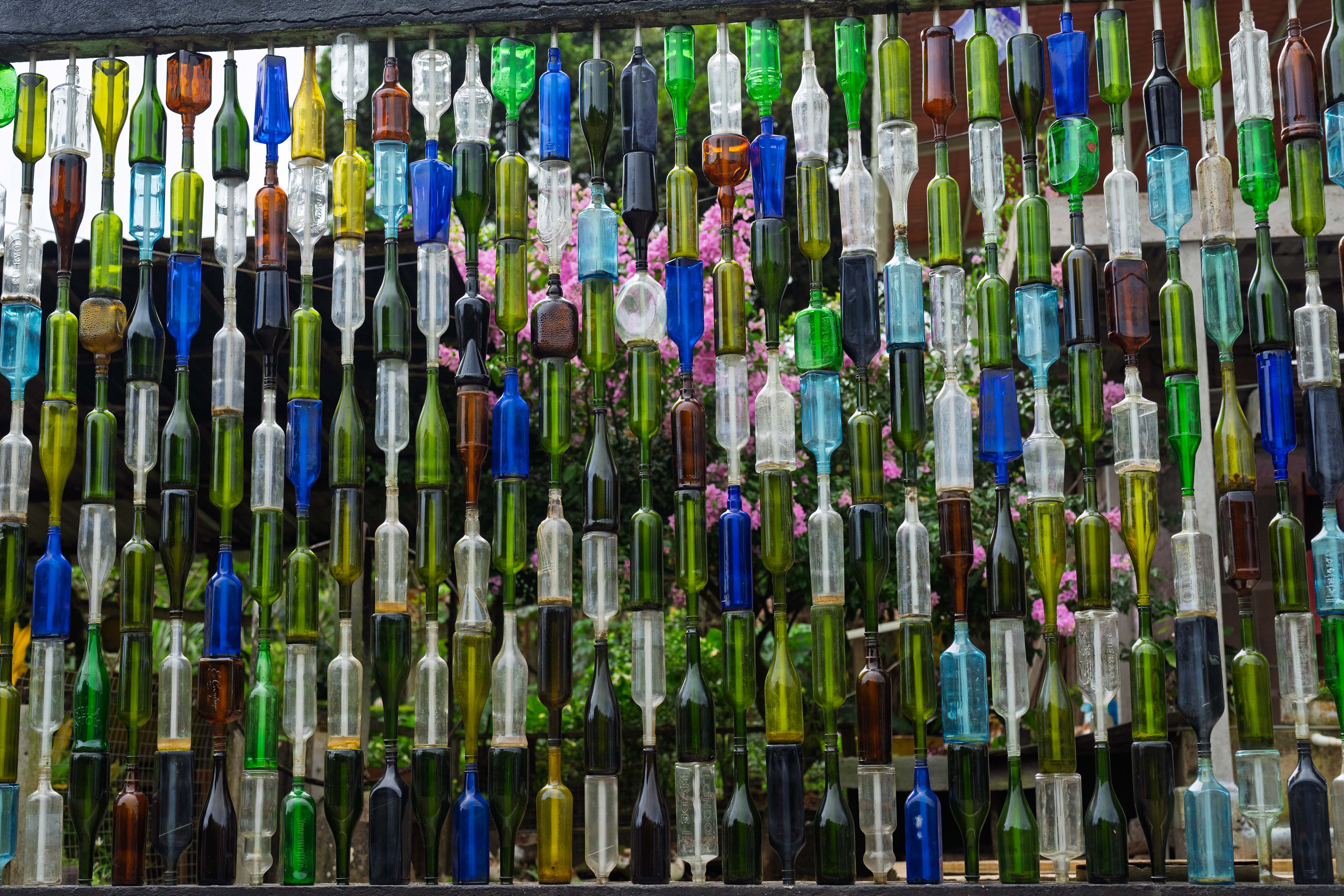
Photo by Ray Fujii
Photo by Ray Fujii
Photo by Ray Fujii
Photo by Ray Fujii
Trip of a Lifetime
The Galapagos Islands
Funny... it seems like every time we plan a "trip of a lifetime," we have so much fun that we immediately dream about our next time... and what we would like to try that's new, where else we would like to explore, and what we would like to revisit!
Thank you Pancho! You shared a wonderful experience with us! Thank you Jimmy! Your enthusiasm and wonderful underwater videos are so memorable! Thank you Kelly for making this all happen!
